
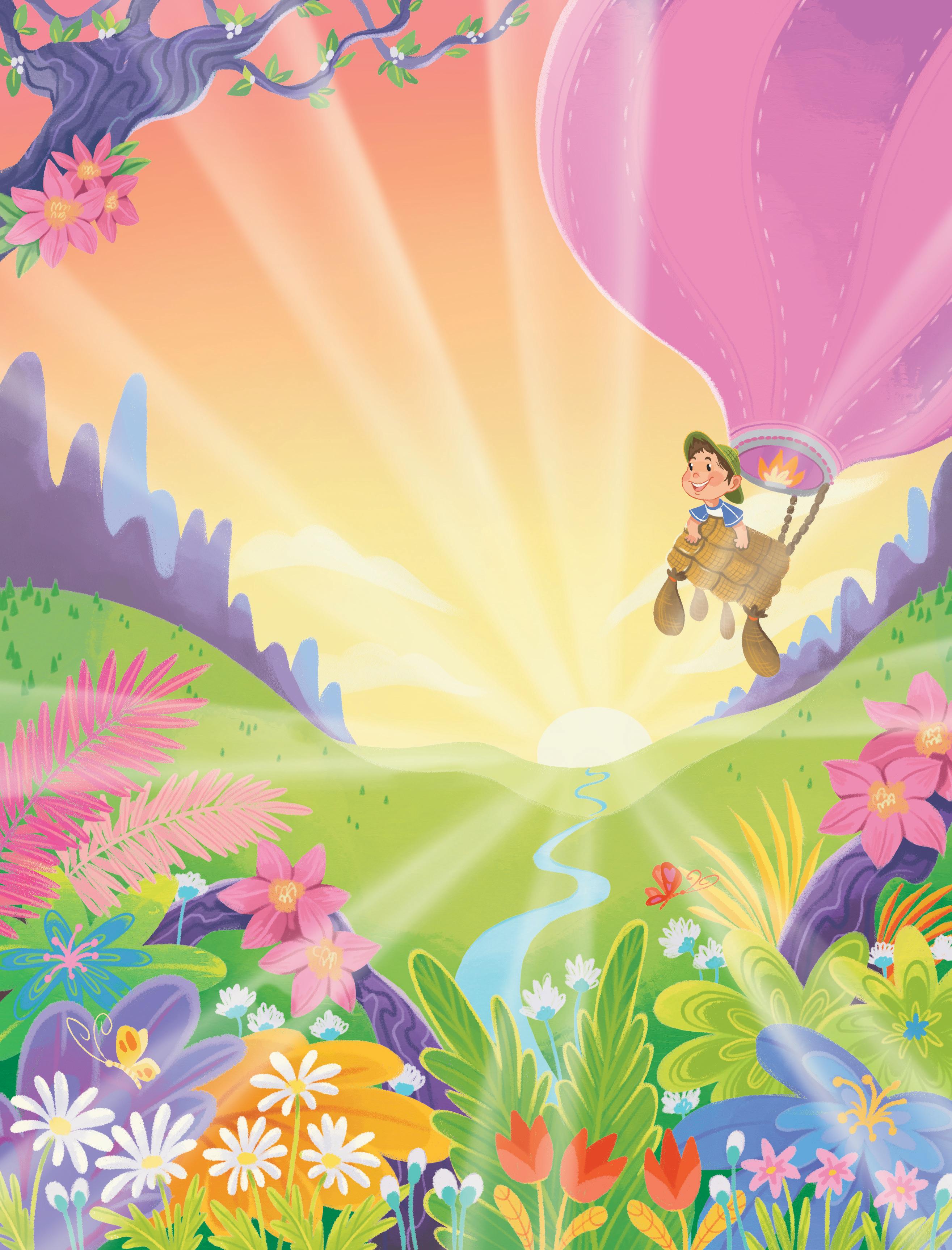



Name:
Class:
School:

Academic Authors: Roma Jain, Anuj Gupta
Creative Director: Bhavna Tripathi
Book Production: Naveen Gauniyal, Sanjay Kumar Goel
Project Lead: Pooja Gupta
VP, Learning: Abhishek Bhatnagar
All products and brand names used in this book are trademarks, registered trademarks or trade names of their respective owners.
© Uolo EdTech Private Limited
First impression 2025
This book is sold subject to the condition that it shall not by way of trade or otherwise, be lent, resold, hired out, or otherwise circulated without the publisher’s prior written consent in any form of binding or cover other than that in which it is published and without a similar condition including this condition being imposed on the subsequent purchaser and without limiting the rights under copyright reserved above, no part of this publication may be reproduced, stored in or introduced into a retrieval system, or transmitted in any form or by any means, electronic, mechanical, photocopying, recording or otherwise, without the prior written permission of both the copyright owner and the above-mentioned publisher of this book.
Book Title: Dawn General Awareness Level B
ISBN: 978-81-979765-8-2
Published by Uolo EdTech Private Limited
Corporate Office Address: 85, Sector 44, Gurugram, Haryana 122003
CIN: U74999DL2017PTC322986
Illustrations and images: www.shutterstock.com, www.stock.adobe.com and www.freepik.com
All suggested use of the internet should be under adult supervision.

elcome to DAWN, our comprehensive series for Early Childhood Education that has been meticulously crafted to align with the guidelines of the Foundational Stage as outlined in the National Education Policy (NEP) 2020. This series is designed to provide a holistic learning experience, fostering the comprehensive development of young learners in accordance with the developmental milestones and learning outcomes specified in the National Curriculum Framework (NCF) 2022.
DAWN offers a rich blend of interactive and activity-based content to nurture each child's physical, emotional, intellectual, and spiritual growth. Our approach ensures that learning is enjoyable and meaningful, catering to every child's interests and abilities. By integrating various domains of development, we aim to create an environment where children can thrive, explore their unique potentials and cultivate a lifelong love for learning. The curriculum is structured to promote Physical Development by incorporating activities that enhance motor skills, health, and overall physical well-being. Social and Emotional Learning (SEL) is a critical component focusing on building empathy, cooperation, and strong interpersonal relationships. Through engaging and thought-provoking activities, children develop Intellectual Capacities, fostering critical thinking, problem-solving, and a curious mind.
In line with the NCF 2022, DAWN also emphasises Spiritual and Moral Development, encouraging children to understand and embody values such as honesty, integrity, and respect for others. We aim to instill a sense of responsibility towards the environment, promoting sustainable practices from an early age.
Our curriculum is not just a series of lessons but a journey of discovery, growth, and joy. We believe that every child is unique, and our tailored approach ensures that each learner can engage with the content in a way that resonates with their individual needs and interests. By providing a nurturing and stimulating environment, DAWN sets the foundation for future success, preparing children not just for school, but for life.
The DAWN Level B Kit

Free Additional Resources:
• Flash Cards
• Sticker Sheets
• Suggested Activities List, for teachers and parents
• Teacher's Manual
• Digital Learning Resources

Thank you for embarking on this educational journey with us. Together, we can make the dawn of early childhood education a bright and promising start for every child.

Dawn is a carefully crafted activities-based learning program that caters to all domains of Early Childhood Education, including physical, emotional, mental, intellectual, and spiritual development. The program includes textbooks in English, Mathematics, General Awareness, STEM Exploration and Rhymes & Stories. The program also extends ample support to teachers through lesson plans and other assets that help attaining the best outcomes.

Engaging Textbooks
Teacher's Manual
Assessment Rubrics for Teachers
Progress Report Sheets
Student and Teacher Apps
Learning Videos
Interactive Tasks and Exercises
iv The classroom program is augmented by the digital world, which includes assets like animated Talking Books, phonic songs, animated rhymes, animations on pre-number concepts, numbers, and shapes; and other interactive activities.

The National Education Policy (NEP) 2020 represents a transformative shift in the country’s education system. It aims to create a more holistic, dynamic and multidisciplinary approach to education. NEP 2020 focuses on fostering conceptual understanding, skills, values and competencies that align with the demands of the 21st century, while also preserving India’s rich cultural heritage. UOLO is fully committed to actualizing the vision of NEP 2020 by meticulously adhering to its outlined recommendations.
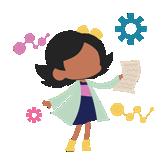

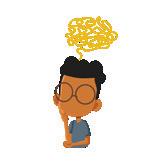



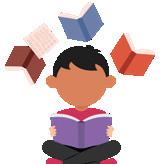
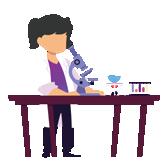


1. Physical and motor development
2. Cognitive development
3. Cultural and artistic development
4. Socio-emotional and ethical development
5. Language and Literacy
6. Numeracy
7. Play and activity-based learning
8. Holistic and multi-faceted learning
9. Inclusion of local traditions of India

10. Technology integration
Competencies and Domains
Teaching and Learning Pedagogy


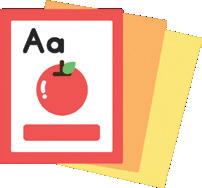
Rhymes and Stories
Build familiarity with rhythm, phonetics, and vocabulary. Encourage development of gross motor skills.


Flash Cards
Assist development of basic numeracy, literacy and fine motor skills in a playful and engaging way.


Drawing and Scribbling activities
Promotes hand-eye coordination and motor skills.

STEM Exploration activities
Encourage curiosity, critical thinking and problem-solving.


Pretend
Reading and Drawing
Contribute to development of early reading skills.
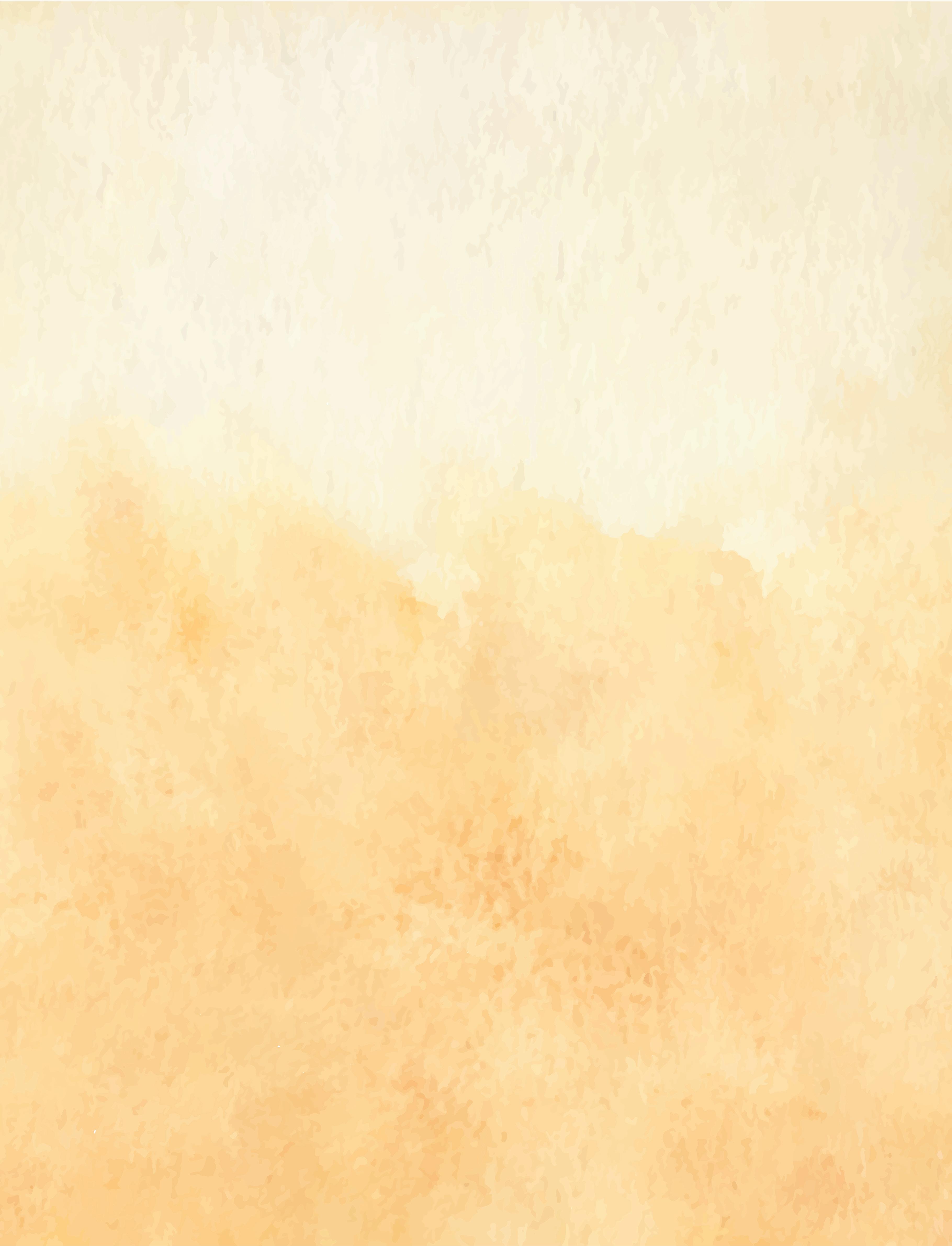

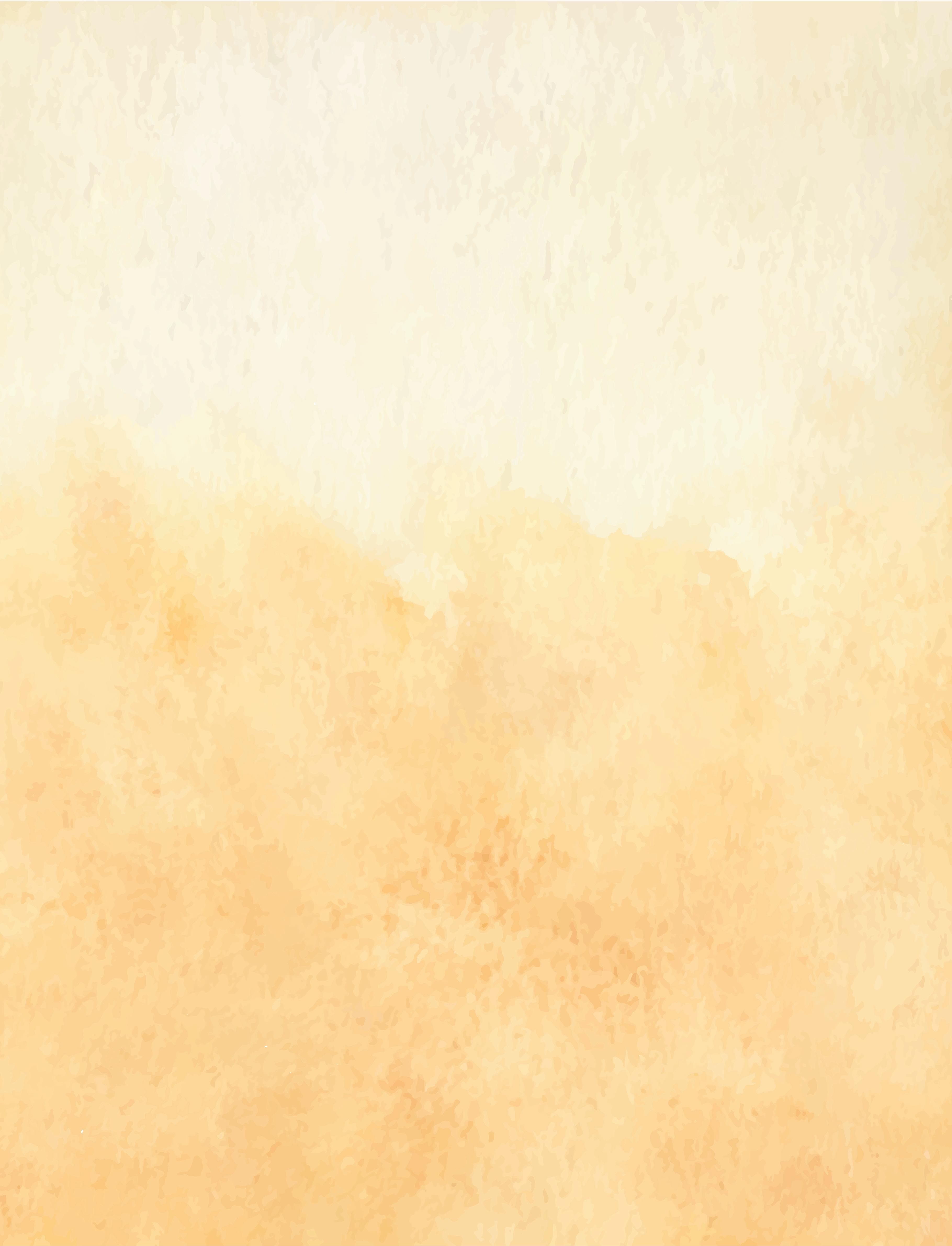

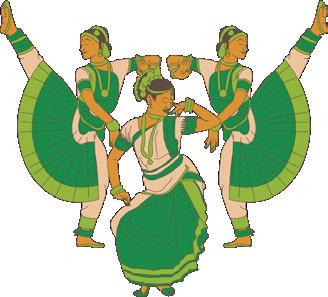
Exposure to diverse cultures to develop an appreciation for global and local artistic traditions, and connect with cultural heritage.
2 3 4 7 8 9


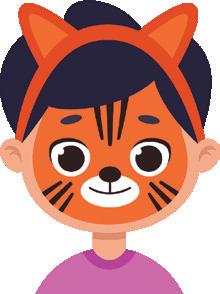
Picture Dictionary pages that enhance vocabulary and promotes language-rich discussions.

Storytelling and Role-Playing activities
Develop cognitive abilities like sequencing and understanding cause and effect. Allow exploration of emotional expression in social settings to develop empathy and ethics.

Phonological Awareness Activities


Help in grasping the sounds of spoken language, laying the foundation for reading and writing.

Enhanced auditory learning in an engaging and tech-savvy environment.
The National Curriculum Framework for Foundational Stage (NCF-FS), released in 2022, is developed based on the vision of the National Education Policy (NEP) 2020 Its purpose is to enable the implementation of the NEP. The NCF-FS provides guidelines for designing syllabi, textbooks and learning materials for the Foundational Stage in India. It aims to improve the quality of education by making it more relevant, engaging, inclusive, and learner-centric. To achieve this, the NCF has articulated precise Learning Standards through well-defined Curricular Goals and Competency statements. These statements serve to harmonise the syllabus, content, pedagogical practices, and assessment culture, ensuring a cohesive and comprehensive educational experience.
Curricular Goals: Curricular Goals are statements that give directions to curriculum development and implementation. They are derived from Aims and are specific to a Stage in education.
Competencies: Competencies are learning achievements that are observable and can be assessed systematically. These Competencies are derived from the Curricular Goals and are expected to be attained by the end of a Stage.
NCF-FS Page 51
Children develop sharpness in sensorial perceptions
C-2.1 Differentiates between shapes, colours, and their shades
C-2.2 Develops visual memory for symbols and representations
C-2.3 Differentiates sounds and sound patterns by their pitch, volume, and tempo
C-2.4 Differentiates multiple smells and tastes
C-2.5 Develops discrimination in the sense of touch
C-2.6 Begins integrating sensorial perceptions to get a holistic awareness of their experiences
The above is a snapshot of the curricular goals and competencies relationship in the domain of Physical Development for the Foundational Stage (NCF-FS, page 59). The next section shows the coverage of various competencies across domains.



The NCF-FS highlights the importance of children's all-round and holistic development, also known as the Panchakosha Vikas (Five-fold Development) in the Indian tradition.
Based on the philosophy of Panchakosha Vikas, the five different domains of development recommended in the NCF-FS are as follows: Physical Development, Development of Life Energy, Emotional / Mental Development, Intellectual Development, and Spiritual Development. These domains have been covered extensively in our product, as can be seen from the mapping given below.
Physical Development (Sharirik Vikas)
Development of Life Energy (Pranik Vikas) Emotional and Mental Development (Manasik Vikas) Intellectual Development (Bauddhik Vikas)
Rhymes and songs Circle time activities
General awareness
Stories Free play Life skills
Spiritual Development (Chaitsik
Language and communication Life skills
Sequencing, patterning and sorting activities
Values, ethics and moral reasoning through stories and activity pages
Suggested activities Group activities Picture reading pages STEM exploration Sense of purpose through stories and classroom discussions
Sensory play Connection with nature Art and craft
Circle time activities
Art and craft
Energy awareness
Mind–body harmony
Nutrition awareness Health and safety pages
Health and hygiene practices
Activities that enhance gross and fine motor skills
Body awareness


Social skills
Activities focusing on problem solving and critical thinking skills
Positive self-concept
Memory and recall through games, repitition and other cognitive exercises
Art and craft
Incorporating the principles and guidelines of NCF-FS, our preschool curriculum is designed to provide a holistic and enriching learning experience, nurturing each child's unique potential and preparing them for future success.









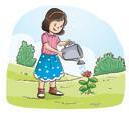
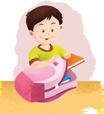


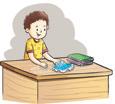
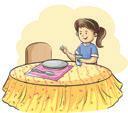

Self-Awareness: Encourage children to introduce themselves and identify family members along with their roles and responsibilities. This fosters an understanding of relationships and the significance they hold in our lives. Discussion: Facilitate discussions on the chores children help with at home and the fun times they share with friends. Use experiential activities to promote polite language among them.
Observation: Guide children to observe their immediate environment and daily routines, helping them identify objects and their uses.
Vocabulary: Discuss familiar places like home, school, and community areas such as bank, hospital and market place. Engage in activities related to each place to build vocabulary and reading skills through labelling and sight words.
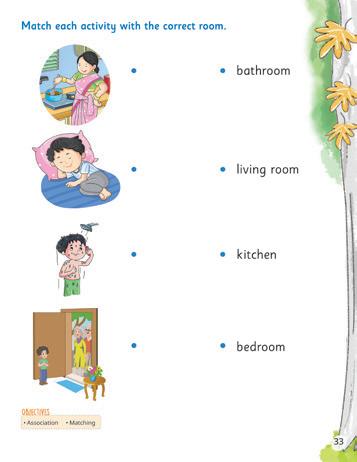
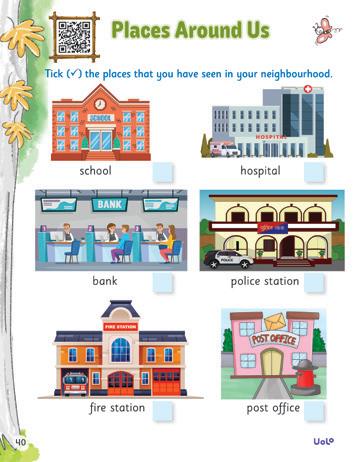
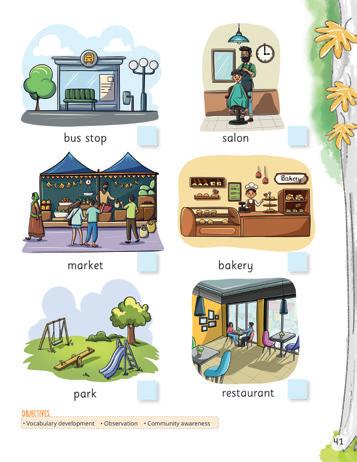
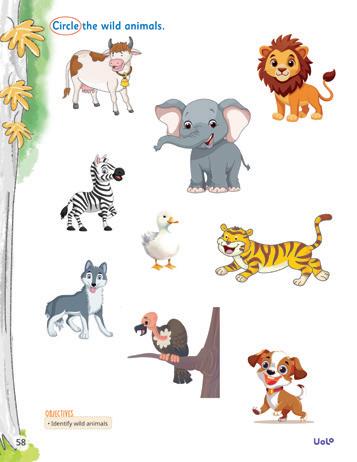

Exploration: Encourage children to explore the world around them, including plants and animals. Discuss where food comes from, how plants grow, and ways to care for the environment. Help them recognize features of different animals, birds, and insects.

Problem Solving: Develop awareness about safety among children by discussing safety precautions at home, school, and on the road through sorting activities, helping them identify potential problems and find solutions.
Critical Thinking: Promote critical thinking on global issues like water conservation through stories and class discussions led by the teacher.
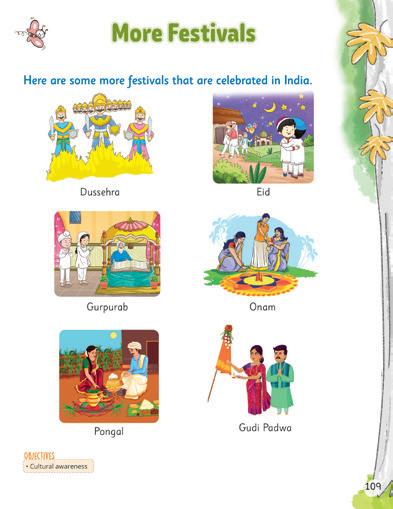
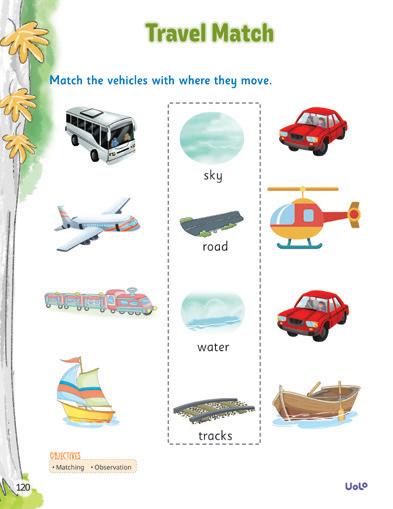
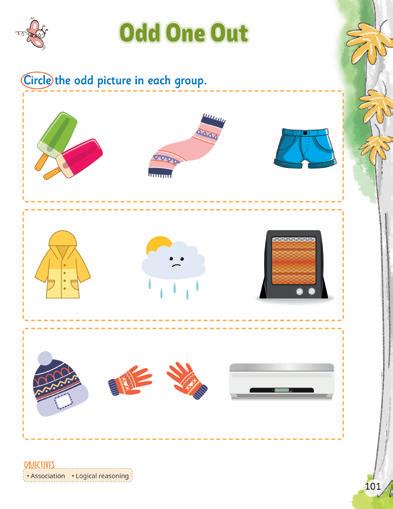

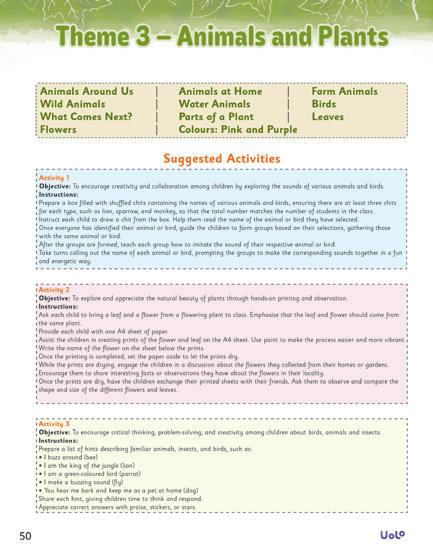
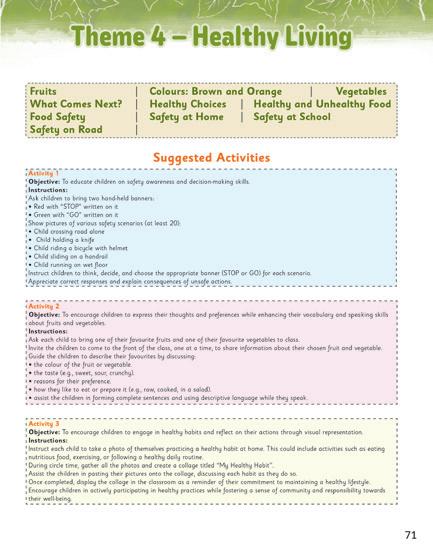
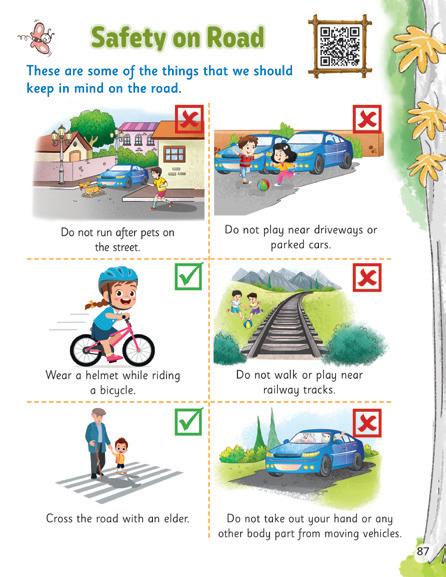
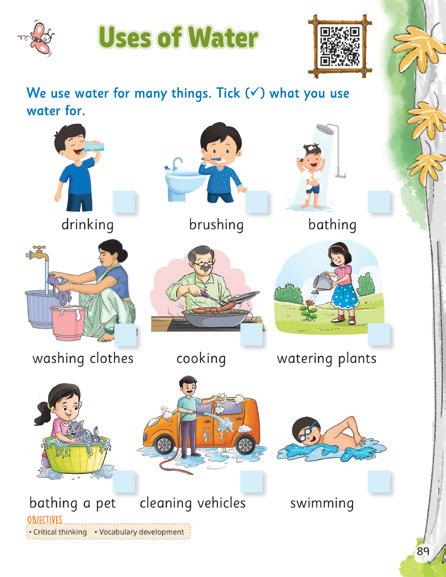
Cultural Awareness: Introduce children to our culture and traditions by exploring various festivals and how they are celebrated.
Logical Reasoning: Develop reasoning skills by identifying differences in seasons and weather. Encourage children to sort and categorize items through riddles or sorting activities. Classification: Help children identify different modes of transport and become familiar with everyday tools and gadgets. This builds a scientific outlook and enhances their ability to classify objects based on specific attributes.
Includes Suggested Activities for Teachers and Parents:
• Circle Time: Develop verbal communication skills and help children express their feelings and preferences.
• Games and Rhymes: Use play and songs to explore topics and build connections among classmates.
• Hygiene and Safety Tips: Provide guidance on healthy habits and hygiene practices such as washing hands, eating healthy, being active, and sleeping early. Explore safety through “what if” scenarios, asking children to predict outcomes if rules are ignored.
• Explore Nature: Discover scientific facts about water sources and uses through pictures, and discuss ways to save water to build engagement.
• Fun Activities: Encourage children to identify and sort animals and group them based on their type, create interesting leaf and flower prints on paper, and build a collaborative animal story chain to make learning interactive and enjoyable.






Growing Up | All About Me | My Handprints
I Can Do | My Feelings | My Toys
Fun with Friends | My Body | How Many?
My Senses | I Stay Clean | Washing Hands
I Dress Smartly | Colour: Red | My Family
Happy Time with Family | Good Manners | Mother’s Day
Helping My Family | Colour: Yellow
Activity 1
Objective: To engage children in a hands-on exploration of their five senses using a variety of objects.
Instructions:
Arrange the 10 different objects in a designated area of the classroom (e.g., a flower, a book, a cookie, a ball, a whistle, an apple, etc.).
Create a banner featuring cut-outs of the five senses (sight, hearing, touch, taste and smell) and hang it on the wall at children’s eye level.
Invite a child in the class to come forward and choose any one object from the display.
Ask the child to point out which senses they can use with the chosen object. For example, if the child selects a whistle, prompt them to hold it tightly and blow into it.
Follow up with questions such as:
• Which sense did you use to hear the whistle?
• Which sense did you use to feel the whistle as you held it tightly?
• Which sense did you use to look at the whistle?
Repeat the activity with the rest of the class using the remaining objects, ensuring that all children have the opportunity to participate actively.
Activity 2
Objective: To help children express gratitude towards their family members through a creative art project.
Instructions:
Introduce the activity by explaining that it is “Gratitude Time!” Ask each child to bring pictures of their family members from home. Distribute the blank cards with “THANK YOU” written on the front in dotted lines.
Assist the children in tracing the letters of “THANK YOU” using their pencils or markers. Encourage them to paste the pictures of their family members around the text.
Allow children to use their creativity to decorate the cards with various art supplies. They can add drawings, stickers, or any other creative ideas they have.
Conclude the activity by discussing with children about the things their family members do for them.
Activity 3
Objective: To promote body awareness and develop listening skills.
Instructions:
Ask children to bring their favourite toy from home.
Pair them up and instruct them to follow these steps:
• Greet each other with a friendly “hello”.
• Introduce yourself and share one thing you do independently in your daily routine.
• Share something interesting about your favourite toy with your partner.
• Share your toy with each other and express gratitude by saying “thank you”.
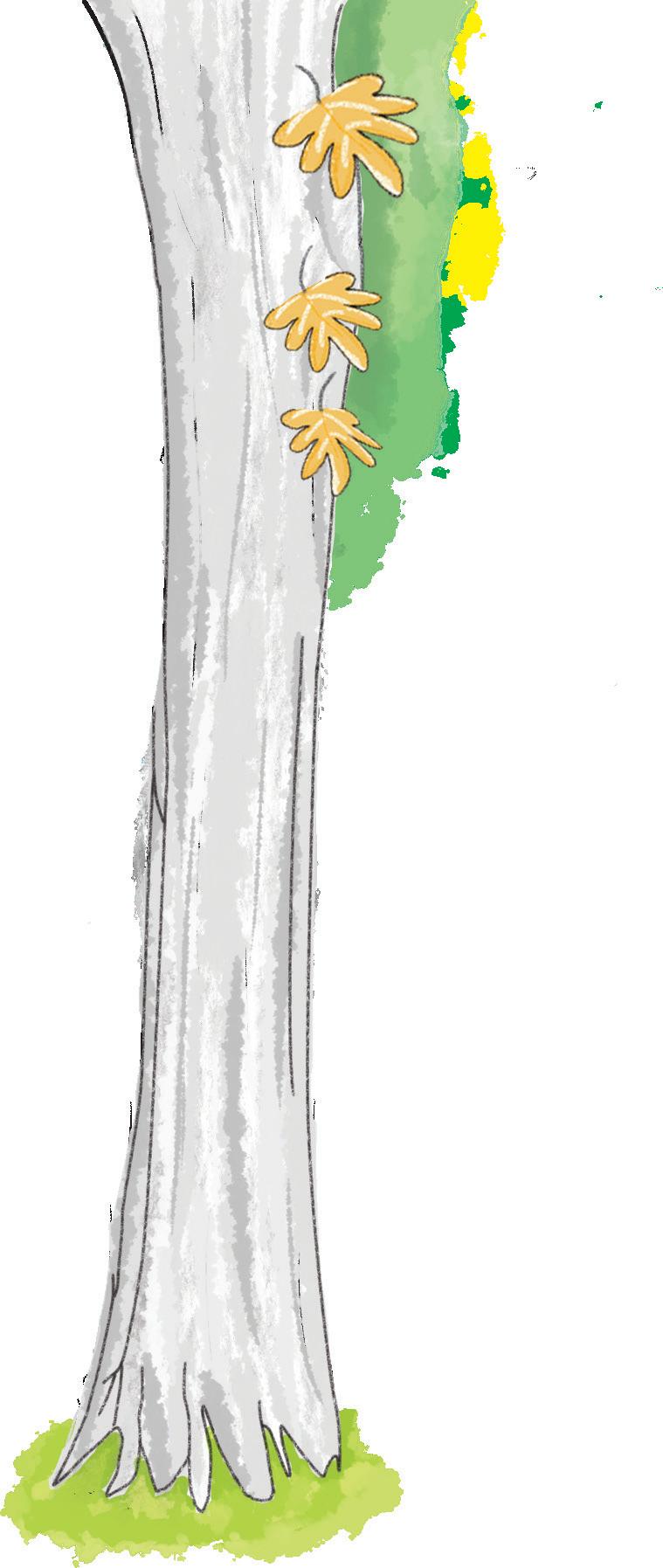

I am Bunty. I am four years old. This is how I have grown.
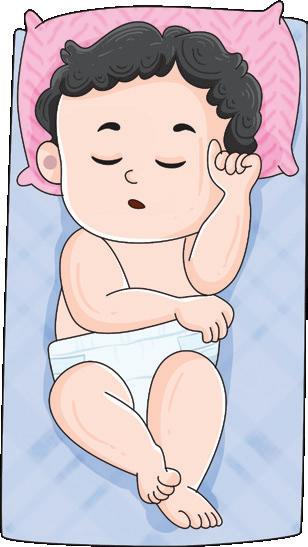
Paste your picture.
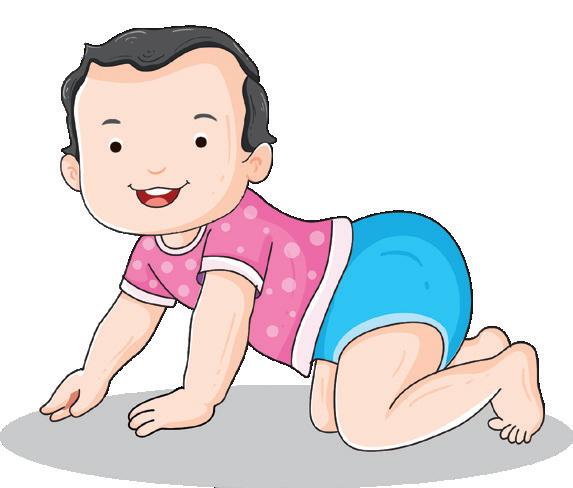
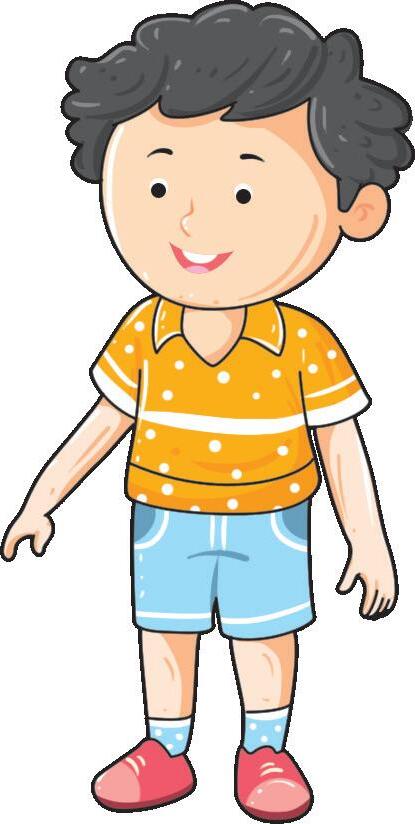
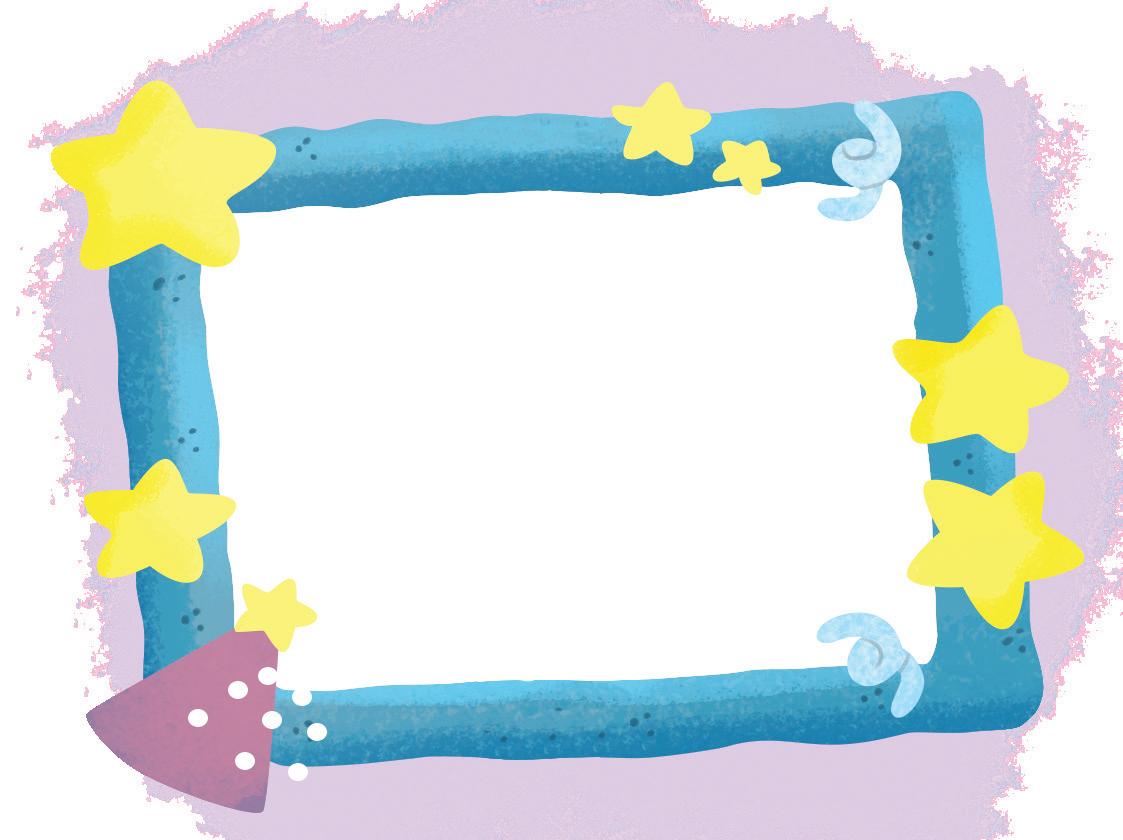
What is your name?
My name is . Objectives
• Observation
• Self awareness

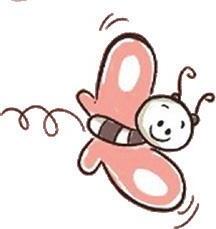
1. Circle who you are.
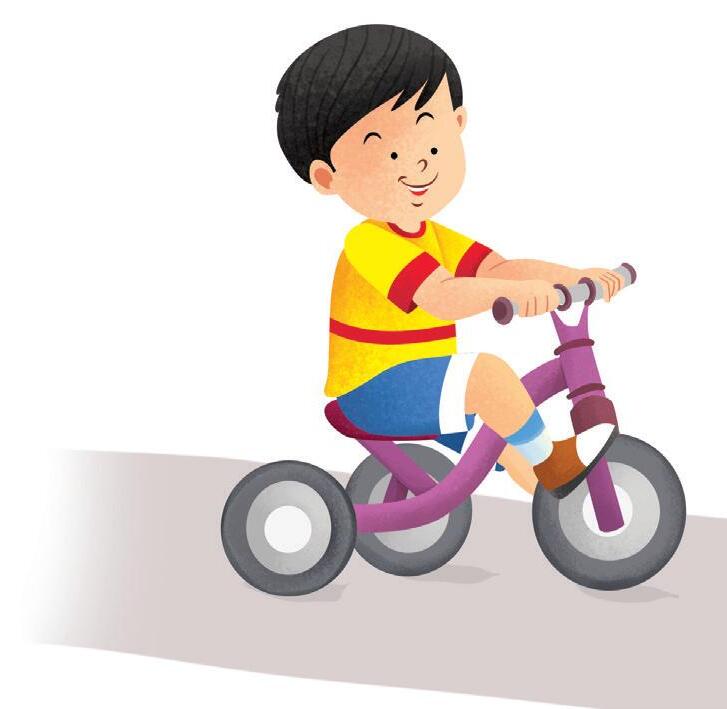

2. How old are you? Colour the same number of balloons.
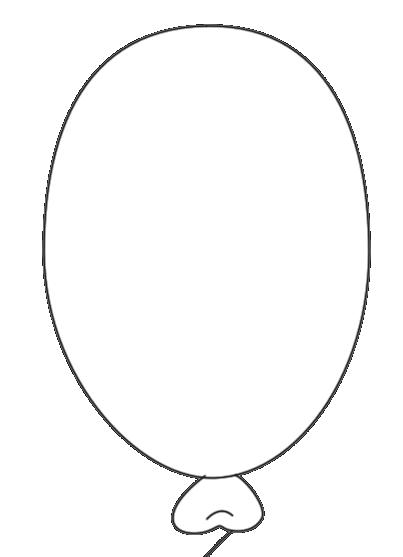





3. The colour of your eyes is .
4. The colour of your hair is . boy girl Objectives
• Observation • Self awareness





This is my left hand.
This is my right hand.
Print your left hand here. Print your right hand here.








Make an impression of your right thumb.
Objectives
• Fine motor skills • Observation


Circle three things you can do by yourself.
brush teeth comb hair wear shoes
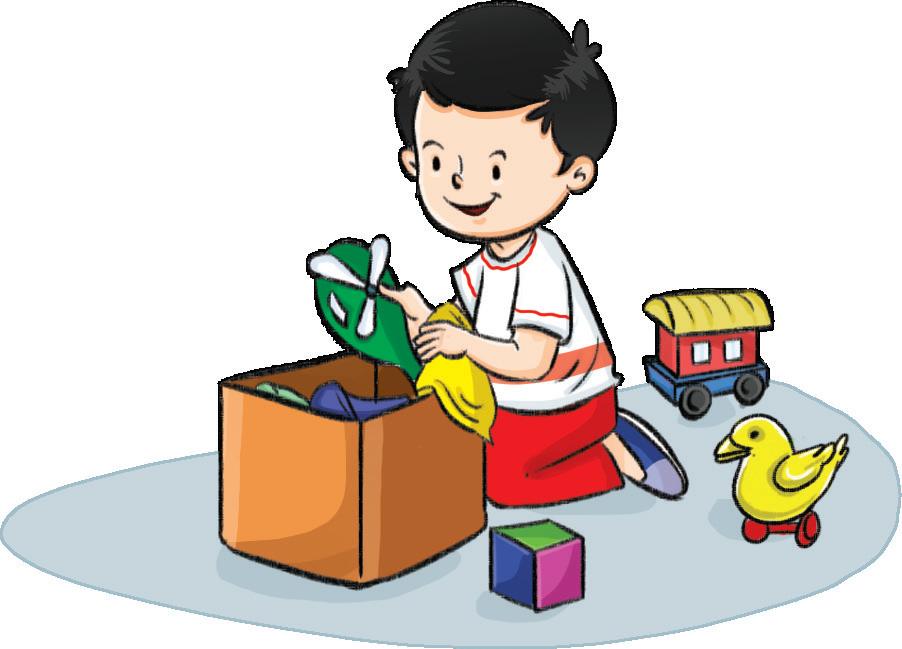

eat food

ride a tricycle
Objectives
clean up toys pour water
wash hands
• Confidence building • Life skills • Observation

climb stairs

Look at these faces. They show different feelings.

How do you feel when you see these pictures? Draw a face next to each one to show how you feel. angry scared

Objectives
• Fine motor skills • Life skills • Observation
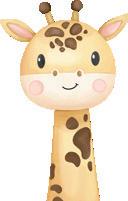
For the teacher
Inform the children that they can use one emoticon more than once.


Tick () the toys you have.
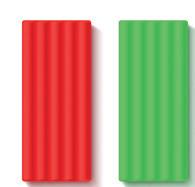










































Objectives























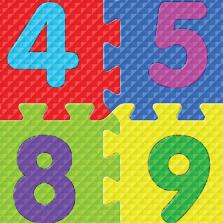







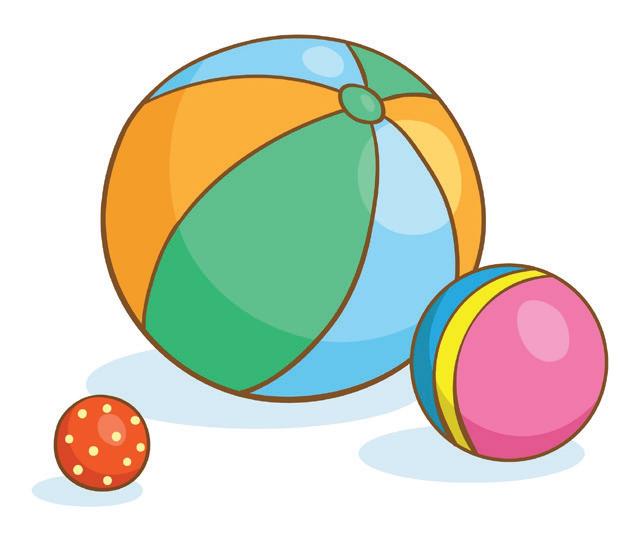
• Vocabulary building • Observation


Tick () the things you enjoy doing with your friends.

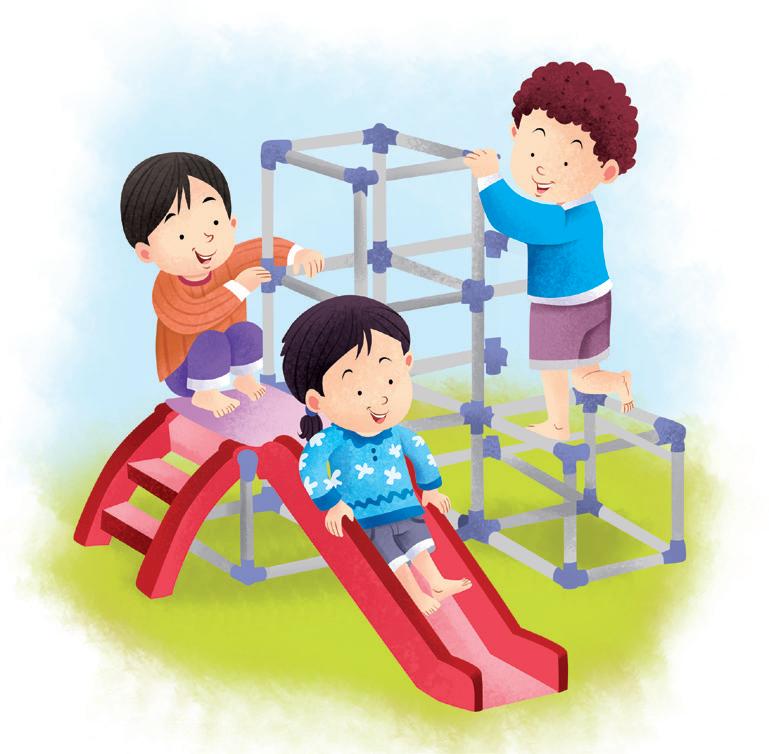
Objectives
• Friendship
• Social interaction
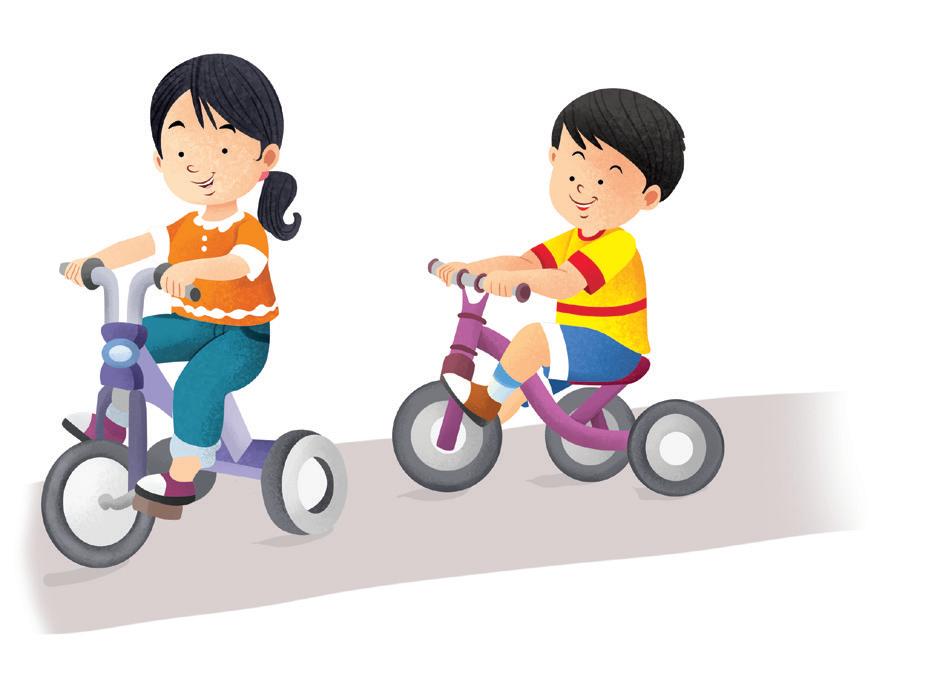
• Sharing and caring


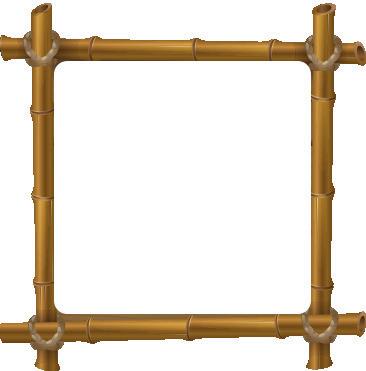
Point at each body part in the picture and say their names.
arm
hand fingers
leg
Objectives
• Identify parts of the body
• Observation
stomach

knee
foot
toes
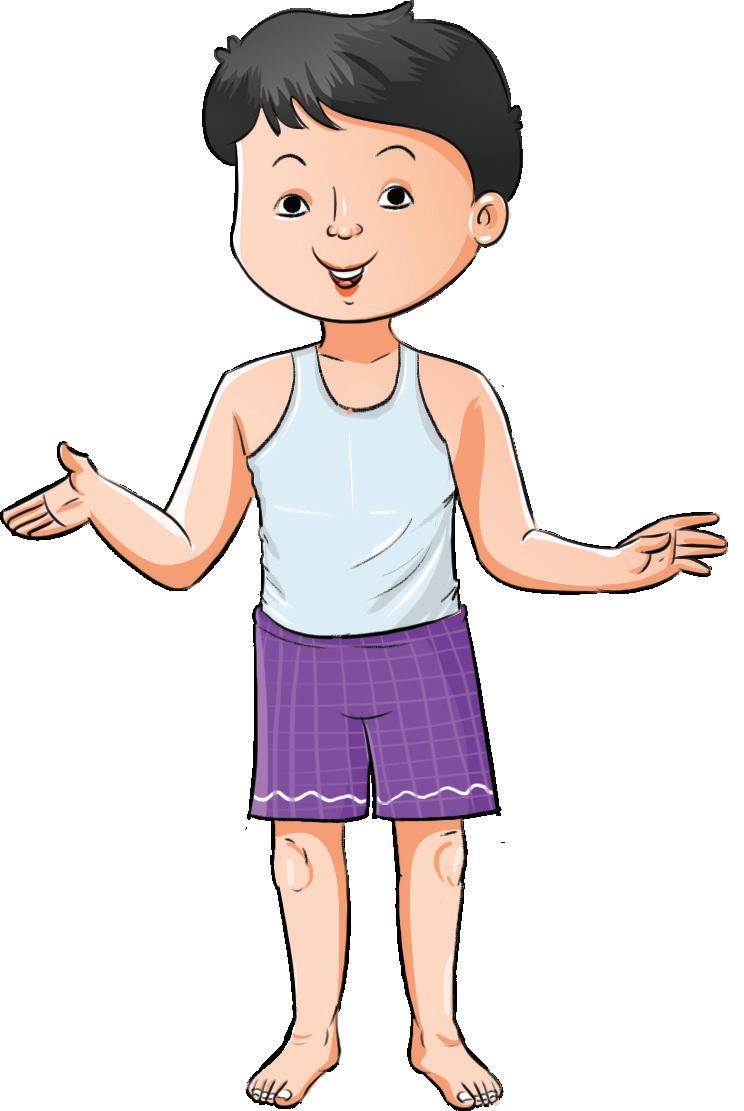

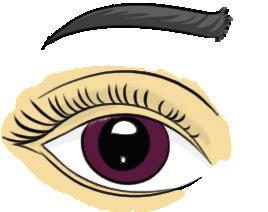
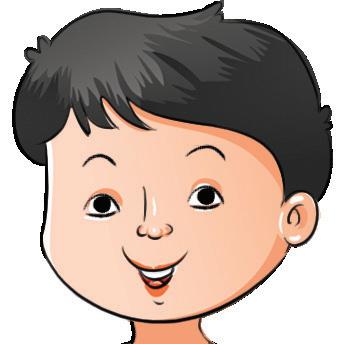





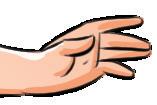
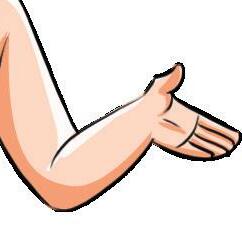
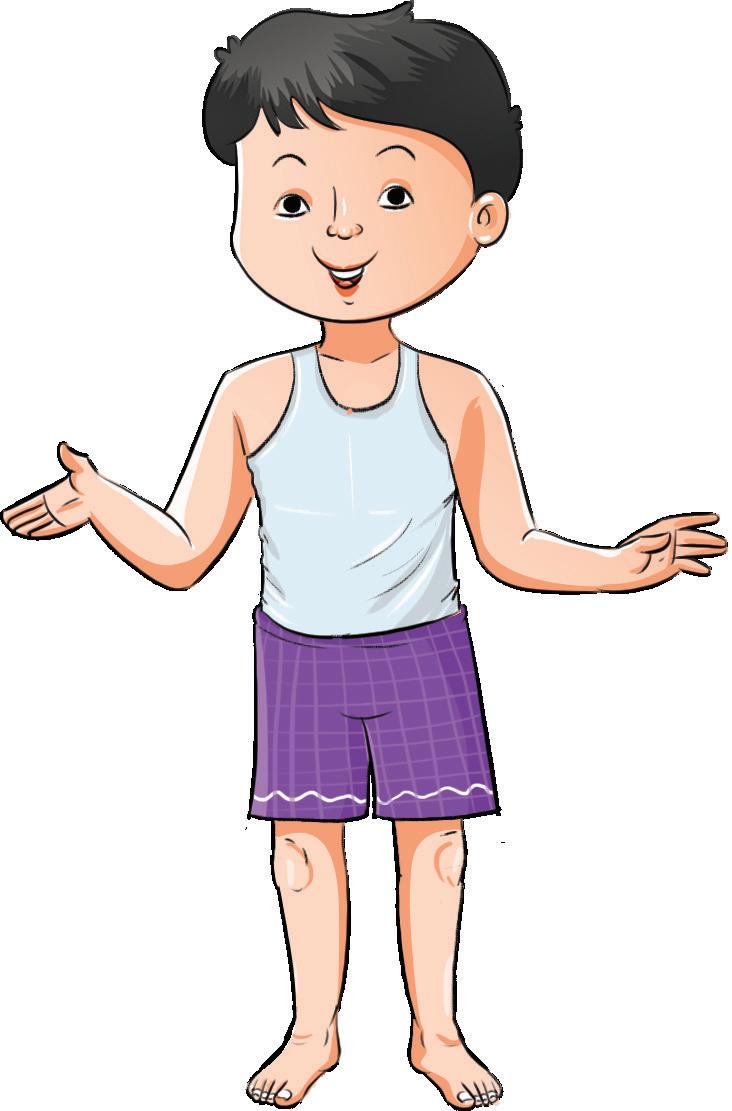
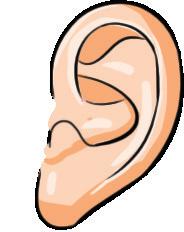

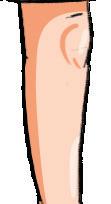


Objectives
• Observation • Matching • Identify parts of the body



How many do you have? Circle the correct number.

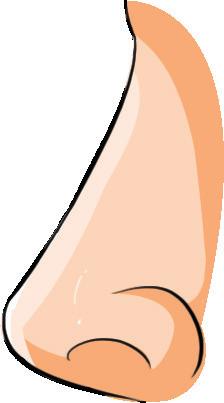











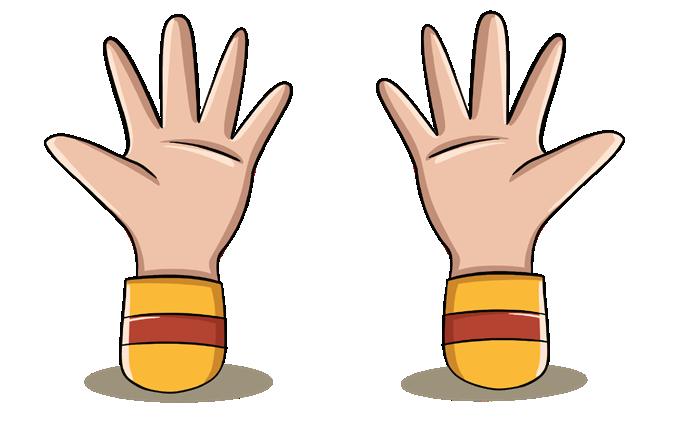
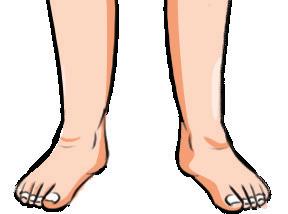
Objectives
• Observation • Awareness




Look at the parts of the body. Circle the correct actions.












Objectives
• Observation • Matching • Association


Read the sentences.
1. I see with my eyes.
5.

Objectives
• Identify senses • Observation • Association

Match the body parts with the actions.

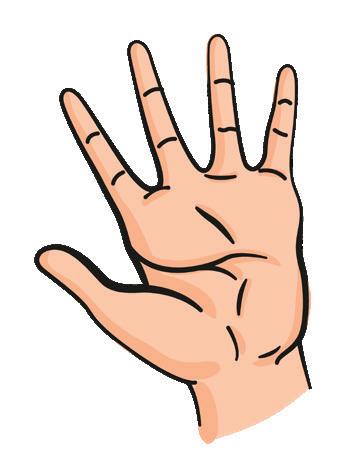
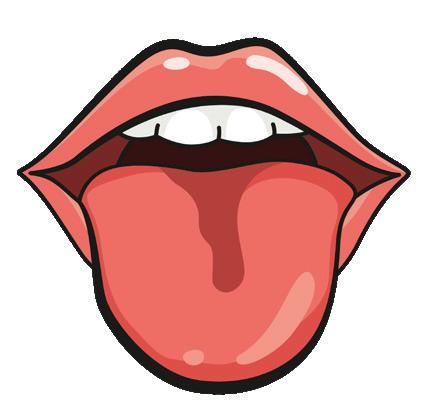

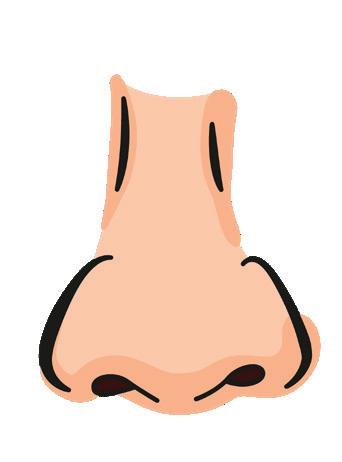
Objectives
• Matching

• Hand-eye coordination
• Association
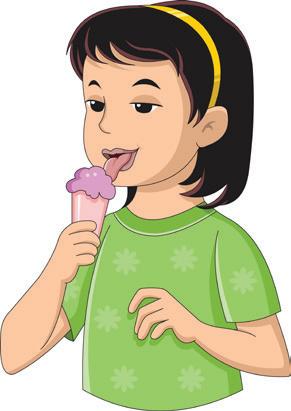
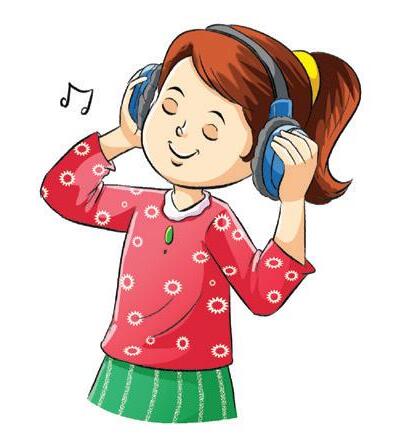
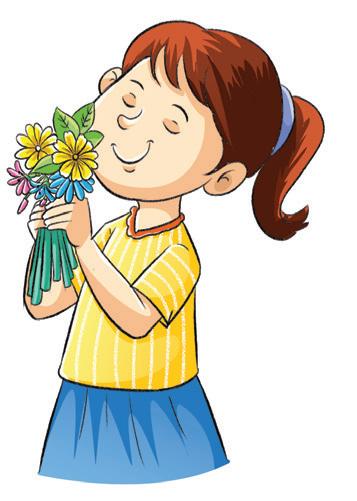


Tick () the things that we use to keep ourselves clean.
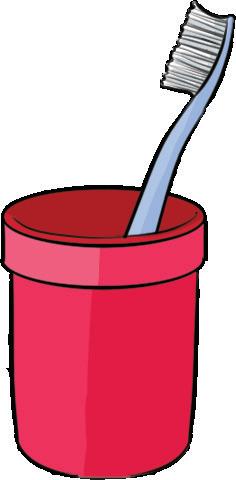
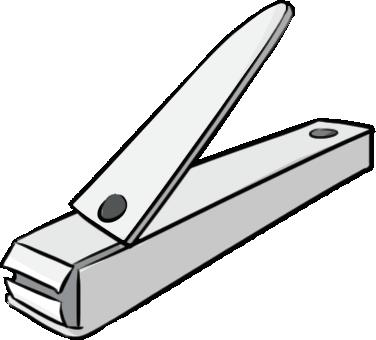


nail clipper comb

Objectives
• Understanding the importance of hygiene
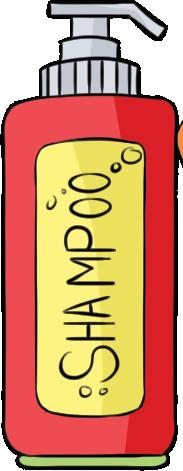

• Observation book
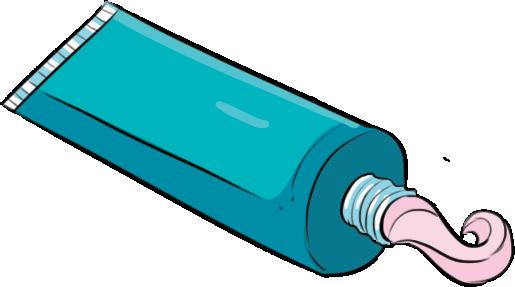


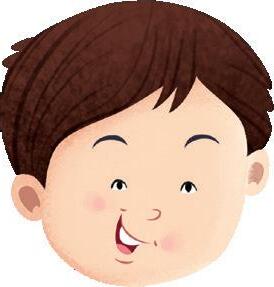

I wash my hands before and after I eat. I wash my hands after I play. I wash my hands after I use the bathroom.
Write 1, 2, 3 and 4 to show how you wash your hands.

Scrub your hands with soap. Wet your hands. Wash till the count of 20. Dry your hands.
Objectives
• Ordering • Hygiene awareness • Following instructions


We wear clothes to protect our body. Tick () the clothes you wear.
Objectives
• Vocabulary development

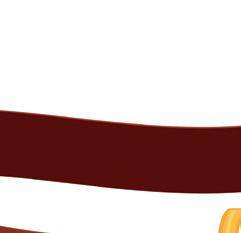
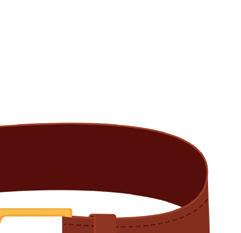
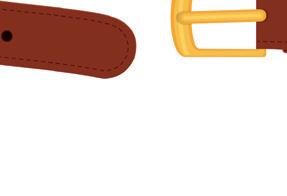

• Visual discrimination




Use a red crayon to colour the t-shirt.
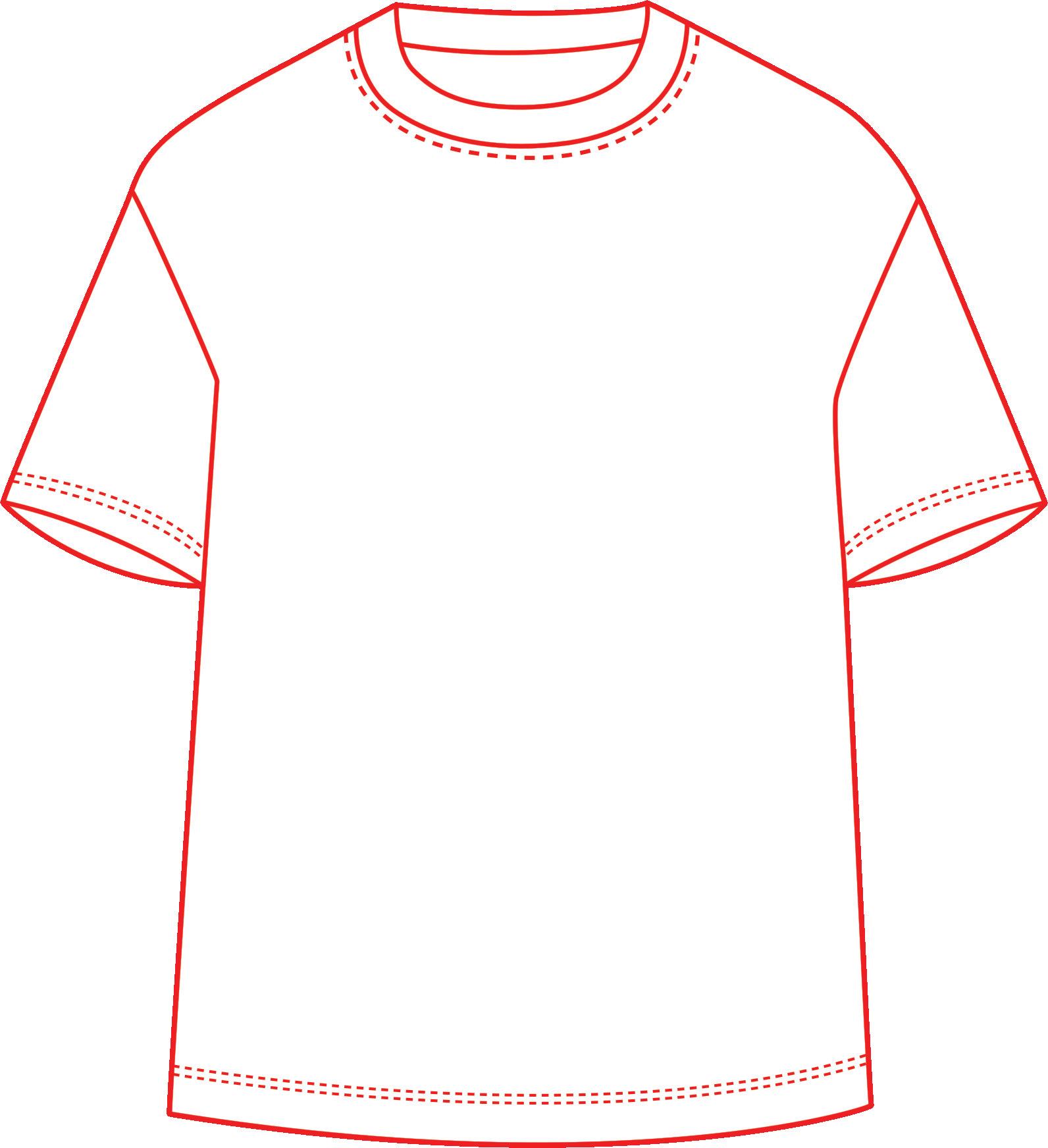
Circle all the red objects with a red crayon.

Objectives
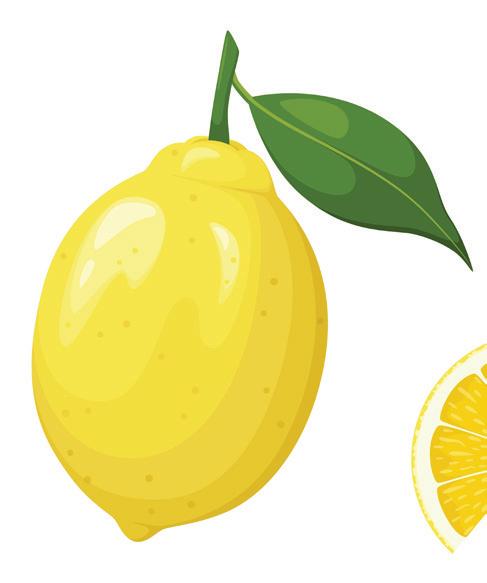
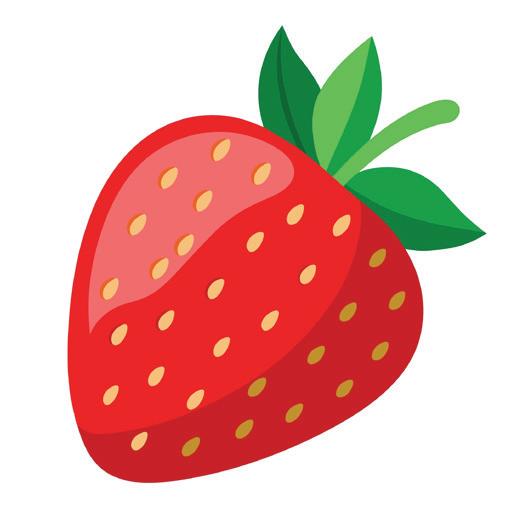

• Colour recognition • Association • Fine motor skills
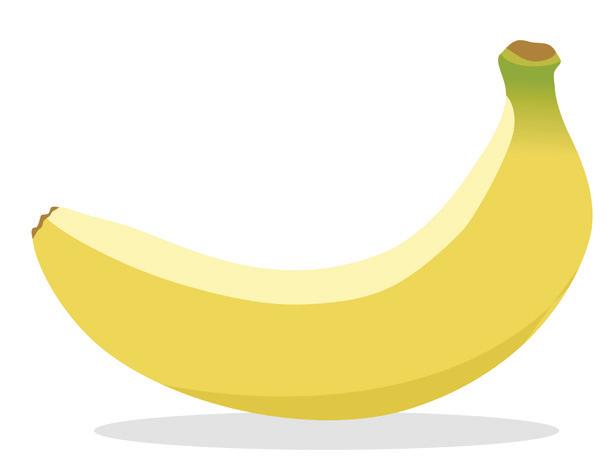




My name is Rohan. This is my family.

Objectives
• Observation Association Recognise members of a family


Paste the pictures of your family members on the tree.

Objectives
• Recognition • Fine motor skills • Family awareness


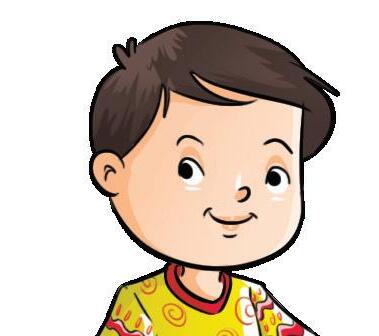
We love our families. We play together, eat together and stay together
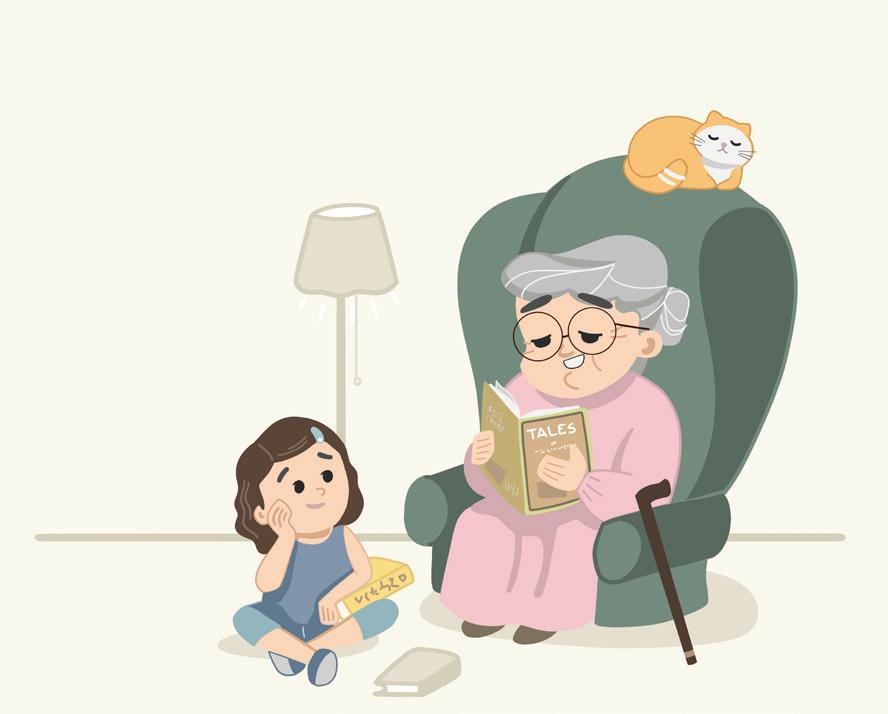
Tick () the happy time you spend with your family.
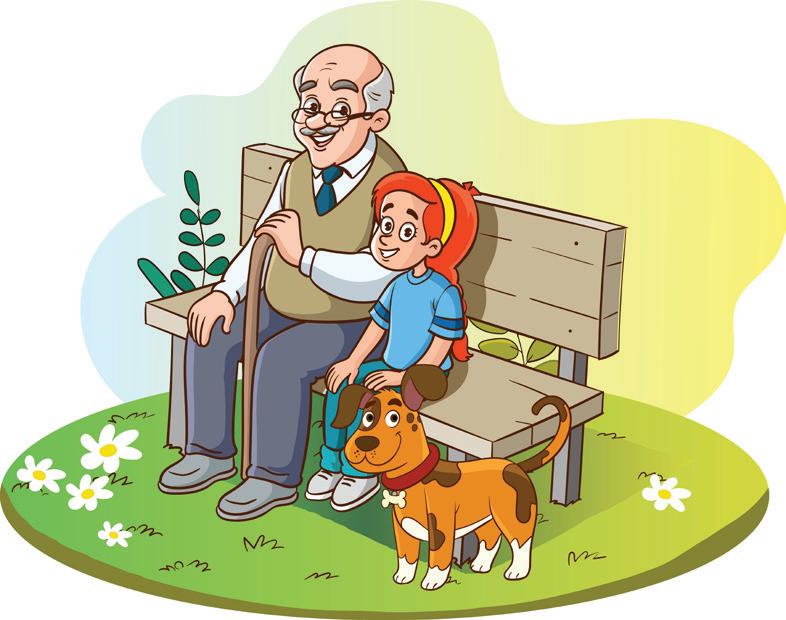


Objectives
• Emotional expression
• Communication skills
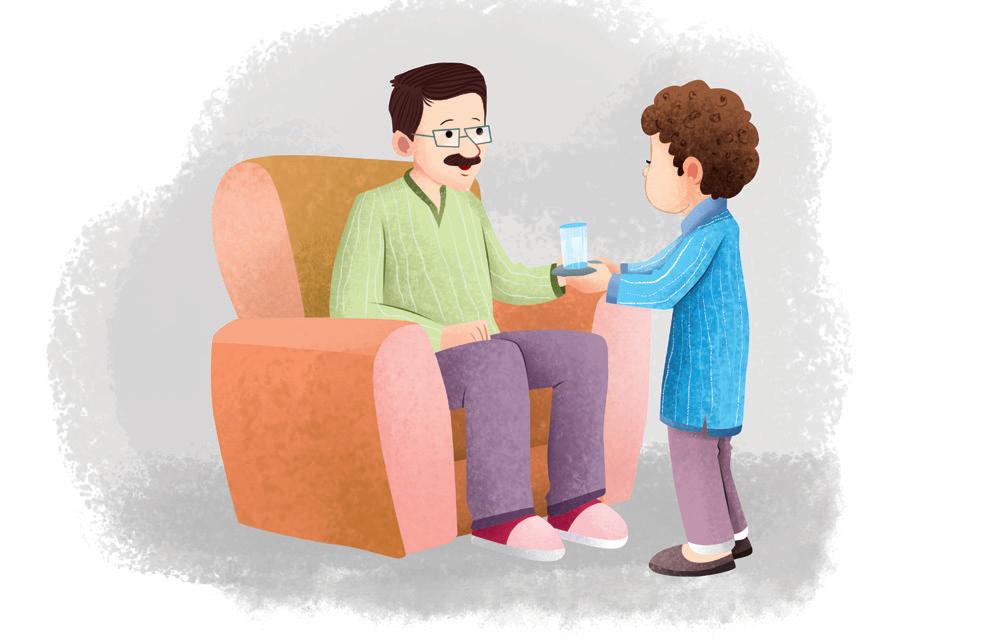

• Bonding with family


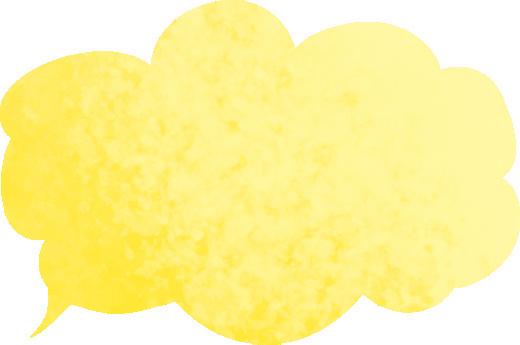






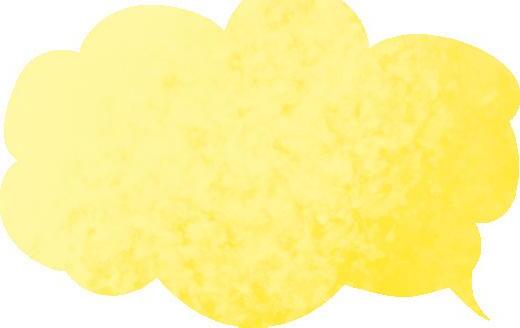
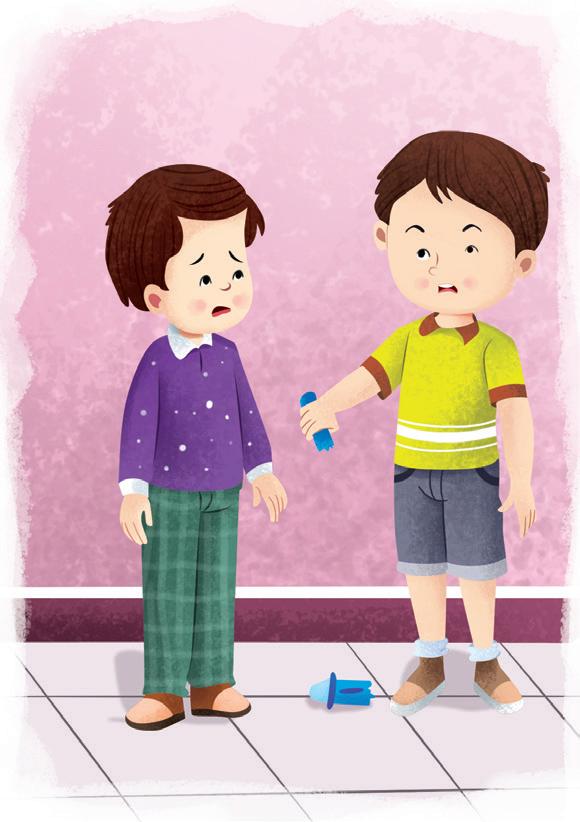



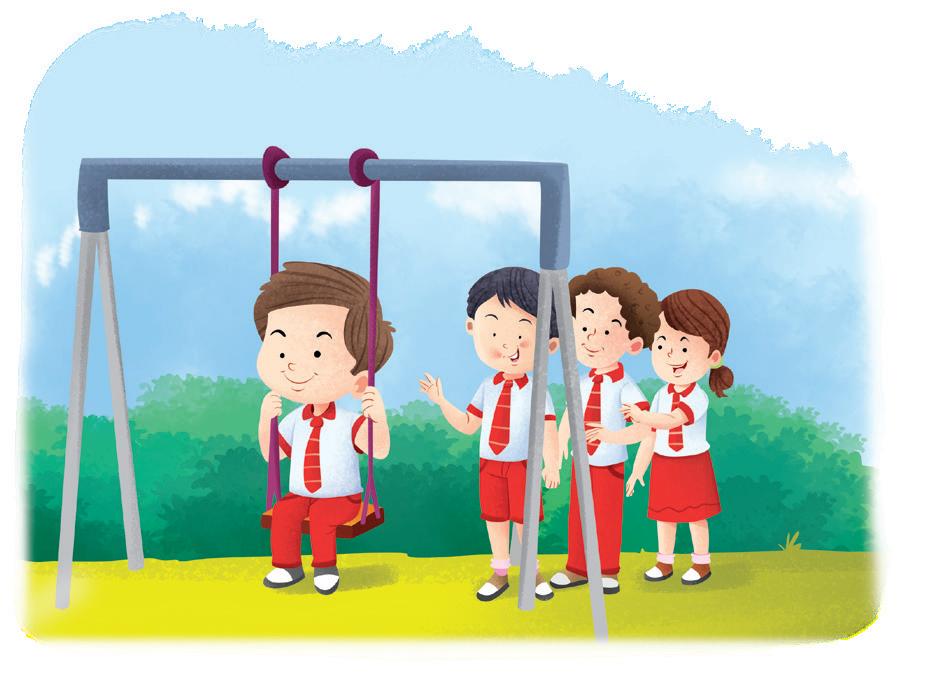
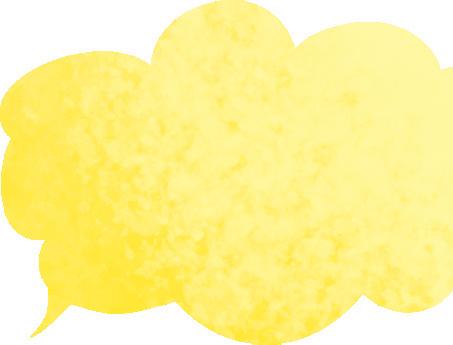



Today is Mother’s Day. We got a cake. My mom and grandma cut the cake. We gave them a card and a plant.
Objectives
• Understanding special days • Family bonding





We can help our family in many ways. Paste a for the things you. (Use the sticker sheet.)


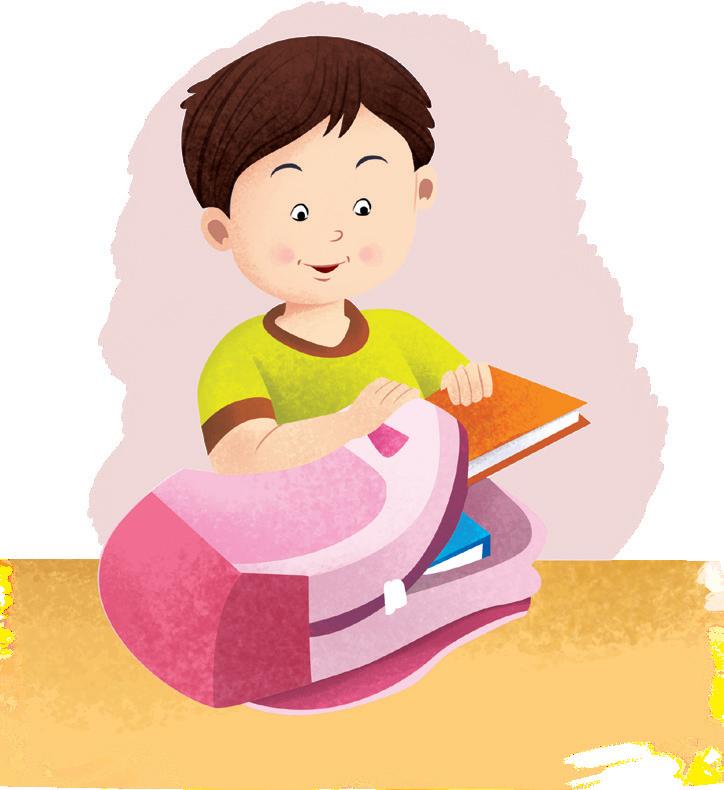
Objectives
• Observation • Family bonding
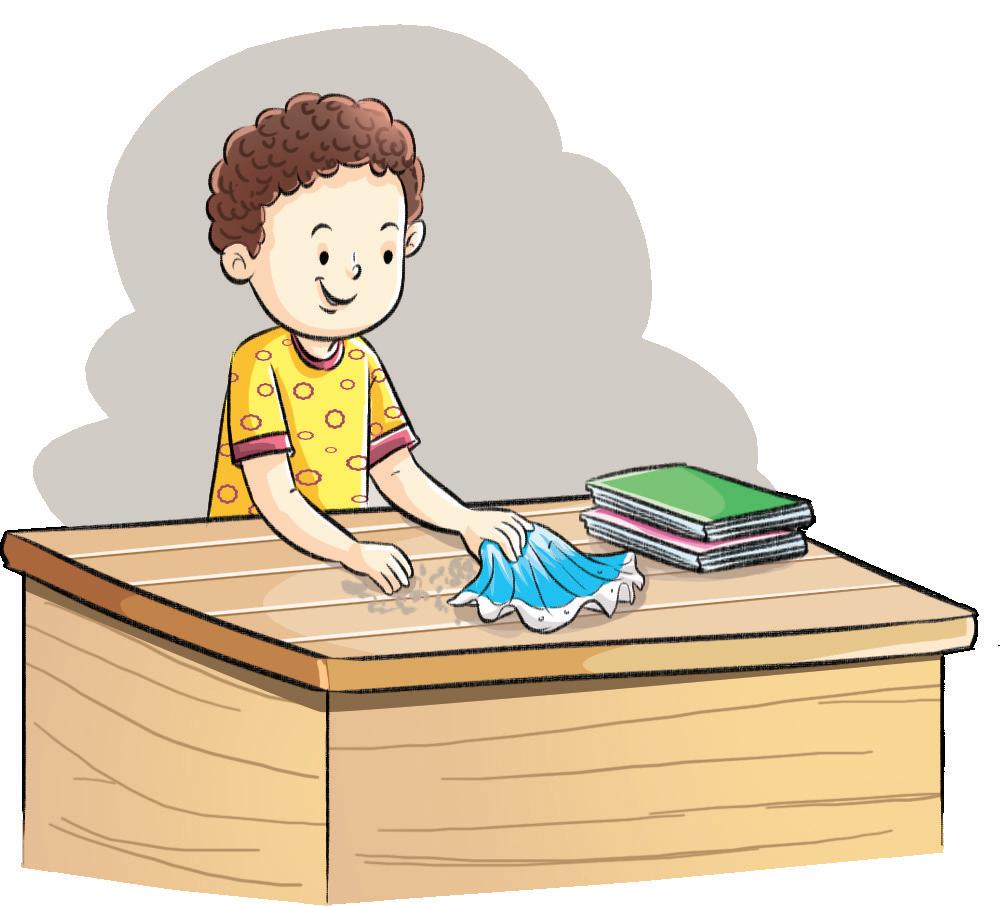

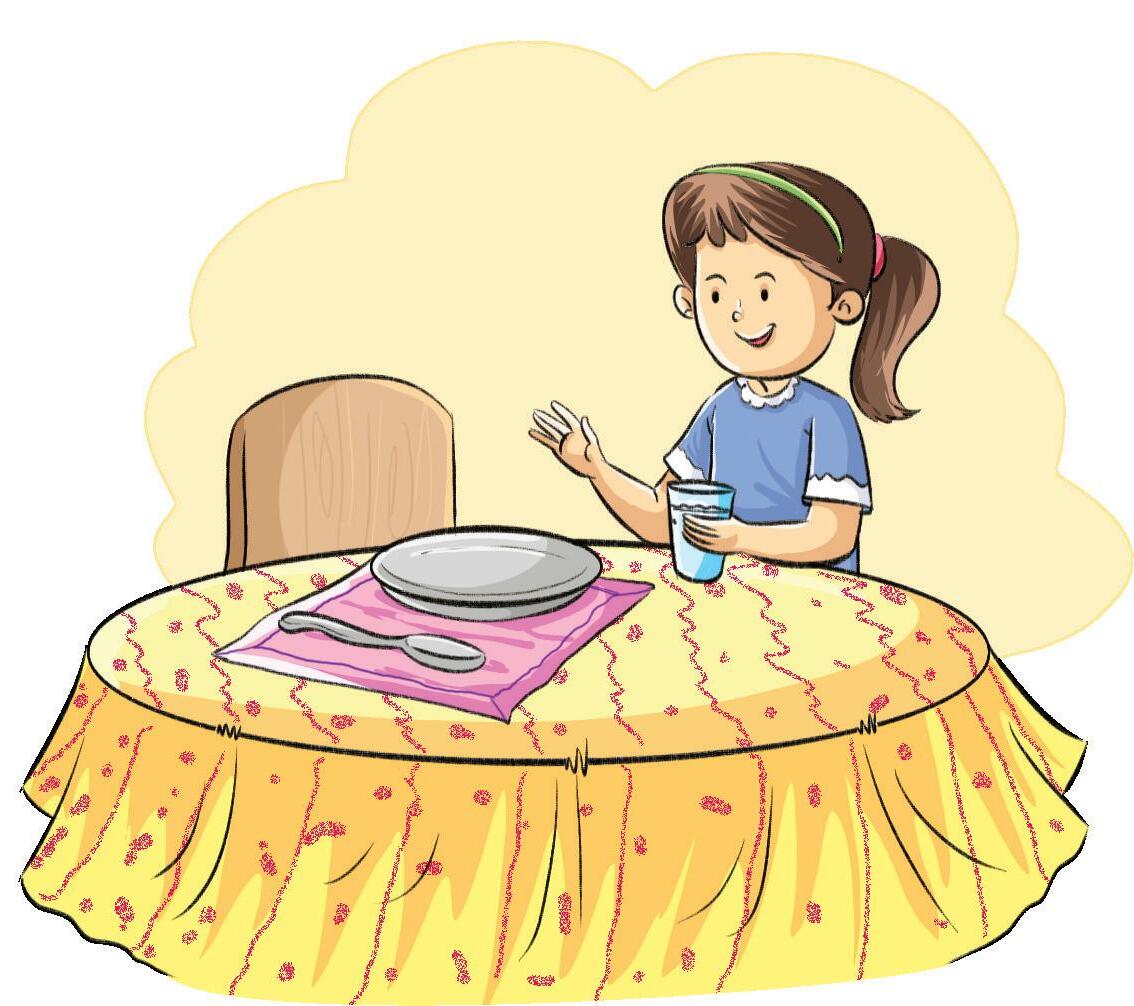


Use a yellow crayon to colour the mango.
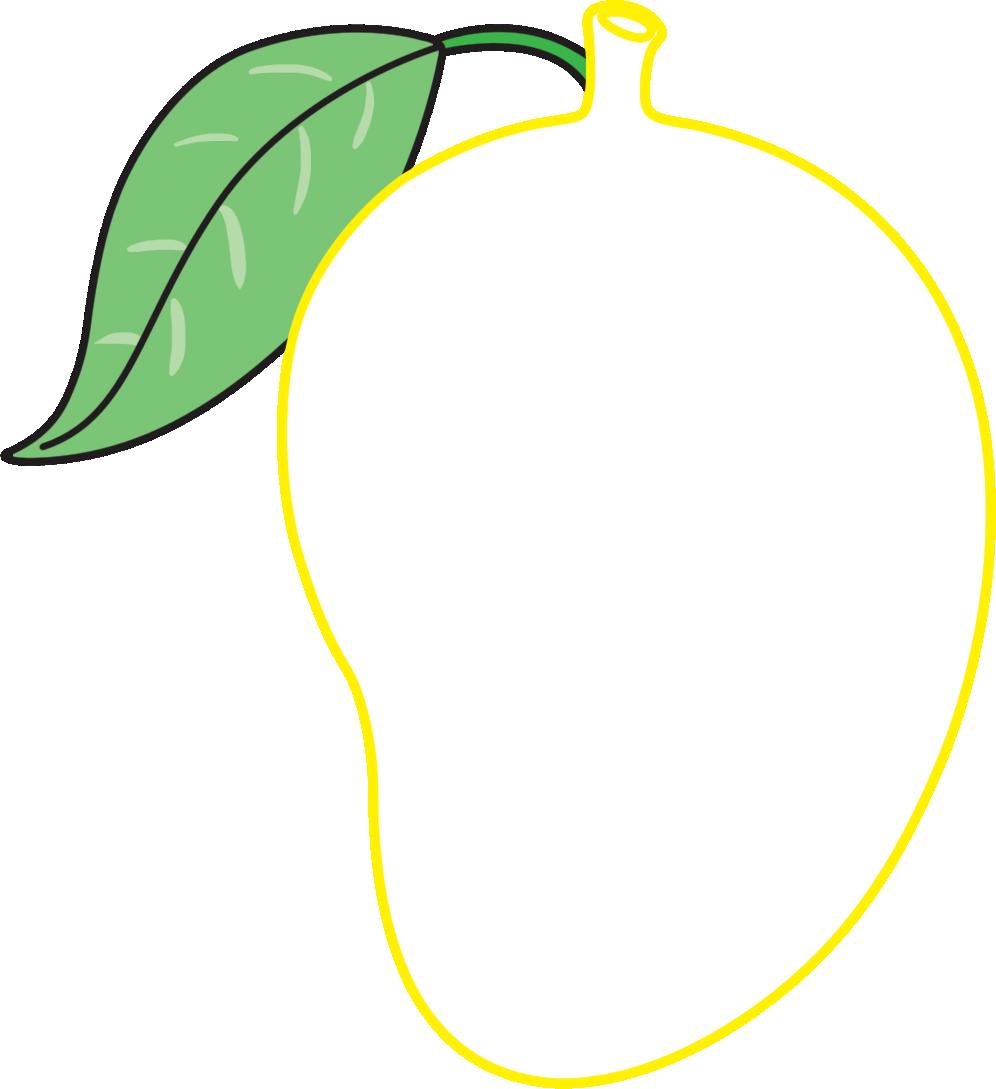
Circle the yellow things with a yellow crayon.
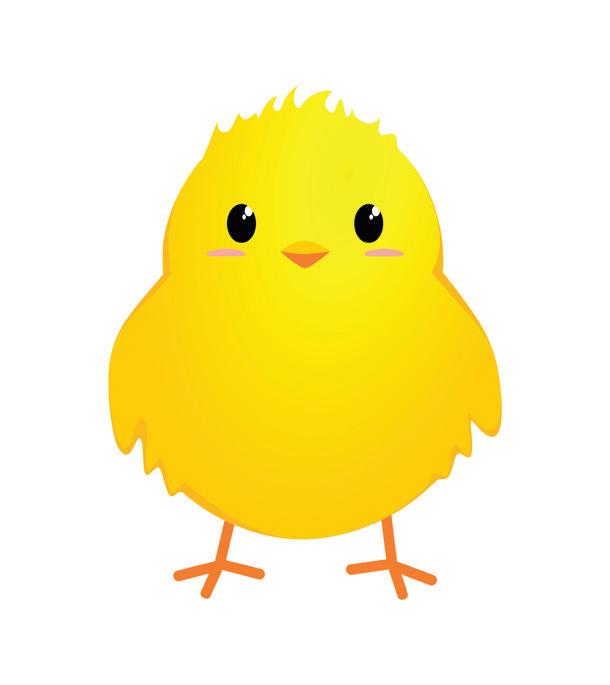
Objectives
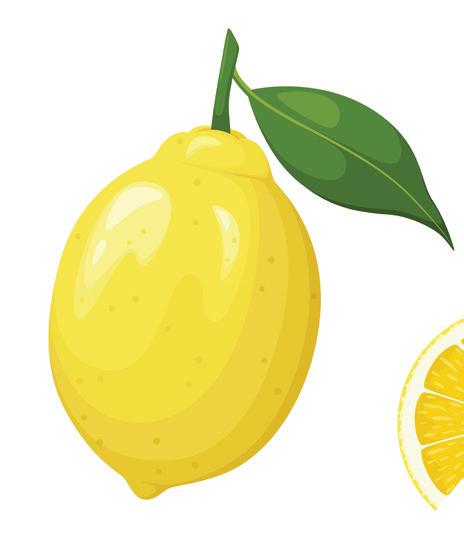

• Colour recognition • Association • Fine motor skills



Home
|
My School | Fun at
|
| My
I Behave Well | Colour: Blue | Places Around Us
Our Helpers at School | Helpers in Our Neighbourhood
Colour: Green
Activity 1
Objective: To engage children in learning about different community helpers through a fun and interactive role-playing activity.
Instructions:
Form small groups of children and assign them different roles, such as doctor, teacher, firefighter, and bus conductor.
Provide a list of statements describing the activities linked to each role, and have each child memorise their role and corresponding statements.
Encourage attentive listening throughout the activity.
After each role play, hold a discussion about the significance of each role in the community.
Activity 2
Objective: To help children understand good and bad behaviours through participation and voting.
Instructions:
Distribute two square-shaped hardboard cut-out cards (one red card and one blue card) to each child in the class.
Create a list of good and bad behaviours that children should practice in school, at home, and during social gatherings. Examples include:
Good behaviours:
• Throw garbage in the dustbin.
• Wait for our turn.
• Respect our elders.
Bad behaviours:
• Push others while standing in a queue.
• Leave things out of place after playing or using them. Present each behaviour to the class, one at a time.
Instruct the children to vote on each behaviour by raising their hands. They should hold up the blue card if they agree that the behavior is good, and the red card if they believe it is bad.
After each vote, engage the class in a discussion about why they made their choice.
Activity 3
Objective: To develop fine motor skills, colour recognition, and creativity among children while drawing a house.
Instructions:
Introduce the activity: “Let’s build a dream house together!”
Share instructions one at a time, guiding children through each step:
• Start with a big square base. Assist children in drawing accurate shapes.
• Add a triangular roof on top of the house.
• Draw six windows inside the house.
• Draw three doors in the house.
• Colour the windows blue, doors brown and the roof red.
• Colour the house yellow.
Encourage creativity and imagination throughout the process.


Colour the house.
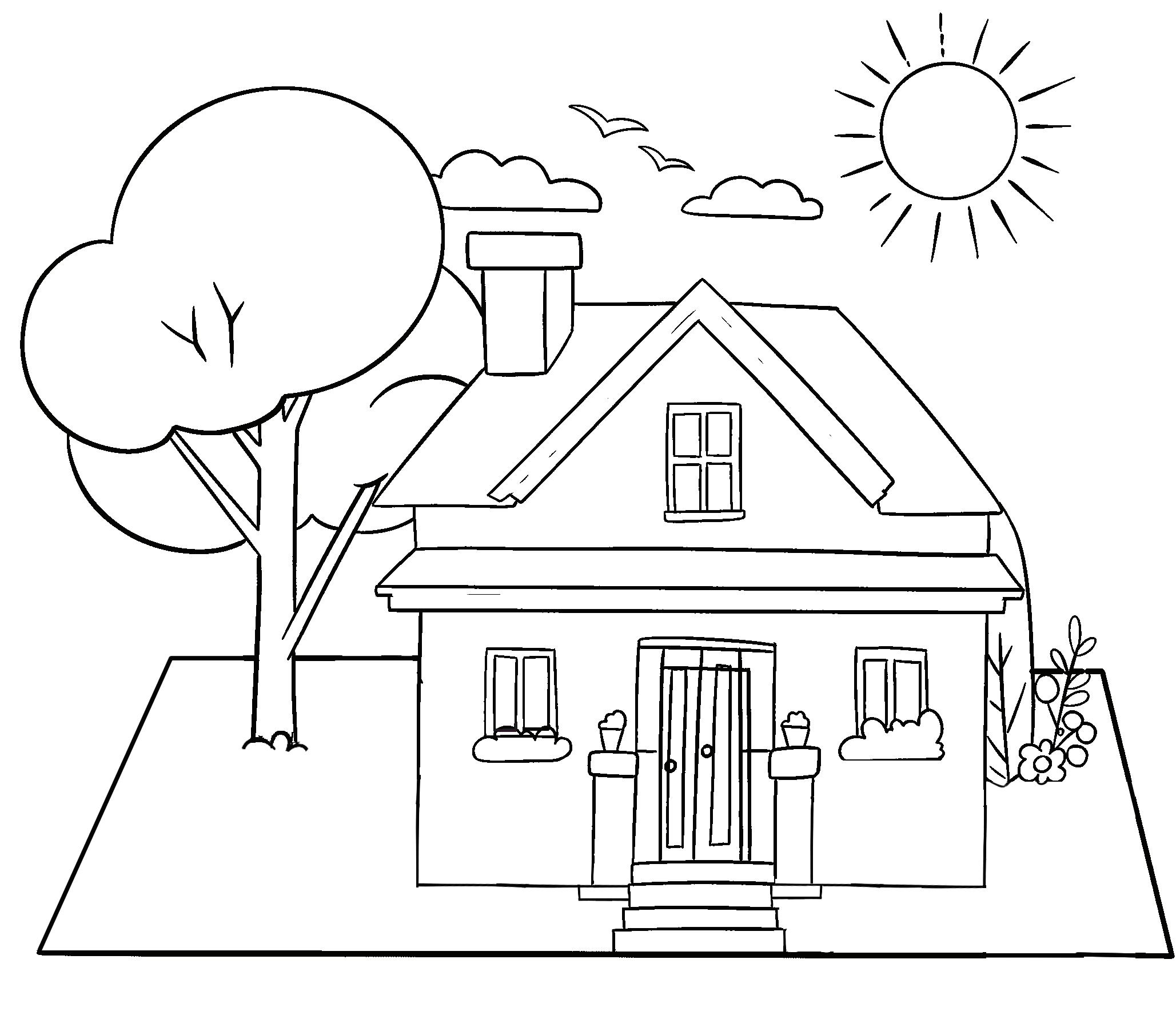
How many of these are there in your house?
Windows Doors Rooms
Objectives
• Observation • Identification • Fine motor skills door wall




This is a living room. We sit with our guests in the living room. We also spend time with the family here.
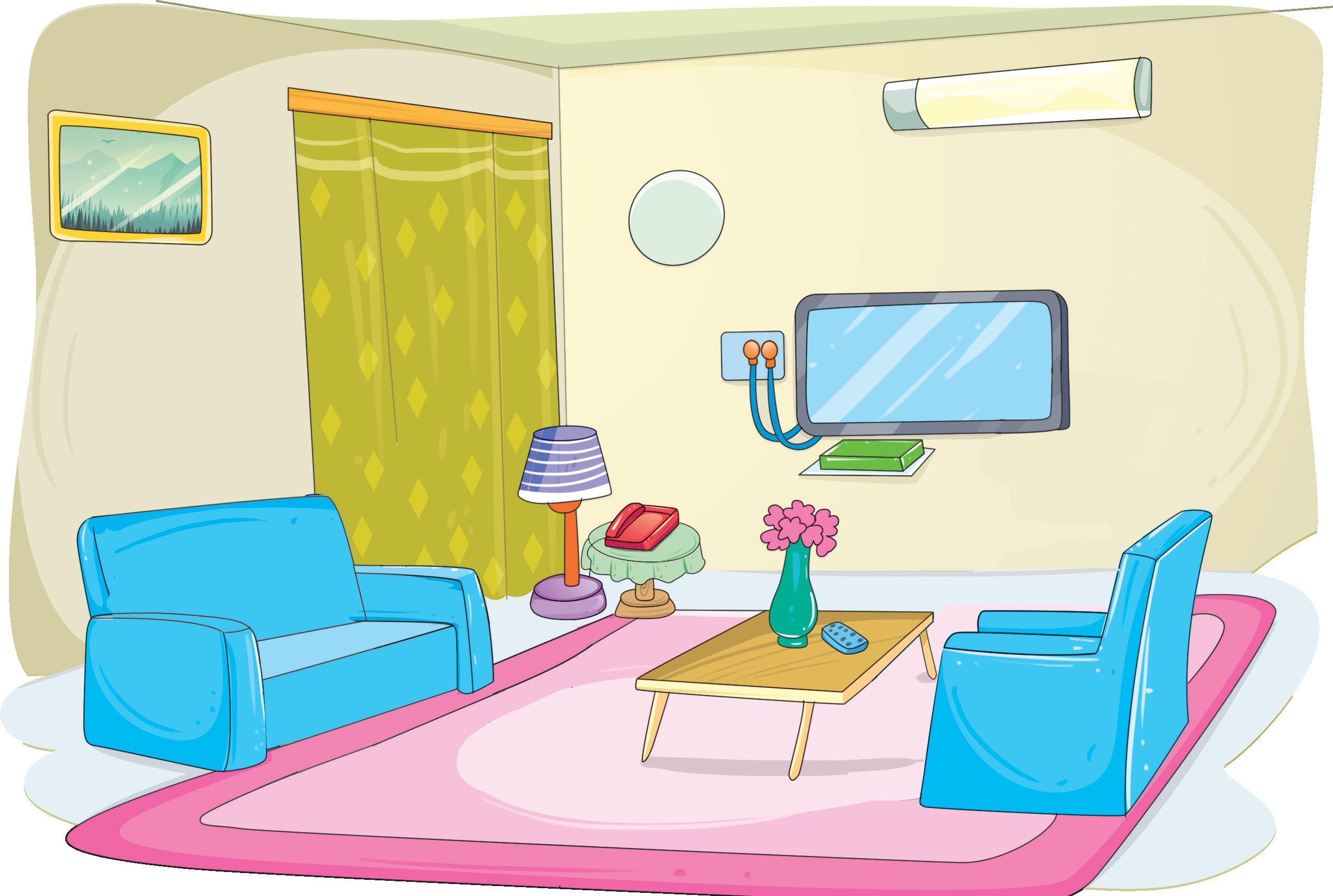
Circle the things you see in your living room.
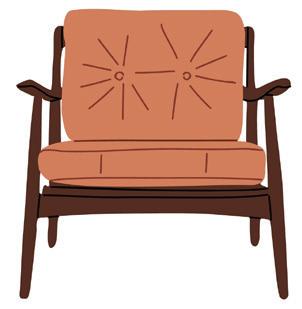

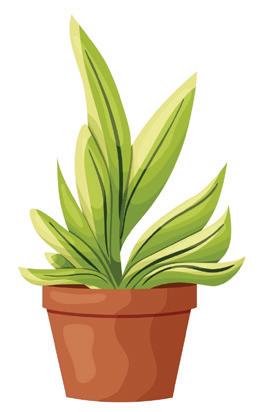

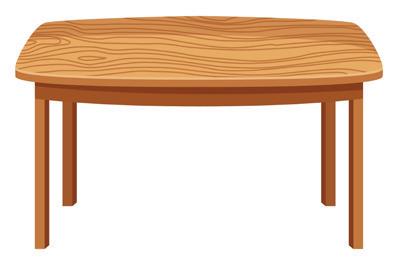
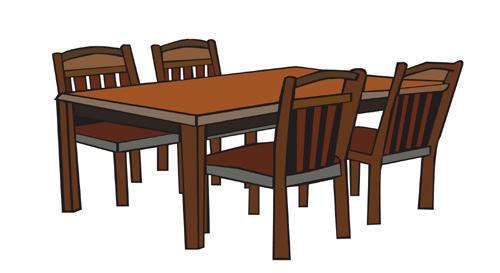






Objectives • Observation





This is a kitchen. We cook tasty and food here.
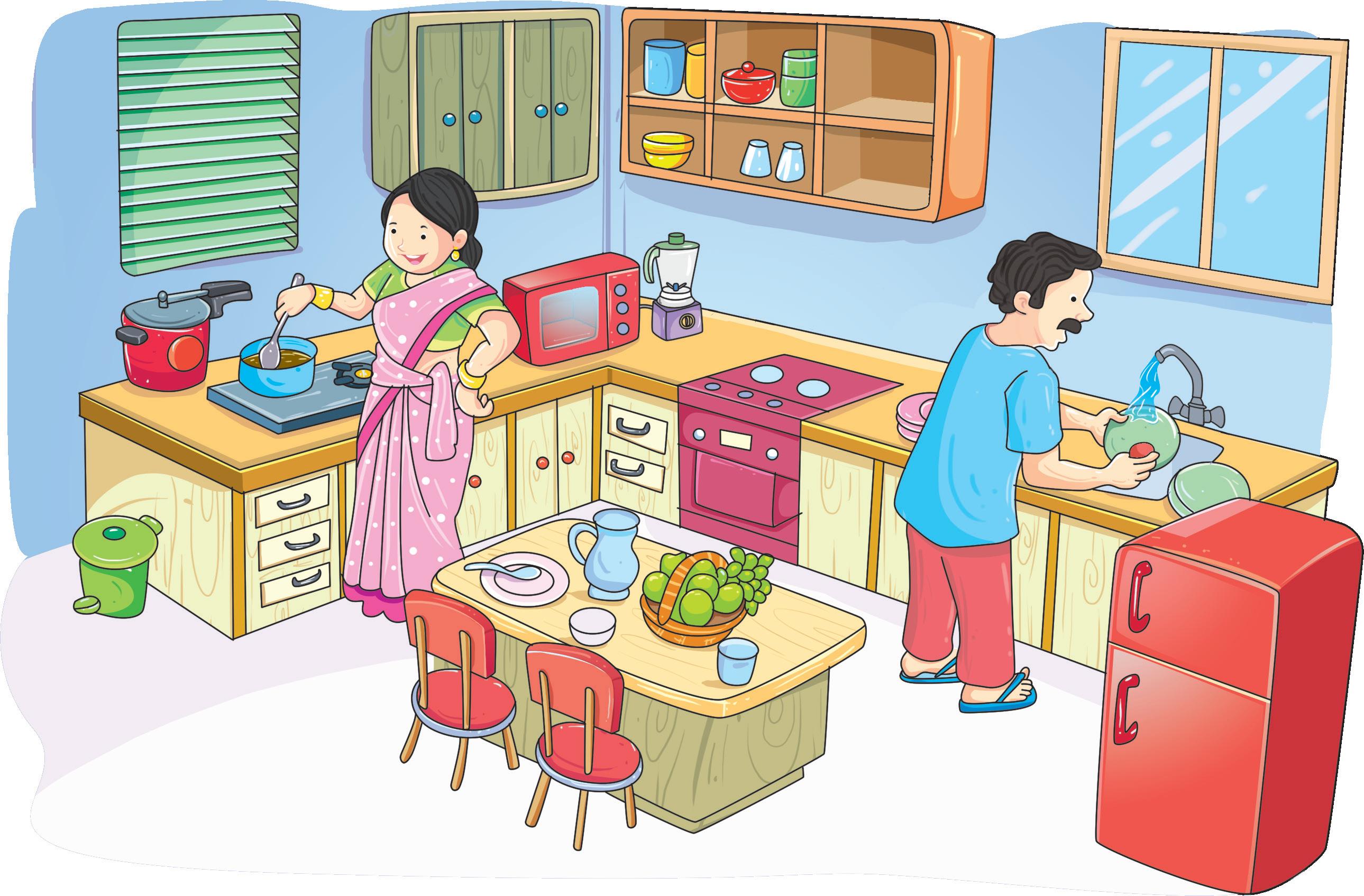
Circle the things you see in your kitchen.







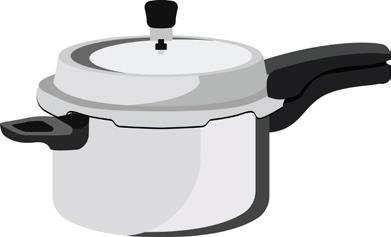
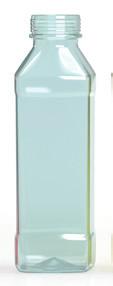
Objectives
• Observation • Identification
































fridge mixer oven gas stove spoon plate fruits cooker bottle



This is a bedroom. We sleep here.

Circle the things you see in your bedroom.

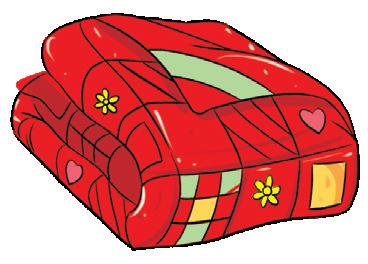

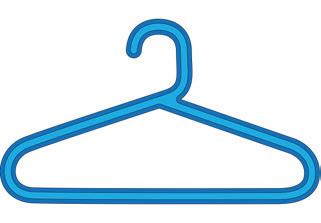
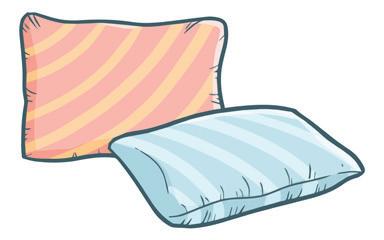
pillow
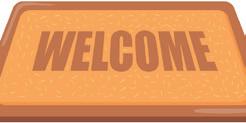


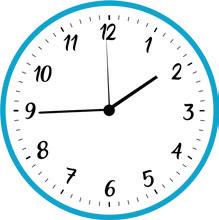


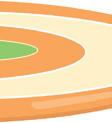






quilt clock cupboard window hanger dressing table










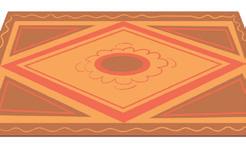




Objectives



footmat


television













• Observation • Identification


This is a bathroom. We bathe and freshen up here.
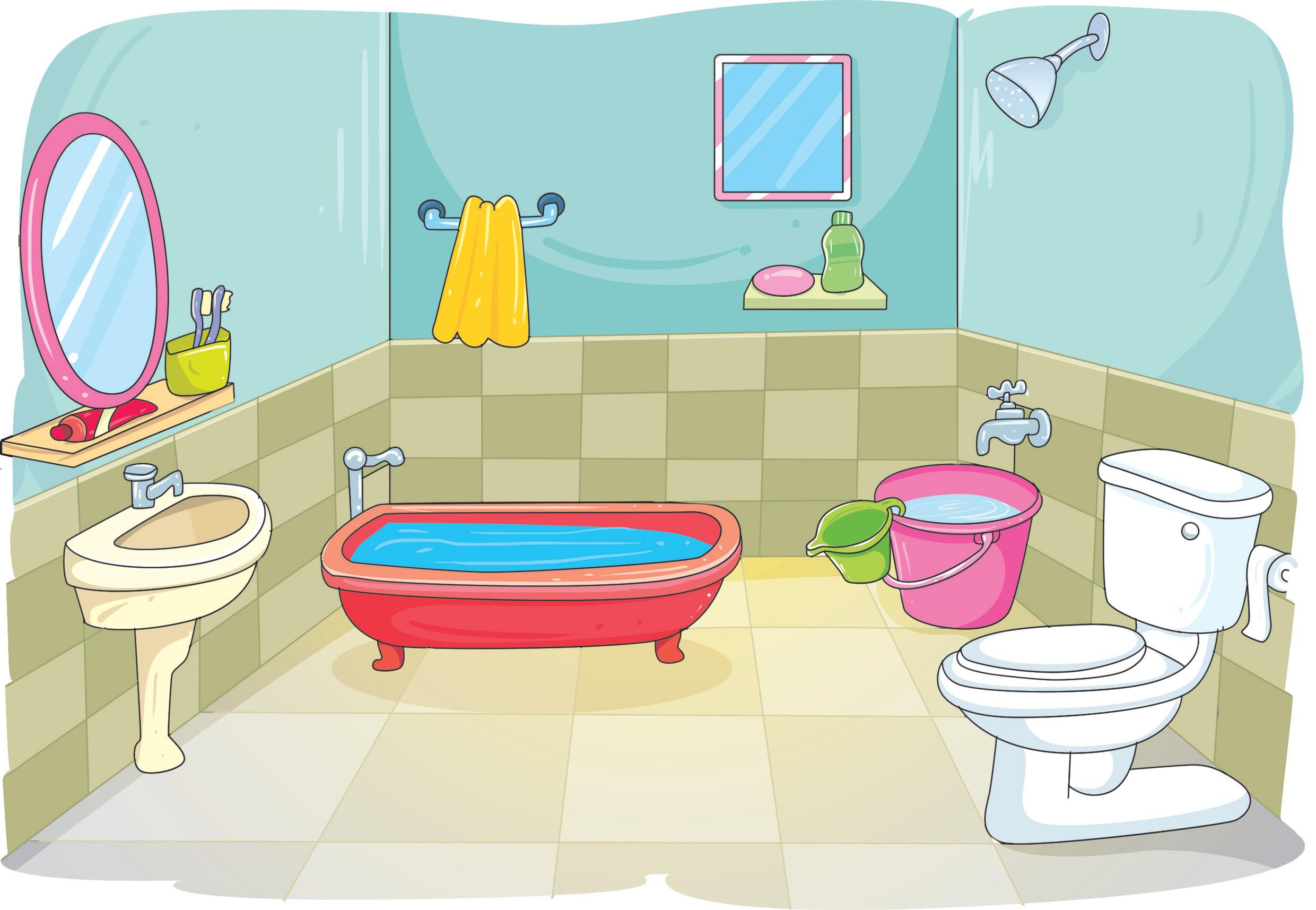
Circle the things you use in your bathroom.
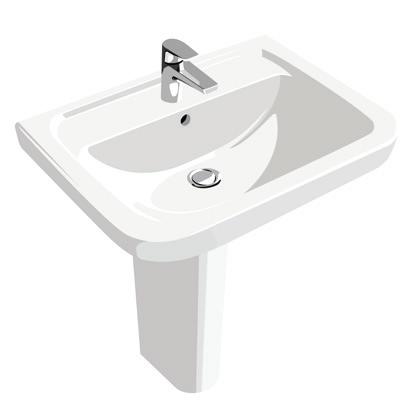

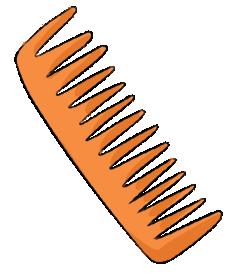
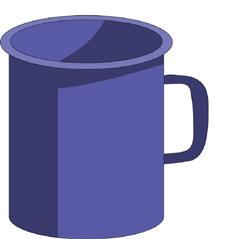

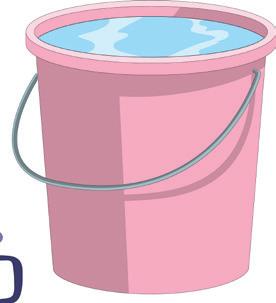
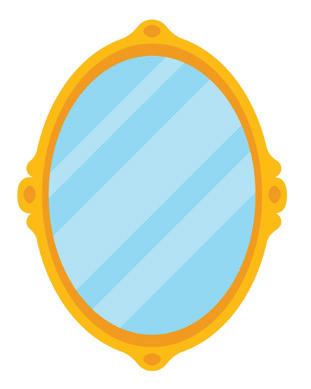

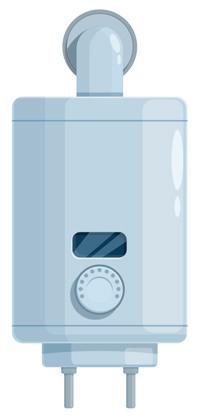
washbasin comb mug mirror soap towel geyser toothbrush shower bucket Objectives
• Observation • Identification

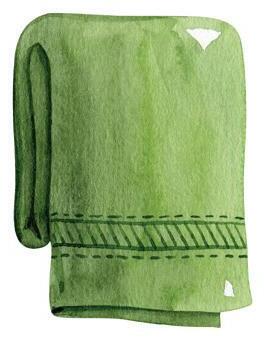

Design your room. (Use the sticker sheet.)

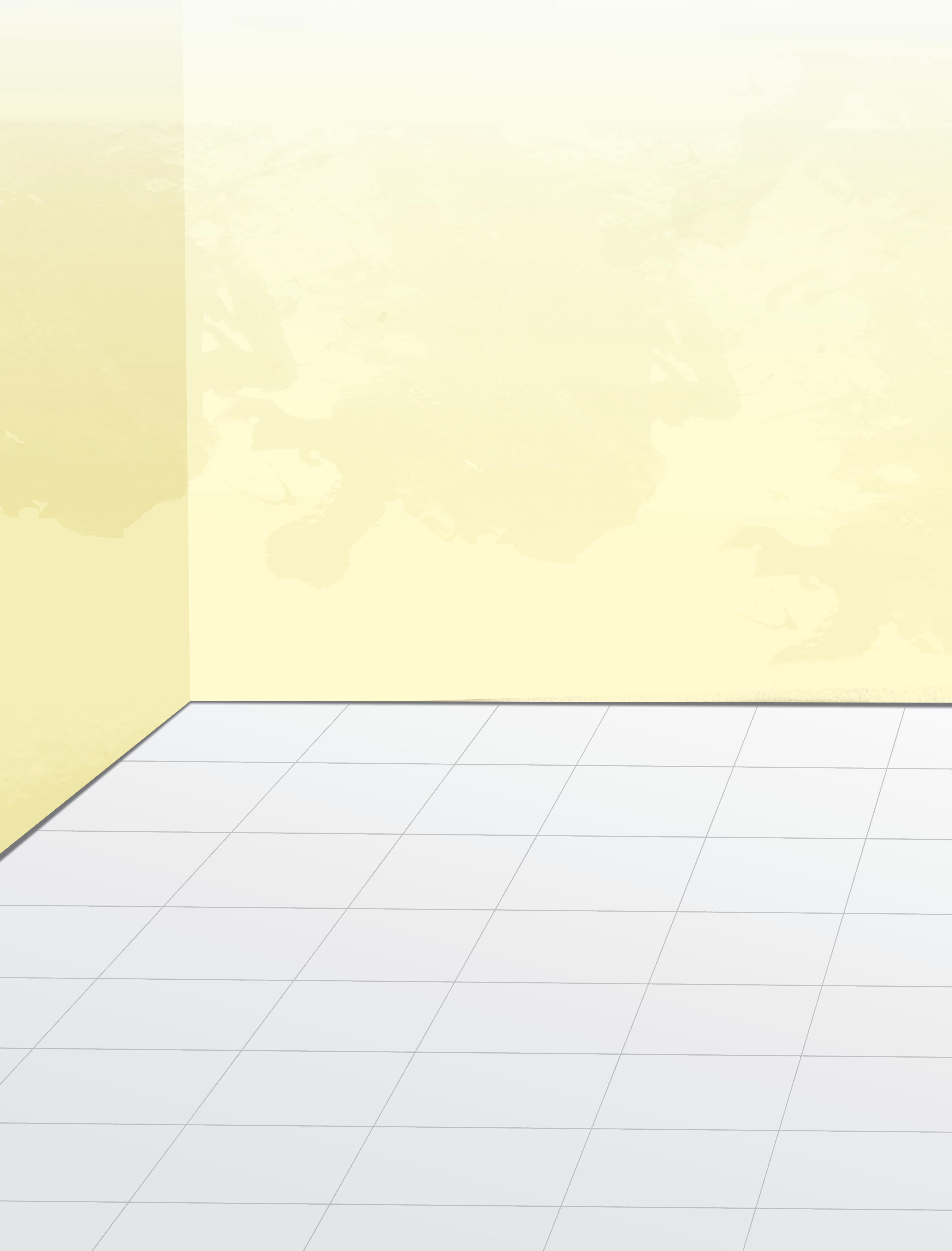
Objectives
• Creative thinking • Fine motor skills

Match each activity with the correct room.
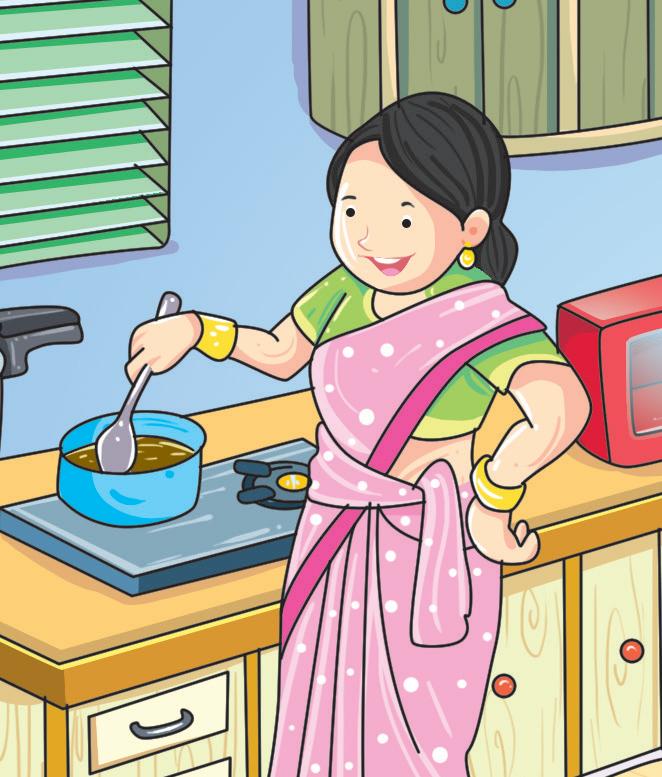
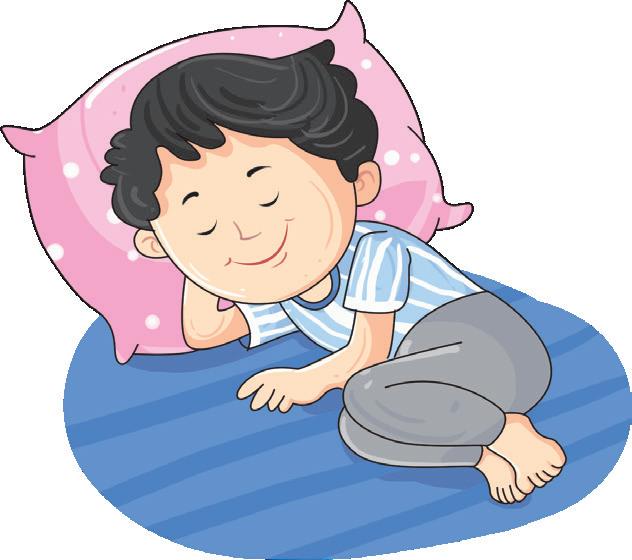


Objectives
• Association • Matching
bathroom living room kitchen bedroom




I go to school by bus. I see the road, vehicles, people and buildings on the way. The bus driver drives the bus. There is a conductor and a teacher on the bus who take care of us.
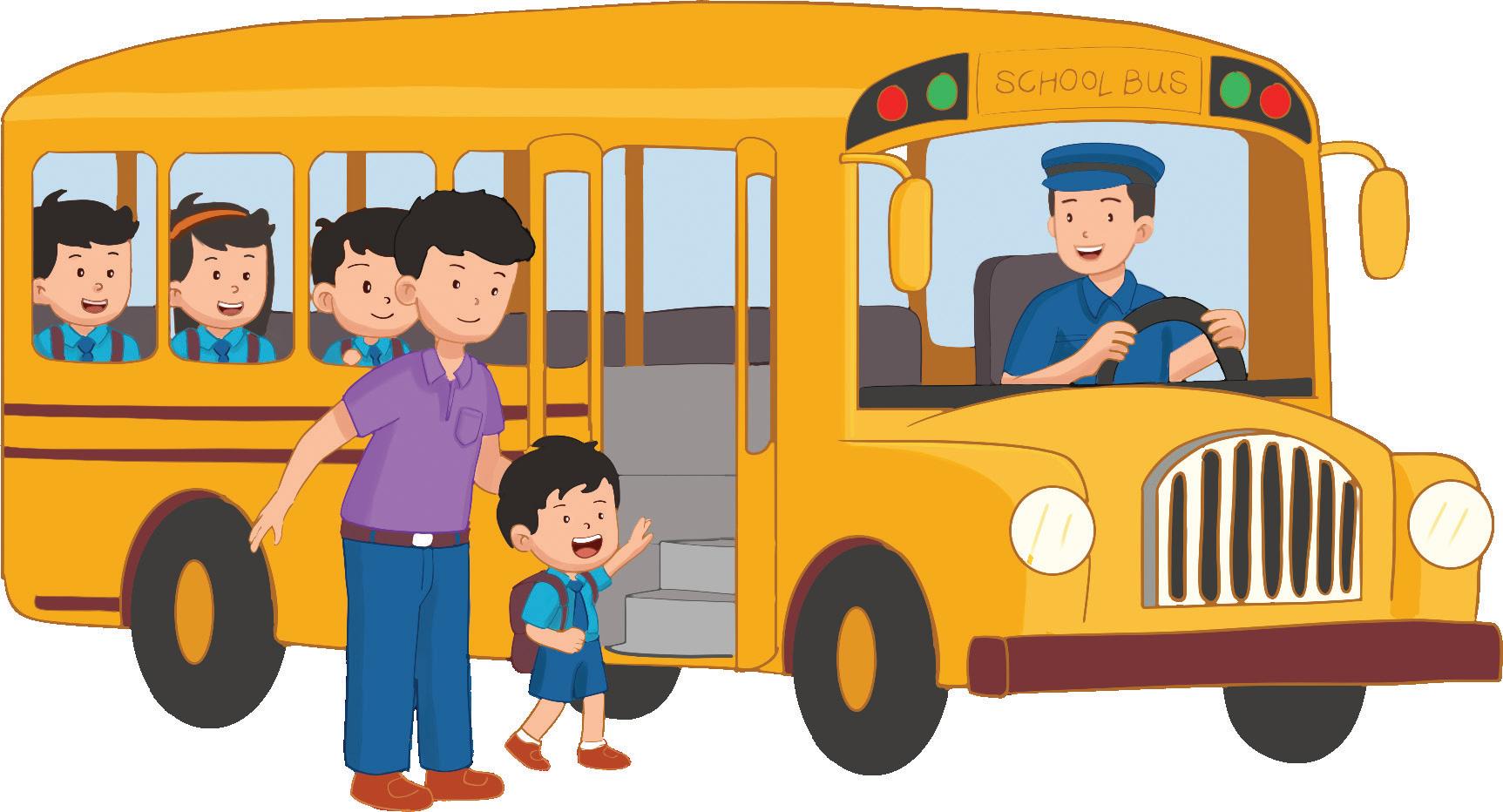
Help the bus find its way to the school.

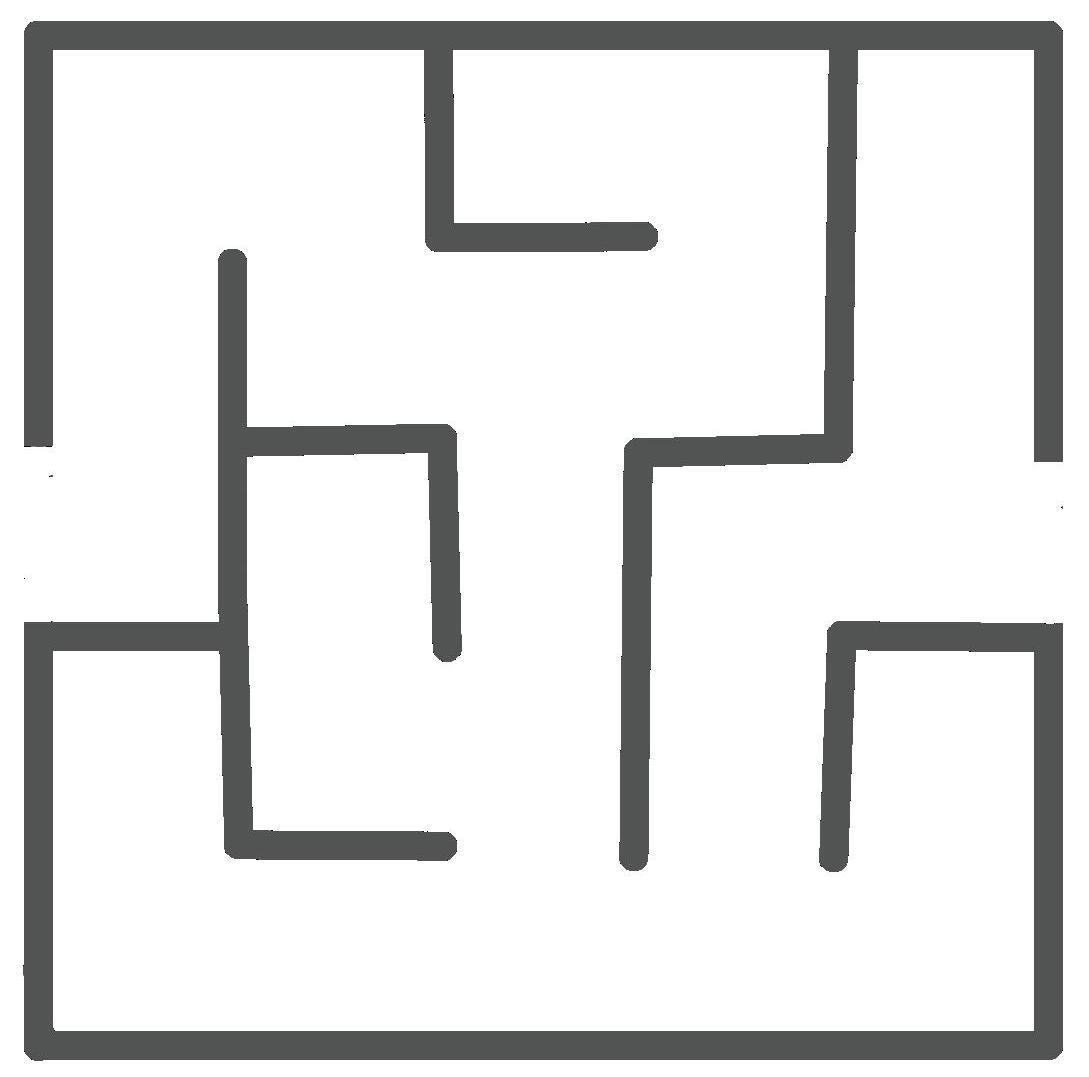
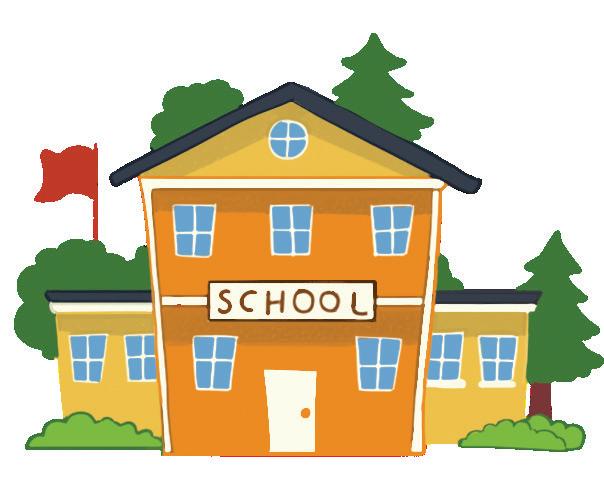
Objectives
• Fine motor skills • Hand eye coordination • Problem solving

A school has many rooms for different activities. Look at the pictures and say the names of these rooms.
classroom

principal’s office
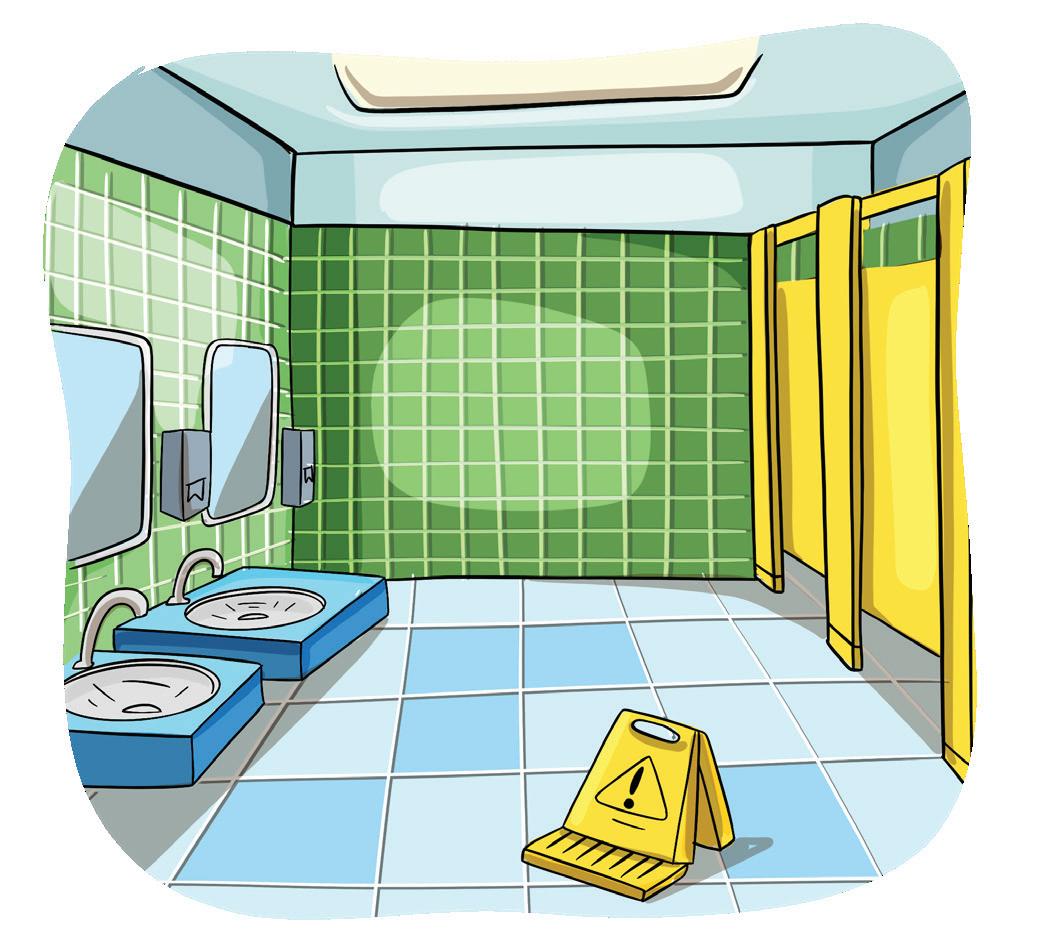
washroom
activity room
playground
Objectives
• Identify rooms in a school • Recognition • Observation


Tick() the activities you do at school.
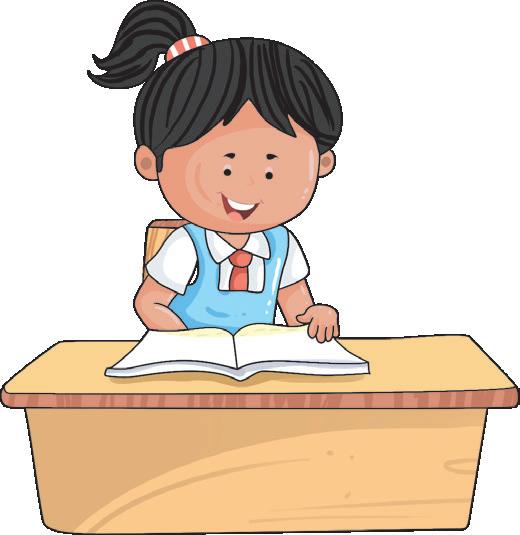

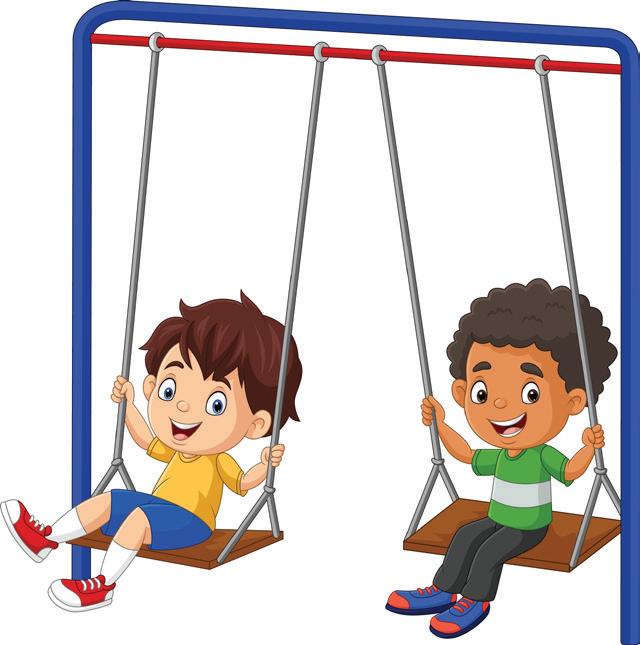
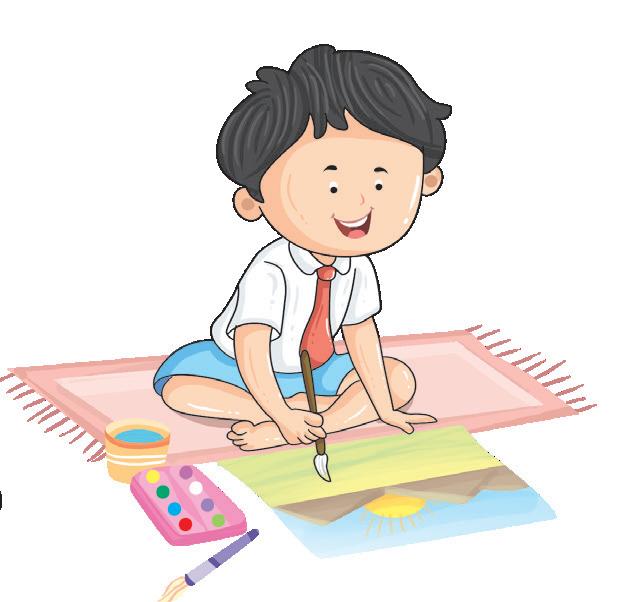

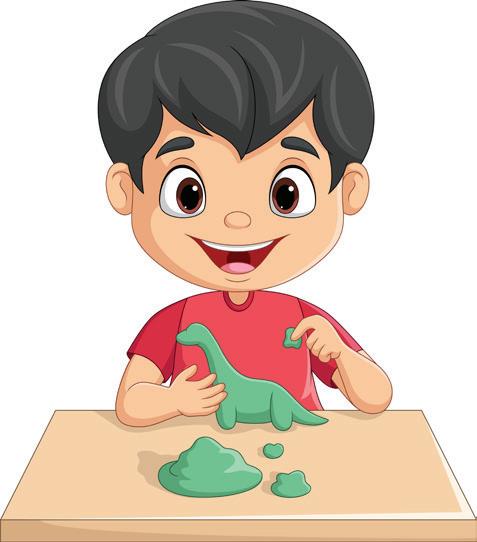

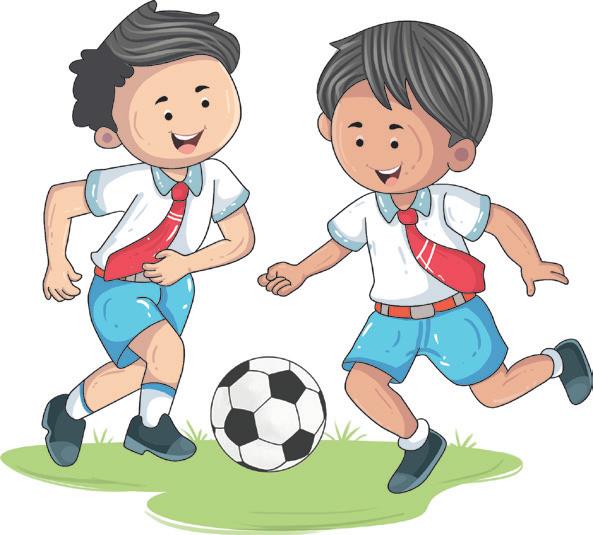
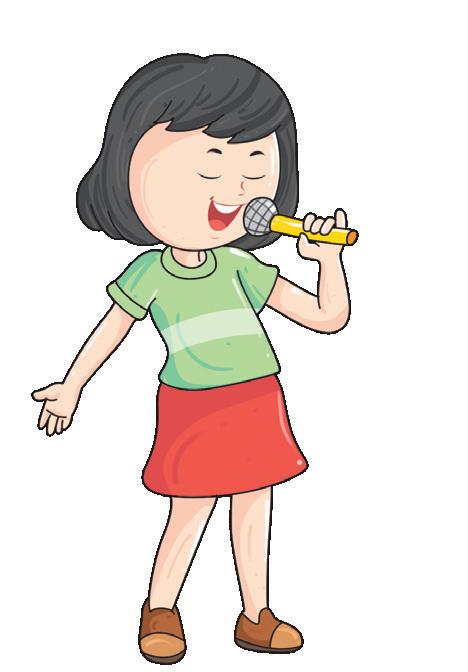
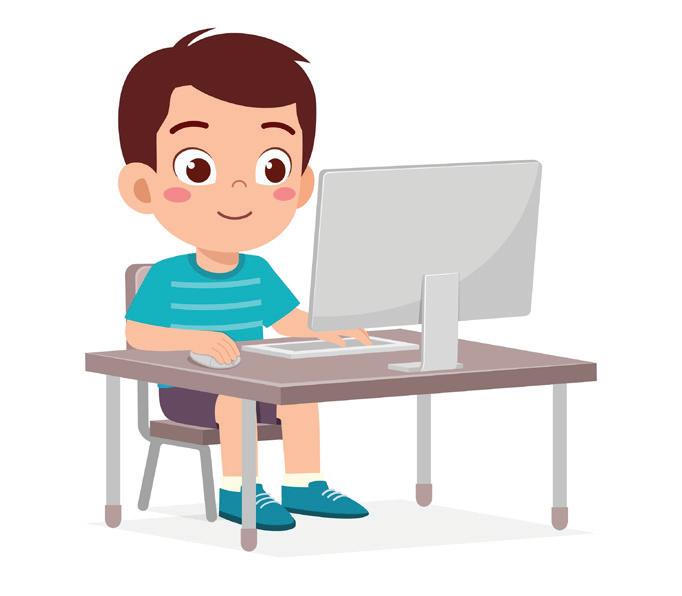
Objectives
• Observation • Language development


Circle the things you see in your classroom.
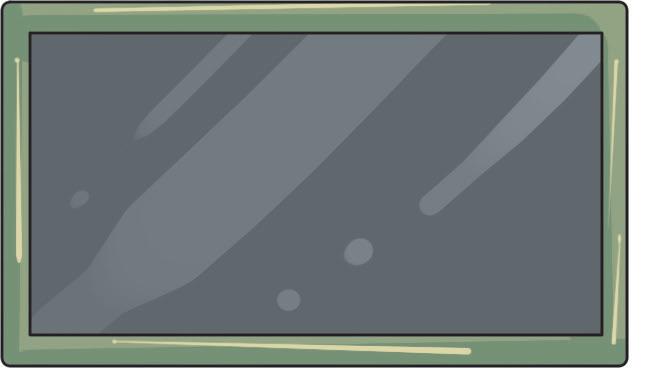
blackboard
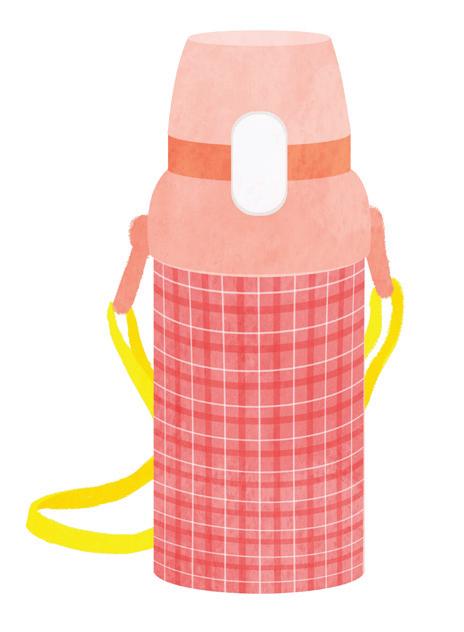
water bottle
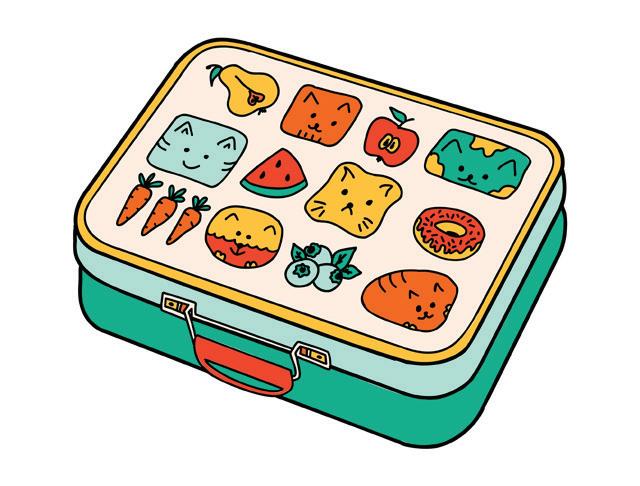
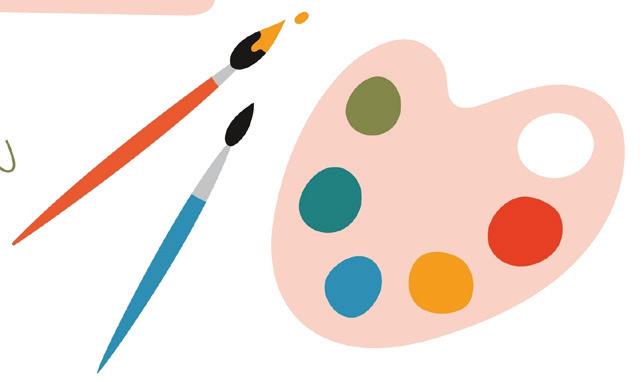
Objectives
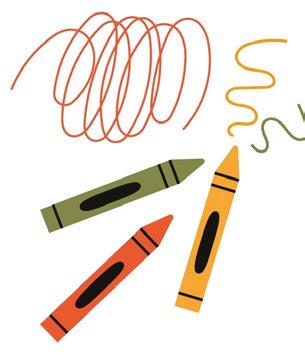
desk and chair
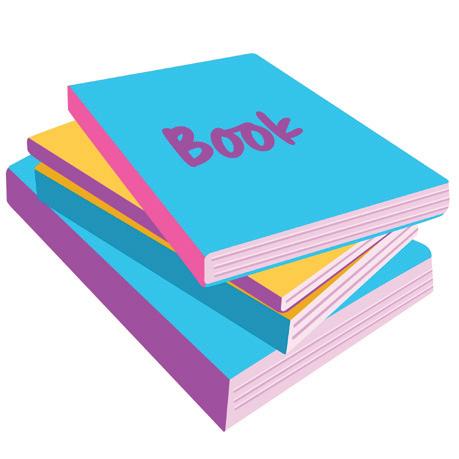
books
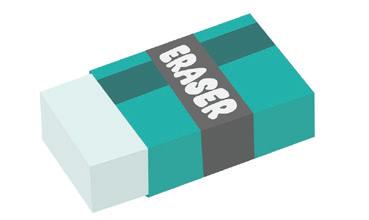
























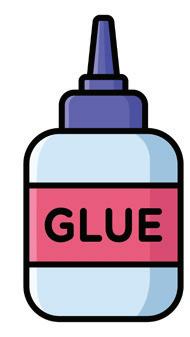
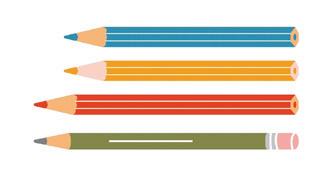
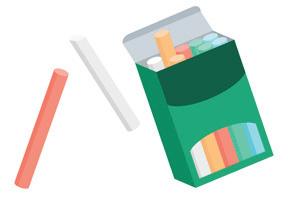
crayons
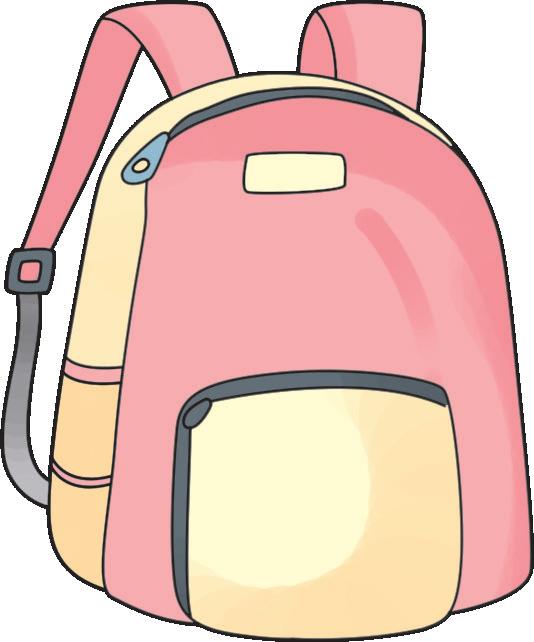
school bag

• Awareness of the immediate environment

































• Recognise and identify common objects


Put a tick () on good behavior and a cross () on bad behaviour.


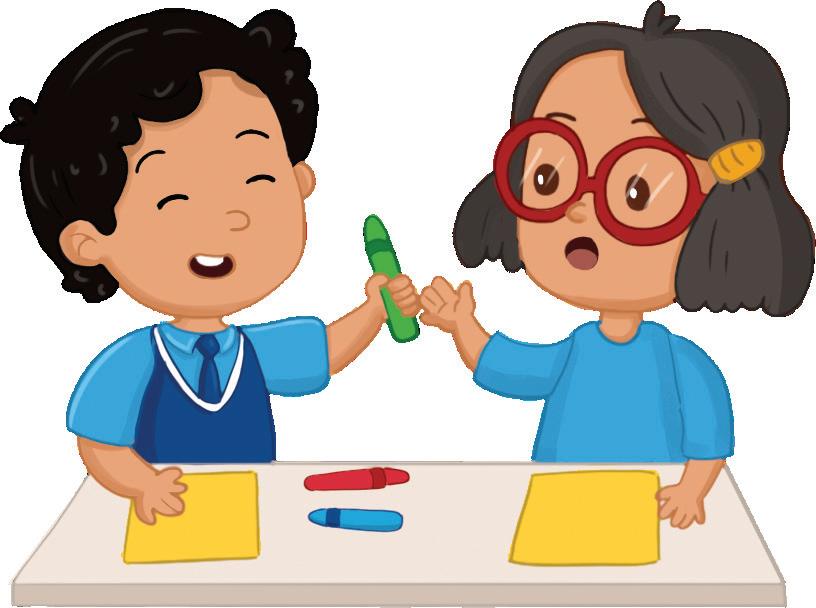

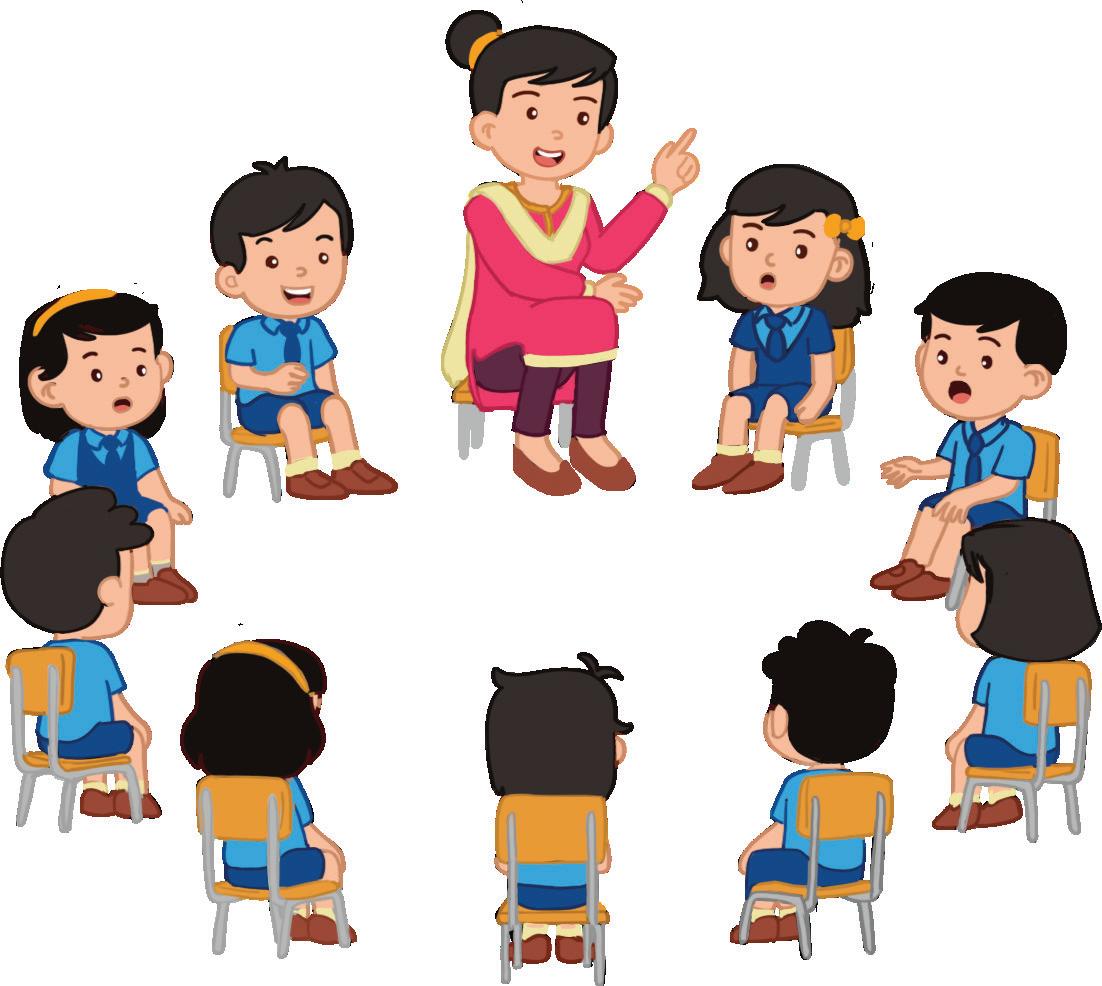
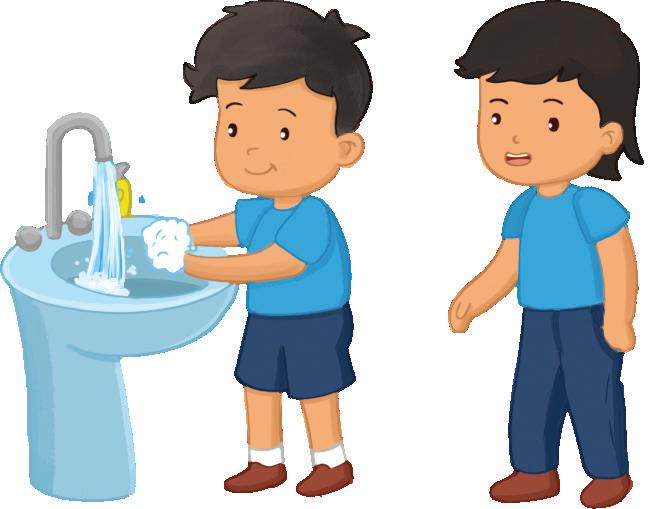
Objectives
• Understand good and bad behaviour


Use a blue crayon to colour the jacket.

Circle all the blue objects with a blue crayon.
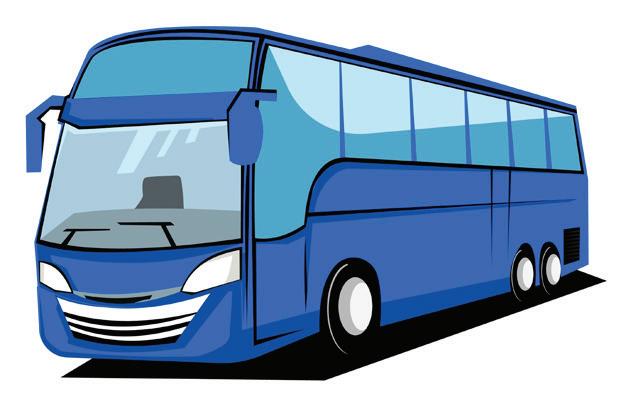
Objectives
• Colour recognition • Association
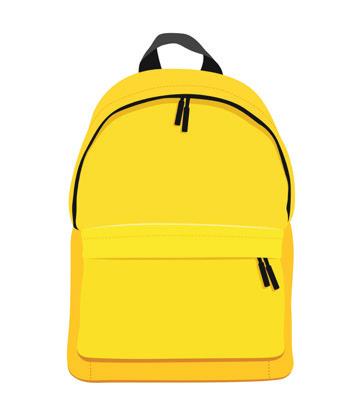
• Fine motor skills













Tick () the places that you have seen in your neighbourhood.
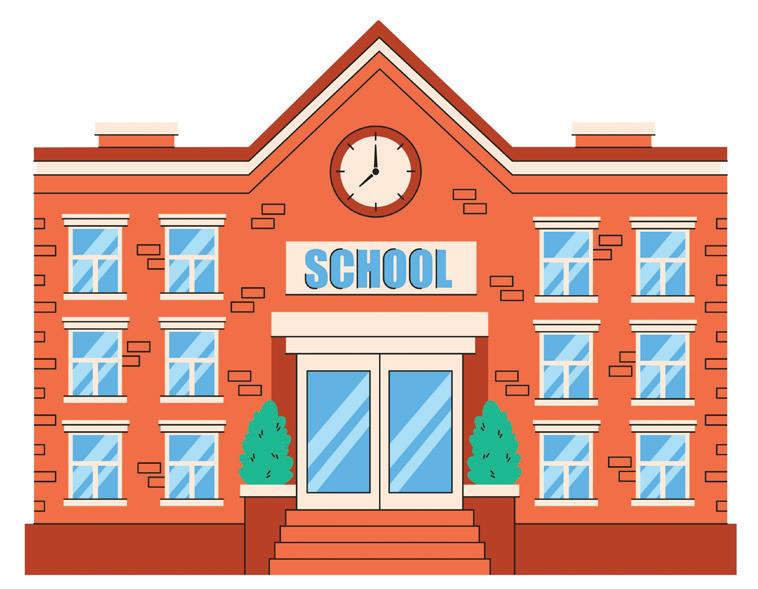



















































































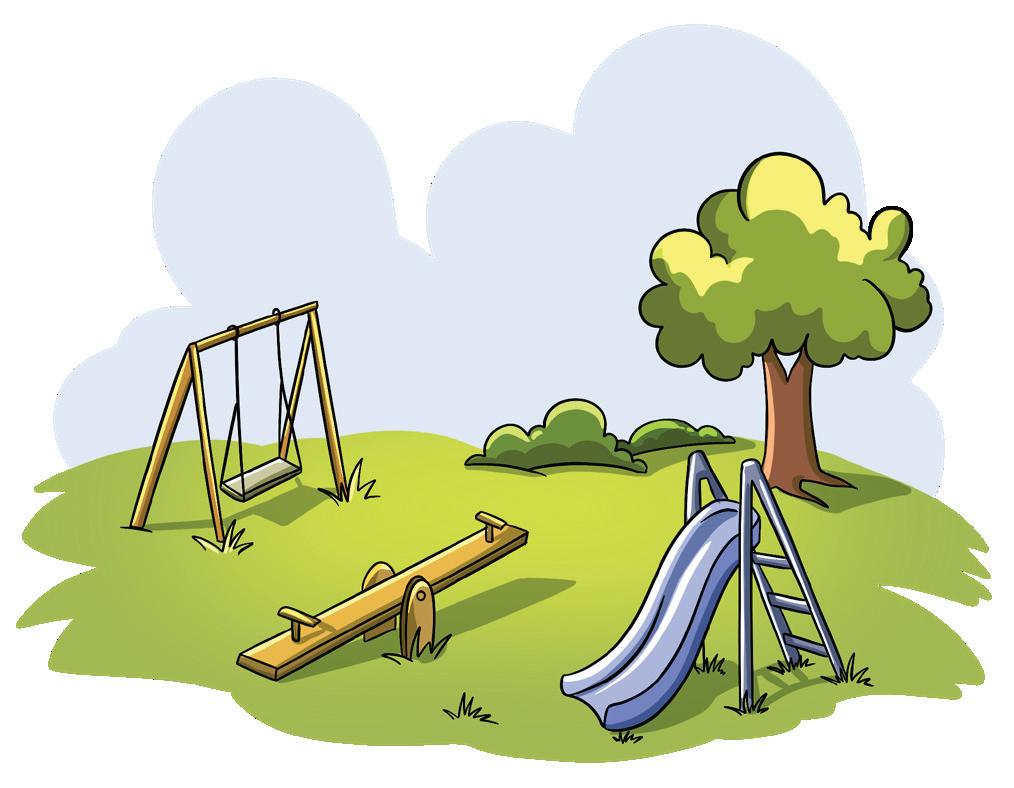


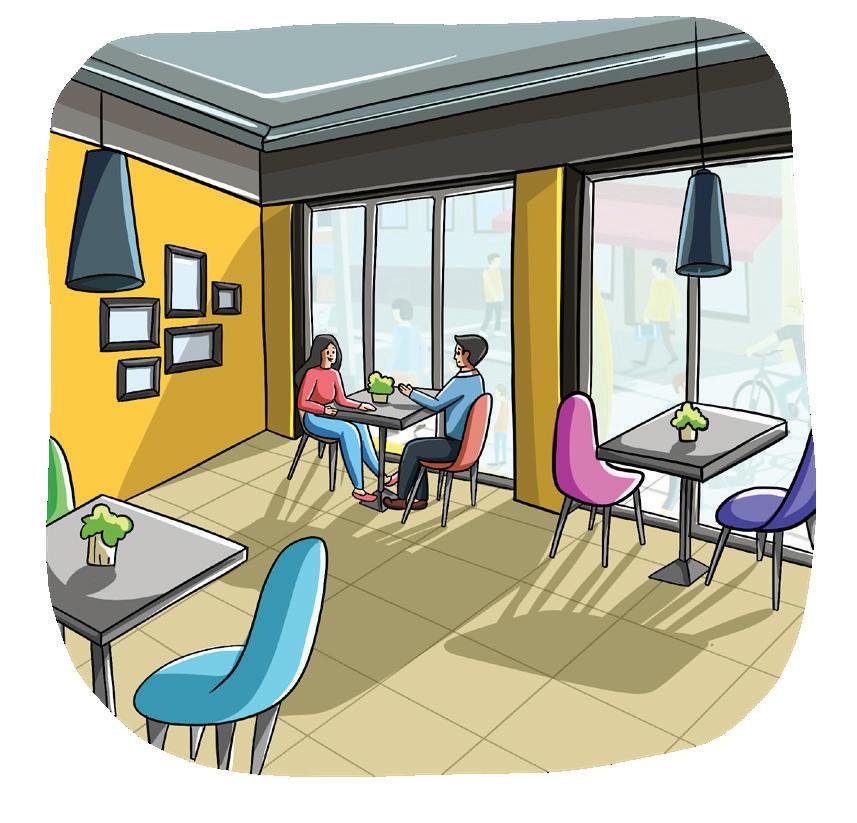
Objectives
• Vocabulary development • Observation • Community awareness


Circle the things you find in the places below.

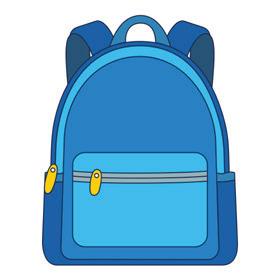
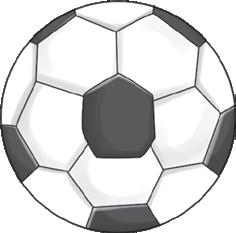
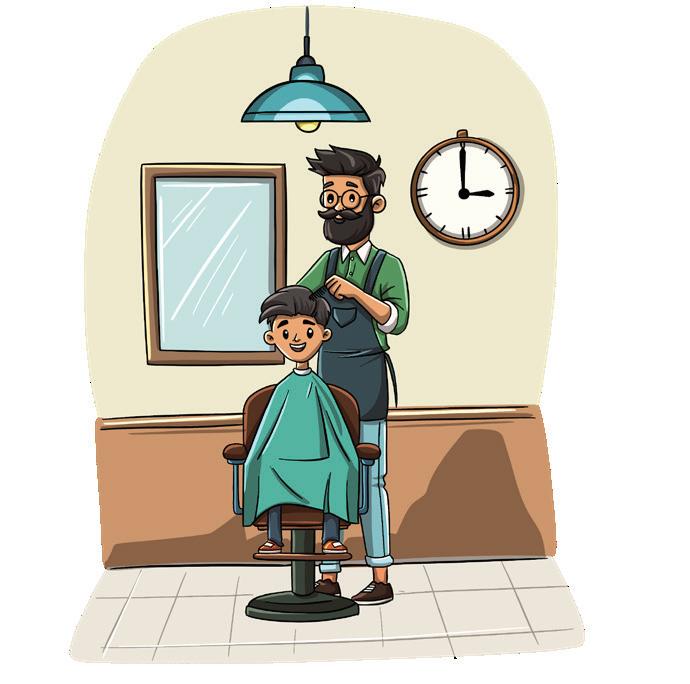

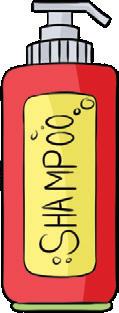
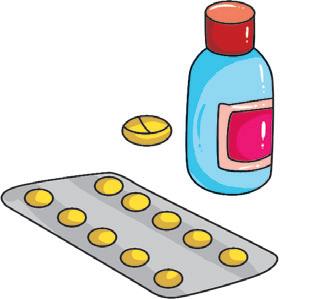









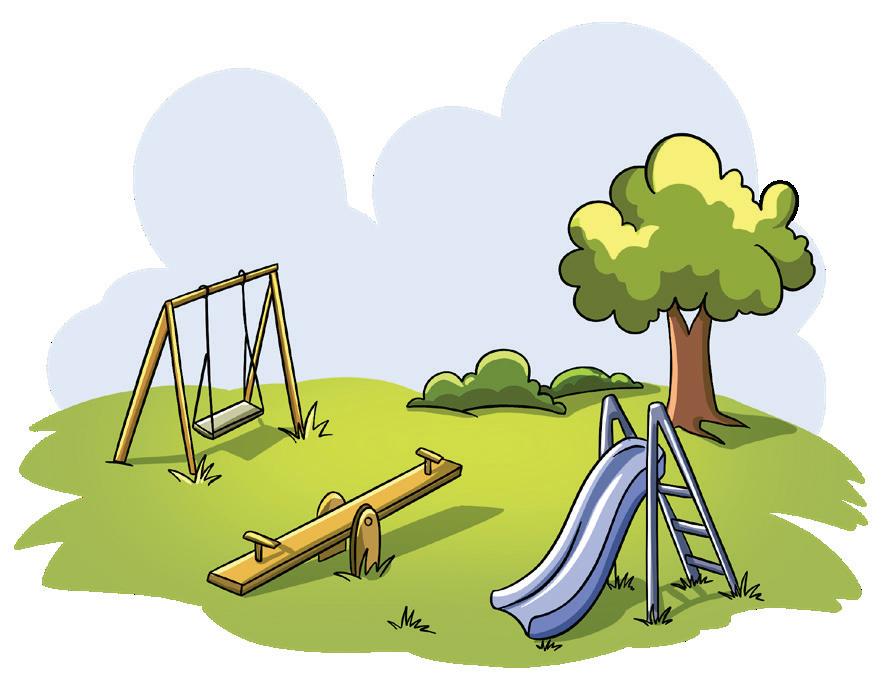
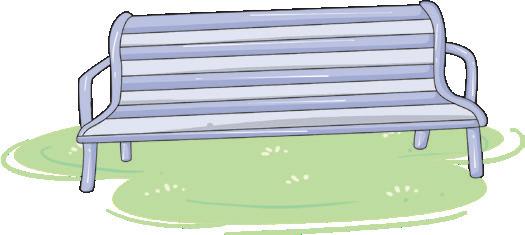
Objectives
• Visual discrimination • Matching • Association
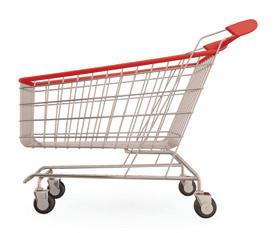






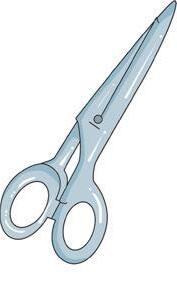



I meet many people at school.

The teacher helps us learn new things.
The sweeper keeps our school clean.
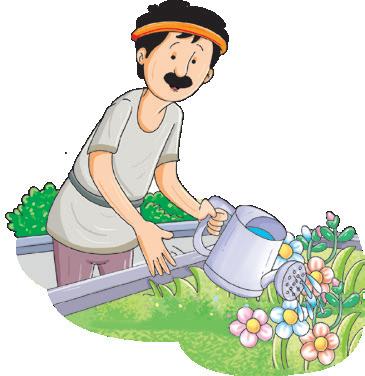
The gardener takes care of the plants.

The guard keeps our school safe.
Objectives
• Awareness of helpers and their roles at school

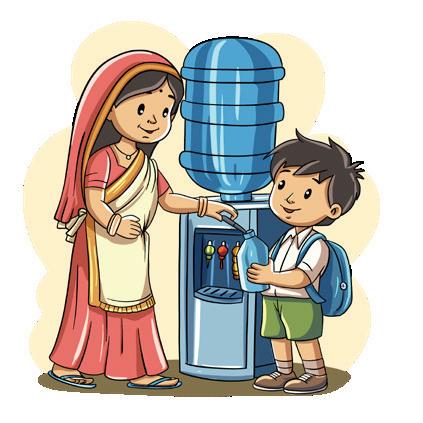
The school maid helps us.
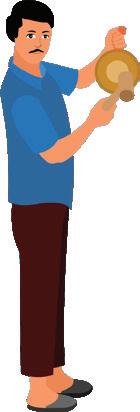
The peon rings the bell.
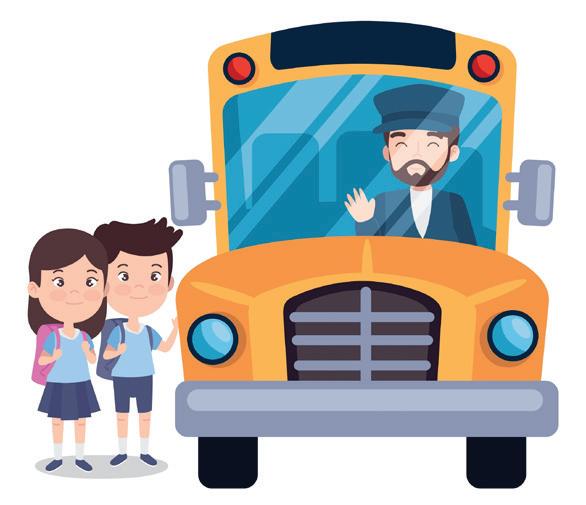
The bus driver drives us to school.

The bus conductor helps us get on and off the bus.



These are the people who help us.


A farmer grows crops.
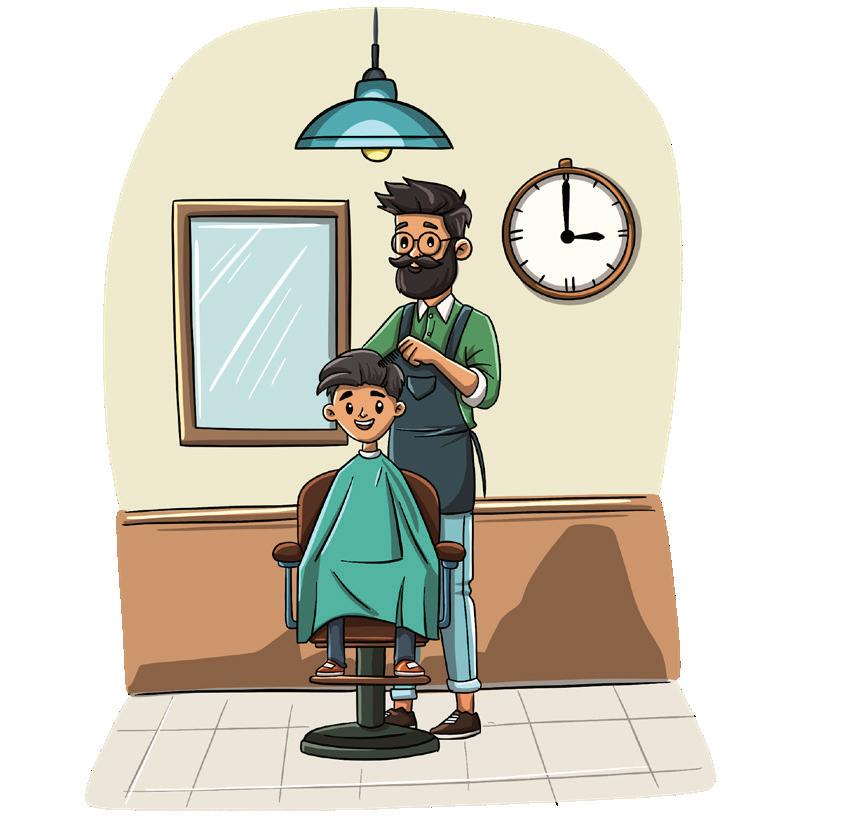
A barber cuts our hair.

























































































































































A plumber fixes taps and pipes.
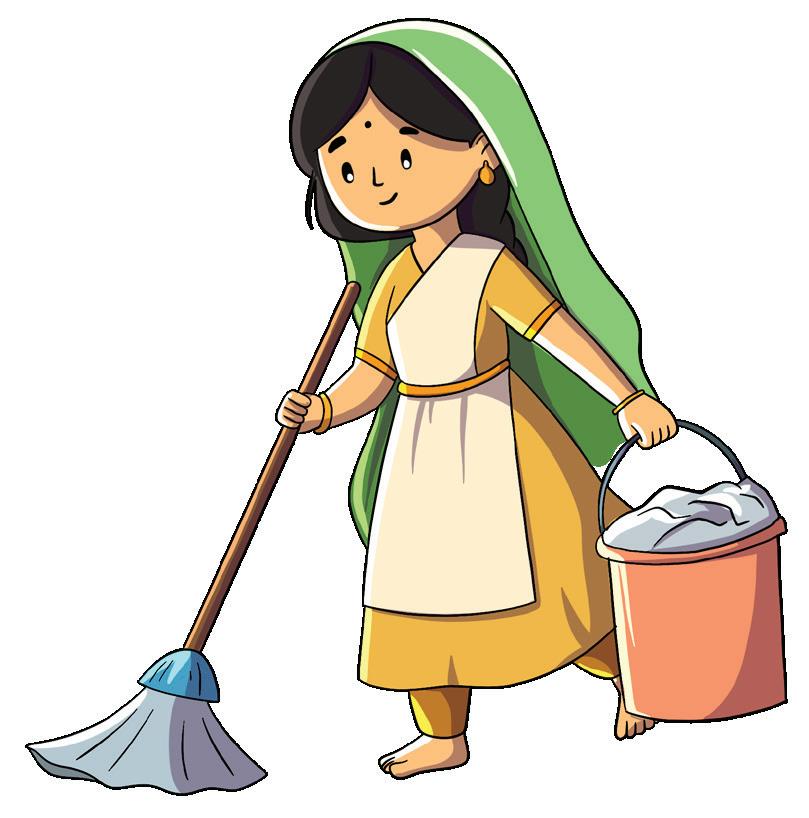
A maid keeps our homes clean.

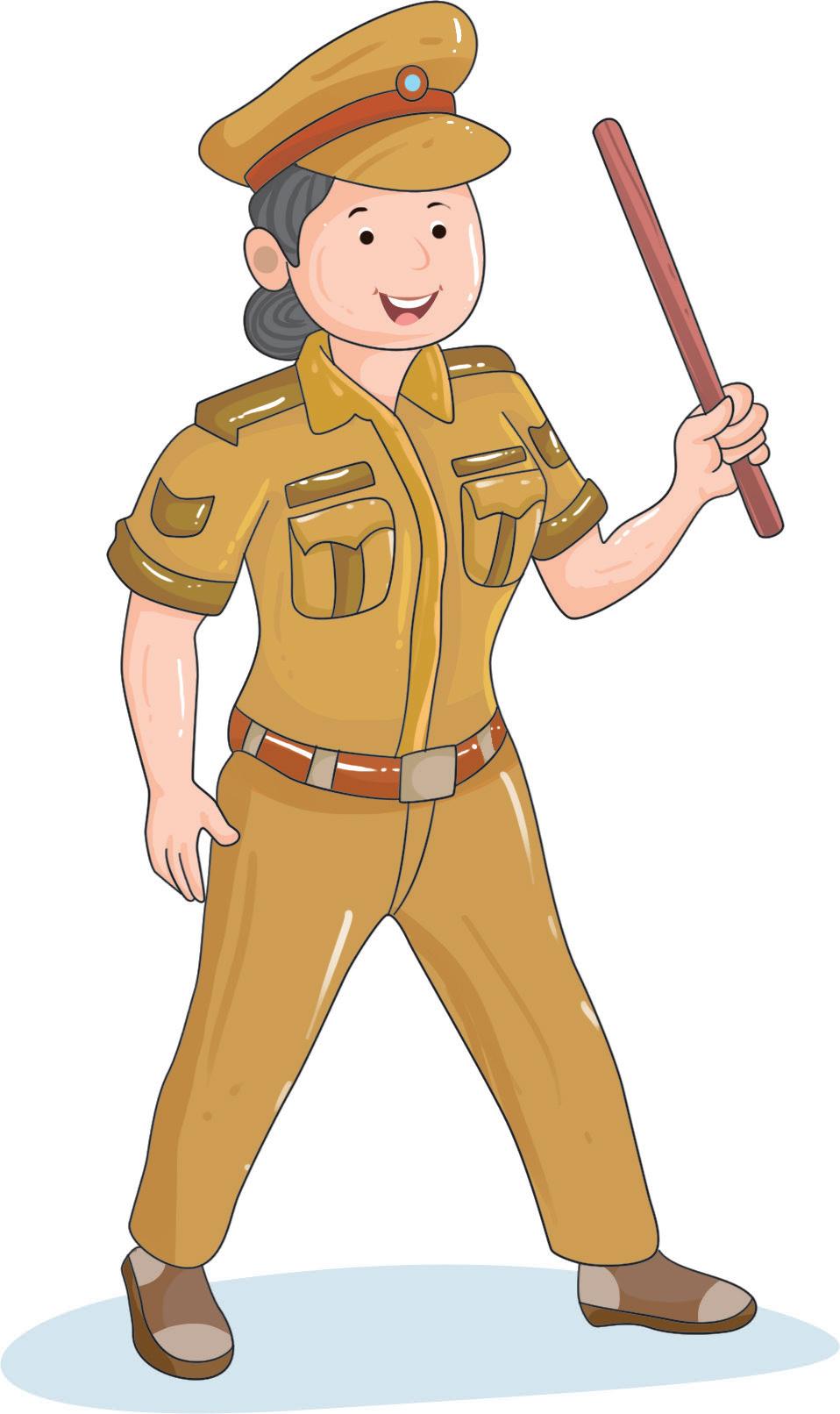
A police officer keeps us safe.
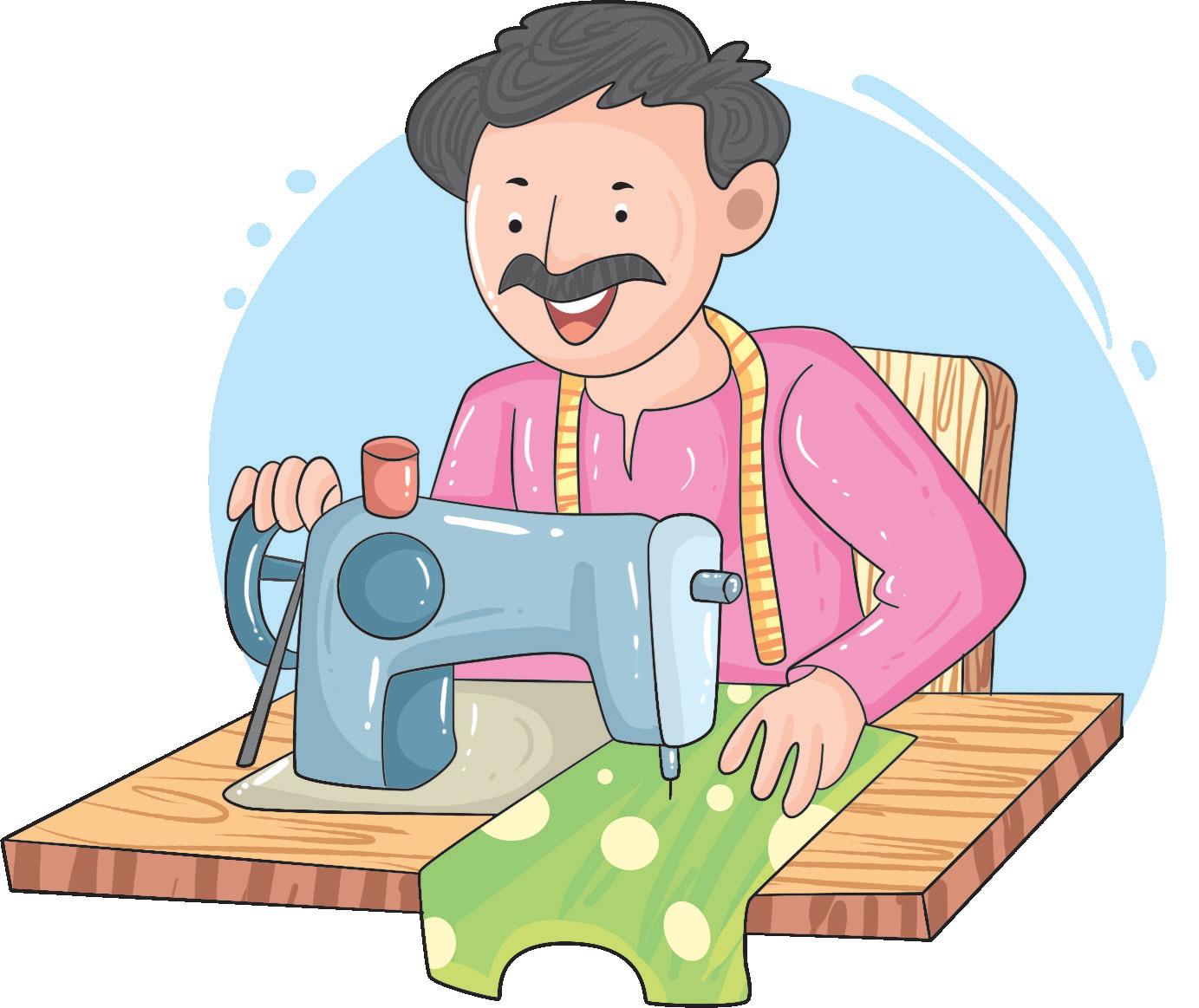
A tailor sews clothes.
Objectives
• Awareness of community helpers and their roles
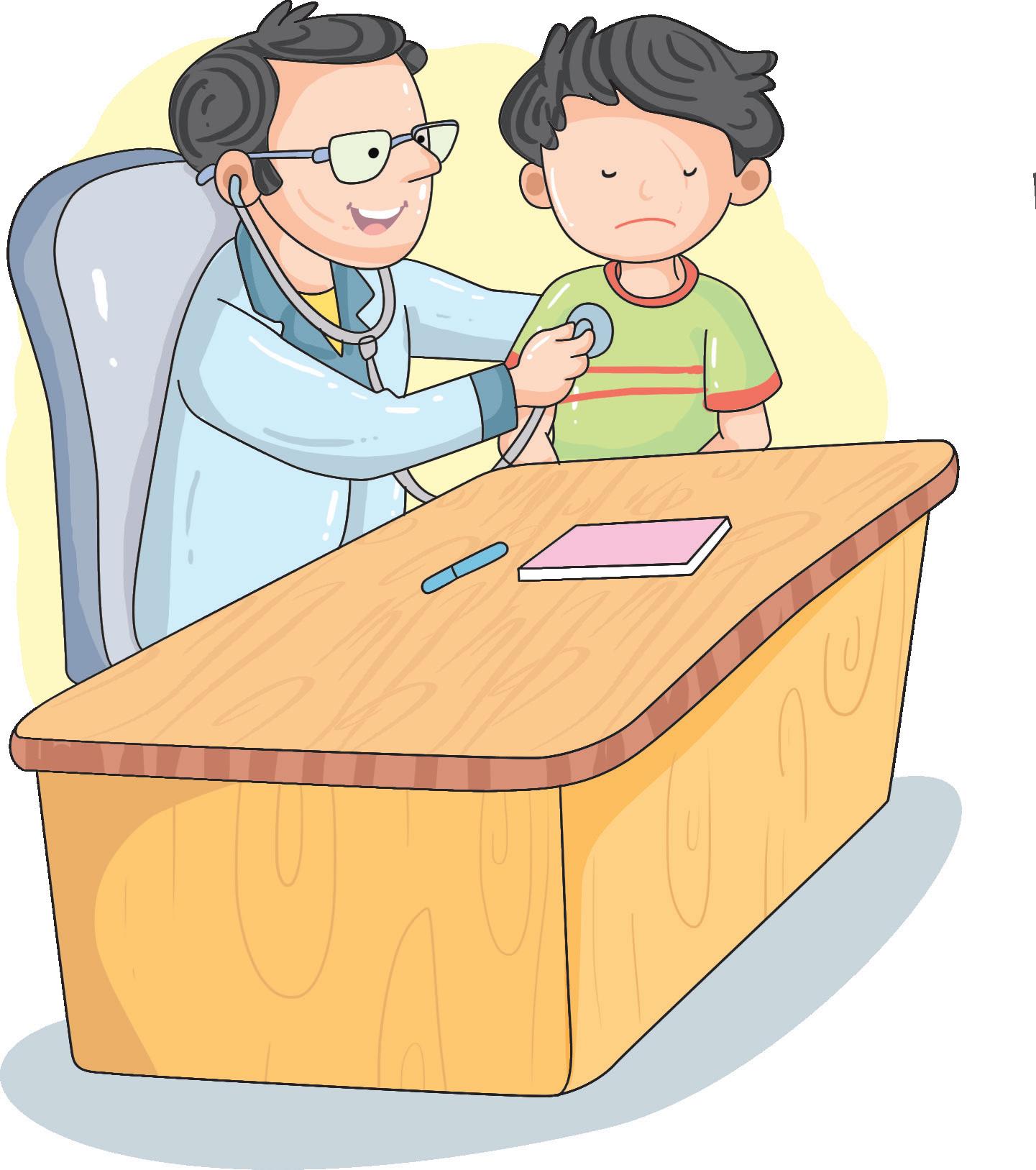
A doctor treats us when we are sick.

A cobbler repairs and makes shoes.


Match the helpers with the things they use.
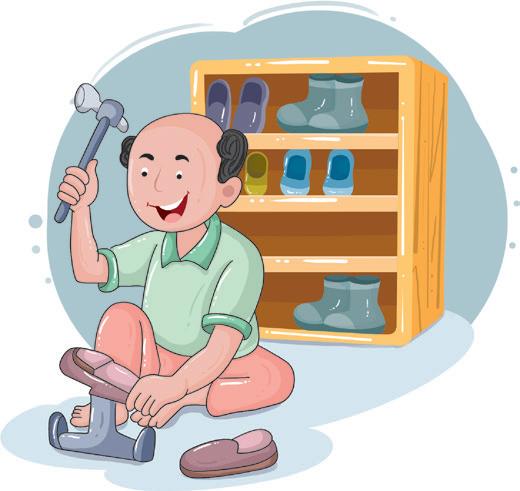


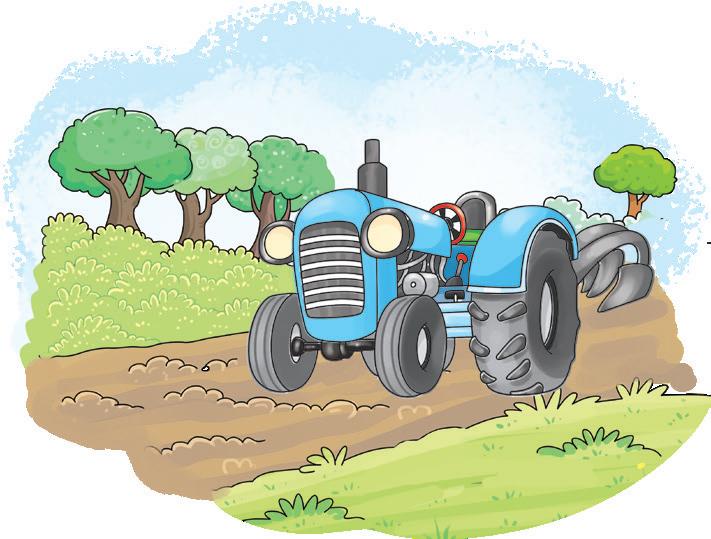

Objectives
• Visual discrimination
• Understanding of roles and responsibilities
• Association

Circle the things a tailor needs to sew our clothes.

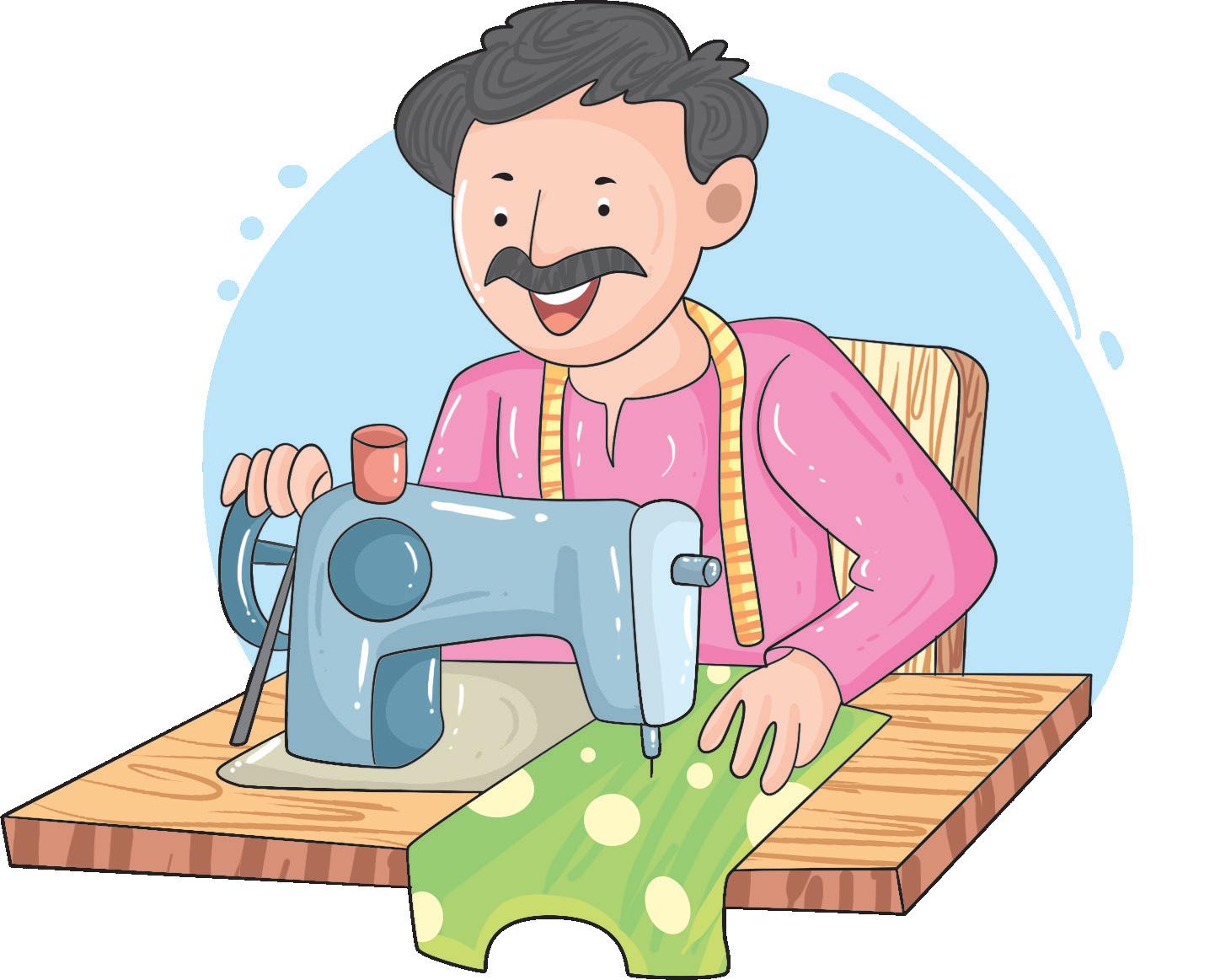
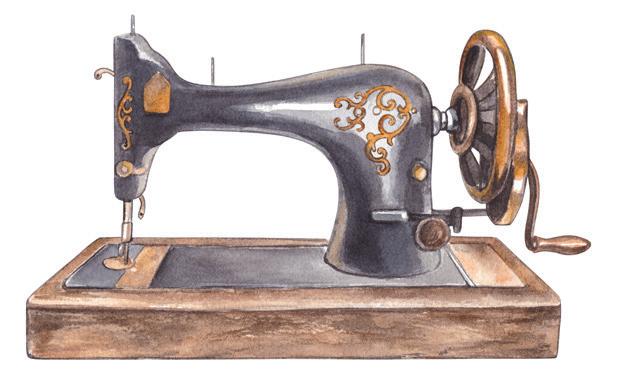

Circle the things a farmer needs to grow crops.
pic of a farmer plouging fields.

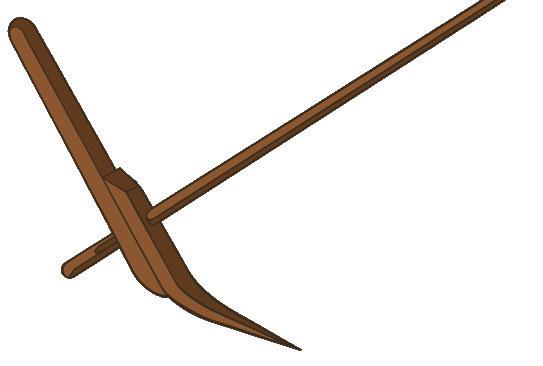
Objectives
• Awareness of community helpers and their roles


Circle the things a doctor uses to treat a patient.

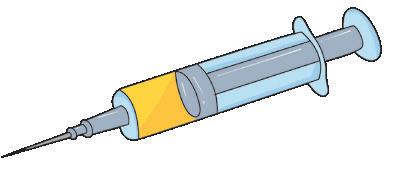

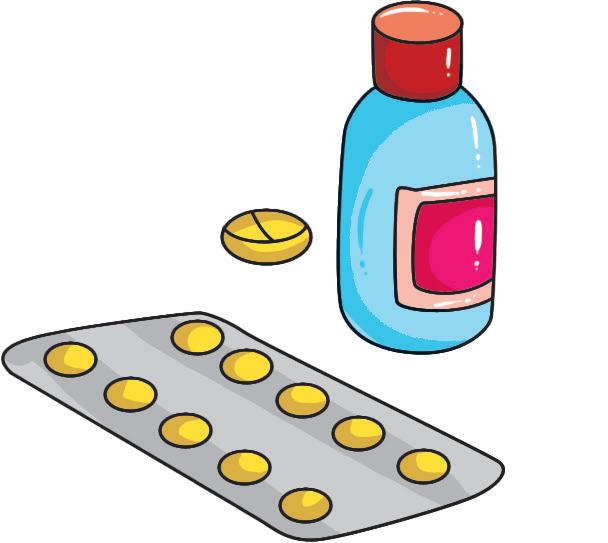


Circle the things a teacher uses in a classroom.

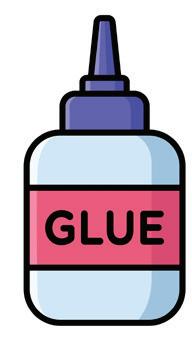




Objectives
• Awareness of community helpers and their roles


Use a green crayon to colour the capsicum.

Tick () the things that are green with a green crayon.
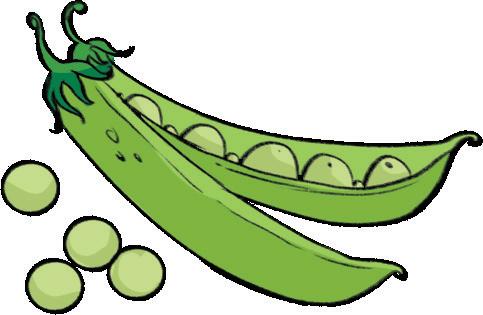
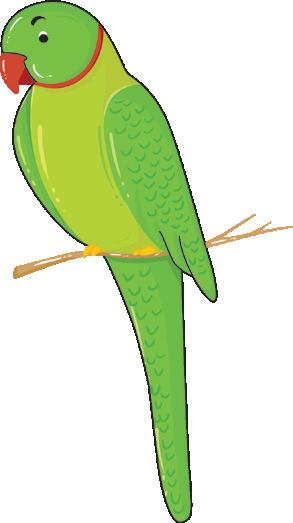
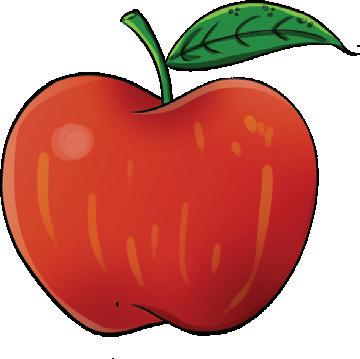
Objectives
• Colour recognition • Association • Fine motor skills

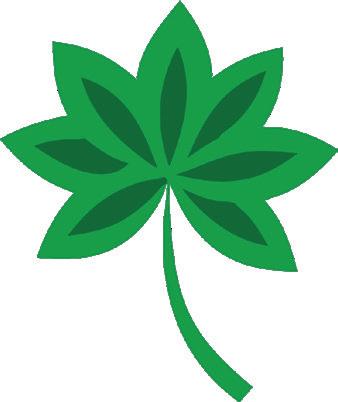

Activity 1
Objective: To encourage creativity and collaboration among children by exploring the sounds of various animals and birds.
Instructions:
Prepare a box filled with shuffled chits containing the names of various animals and birds, ensuring there are at least three chits for each type, such as lion, sparrow, and monkey, so that the total number matches the number of students in the class.
Instruct each child to draw a chit from the box. Help them read the name of the animal or bird they have selected.
Once everyone has identified their animal or bird, guide the children to form groups based on their selections, gathering those with the same animal or bird.
After the groups are formed, teach each group how to imitate the sound of their respective animal or bird.
Take turns calling out the name of each animal or bird, prompting the groups to make the corresponding sounds together in a fun and energetic way.
Activity 2
Objective: To explore and appreciate the natural beauty of plants through hands-on printing and observation.
Instructions:
Ask each child to bring a leaf and a flower from a flowering plant to class. Emphasise that the leaf and flower should come from the same plant.
Provide each child with one A4 sheet of paper.
Assist the children in creating prints of the flower and leaf on the A4 sheet. Use paint to make the process easier and more vibrant. Write the name of the flower on the sheet below the prints.
Once the printing is completed, set the paper aside to let the prints dry.
While the prints are drying, engage the children in a discussion about the flowers they collected from their homes or gardens. Encourage them to share interesting facts or observations they have about the flowers in their locality.
Once the prints are dry, have the children exchange their printed sheets with their friends. Ask them to observe and compare the shape and size of the different flowers and leaves.
Activity 3
Objective: To encourage critical thinking, problem-solving, and creativity among children about birds, animals and insects.
Instructions:
Prepare a list of hints describing familiar animals, insects, and birds, such as:
• I buzz around (bee)
• I am the king of the jungle (lion)
• I am a green-coloured bird (parrot)
• I make a buzzing sound (fly)
• You hear me bark and keep me as a pet at home (dog)
Share each hint, giving children time to think and respond.
Appreciate correct answers with praise, stickers, or stars.


Look at the pictures of the animals. Say their names.






























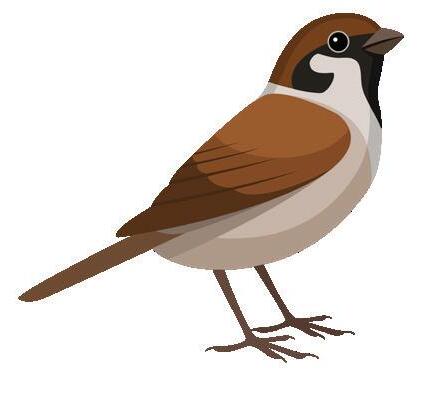







































































cat goat squirrel horse sheep
















































































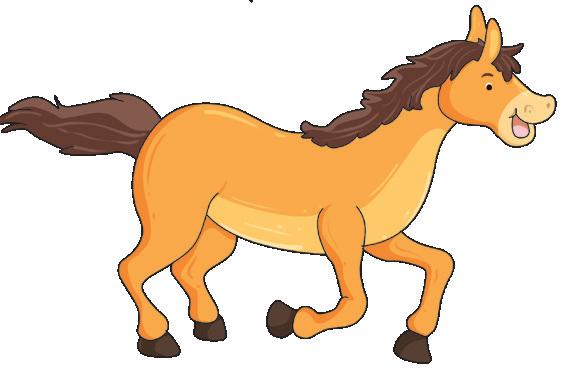
Trace the names of these animals.

cat ant ant ant
dog cow cow cow dog dog cat cat
Objectives
• Identify animals around us • Fine motor skills


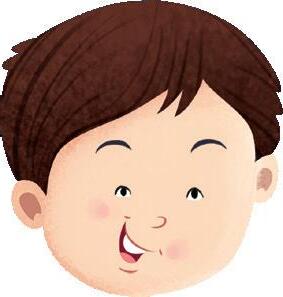

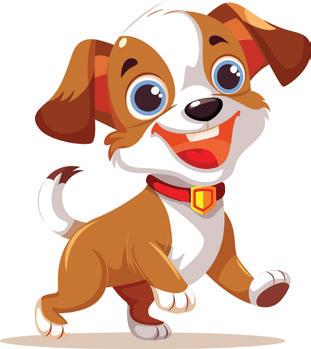

I have a dog at home. His name is Milo. I play with Milo and take care of him. Help Milo find his way to the food bowl.

Some of my friends have these animals as pets.
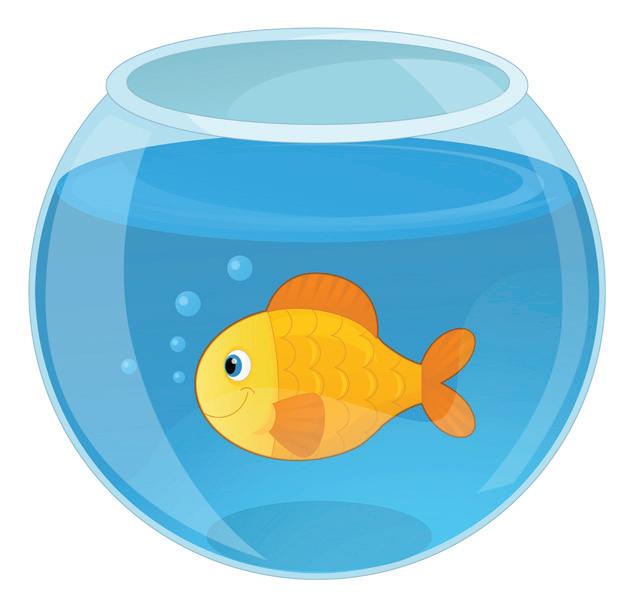
Objectives
• Problem solving • Identify pet animals • Fine motor skills


Today, I saw a lizard on the wall. I asked papa if it was our pet animal. He told me that some animals we see at home are not our pets. They just enter our home and start living in it.
Circle the animals you see inside your house.

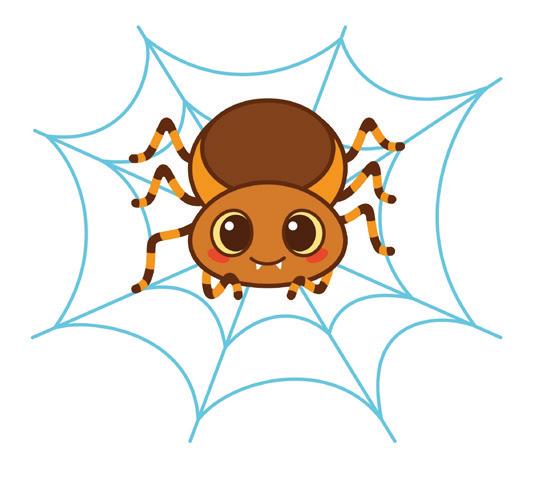
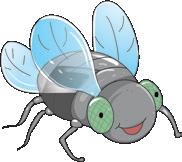
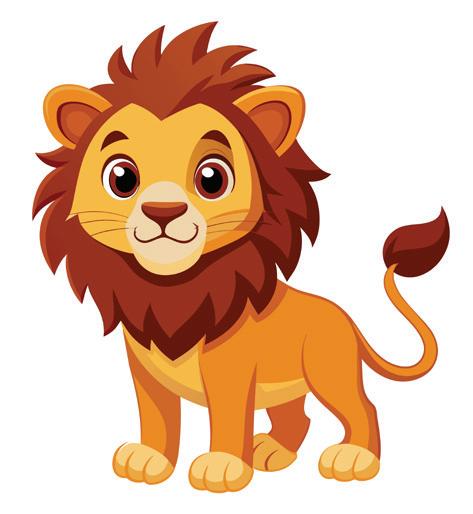

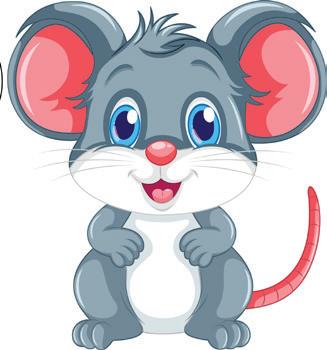
Trace the names of these animals.
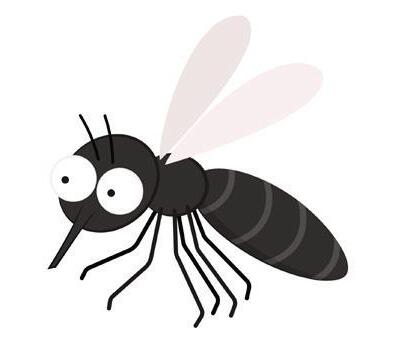
Objectives



Farm animals live around us or on farms. Let us look at some of them.

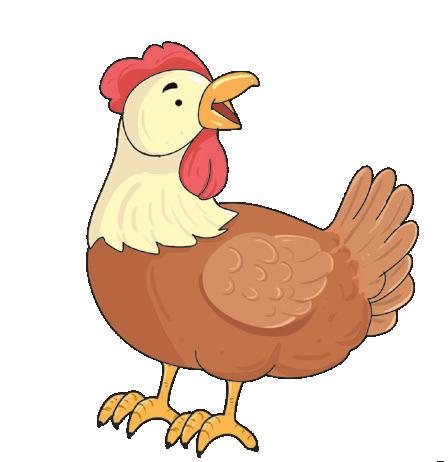






































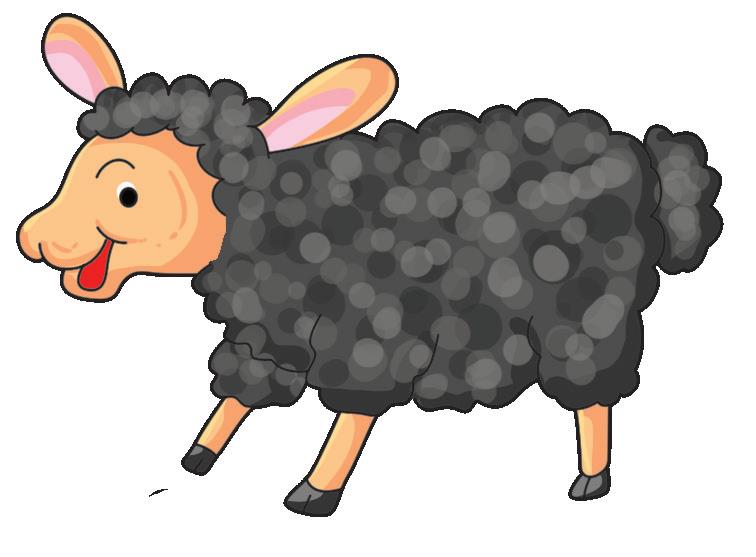
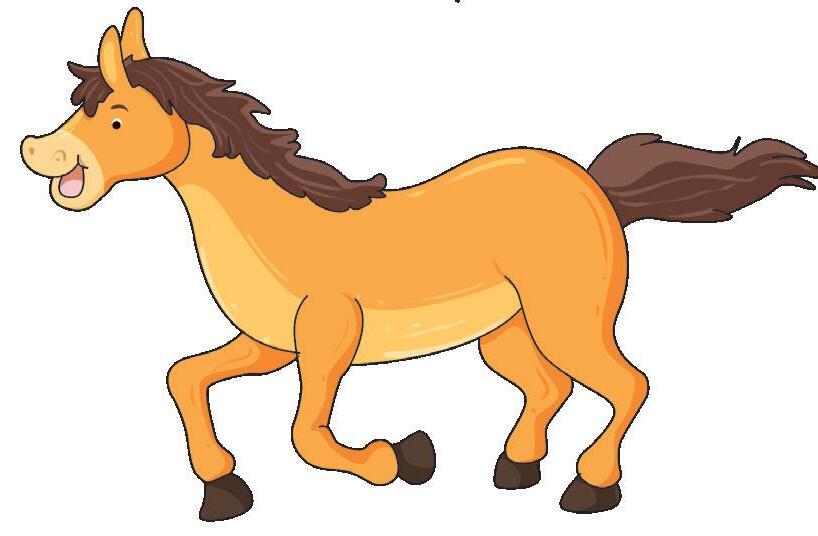
Objectives
• Identify farm animals


Circle the big animal in each row.
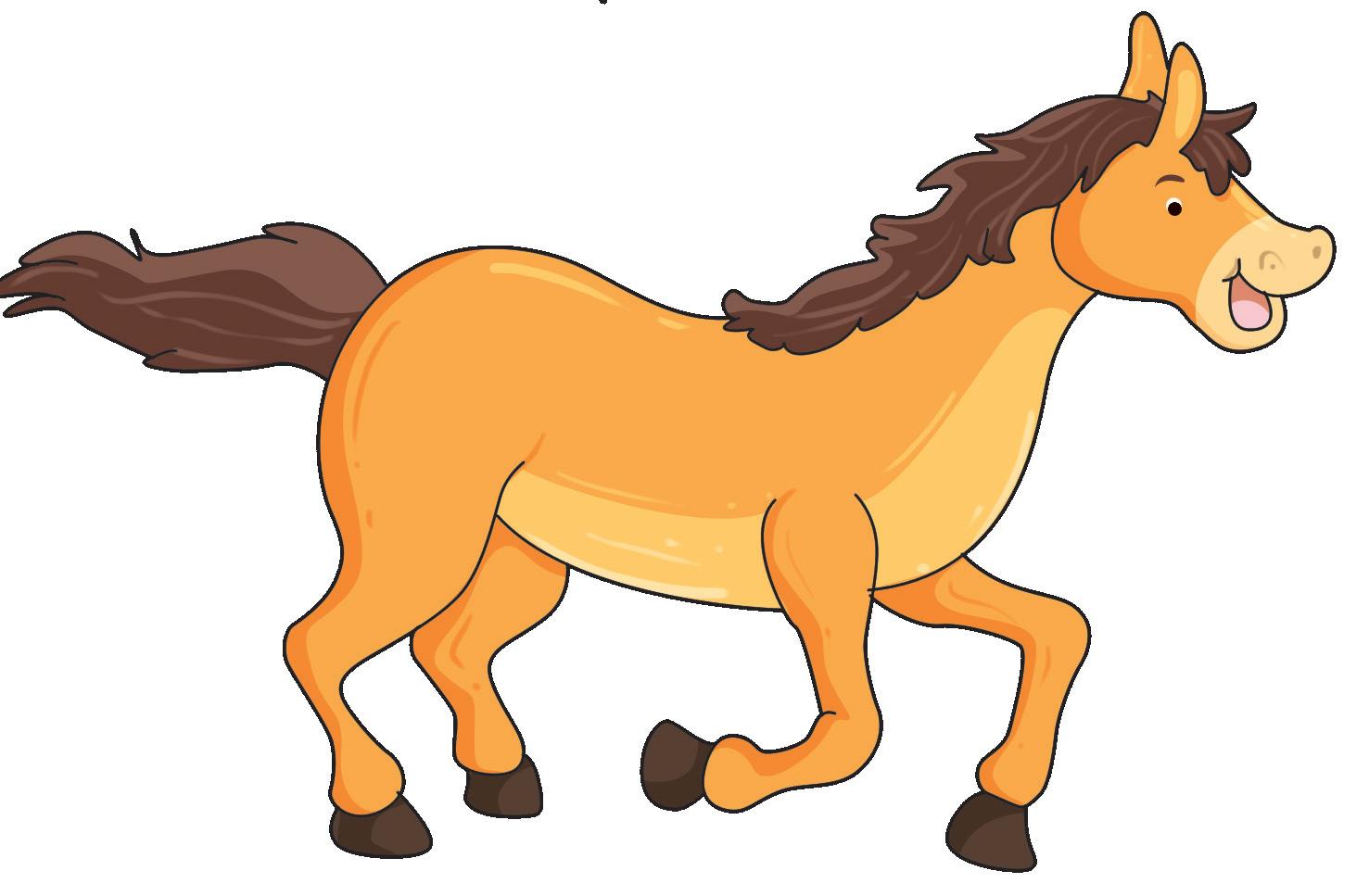

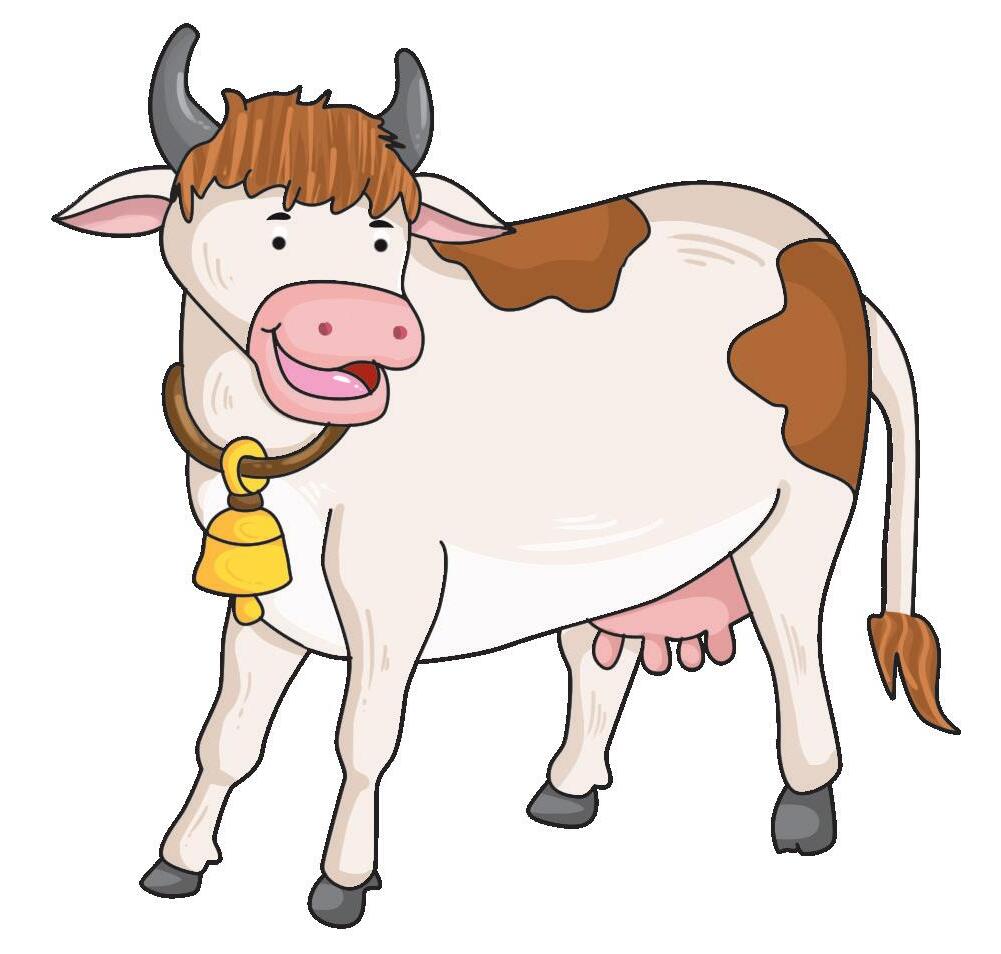

Objectives
• Visual discrimination
• Size comparison
• Identify farm animals



Wild animals live in jungles. Point at each animal below and say its name.

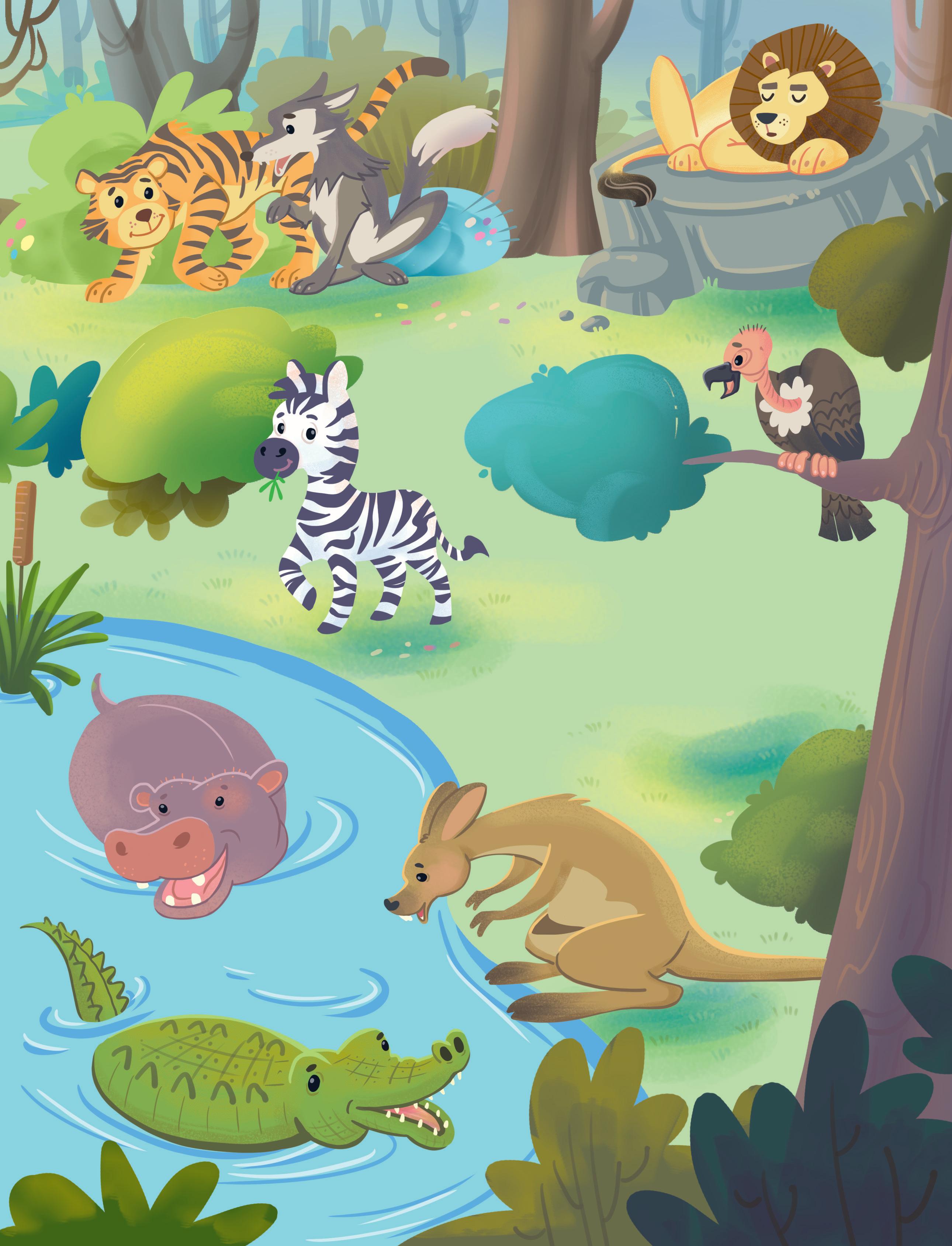
Objectives
• Identify wild animals • Observation

Circle the wild animals.
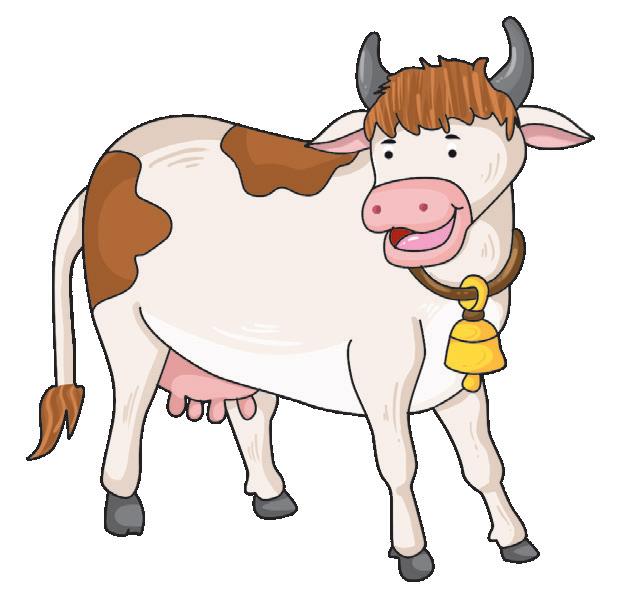

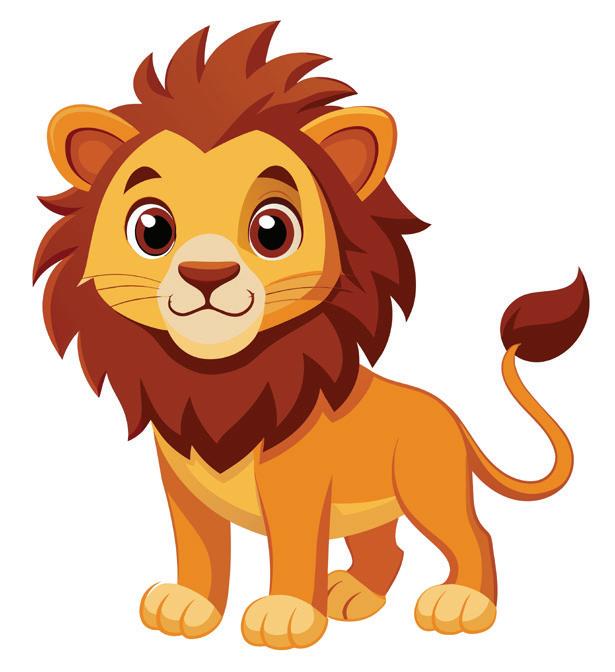


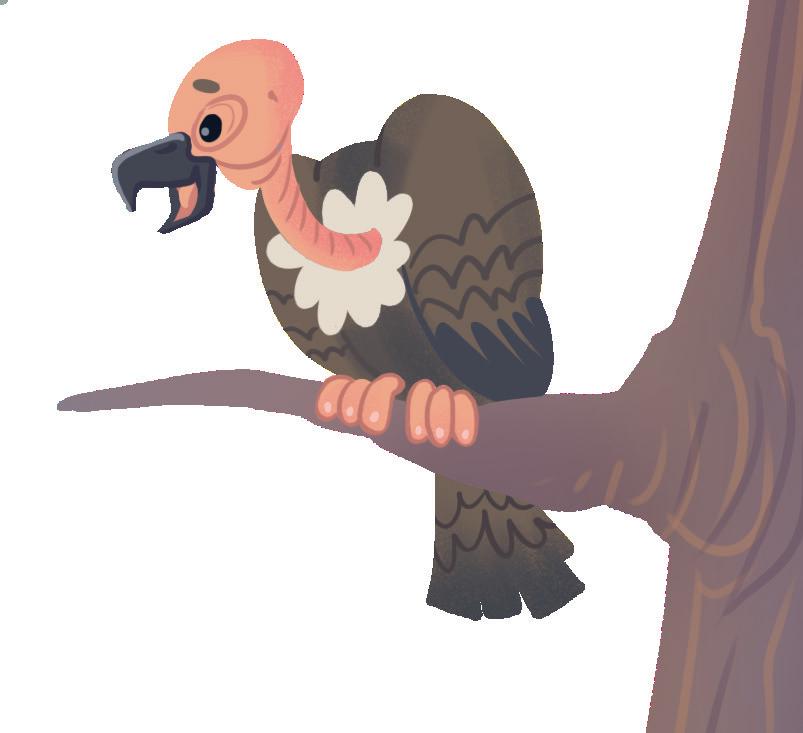
Objectives
• Identify wild animals
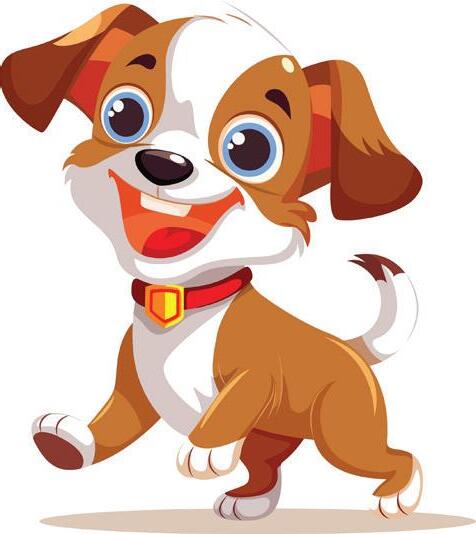

Colour the heavy animal in each row.



Objectives
• Identify heavy and light
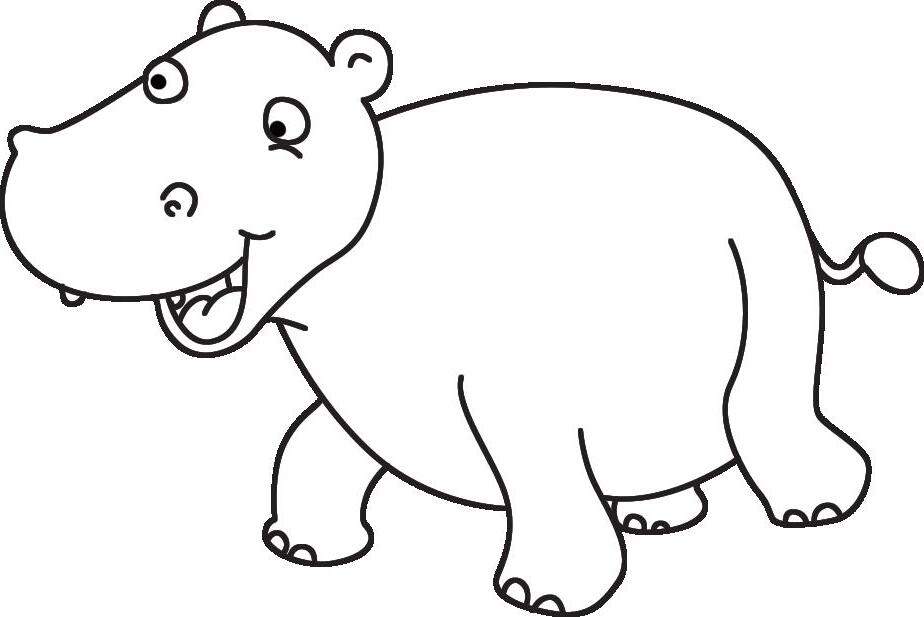
• Identify wild animals



These animals live in water. Colour them to complete the picture.

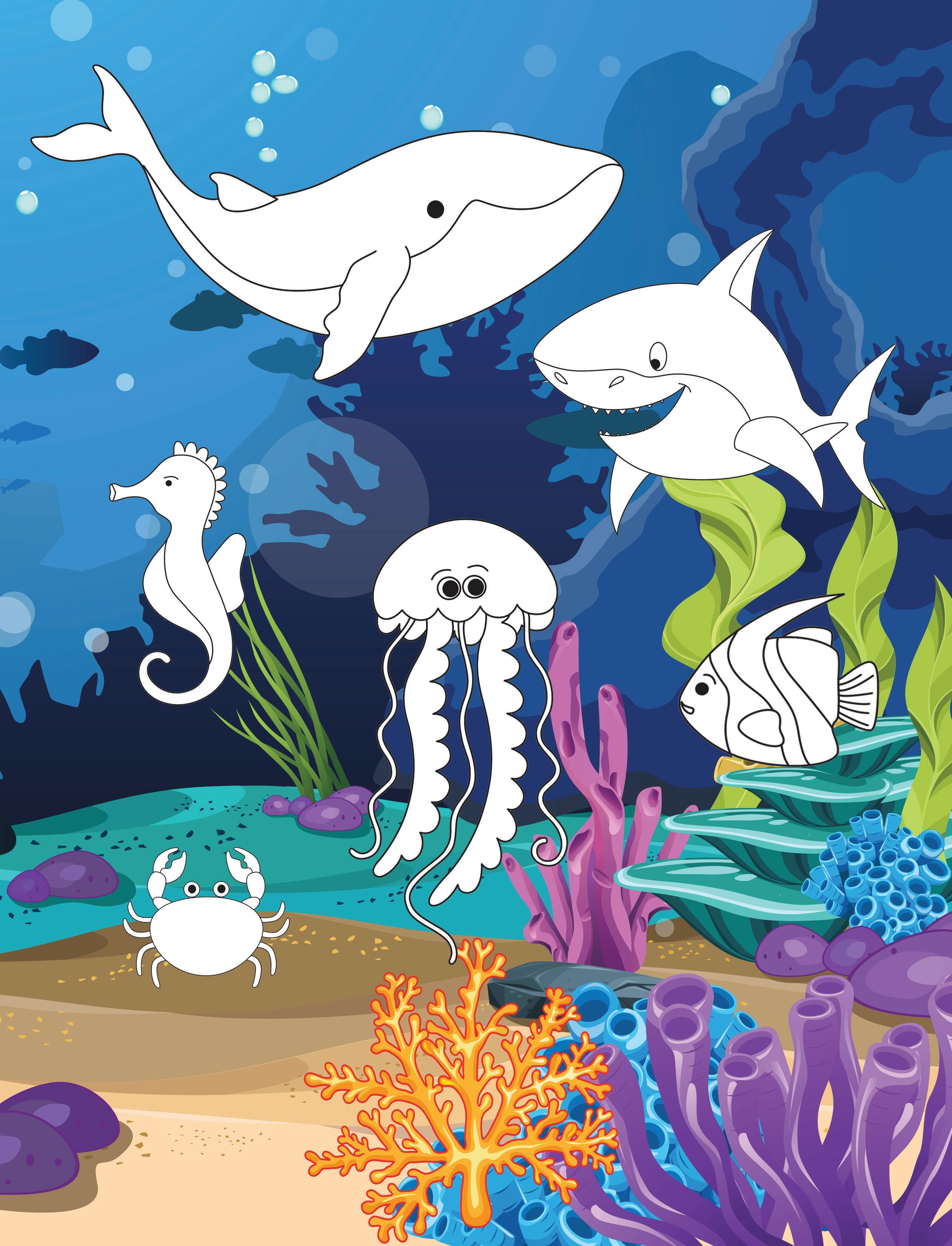
Objectives
• Objectives • Identify animals that live in water • Fine motor skills

Stick the tails of these animals. (Use the sticker sheet.)
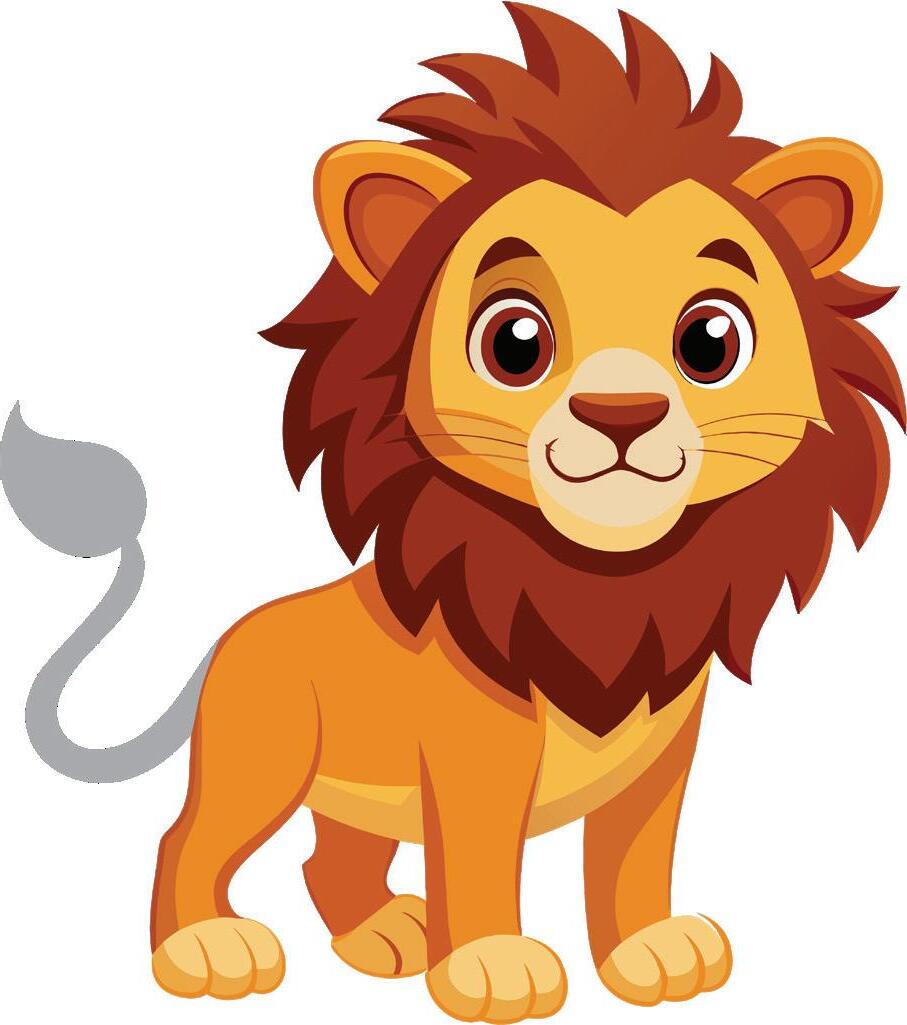
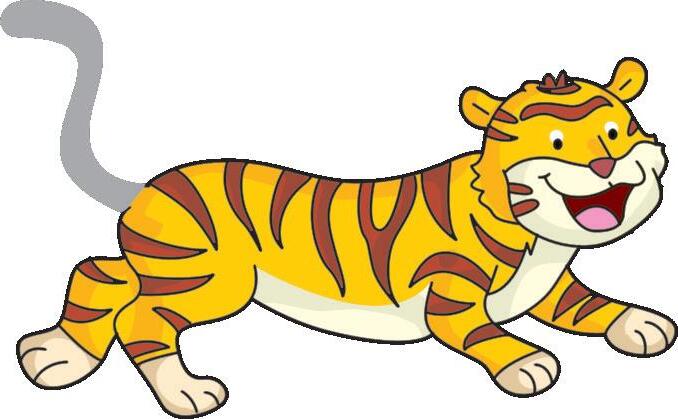

Objectives
• Identification
• Matching
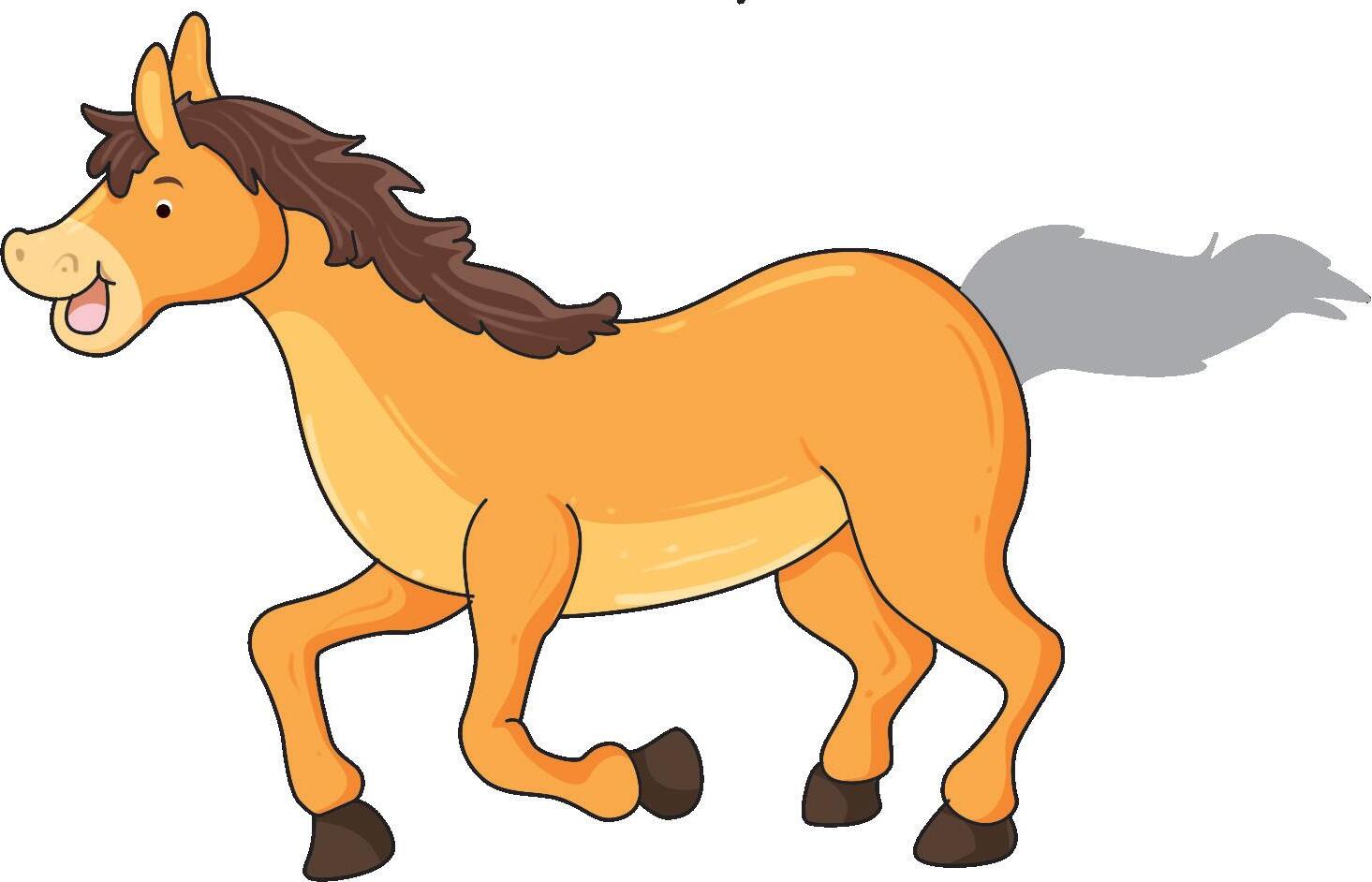
• Visual discrimination

Paste pictures of any two animals from each group. (Use the sticker sheet.)
Objectives
• Identification • Fine motor skills


Circle the birds that you have seen.

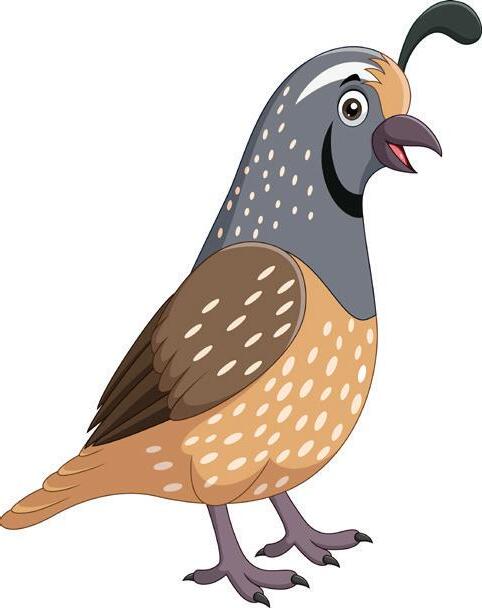

Objectives
• Identify common birds





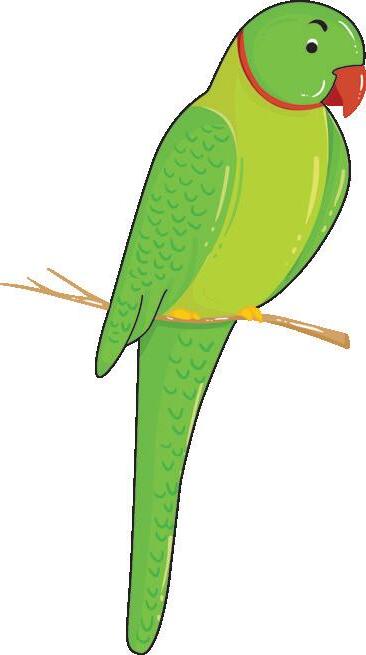

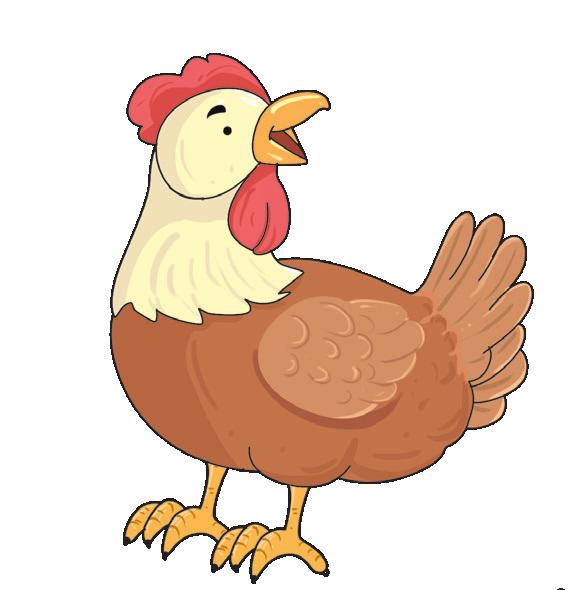


Circle the animal that comes next in each row.
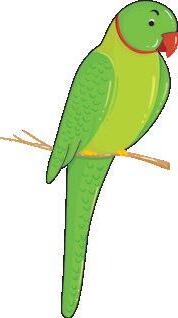



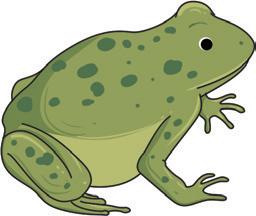







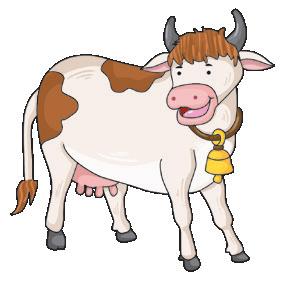



Objectives
• Pattern recognition • Identification • Observation

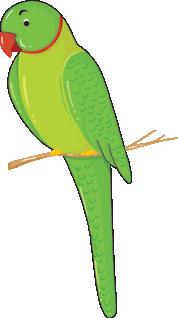





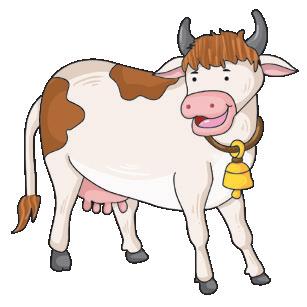




Let us look at the parts of a plant.

Objectives
• Identify parts of a plant

Match each part of a plant with its name.



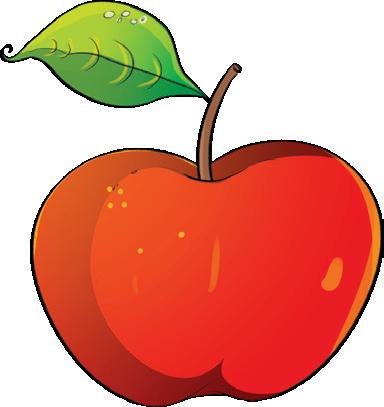
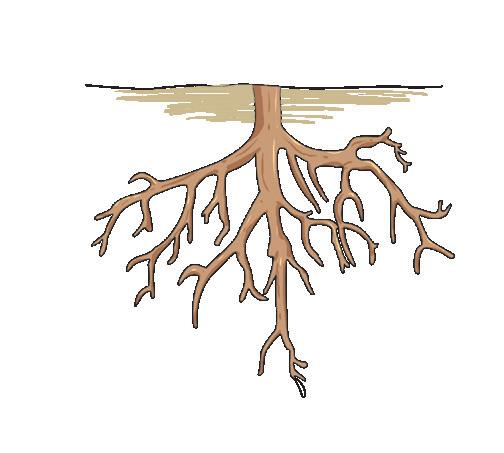
Objectives
• Identify parts of plant • Fine motor skills • Matching



Leaves come in many shapes, colours and sizes. Circle the leaf on the right that matches the one on the left.
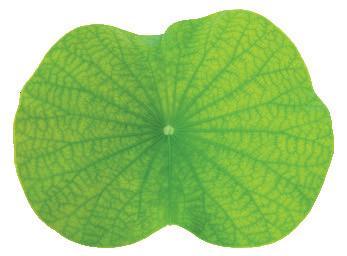

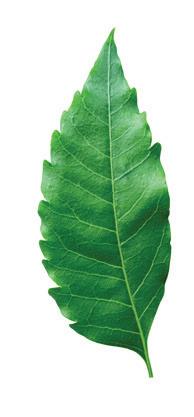

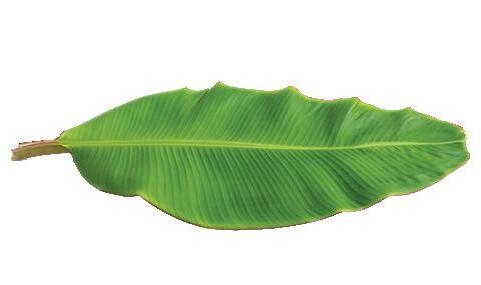
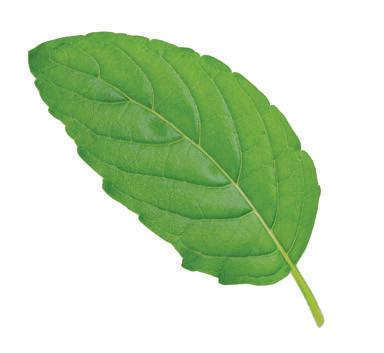

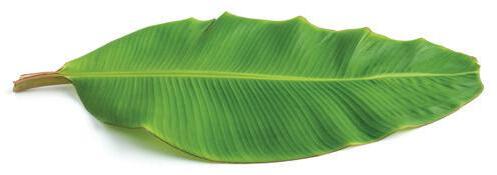
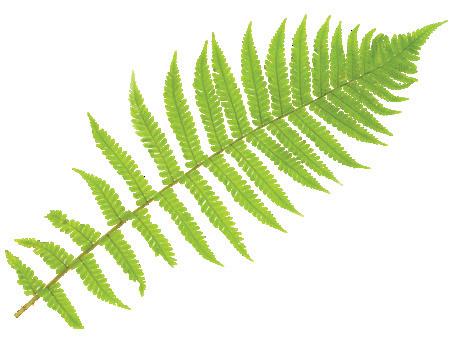

Objectives
• Visual discrimination

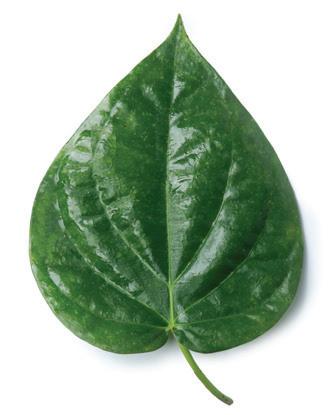
• Matching

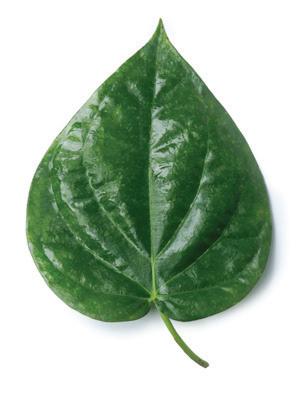
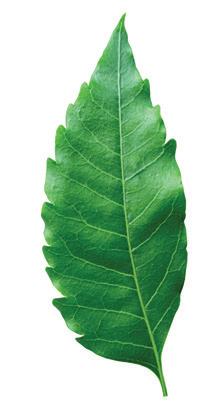
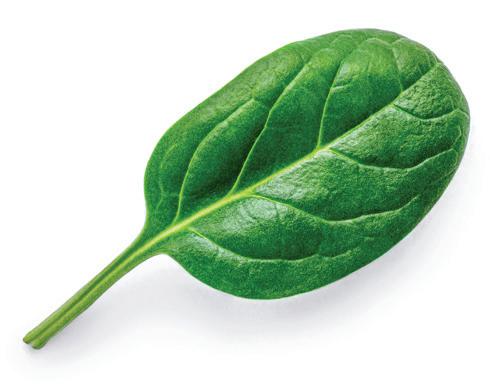


Say the names of these flowers. Circle the ones that you have seen.



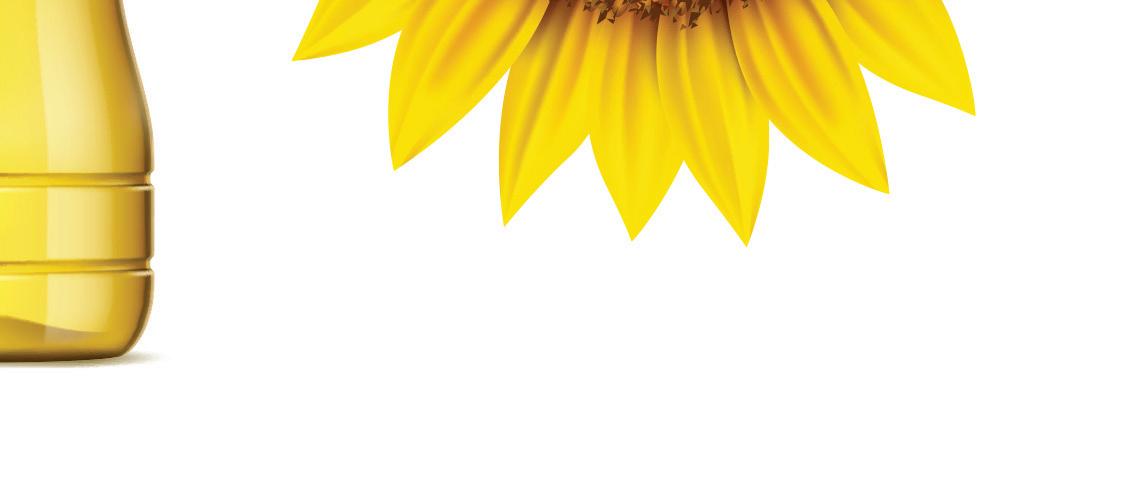
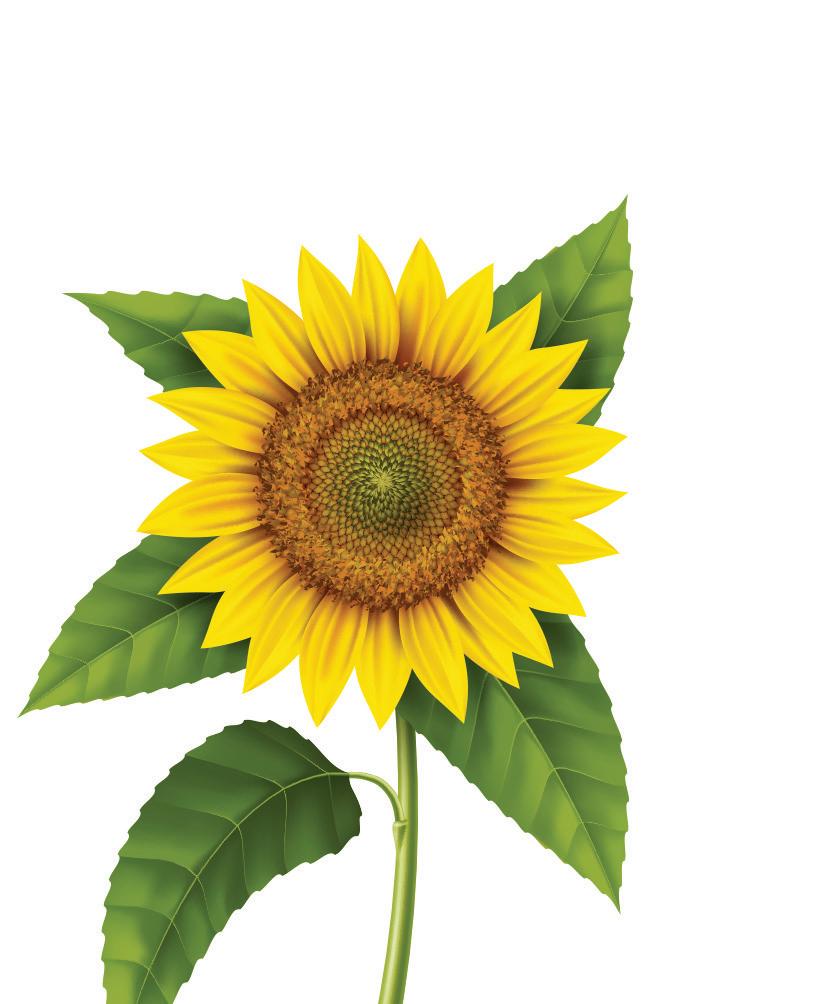

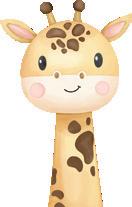
Talk about different types of flowers by their colour, size, smell and texture. Tell children not to pluck flowers.
Objectives
• Identify common flowers


Colour the lotus with a pink crayon and the brinjal with a purple crayon.
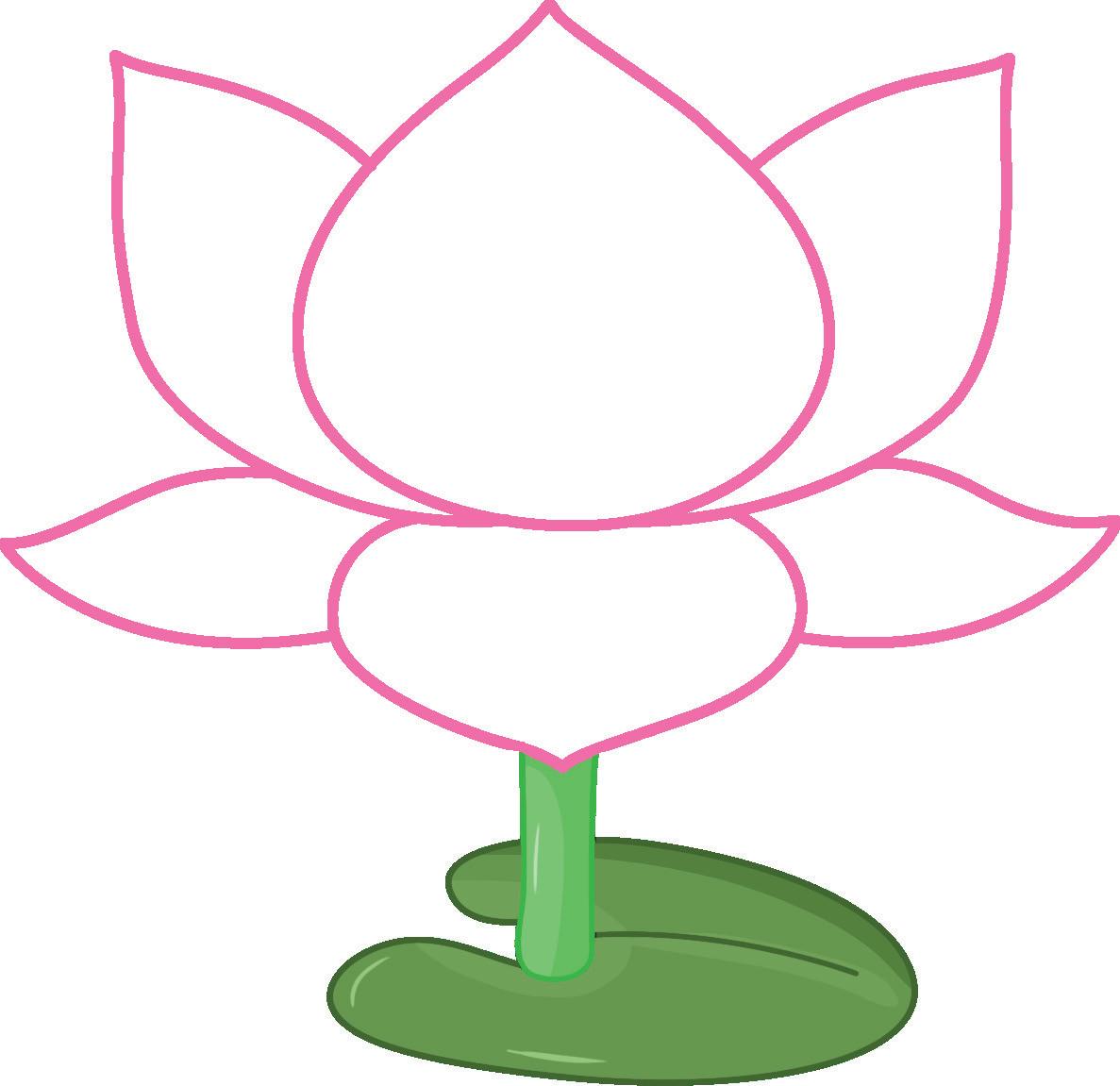

Objectives
• Colour recognition • Association
• Fine motor skills


What Comes Next? | Healthy Choices | Healthy and Unhealthy Food Food Safety | Safety at Home | Safety at School Safety on Road |
Activity 1
Objective: To educate children on safety awareness and decision-making skills.
Instructions:
Ask children to bring two hand-held banners:
• Red with “STOP” written on it
• Green with “GO” written on it
Show pictures of various safety scenarios (at least 20):
• Child crossing road alone
• Child holding a knife
• Child riding a bicycle with helmet
• Child sliding on a handrail
• Child running on wet floor
Instruct children to think, decide, and choose the appropriate banner (STOP or GO) for each scenario.
Appreciate correct responses and explain consequences of unsafe actions.
Activity 2
Objective: To encourage children to express their thoughts and preferences while enhancing their vocabulary and speaking skills about fruits and vegetables.
Instructions:
Ask each child to bring one of their favourite fruits and one of their favourite vegetables to class.
Invite the children to come to the front of the class, one at a time, to share information about their chosen fruit and vegetable. Guide the children to describe their favourites by discussing:
• the colour of the fruit or vegetable.
• the taste (e.g., sweet, sour, crunchy).
• reasons for their preference.
• how they like to eat or prepare it (e.g., raw, cooked, in a salad).
• assist the children in forming complete sentences and using descriptive language while they speak.
Activity 3
Objective: To encourage children to engage in healthy habits and reflect on their actions through visual representation.
Instructions:
Instruct each child to take a photo of themselves practicing a healthy habit at home. This could include activities such as eating nutritious food, exercising, or following a healthy daily routine.
During circle time, gather all the photos and create a collage titled “My Healthy Habit”.
Assist the children in pasting their pictures onto the collage, discussing each habit as they do so.
Once completed, display the collage in the classroom as a reminder of their commitment to maintaining a healthy lifestyle.
Encourage children in actively participating in healthy practices while fostering a sense of community and responsibility towards their well-being.



This is a pomegranate. Use your fingerprints to colour the pomegranate.

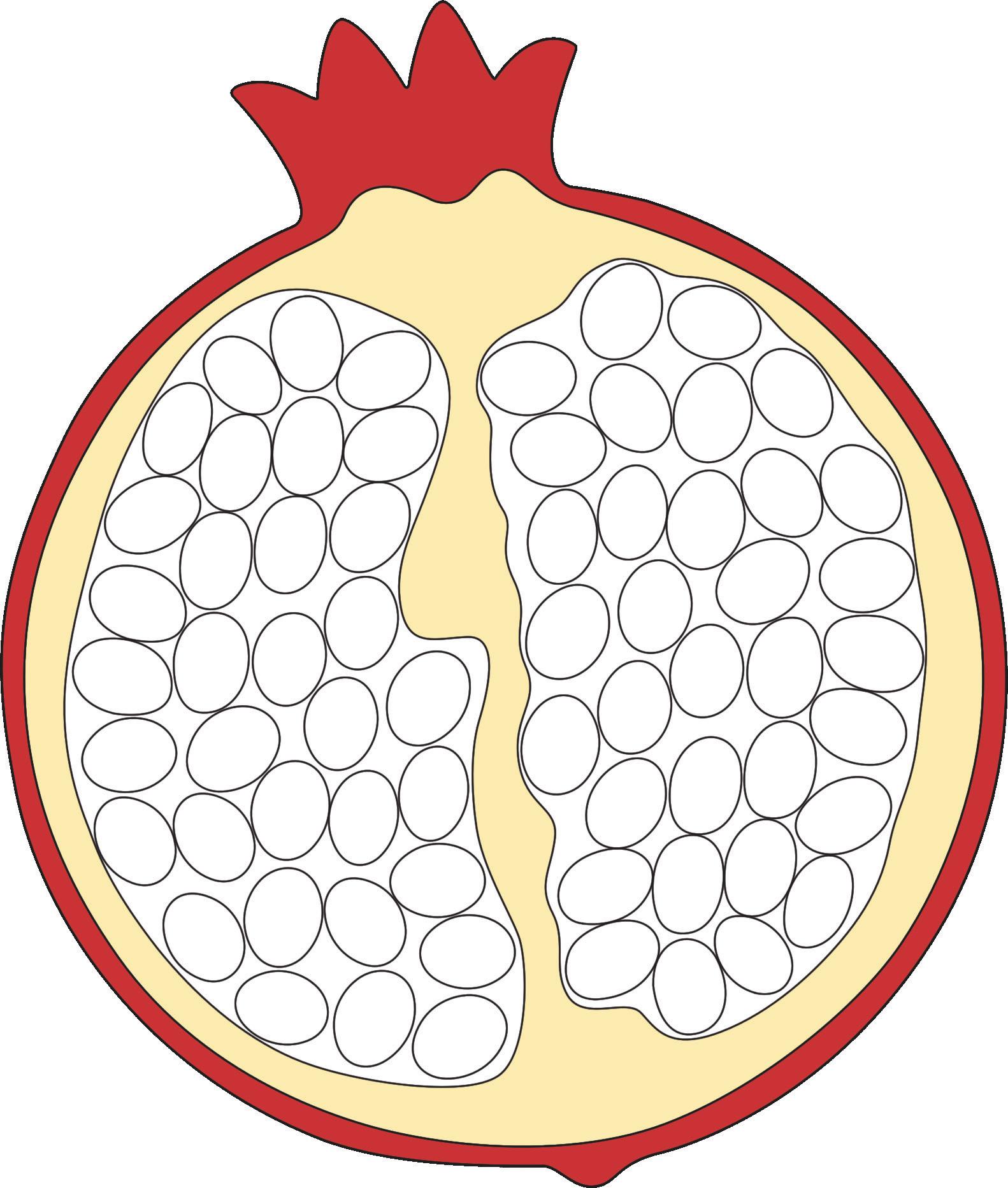
Say the names of these fruits. Write their first letters. Then, tick () the correct colour.
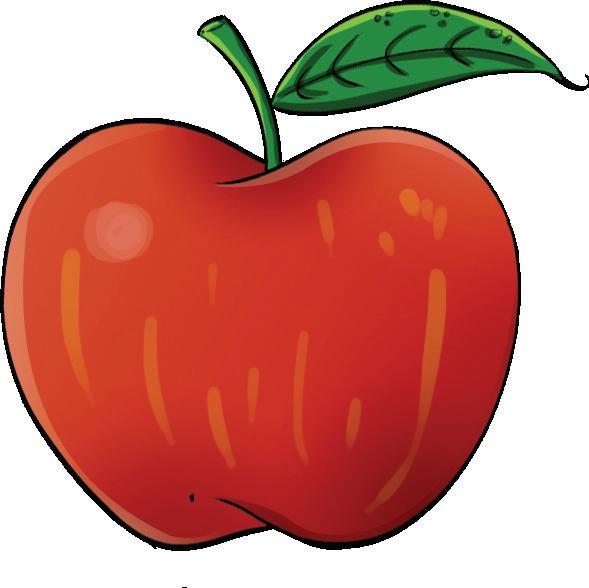
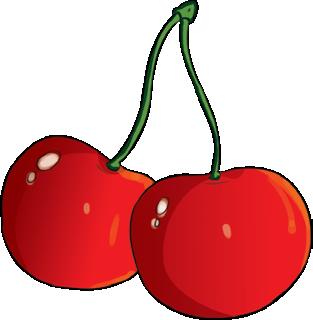
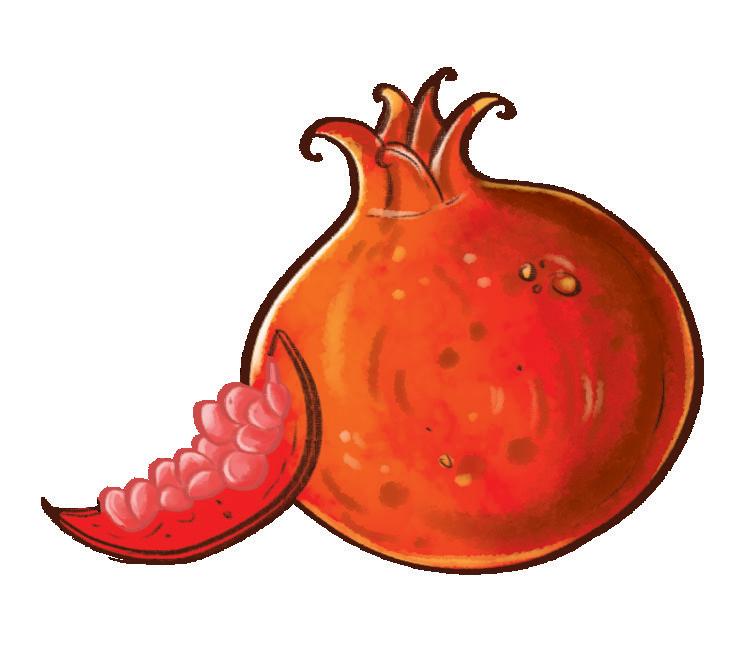
Objectives
• Colour recognition
• Identification
• Fine motor skills

Say the names of these fruits. Write their first letters. Tick() the correct colour.
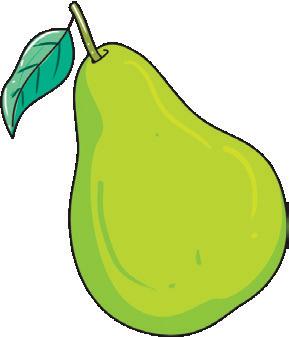




Eat the fruit. Wash your hands. Wash the fruit.
Objectives
Arrange the pictures in the correct order. Number them to 3. • Colour recognition • Fine motor skills
Identification
Sequencing
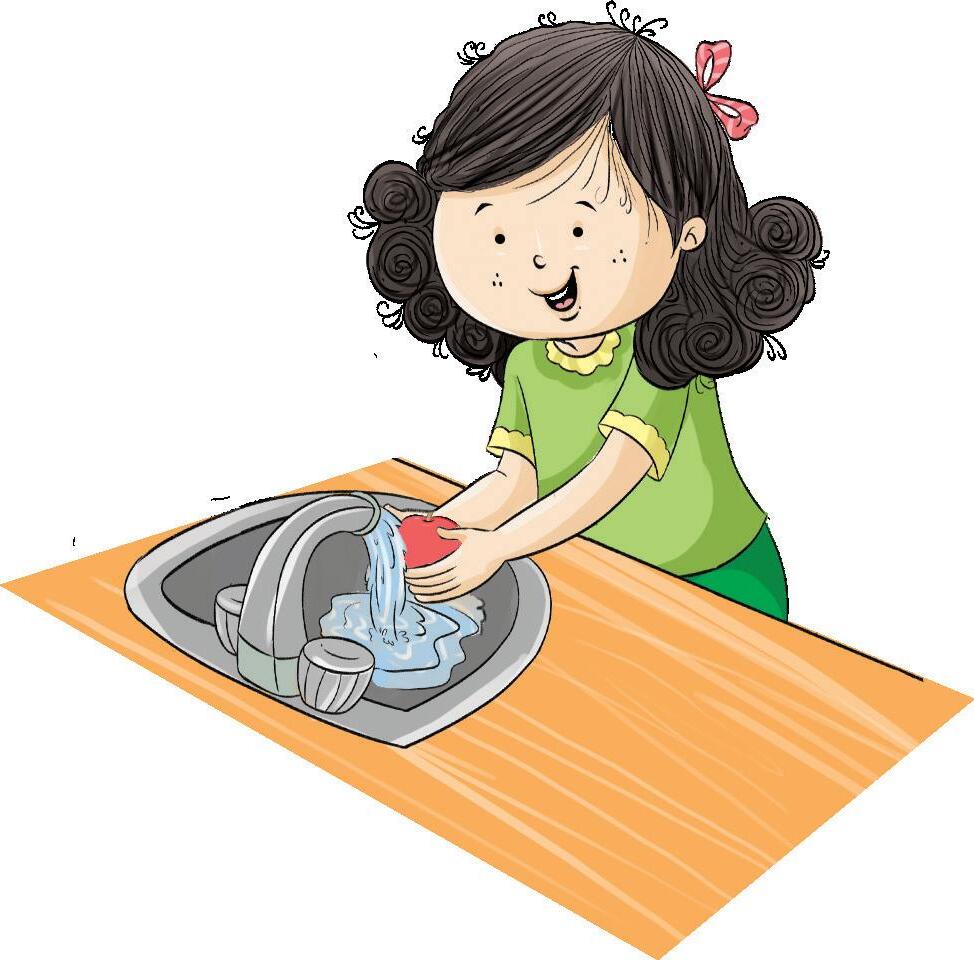


Say the names of these fruits. Write their first letters.
Tick() the correct colour.
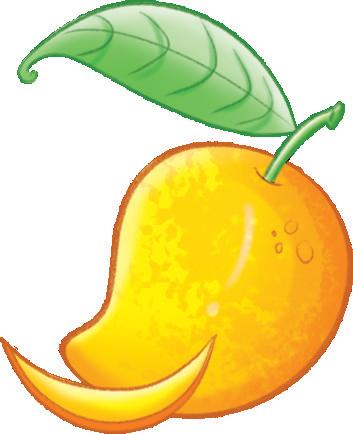

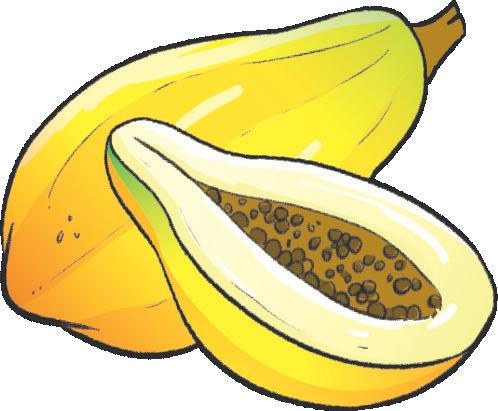

Tick () the right action. green yellow blue
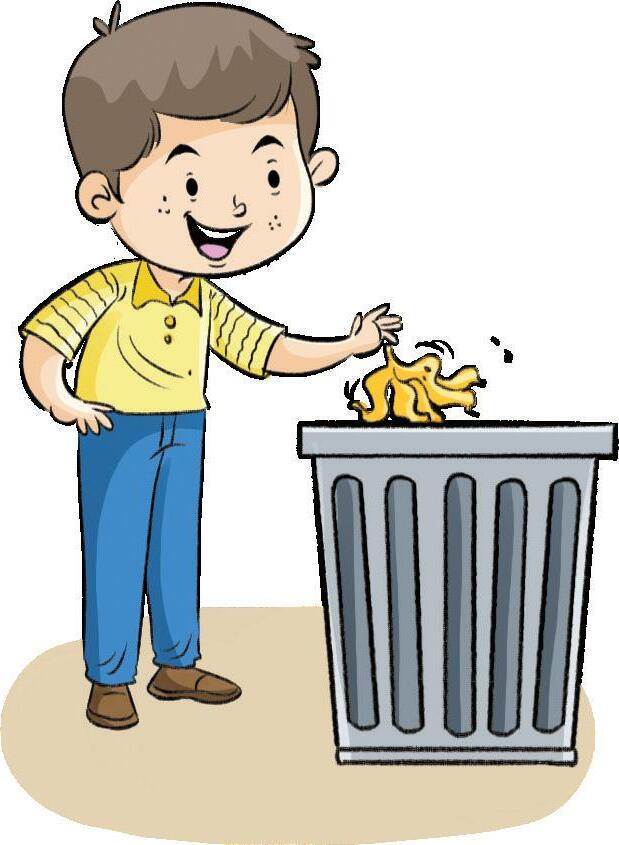
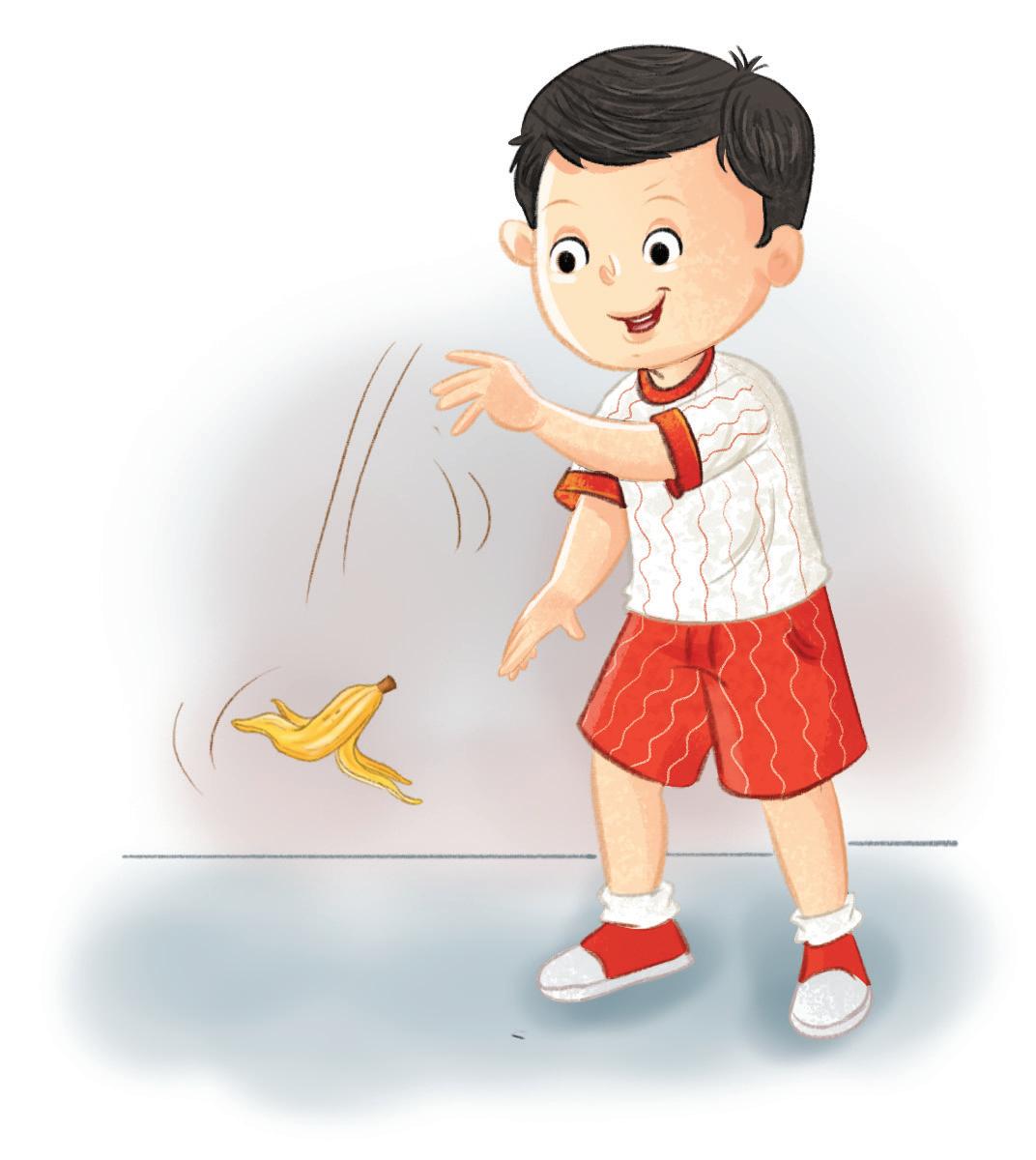
Objectives
• Colour recognition
• Identification • Good habits

Match the fruits with their halves.
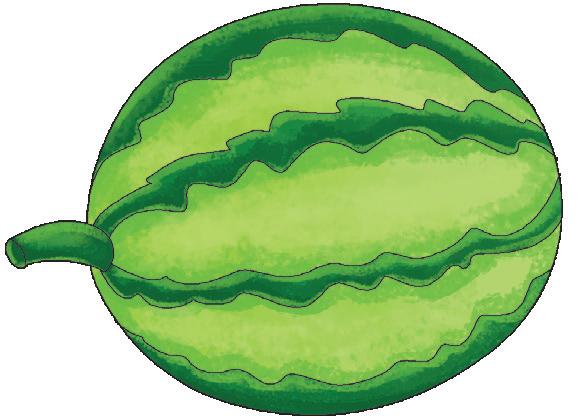
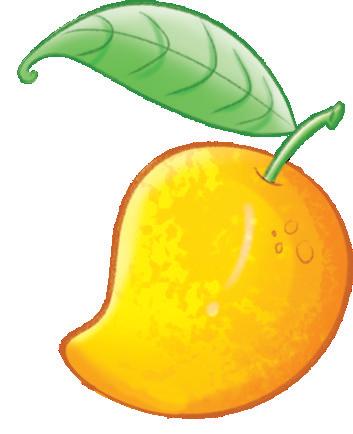
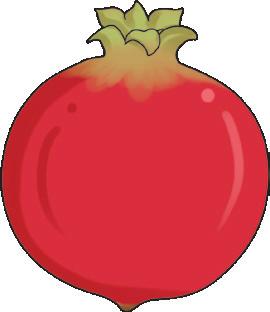
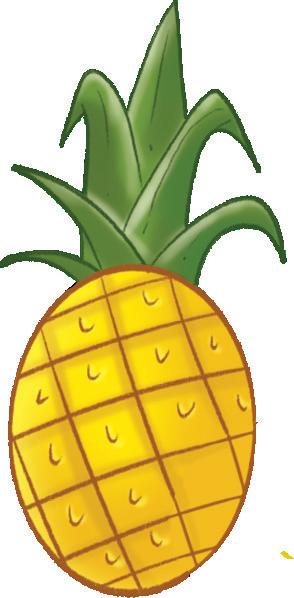
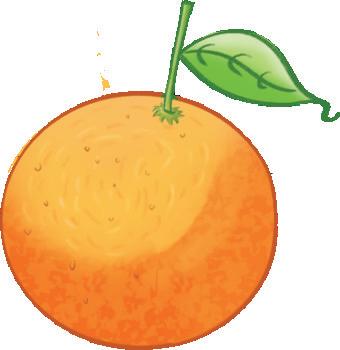
Objectives
• Matching • Observation • Critical thinking


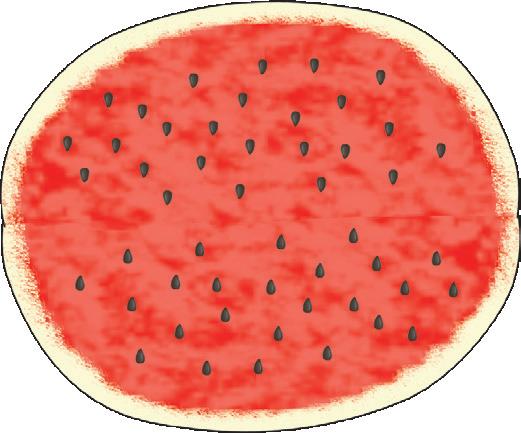


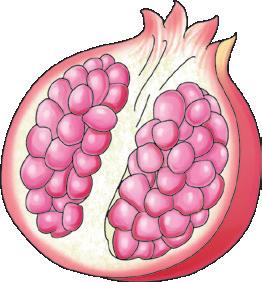


Colour the potato with a brown crayon and the carrot with an orange crayon.
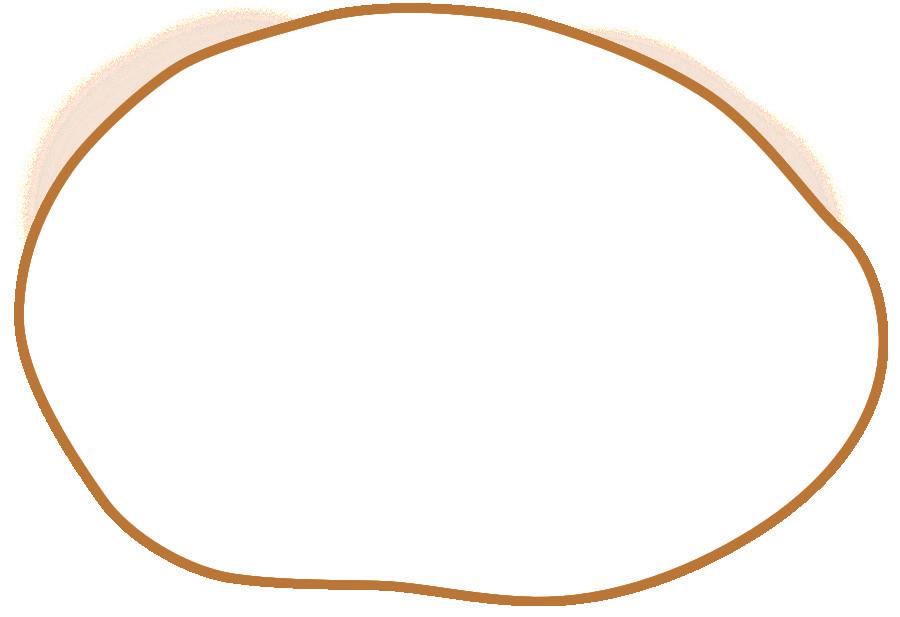
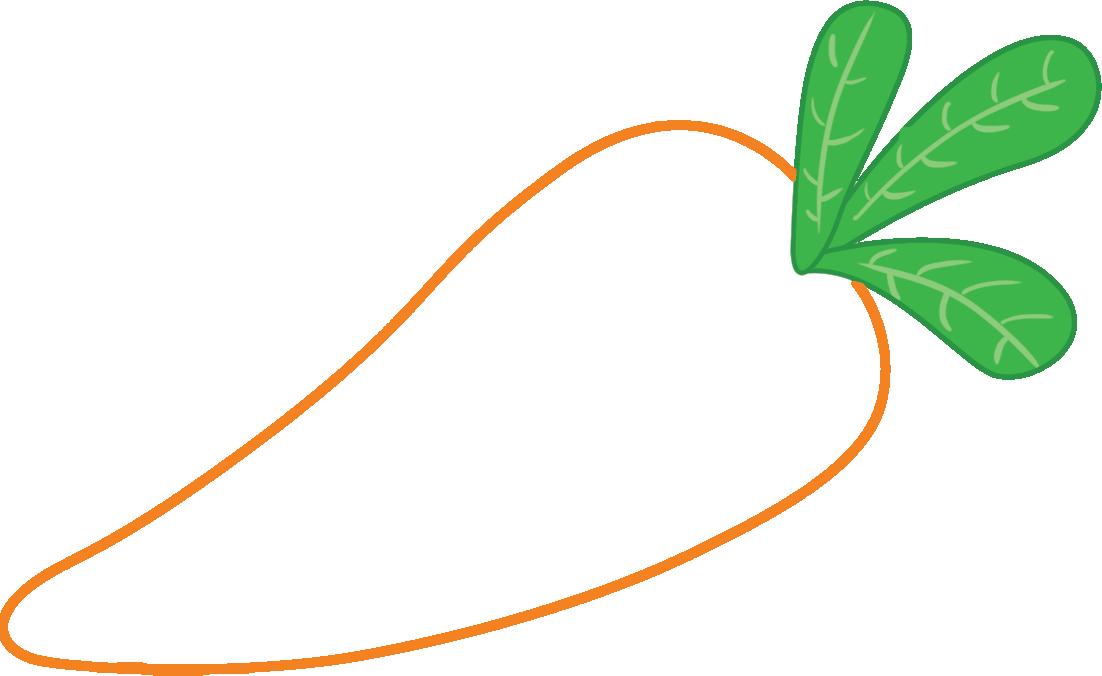
Objectives
• Colour recognition • Association • Fine motor skills


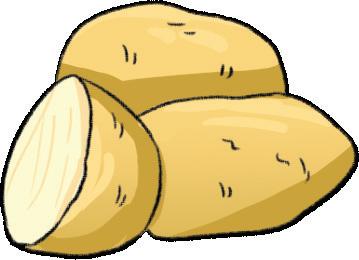


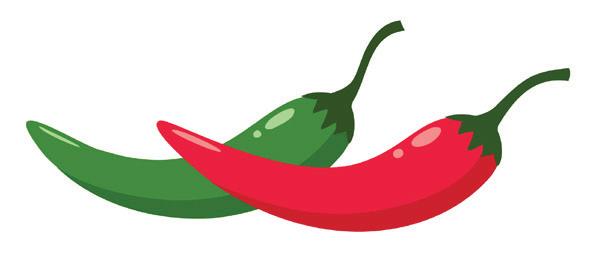
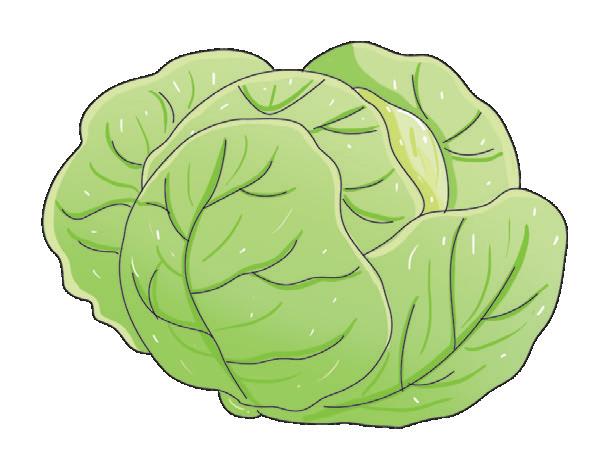
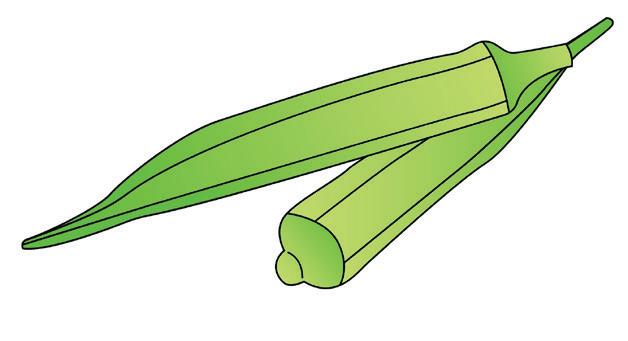
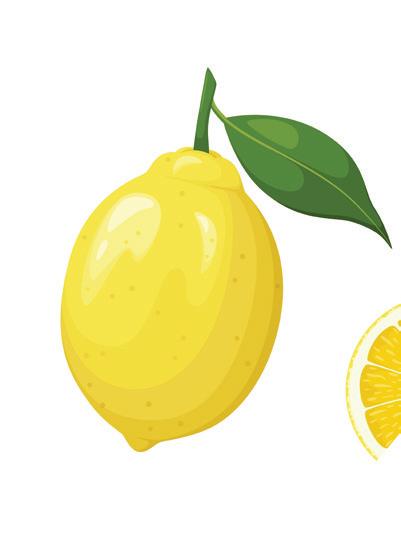

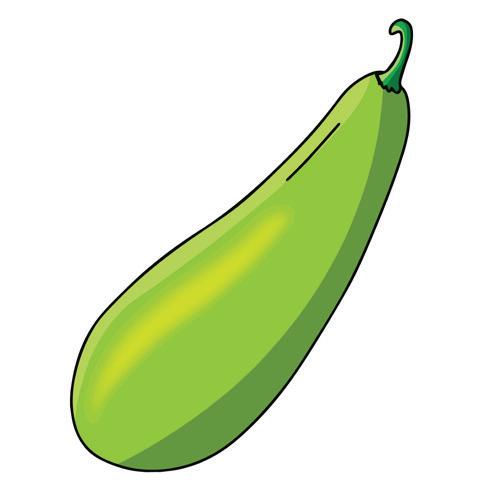

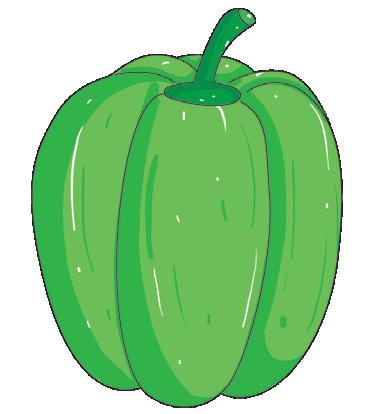
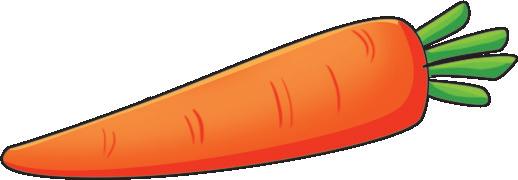


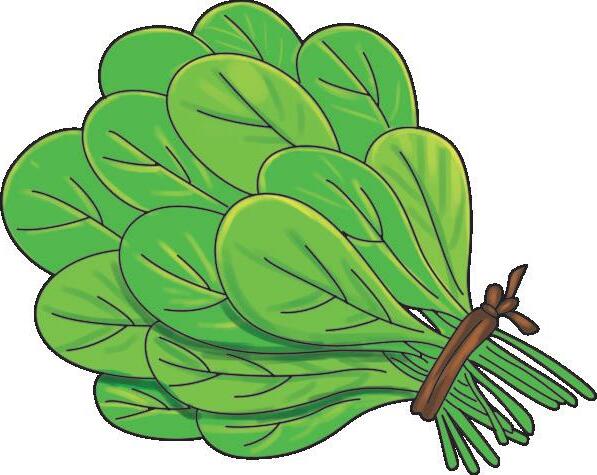
Objectives
• Vocabulary development • Fine motor skills


Some vegetables need to be cooked, while others can be eaten raw as a salad. Circle the ones you can eat as salad.


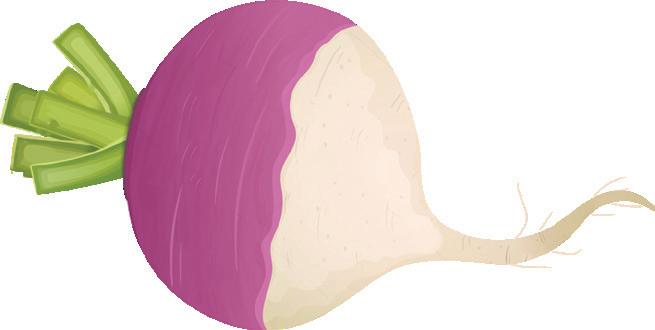
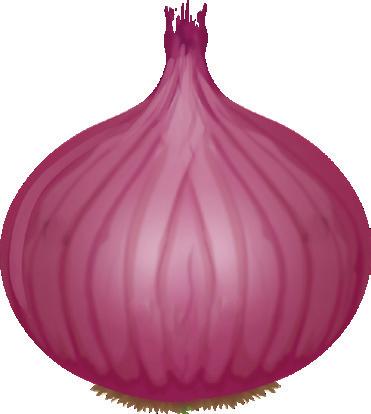


Objectives
• Identify vegetables that we can eat raw as salad


Draw lines to match the fruits and vegetables to the correct basket.

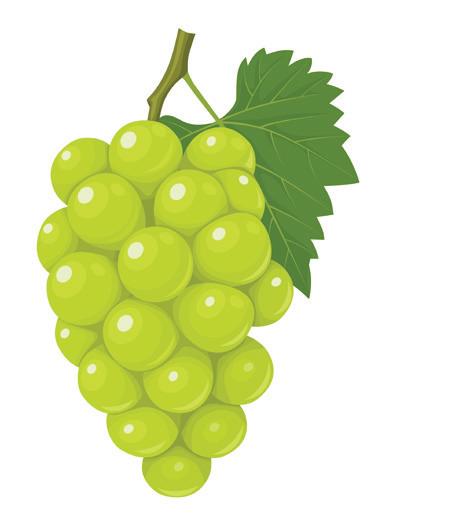
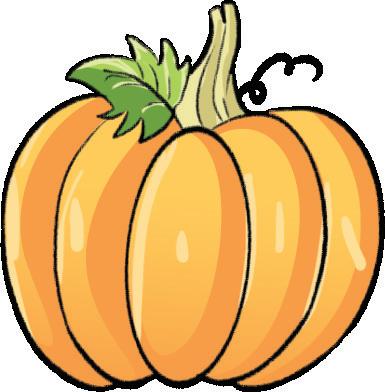



Objectives




• Sorting • Visual discrimination


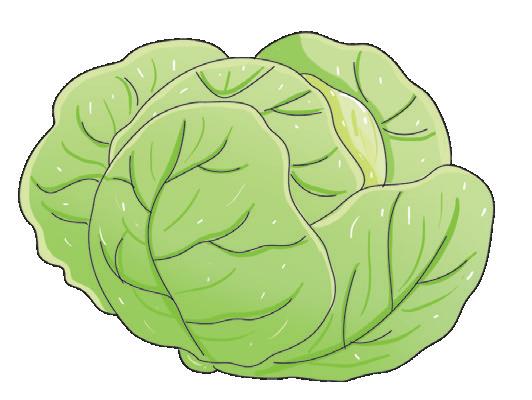


Tick () the vegetable that comes next in each row.













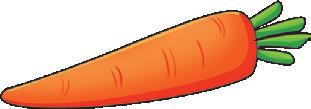
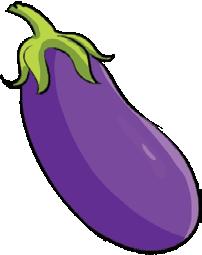
Objectives
• Pattern recognition
• Identification


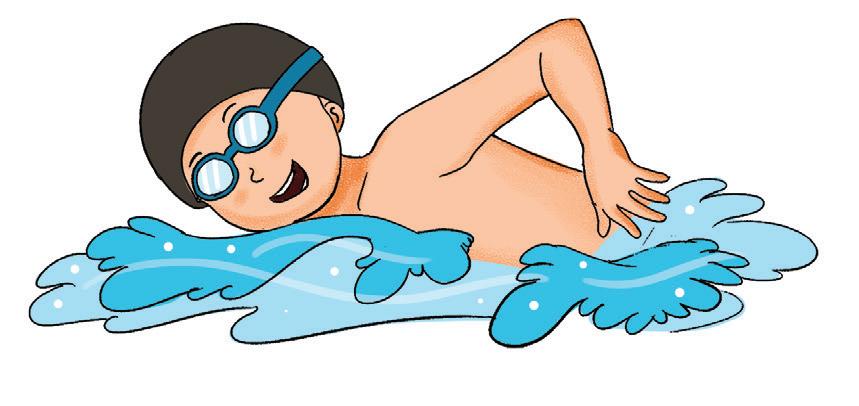




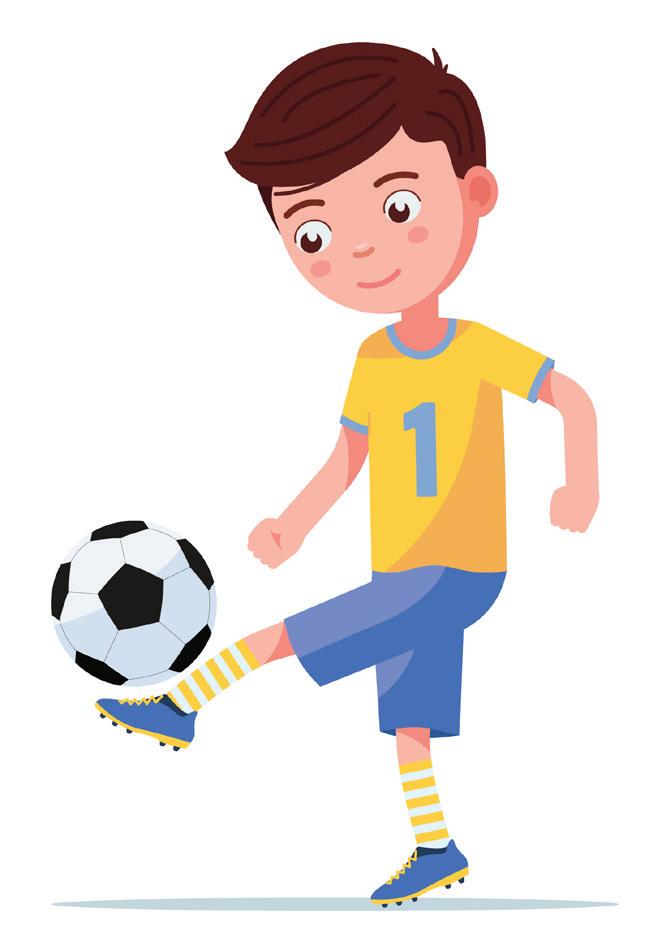
Objectives
• Life skills • Discipline • Decision making




Tick () the healthy food and cross () the unhealthy food.
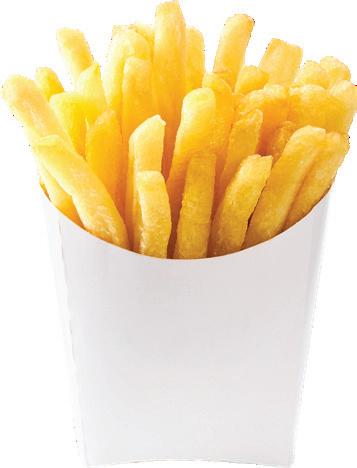
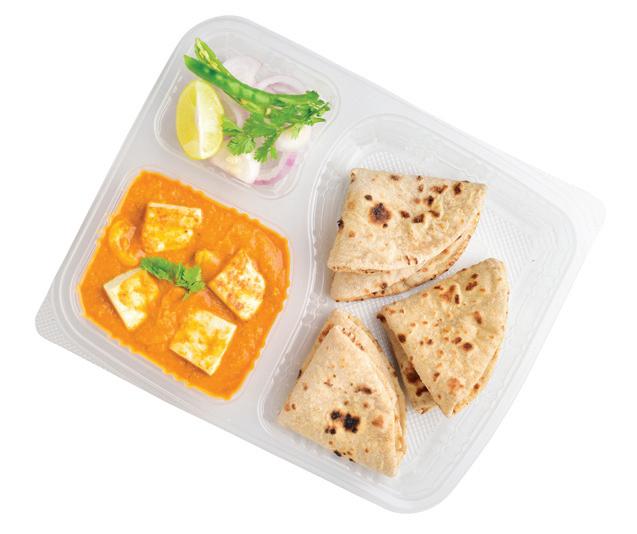


Objectives
• Decision making

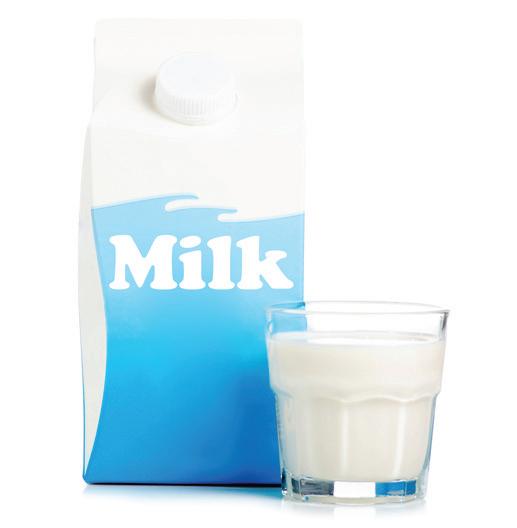

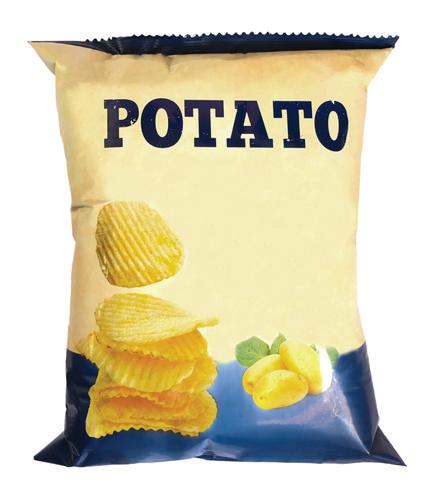

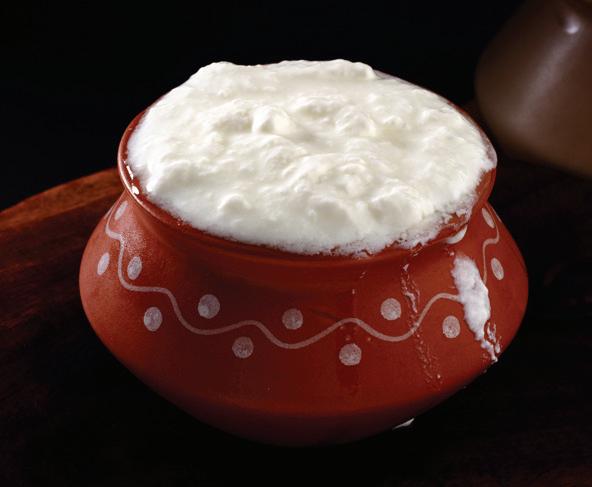
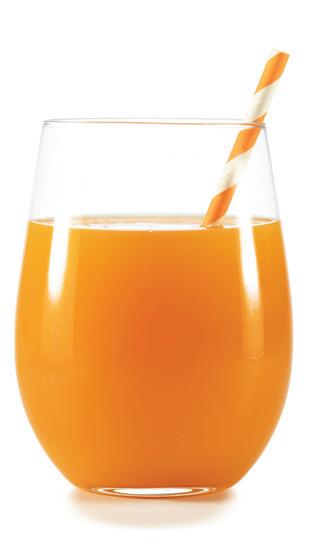
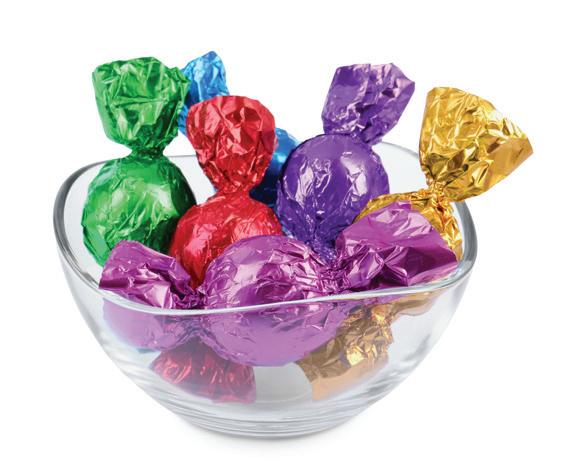
• Nutrition awareness


We should follow healthy eating habits.
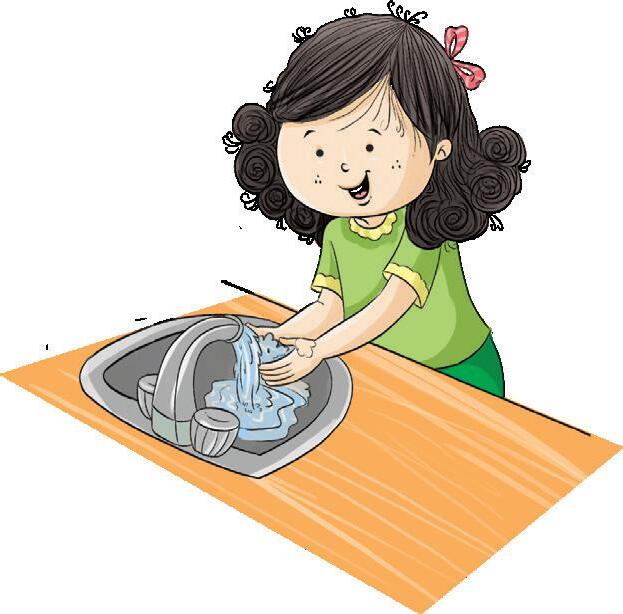
Wash your hands before eating.

Wash fruits before eating.
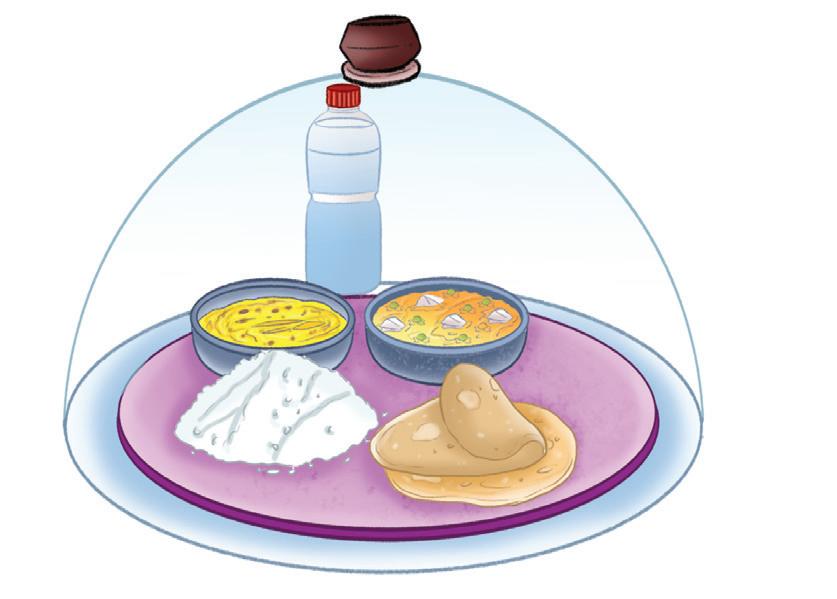
Keep food and water covered.

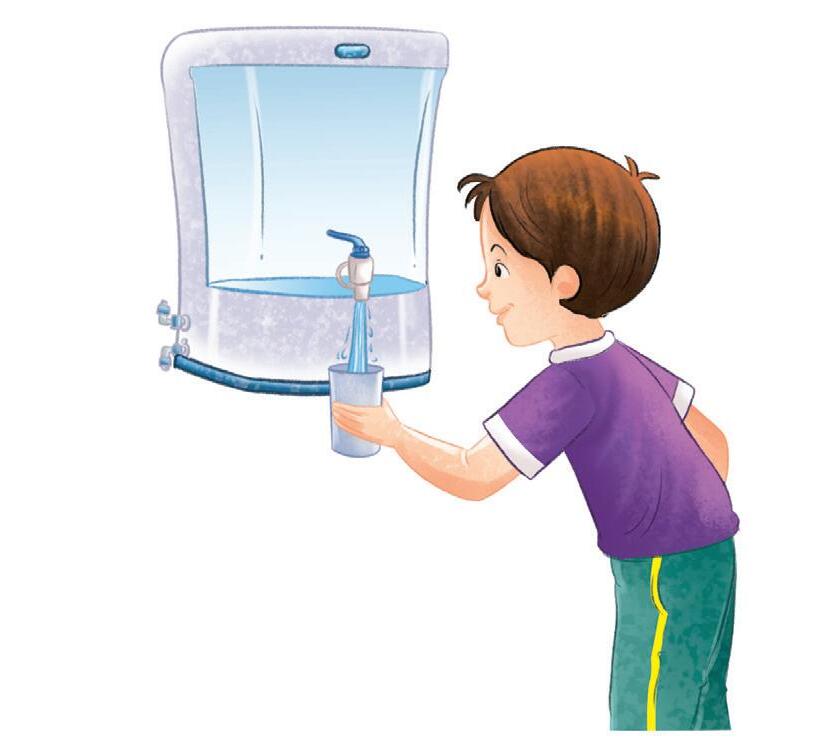
Drink clean water.
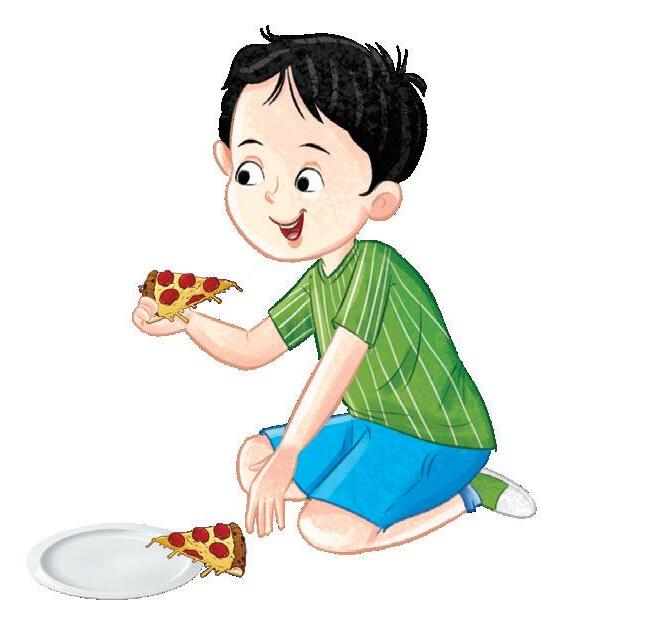
Do not eat food that falls on the ground.
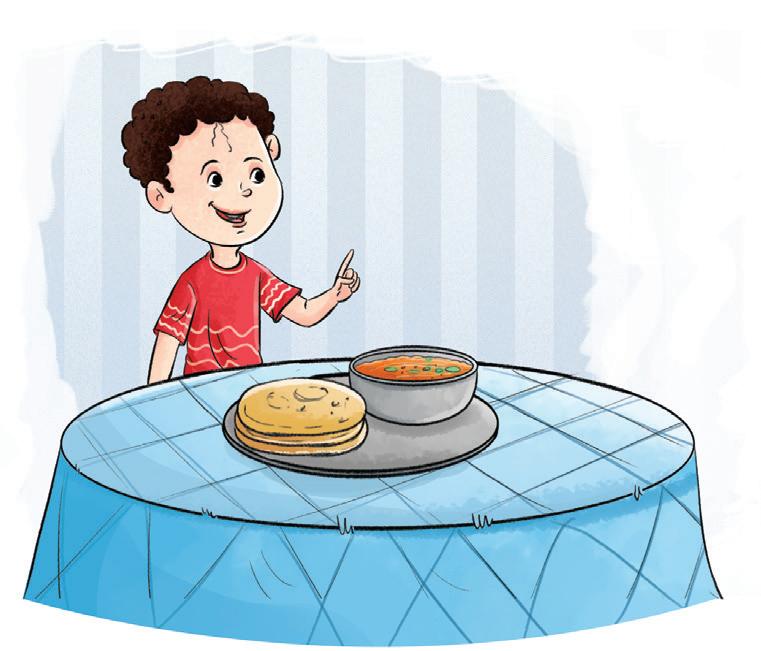
Do not waste food.




Do not jump on tables and sofa.


Do not touch switches with wet hands.
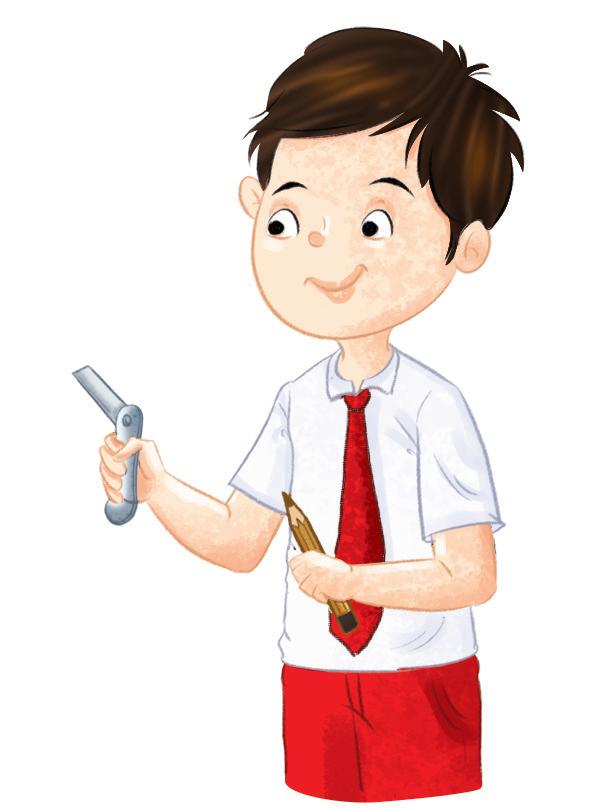
Do not play with sharp objects.
Do not slide on the railing.
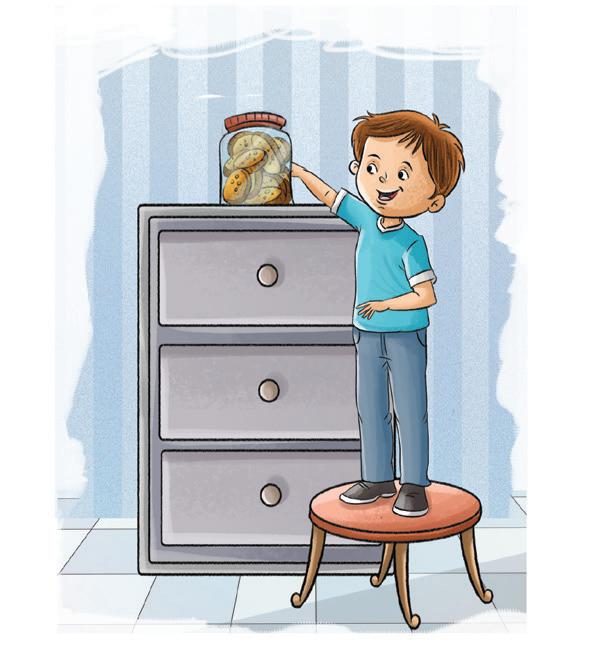
Do not stand on tall stools.
Do not touch hot surfaces like the iron, stove or oven.

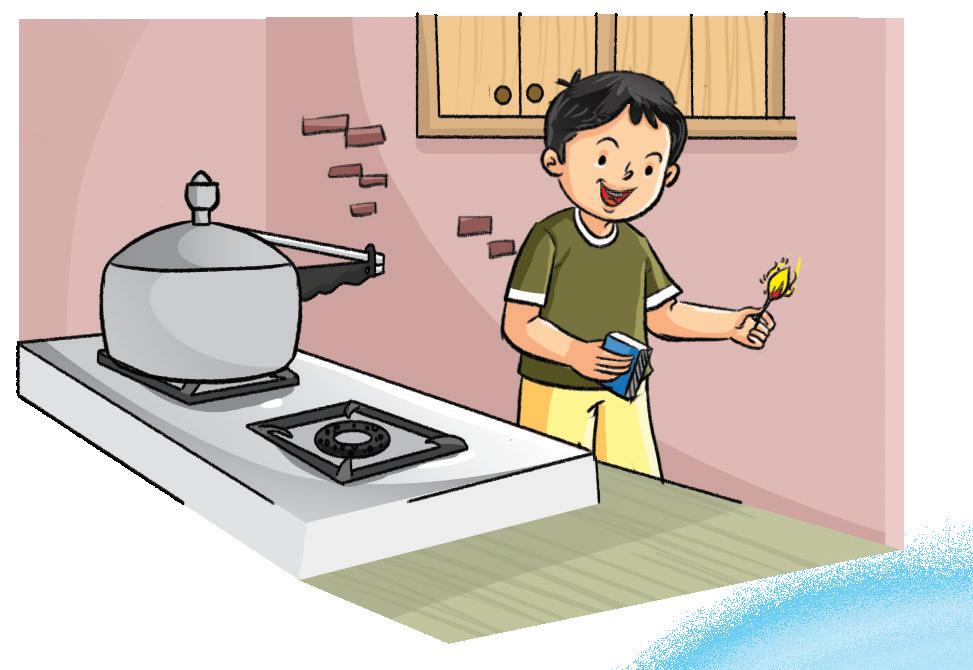
Do not play with matchboxes.
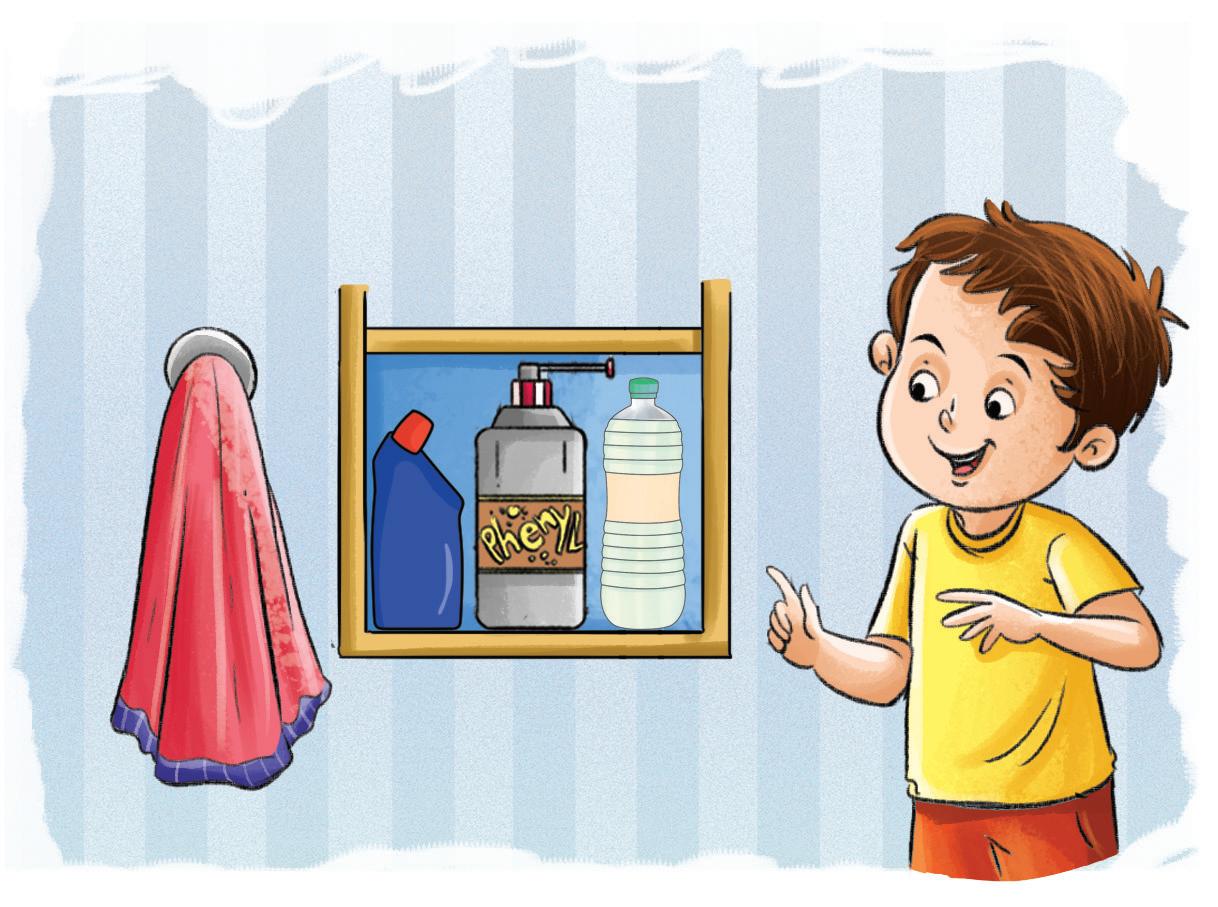
Do not go near or touch cleaning supplies.
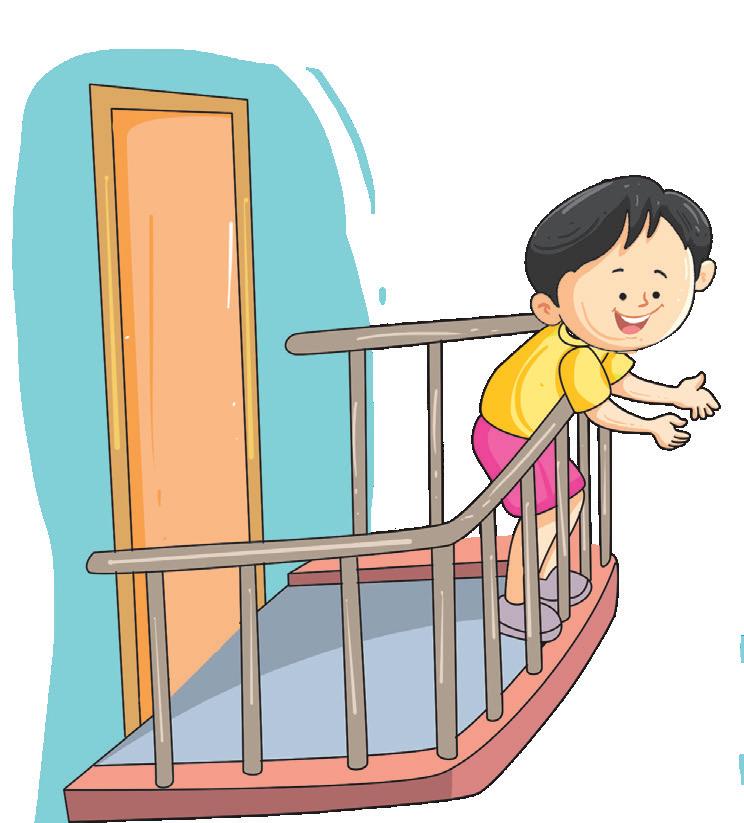
Do not lean over the railing.
Objectives
• Observation • Safety habits • Visual discrimination
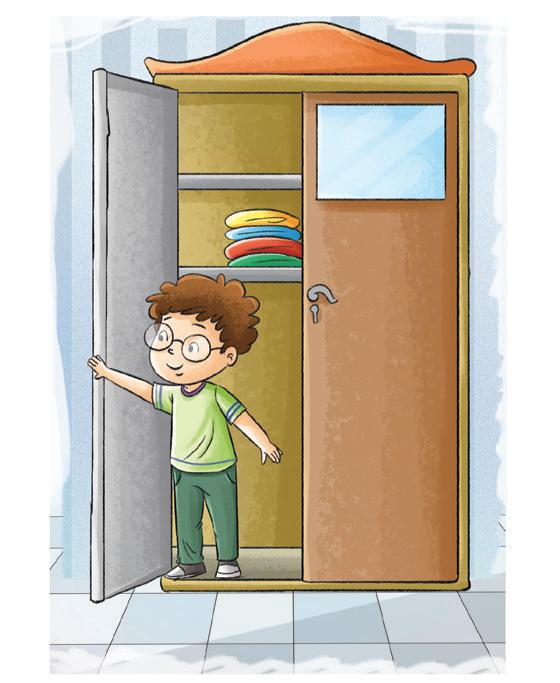
Do not hide in small spaces like closets or cabinets.


Do not play or cover your face with plastic bags.
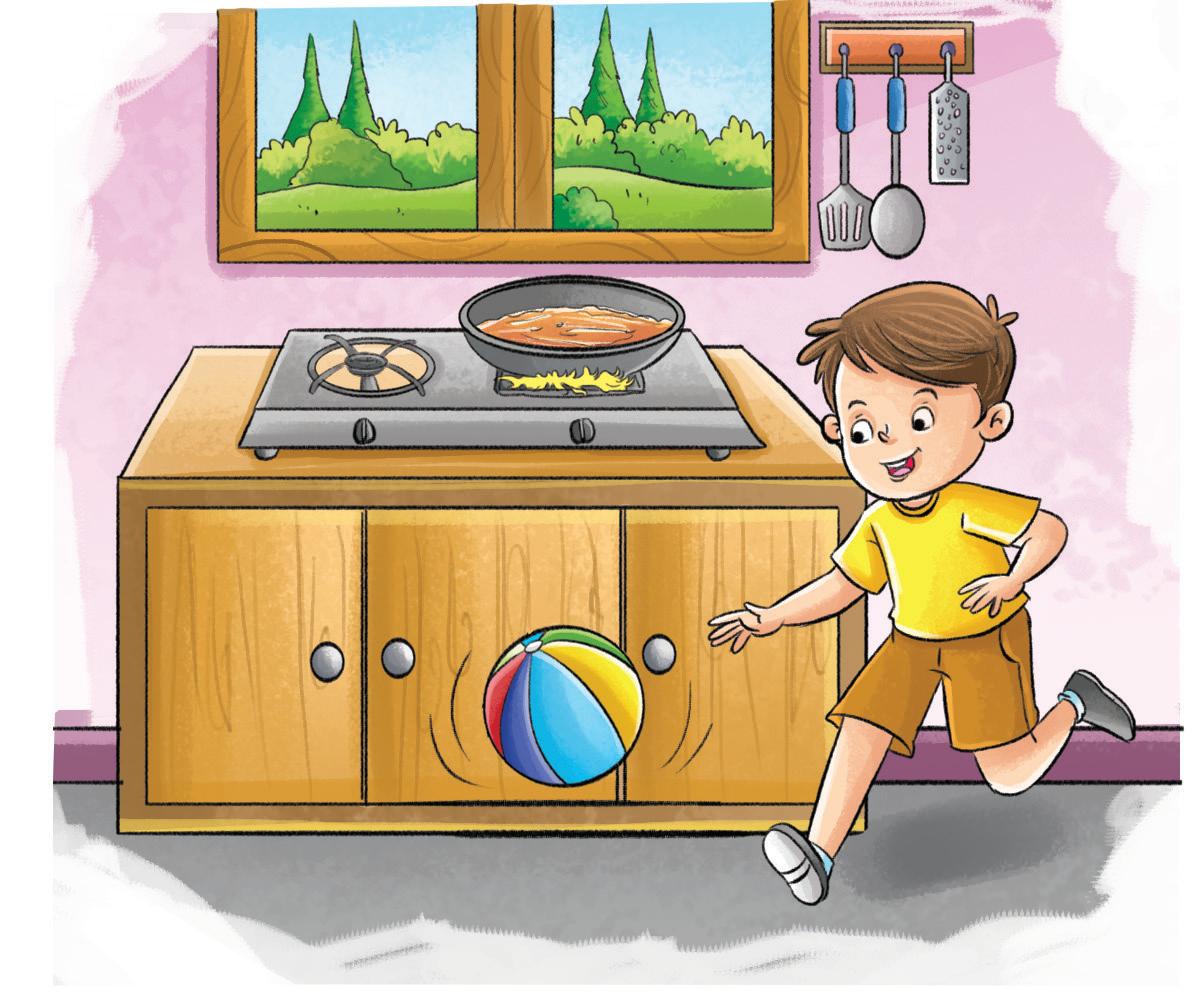
Do not play in the kitchen.




These are some of the things that we should keep in mind at school.
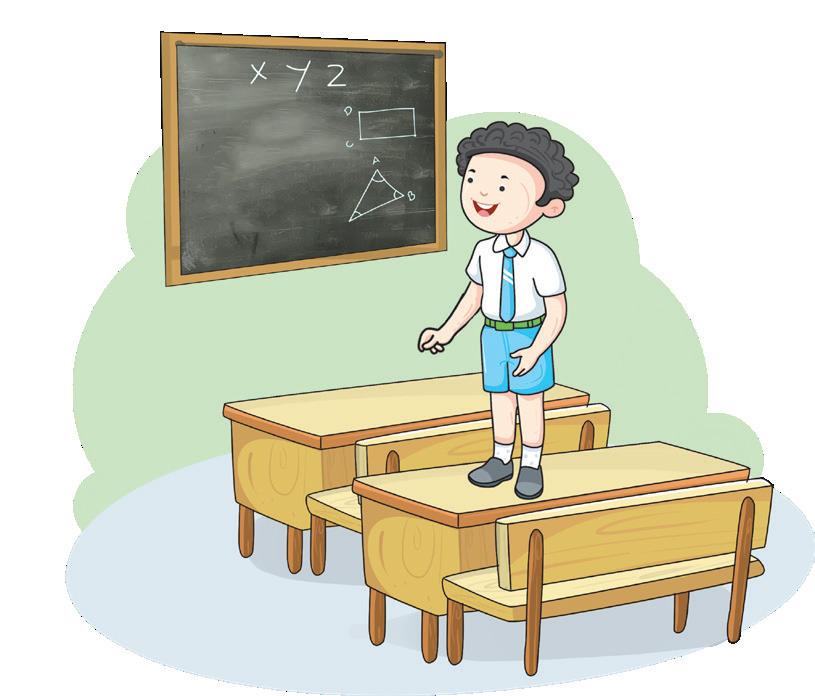
Do not climb chairs and desks.

Walk in a queue in corridors and on stairs.
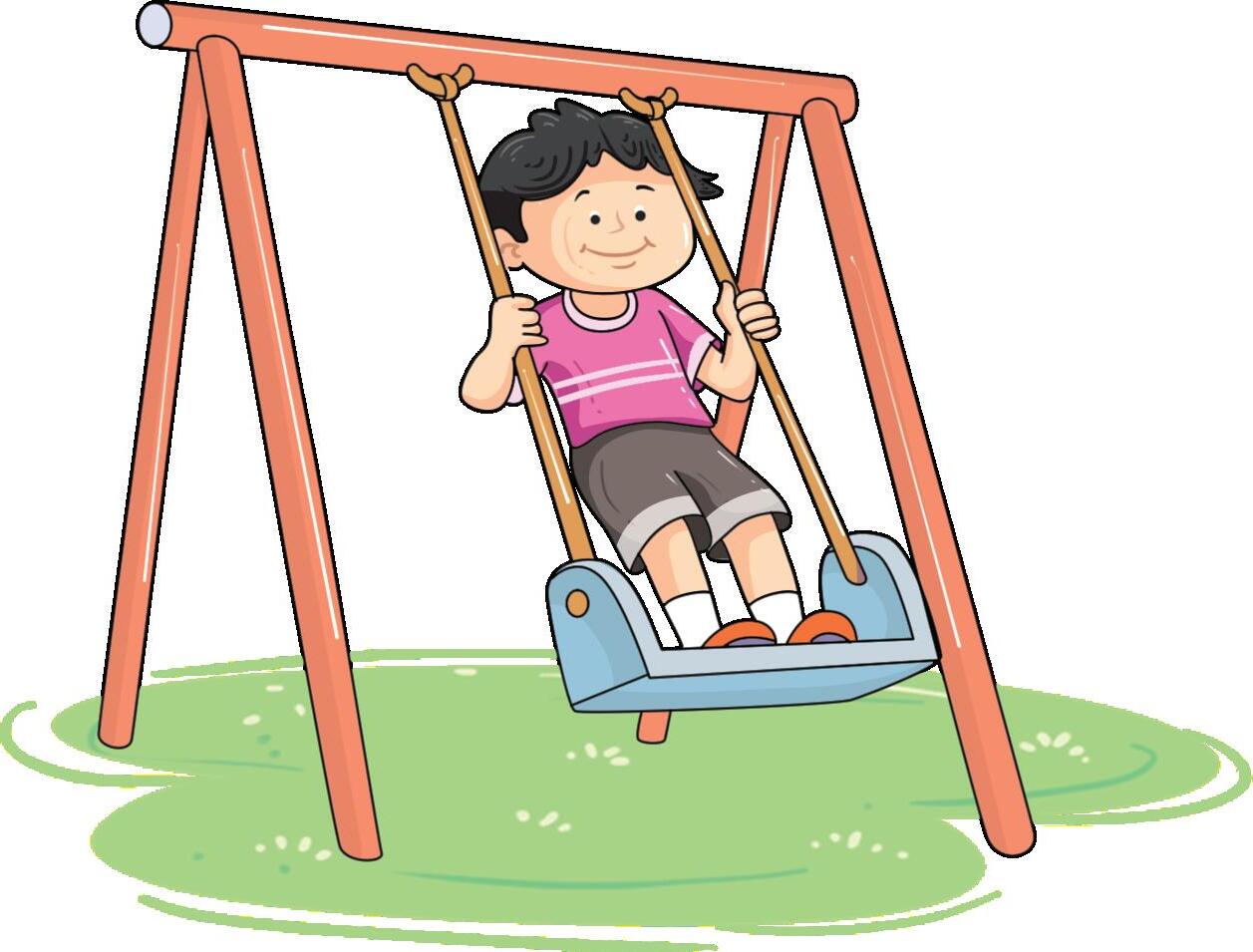
Do not stand on swings.

Do not run on stairs, in hallways or classrooms.
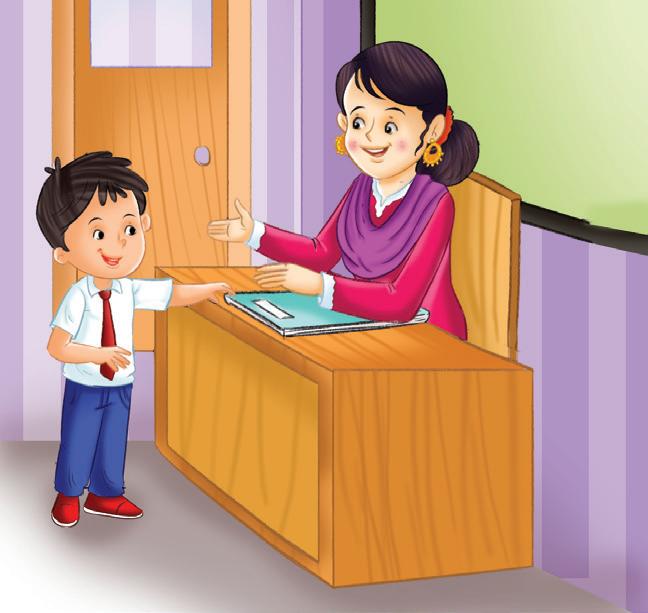
Do not fight with other students.
Ask your teacher before you leave the classroom.


These are some of the things that we should keep in mind on the road.
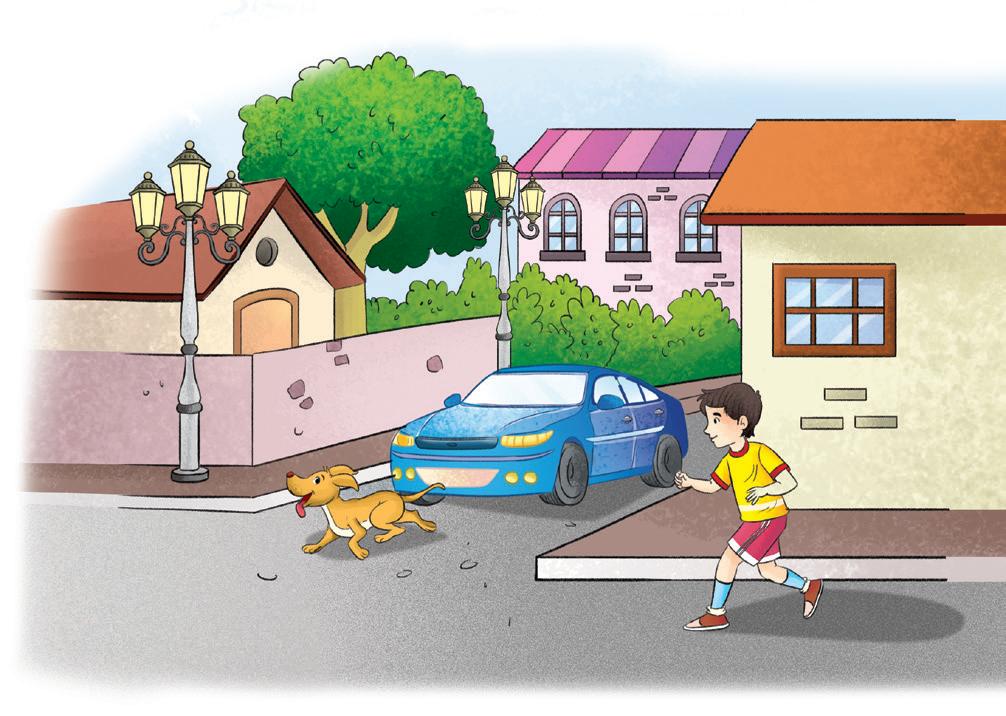
Do not run after pets on the street.
Wear a helmet while riding a bicycle.
Cross the road with an elder.

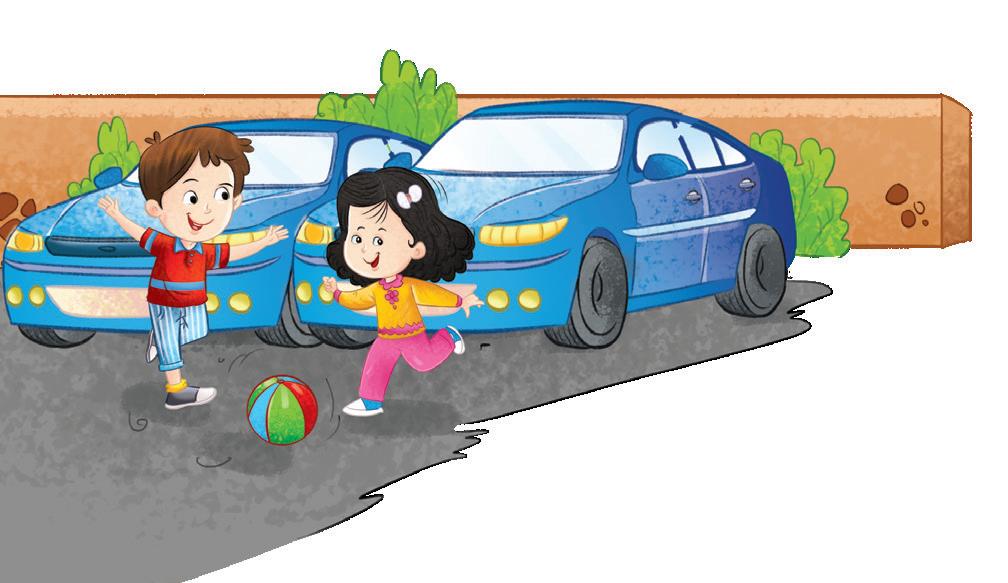
Do not play near driveways or parked cars.

Do not walk or play near railway tracks.
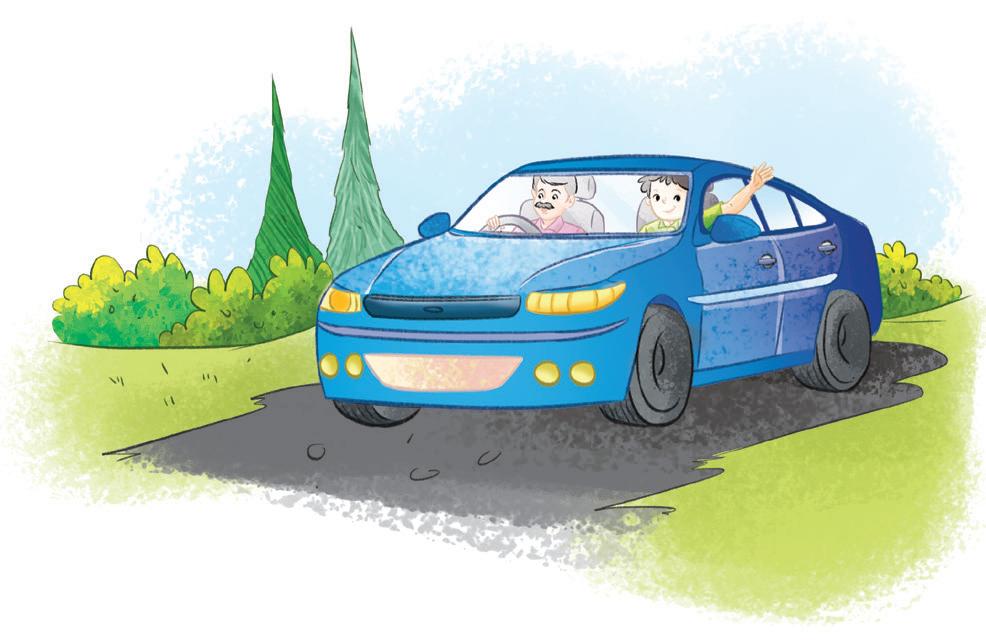
Do not take out your hand or any other body part from moving vehicles.


Activity 1
Objective: To teach children about buoyancy and water behavior through hands-on experimentation with paper boats.
Instructions:
Gather the children in a circle and discuss the concept of floating.
Distribute coloured sheets to each child.
Show them how to fold the paper into a simple boat shape. (Provide a demo, or use visual aids for guidance.)
Encourage them to decorate their boats using markers, crayons, or stickers.
Allow each child to gently place their boat in the water and observe what happens.
Allow children to add small weights (like pebbles) to their boats to see how it affects floating.
Activity 2
Objective: To help children understand the concept of air movement.
Instructions:
Collect a variety of lightweight items such as a feather, leaf, piece of paper, and a small cotton ball.
In the classroom, gather children around a table. Keep these lightweight items on the table. Turn on the fan and instruct children to observe carefully. As soon as the fan is turned on, the objects kept on the table will start moving.
Encourage discussion by asking children to explain the reason behind movement of the lightweight objects used for the activity.
Ask questions like, what happened to the objects when the fan was turned on?
Conclude the activity by summarising their observations and linking them to the concept of air movement.
Activity 3
Objective: To help children understand which activities require water and which do not.
Instructions:
Create a list and gather pictures for activities that require water (e.g., watering plants, washing clothes, cleaning utensils, drinking water, washing fruits, cleaning floors, bathing, cleaning a car) and those that do not (e.g., singing, dancing, reading, playing football, watching television, studying).
In the classroom, present each activity one at a time along with its corresponding picture.
Ask each child to listen carefully to the activity being named and observe the picture. They should then indicate whether water is required for that activity.
Encourage discussion by asking children to explain their reasoning for whether water is needed for each activity.



We use water for many things. Tick () what you use water for.
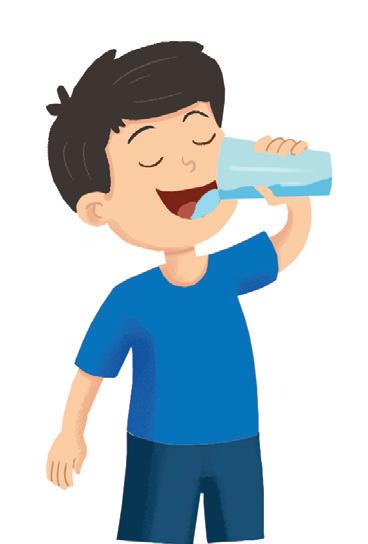
drinking

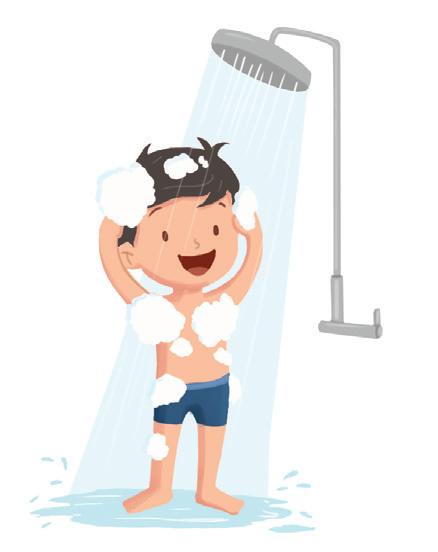
washing clothes
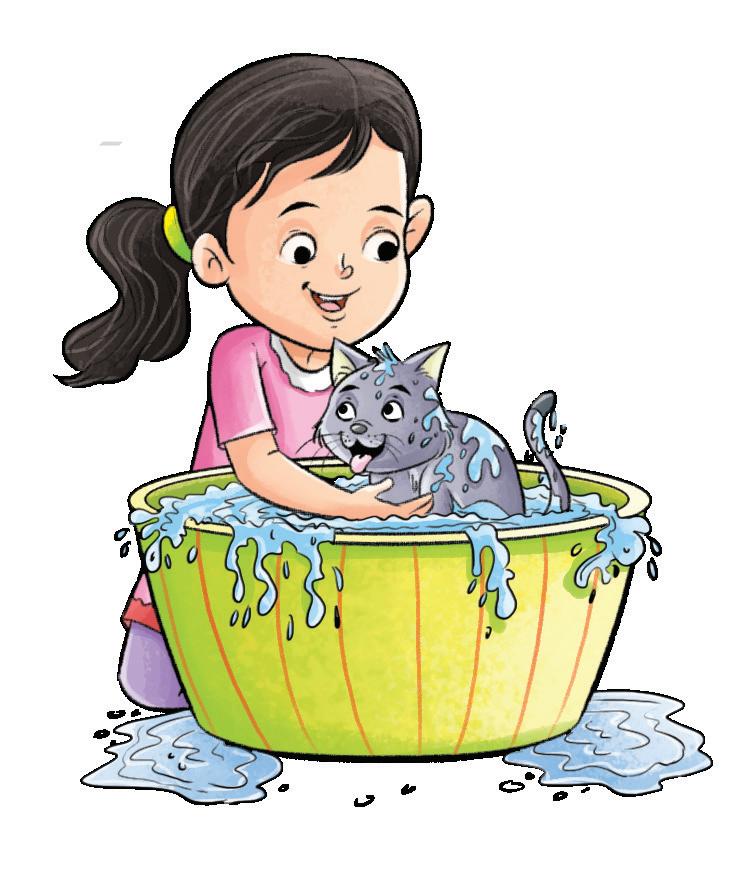
bathing a pet
Objectives


brushing cooking cleaning vehicles
• Critical thinking • Vocabulary development
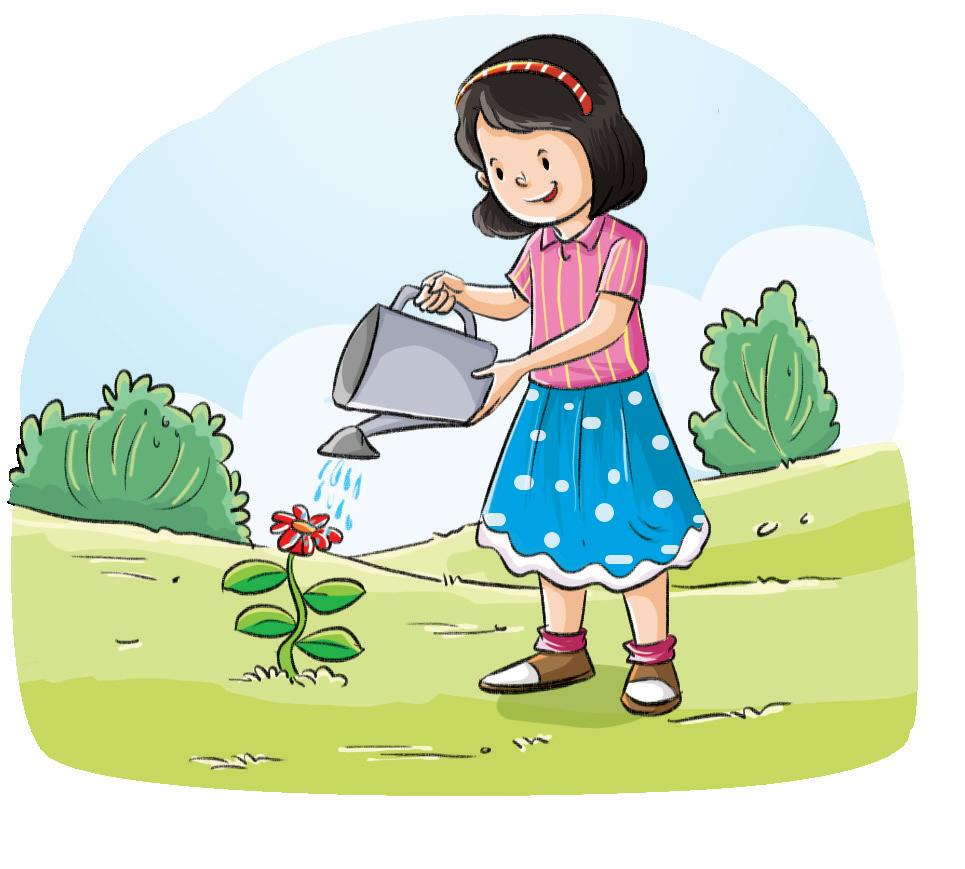
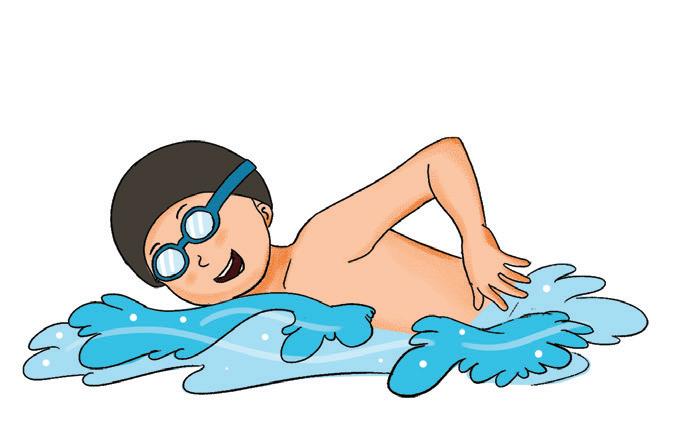
bathing watering plants swimming


Animals and plants also need water.
Trace and colour the watering can.
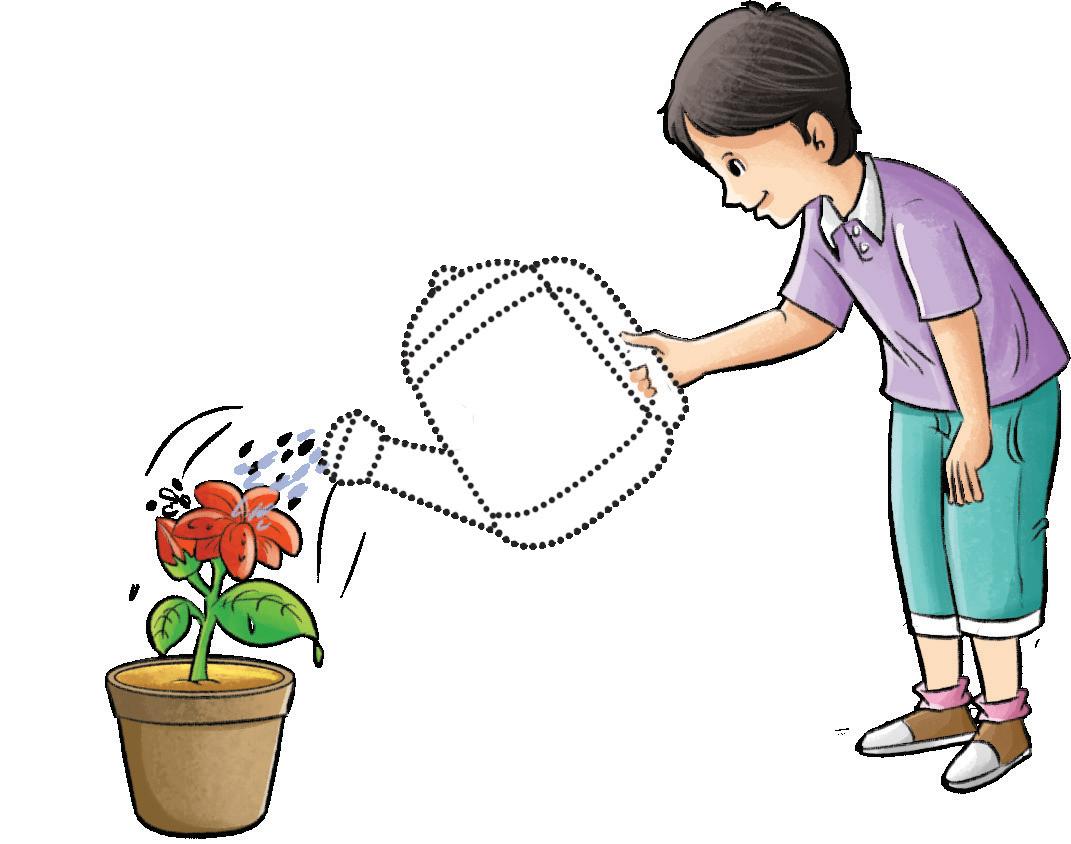

Objectives
• Critical thinking • Fine motor skills



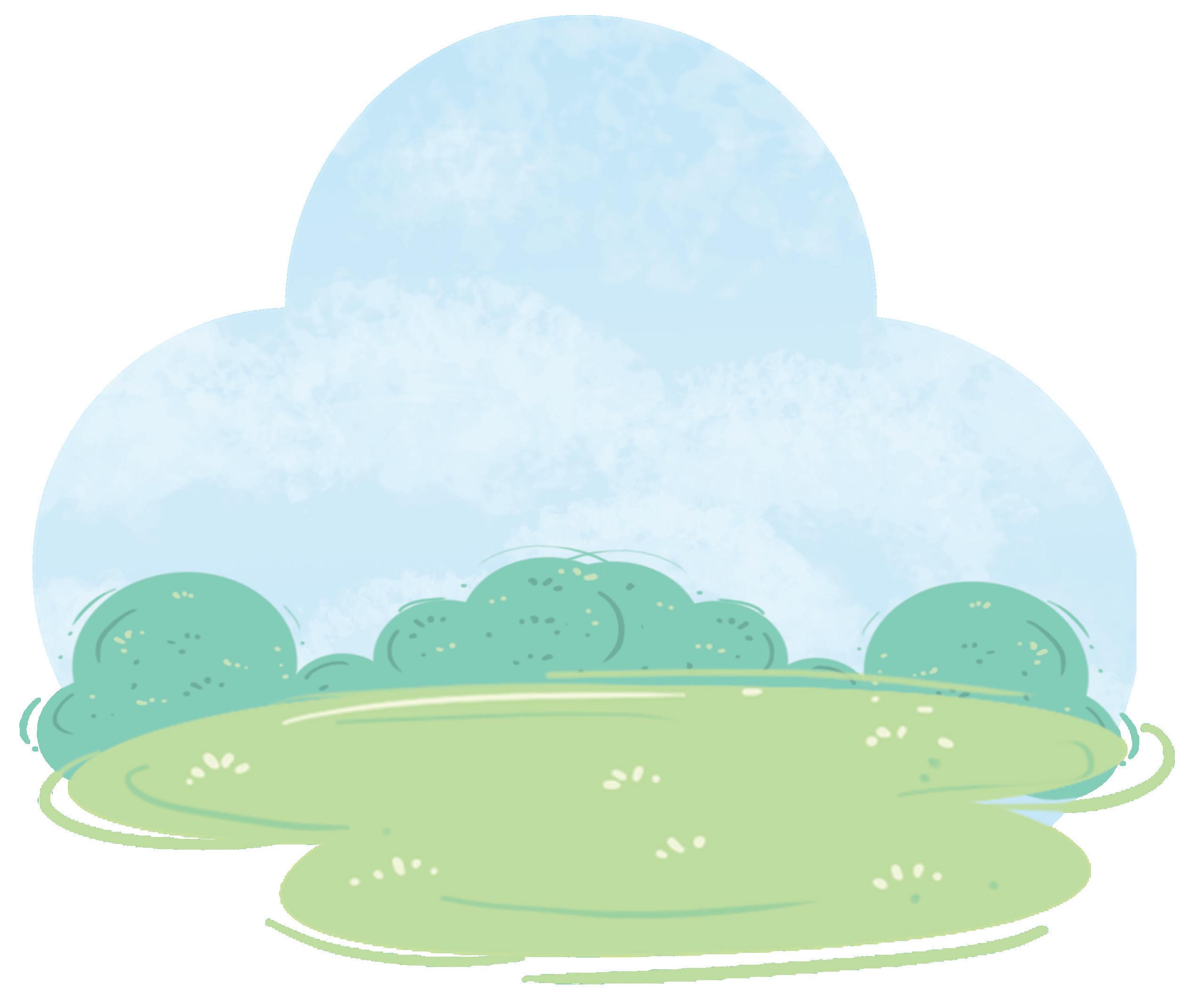
Objectives
• Creativity • Fine motor skills

Explain to the children that birds need water to drink and bathe, just like we do. It is important to provide water for our feathered friends. We can help by placing earthen pots filled with water in our gardens or on our balconies.



Tick () the picture where water is used properly and cross (×) the ones where it is being wasted.
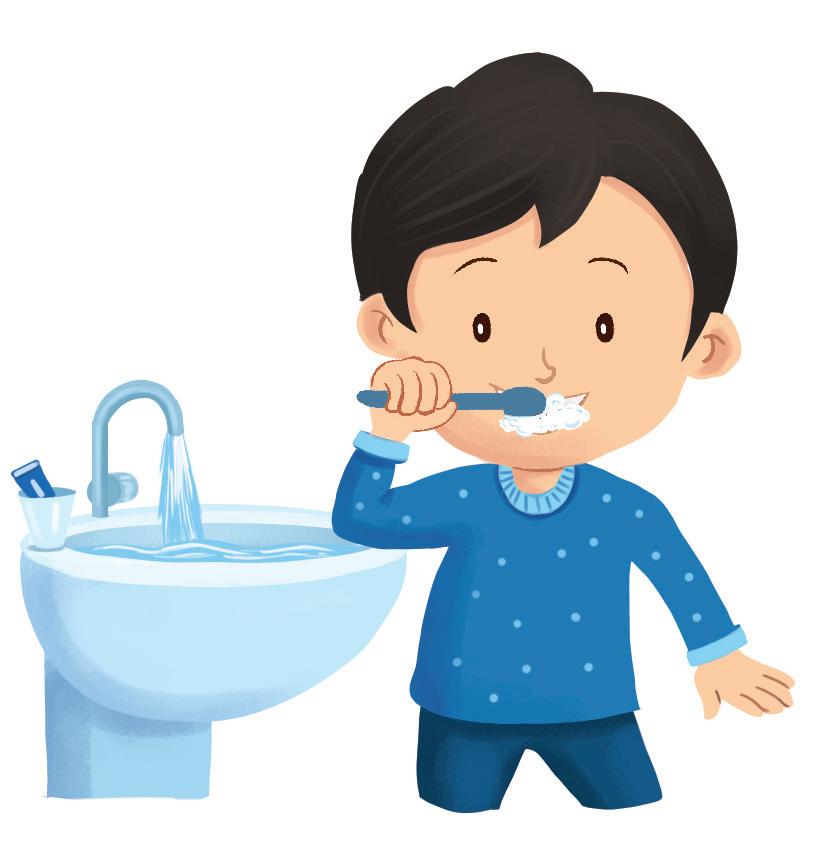

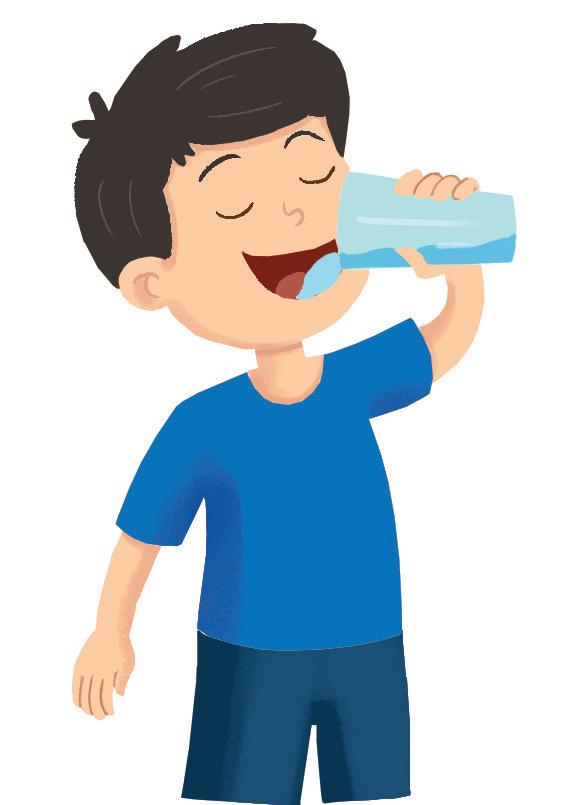
Objectives
• Logical reasoning
• Observation • Critical thinking
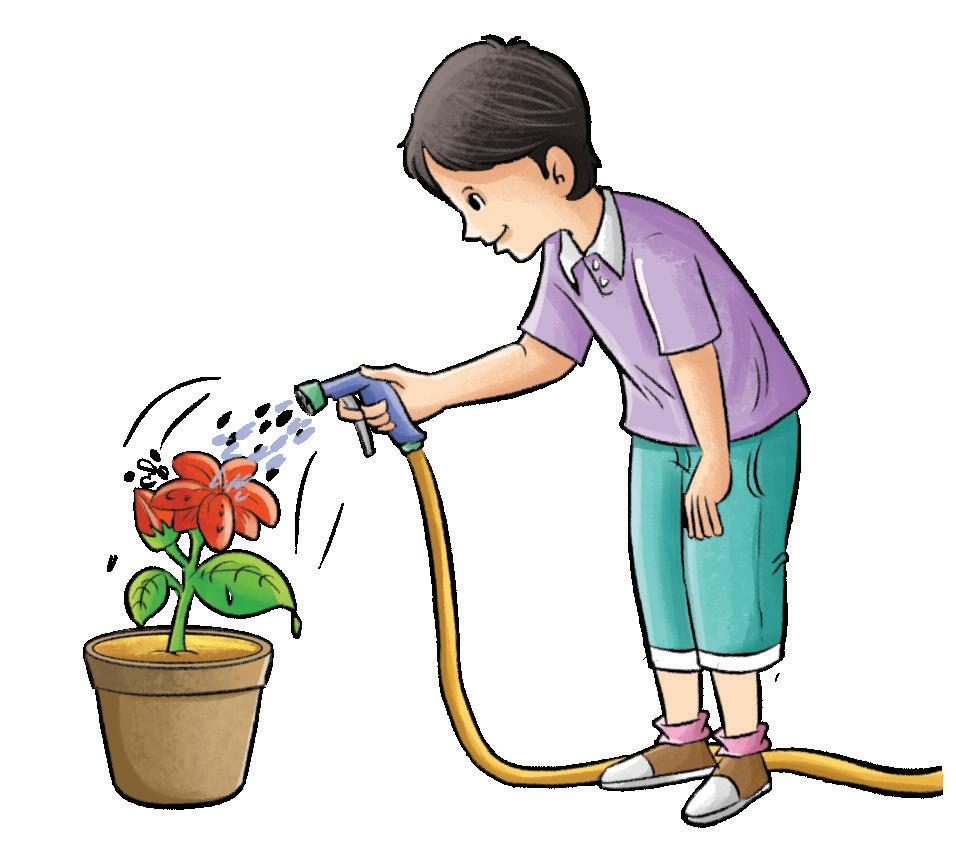
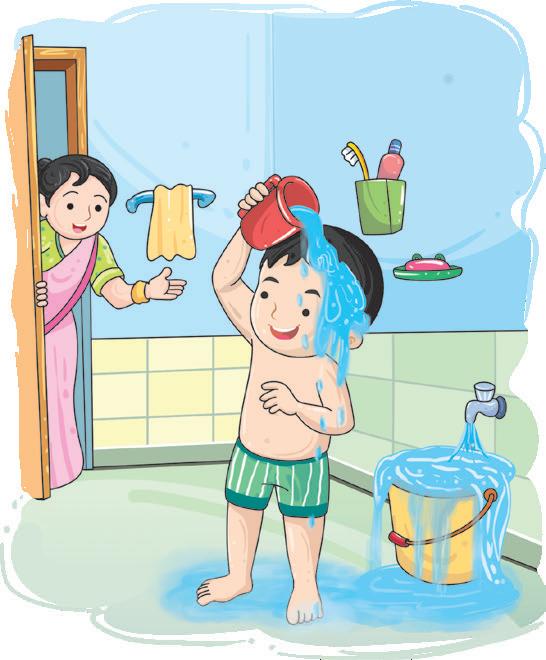



Air is all around us but we cannot see it.

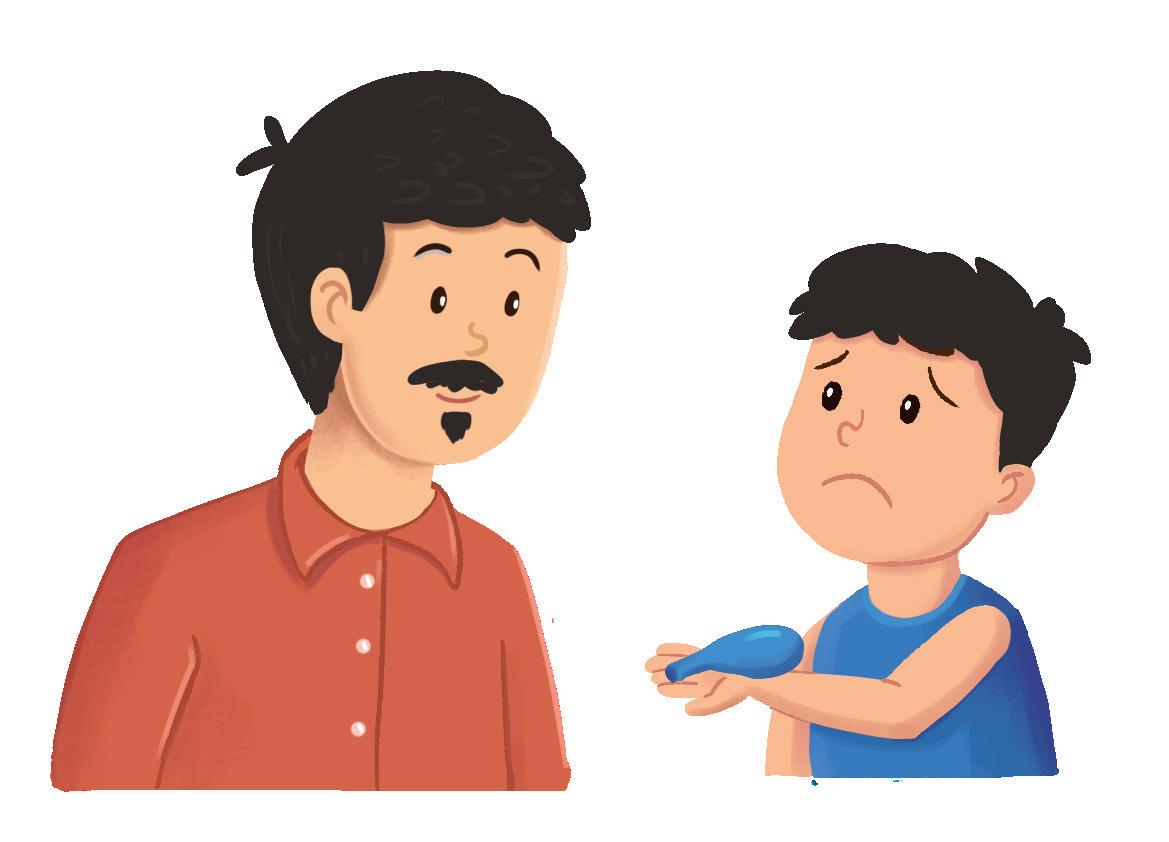

Objectives
• Observation • Awareness

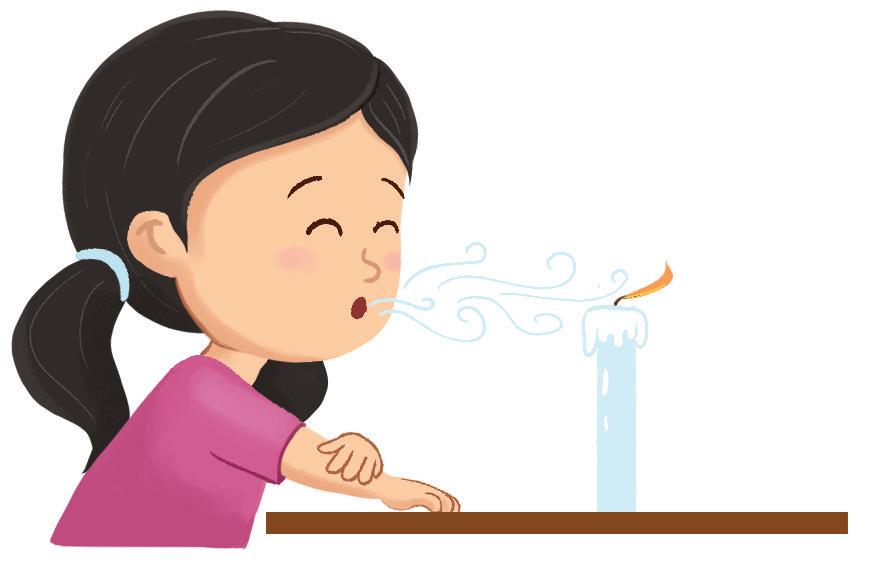
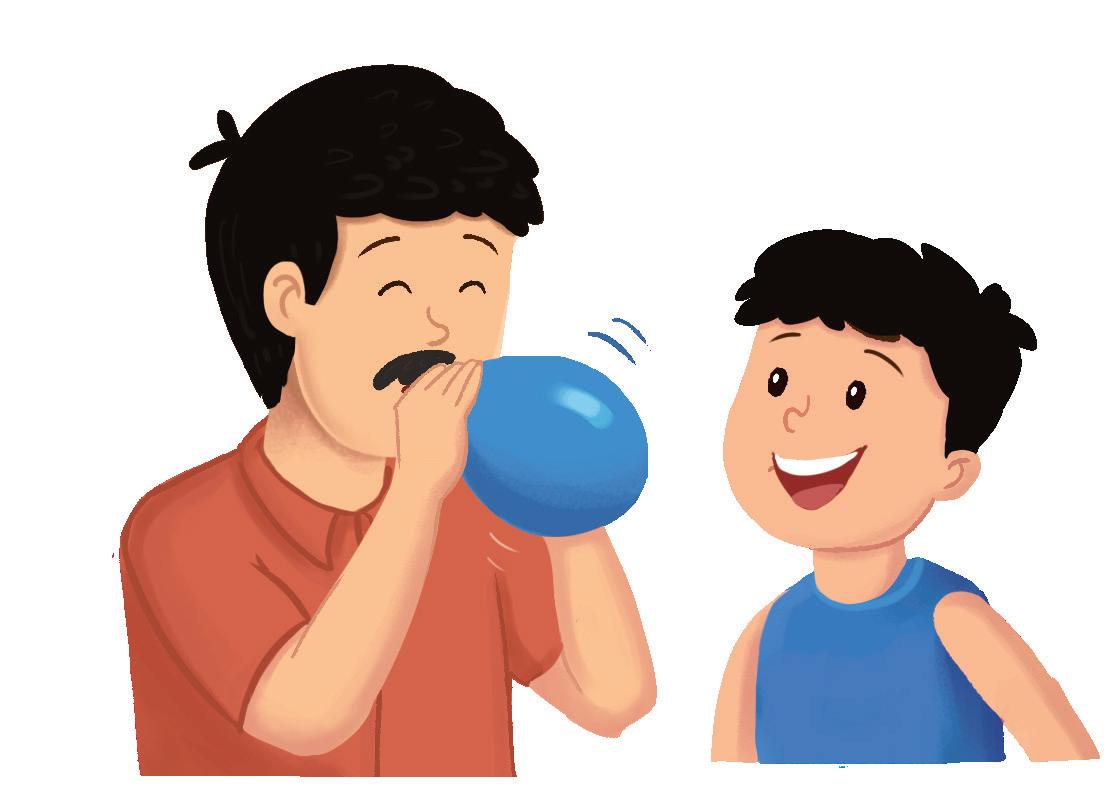
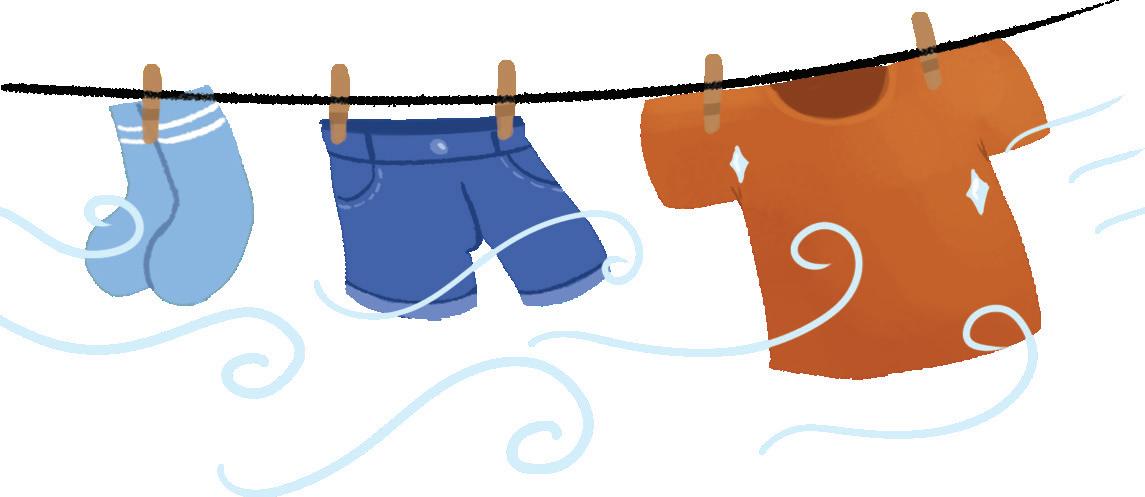



Sequence the pictures in the order from 1 to 5.
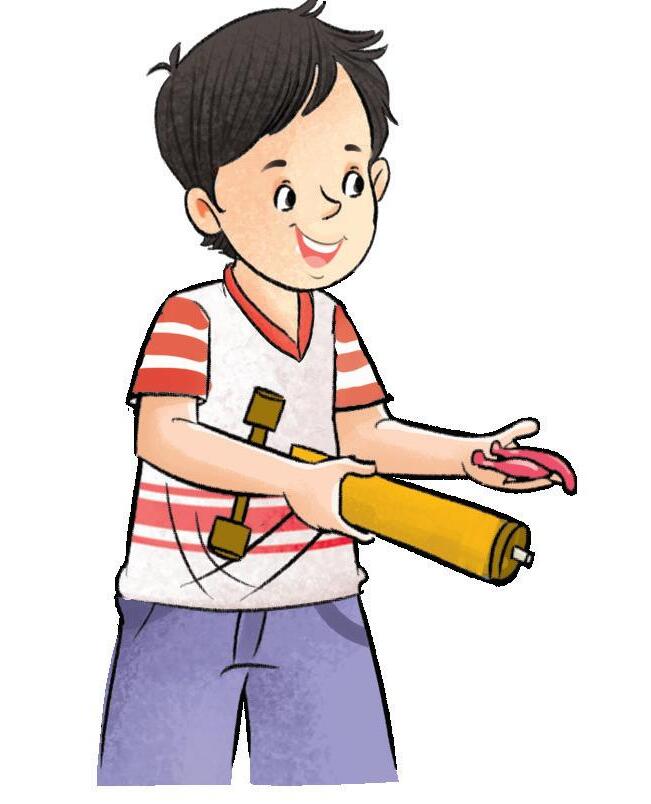
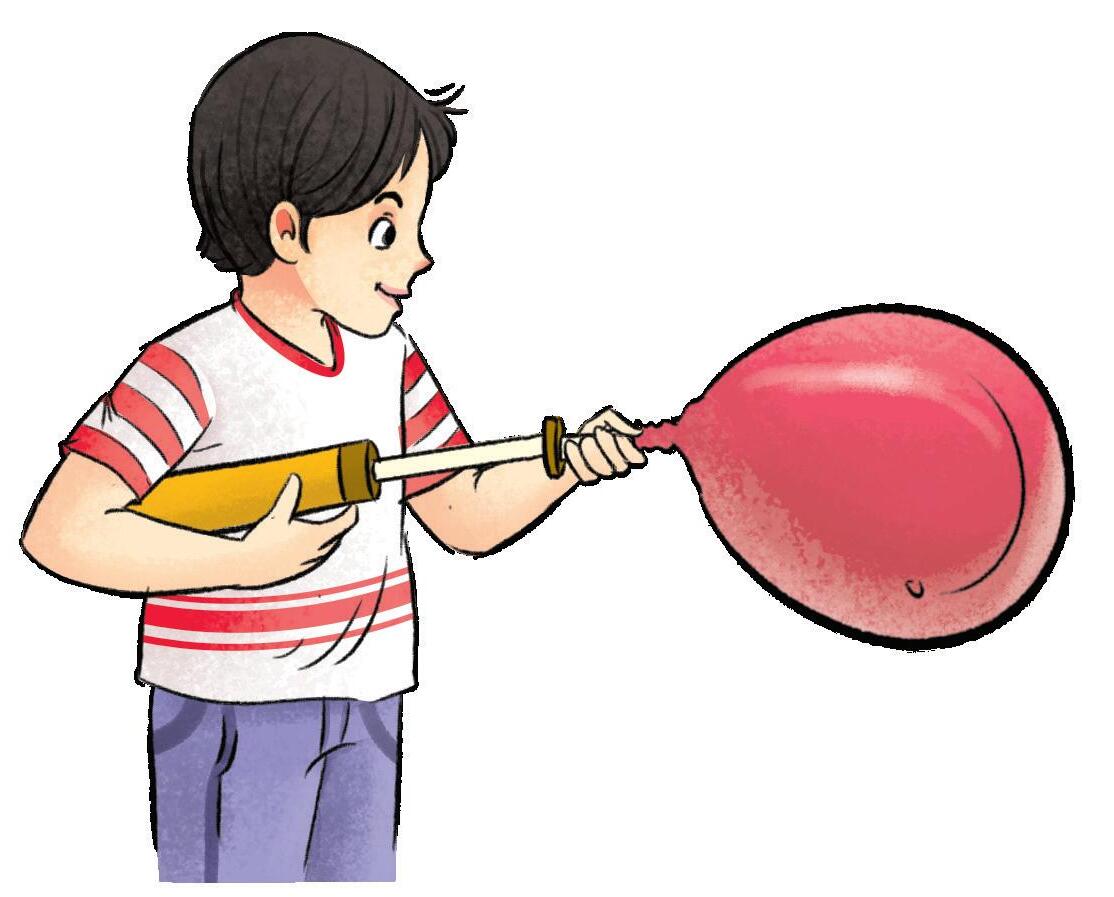
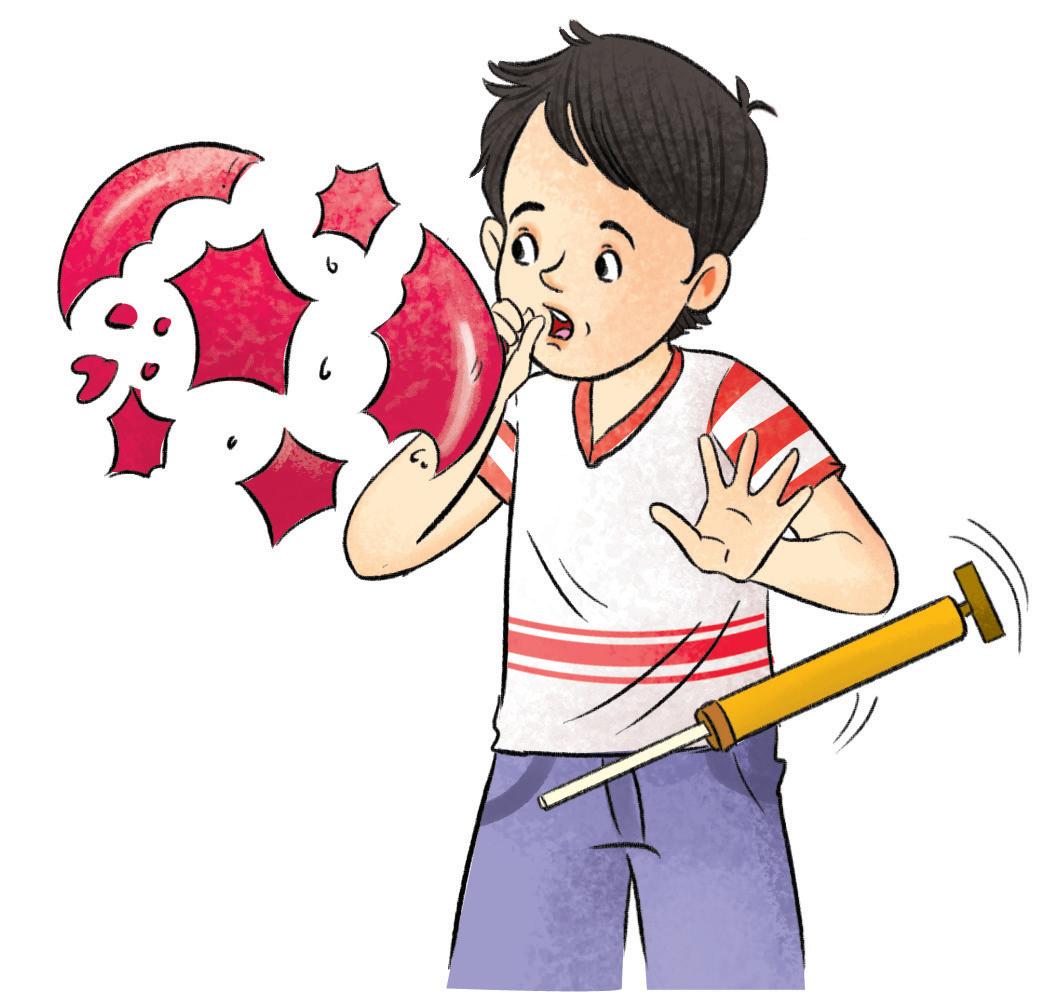
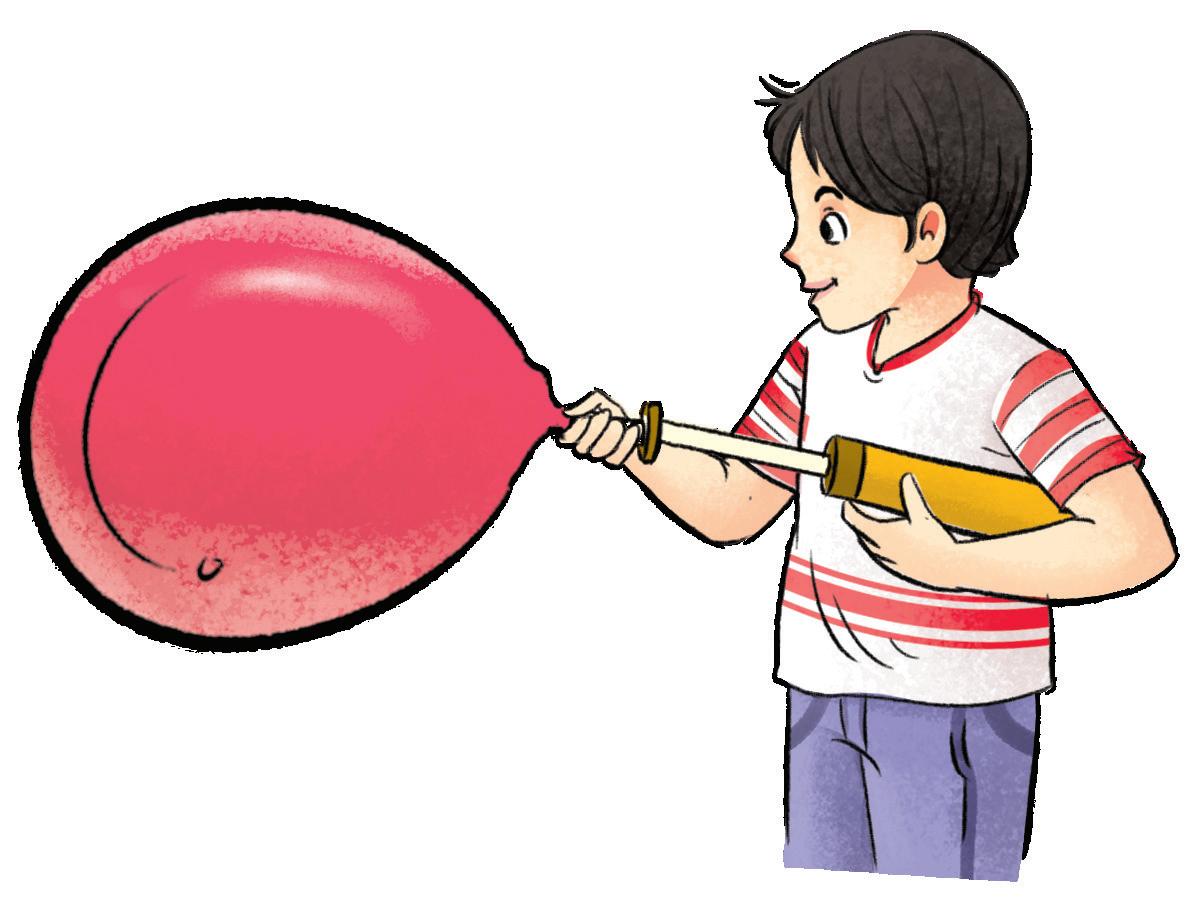

Objectives
• Sequencing


Activity 1
Objective: To encourage children to share their summer holiday experiences, explore new fun activities, and enhance critical thinking skills through group discussions.
Instructions:
• Gather the children in a comfortable seating arrangement in a circle. Explain that they will be having a special discussion about their summer holidays and exploring activities they can try during the next summer holiday.
• Share a brief story or personal experience about a fun summer activity you enjoyed last year to warm up the conversation and model how to share experiences.
• Introduce guiding questions to start the conversation:
“What is your favourite activity to do during the summer?”
“Did you go anywhere special this summer?”
“Who did you spend your summer with?”
• Invite each child to share their thoughts and experiences. If some children are shy, encourage them gently by saying, “Let’s hear from someone who hasn’t shared yet.”
Activity 2
Objective: To enhance fine motor skills and creativity while exploring themes related to the rainy season.
Instructions:
Ask few children to get coloured A4 sheets. While making paper boats with those coloured A4 sheets, gather all the children around the table where you will be making the boats. Hold up a coloured A4 sheet and explain that you will be folding it to create a paper boat. Arrange a tub and fill it water. Demonstrate the boat-making process step by step, ensuring you explain each action clearly:
Step 1: Fold the A4 sheet in half lengthwise and then unfold it to create a center crease.
Step 2: Fold the top two corners down to the center crease to form a triangle.
Step 3: Fold the bottom rectangle up on both sides to create a pointy top.
Step 4: Flip it over, fold up the bottom edges again, and then gently pull the sides apart to reveal the boat.
Assist children in floating these paper boats inside the tub. Ensure they place them carefully, so they don’t get damaged.
Activity 3
Objective: To encourage self-expression and enhance communication skills while learning about the four seasons.
Instructions:
Start the circle time by naming all four seasons: summer, winter, rainy, and spring. Share a few sentences about your favourite season, mentioning activities and items related to it, such as:
• “I enjoy eating ice cream in summer.”
• “I love swimming during summer.”
• “My favourite fruit is mango.”
Invite each child to share a few lines about their own favourite season. Encourage as many children as possible to participate. While children are speaking, offer hints to help them elaborate on their thoughts. Suggested categories for discussion include:
• Food (e.g., seasonal treats)
• Clothing (e.g., what they wear)
• Nature (e.g., activities or changes in the environment)


Look at the different types of weather.

Objectives
• Understanding weather • Observation • Fine motor skills



Look at the different types of seasons.
SPRING
Objectives
• Understanding seasons
SUMMER




























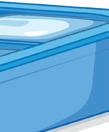

























Circle the things we use and see in the summer season.





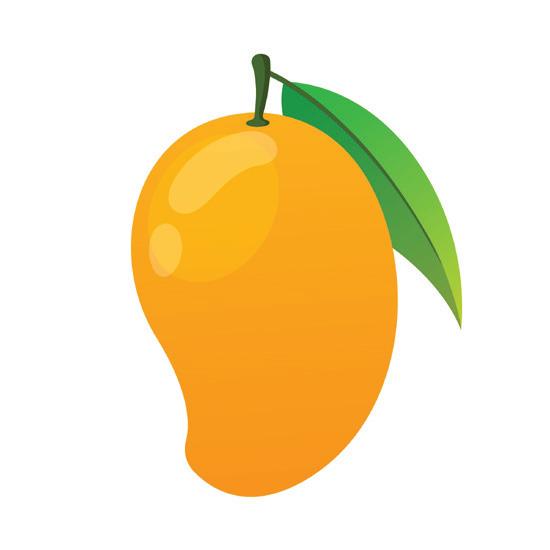













Objectives
• Association of things with summer season


Circle the things we see and use on a rainy day.

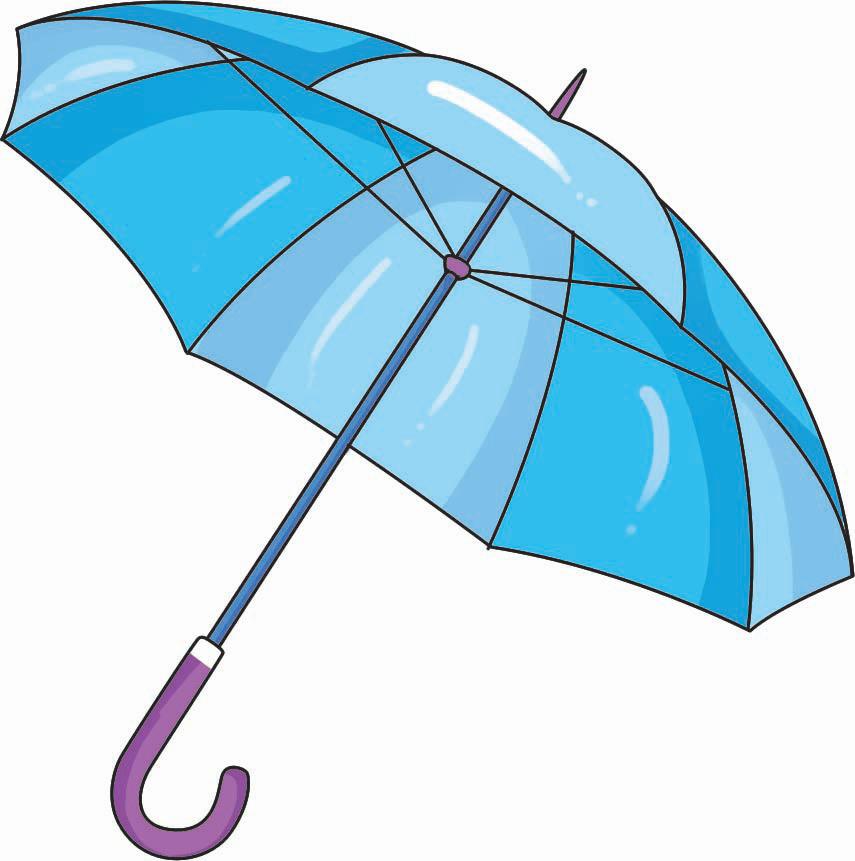


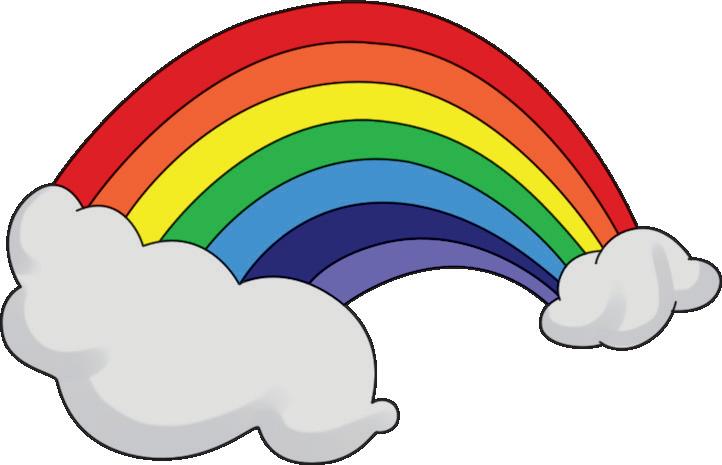
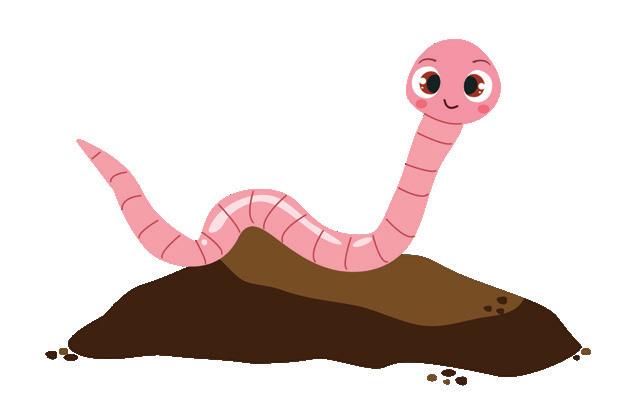
Objectives
• Association of things with rainy season

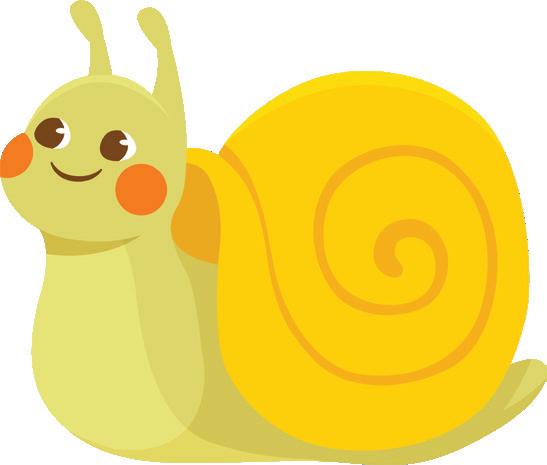
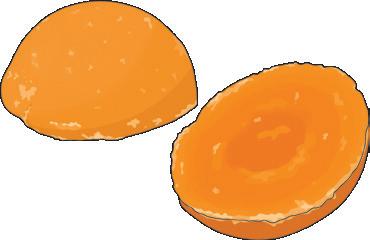

Tick () the things we use and see in the winter season.
Objectives


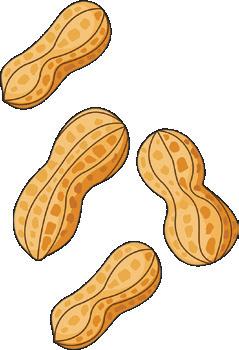





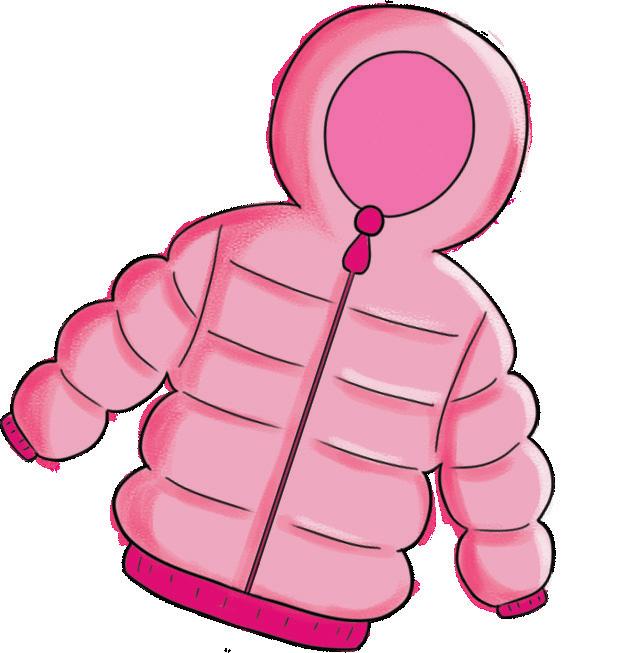





• Association of things with winter season








































Circle the odd picture in each group.













Objectives



















• Association • Logical reasoning





























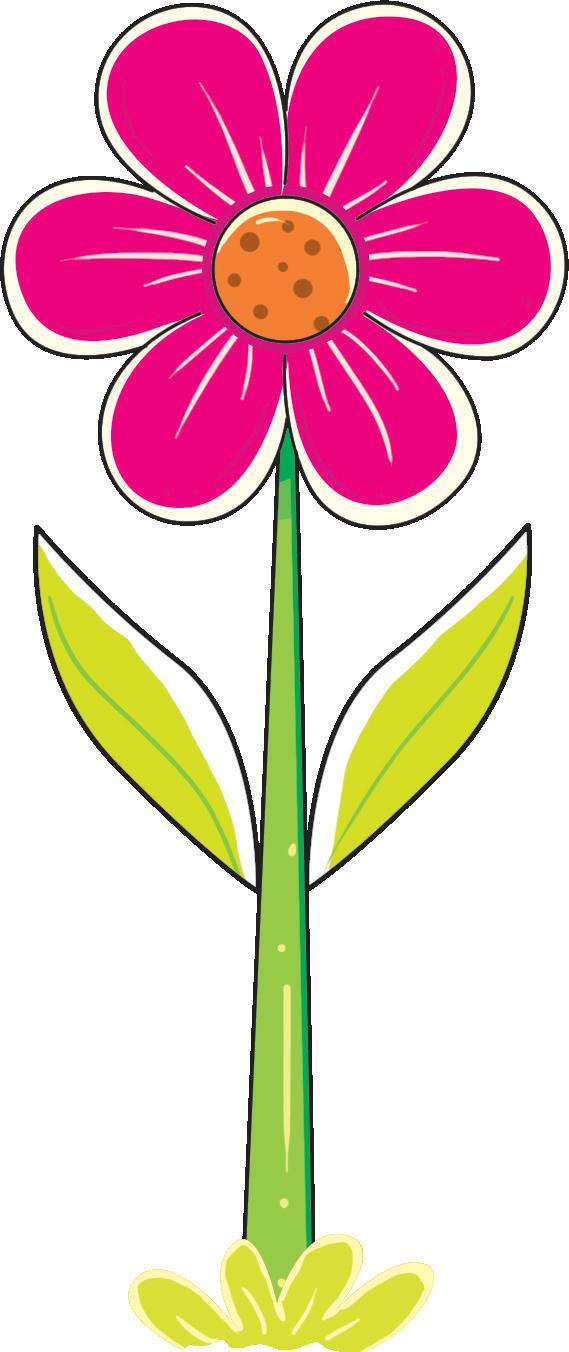
Winters are over. It is spring. Spring is the season of flowers. Complete the picture by drawing more flowers, bees and butterfly.




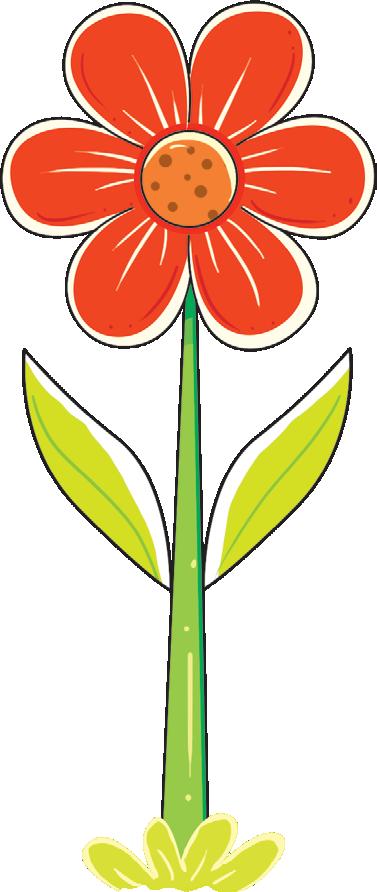
• Fine motor skills • Association of things with the spring season

Holi | Raksha Bandhan | Diwali
Christmas | More Festivals | Republic Day
Independence Day | Gandhi Jayanti
Activity 1
Objective: To introduce children to the characters of the Ramayan and the significance of Diwali through storytelling and discussion.
Instructions:
Begin circle time by showing pictures of key characters from the Ramayan, including Lord Ram, Lakshman, Sita, and Hanuman. Share a brief and engaging version of the Ramayan, focusing on the main events and characters. Ensure to highlight the key themes, such as bravery, loyalty, and the triumph of good over evil.
Conclude the story by explaining the reason behind celebrating Diwali, emphasizing its association with the return of Lord Ram to Ayodhya and the joy of the victory of light over darkness.
Engage the children by asking relevant questions throughout the story to gauge their understanding and knowledge of the Ramayan. For example, ask them about the significance of certain characters or events.
Encourage children to share their own experiences of celebrating Diwali, including traditions and activities they enjoy with their families.
Activity 2
Objective: To educate children about the significance of Gandhi Jayanti and the teachings of Mahatma Gandhi through a creative art activity.
Instructions:
Begin by sharing the significance of celebrating Gandhi Jayanti, emphasizing its importance as a national festival. Discuss the core teachings of Mahatma Gandhi, highlighting how they can influence our lives, including:
• the power of non-violence
• equality and inclusivity
• empathy and compassion
Provide each child with a worksheet featuring an outline image of Mahatma Gandhi and a background of the national flag. Instruct the children to tear origami sheets and paste them onto the background of the worksheet to create a textured effect representing the flag. Show a coloured image of the national flag for reference.
Once they have completed the background, ask the children to colour in the picture of Mahatma Gandhi on their worksheet.
Activity 3
Objective: To celebrate the spirit of Holi through a creative art project while educating children about the festival’s significance.
Instructions:
Ask three children to bring in white t-shirts from home. Hang the t-shirts on a pinboard for the activity.
Instruct the children to print their hands in a variety of colours on the t-shirts, encouraging them to use as many different colours as possible to create a vibrant design.
Once the hand-printing is complete, allow the t-shirts to dry.
While the t-shirts are drying, share the importance of the festival of Holi with the class, discussing themes such as joy, love, forgiveness, and the arrival of spring.
Ask each child to bring a picture of themselves playing Holi with friends and family. Once the t-shirts are dry, staple their colourful pictures onto the t-shirts for combining creativity with cultural education, allowing children to celebrate Holi in a fun and interactive way while also preserving their memories of the festival.
Once they have completed the background, ask the children to colour in the picture of Mahatma Gandhi on their worksheet.


Here are a few ways we celebrate Holi.
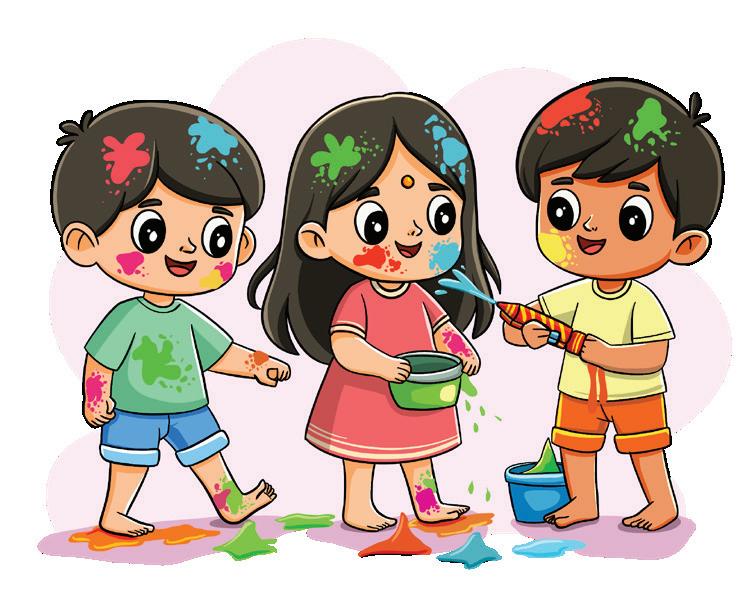
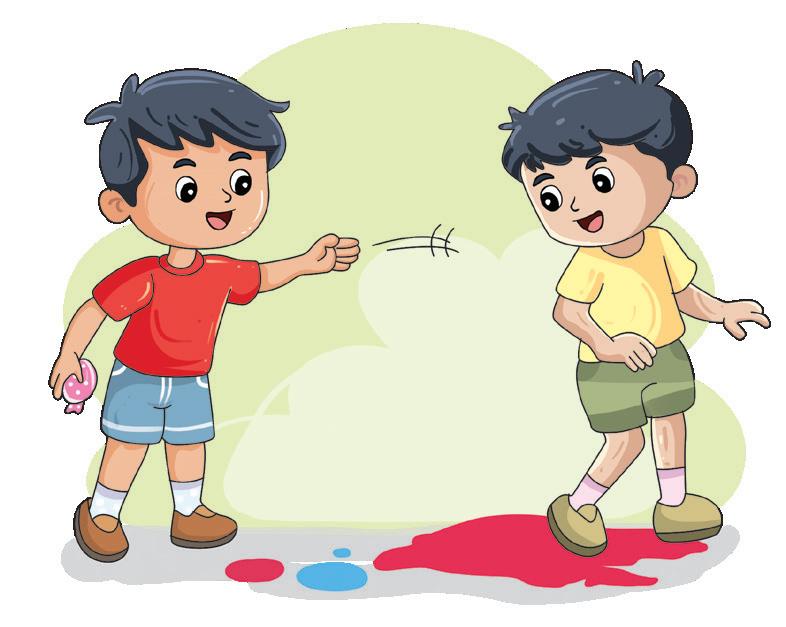



Trace the dotted lines with the colour of your choice.

Objectives
• Cultural awareness
• Fine motor skills


Trace and colour the rakhi.
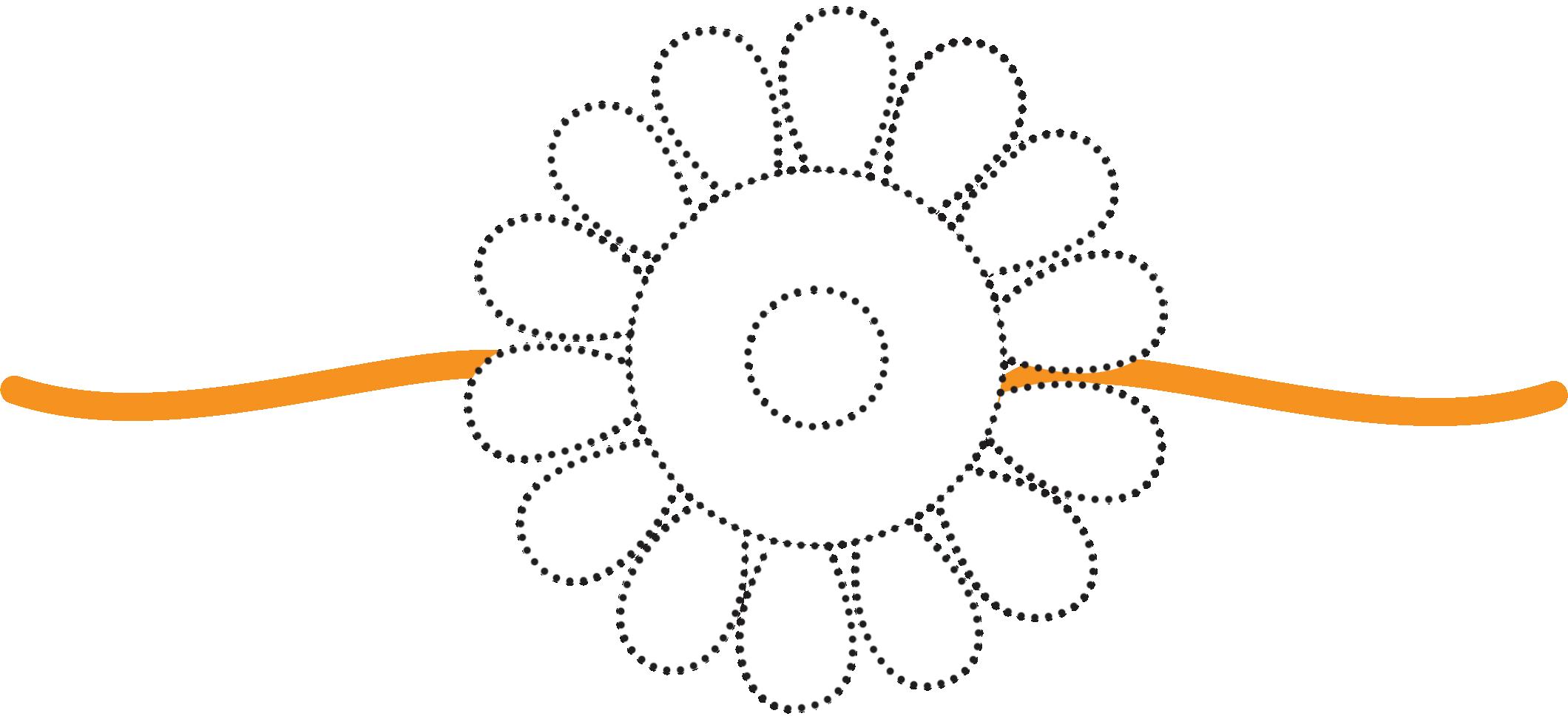
Match the rakhis.
Objectives
• Creativity • Visual discrimination
• Fine motor skills


Colour and decorate the diya.
Draw and complete the pattern.
Objectives
• Creativity • Visual discrimination
• Patterning
• Fine motor skills



Colour the Christmas tree.
Objectives
• Creativity • Fine motor skills


Match the pictures with the correct festivals.

Objectives
• Matching • Cultural awareness

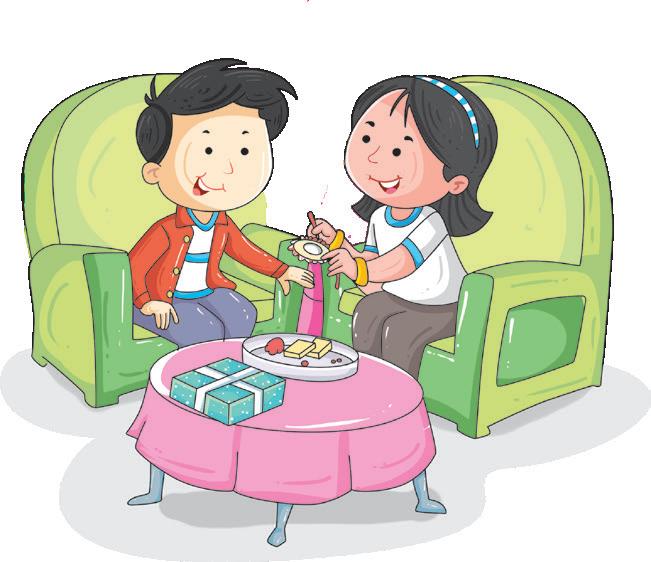
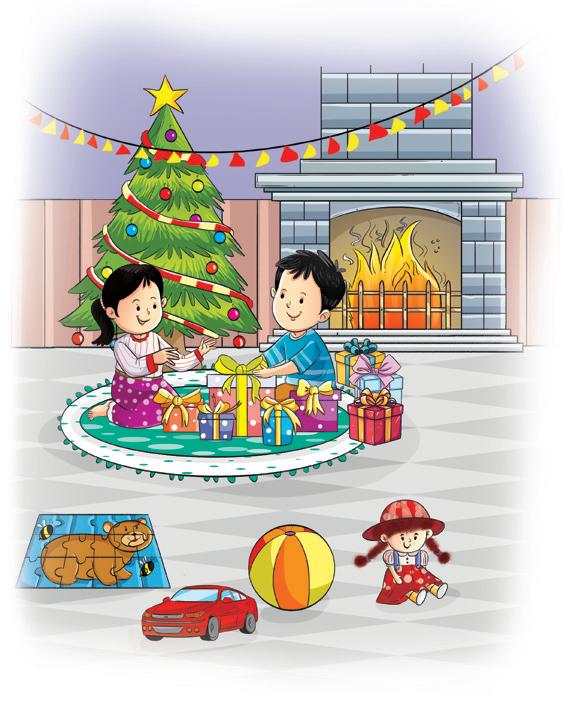
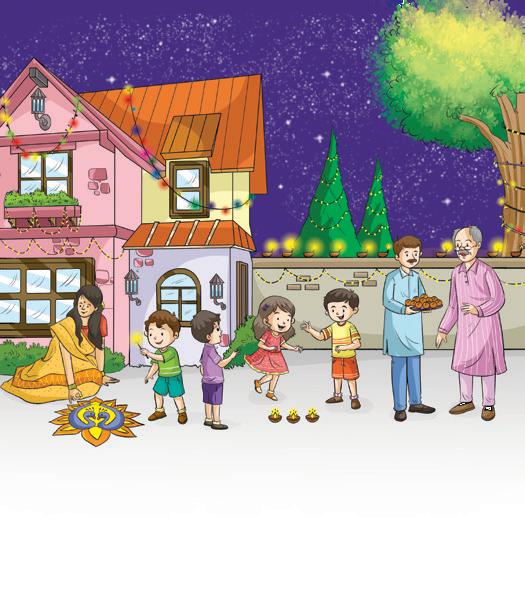


Here are some more festivals that are celebrated in India.
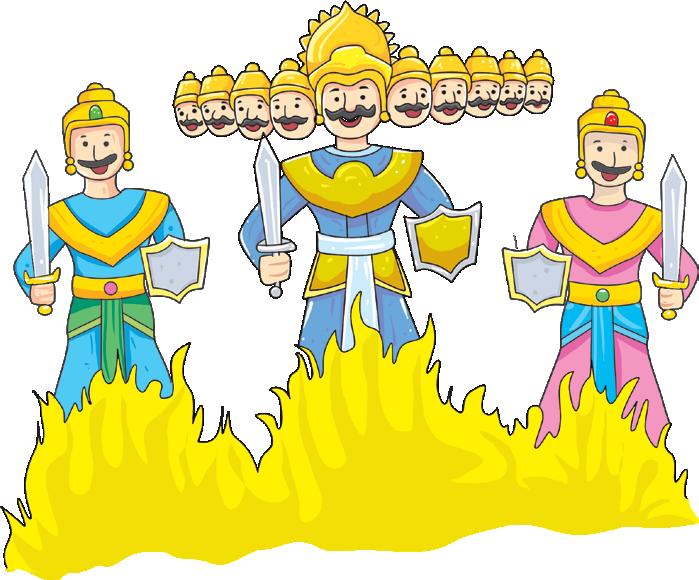
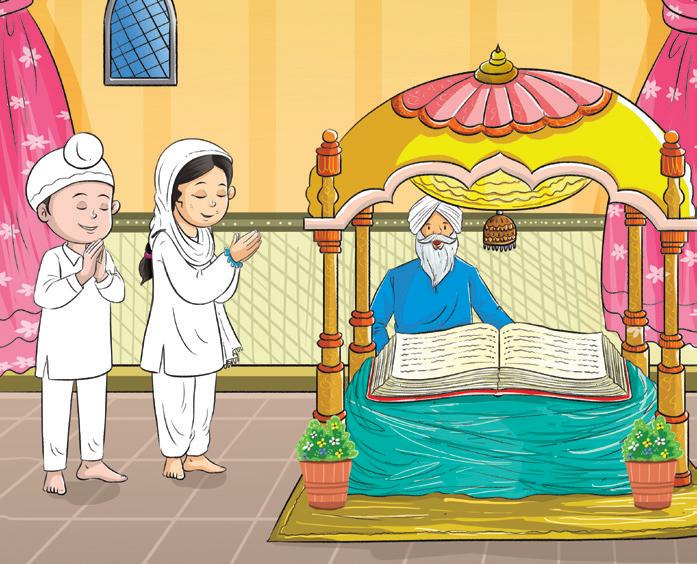
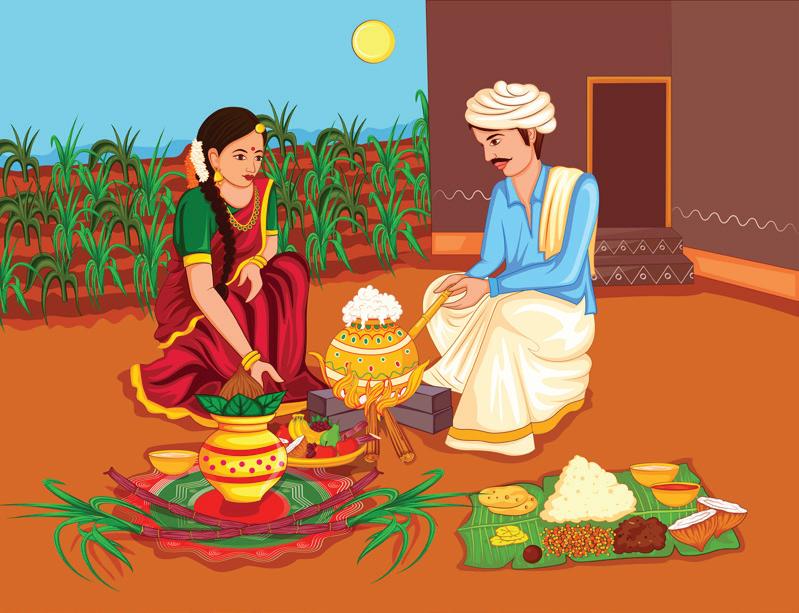



Objectives
• Cultural awareness




We celebrate Republic Day on 26 January every year.

Help the soldier find his way to the Indian flag.

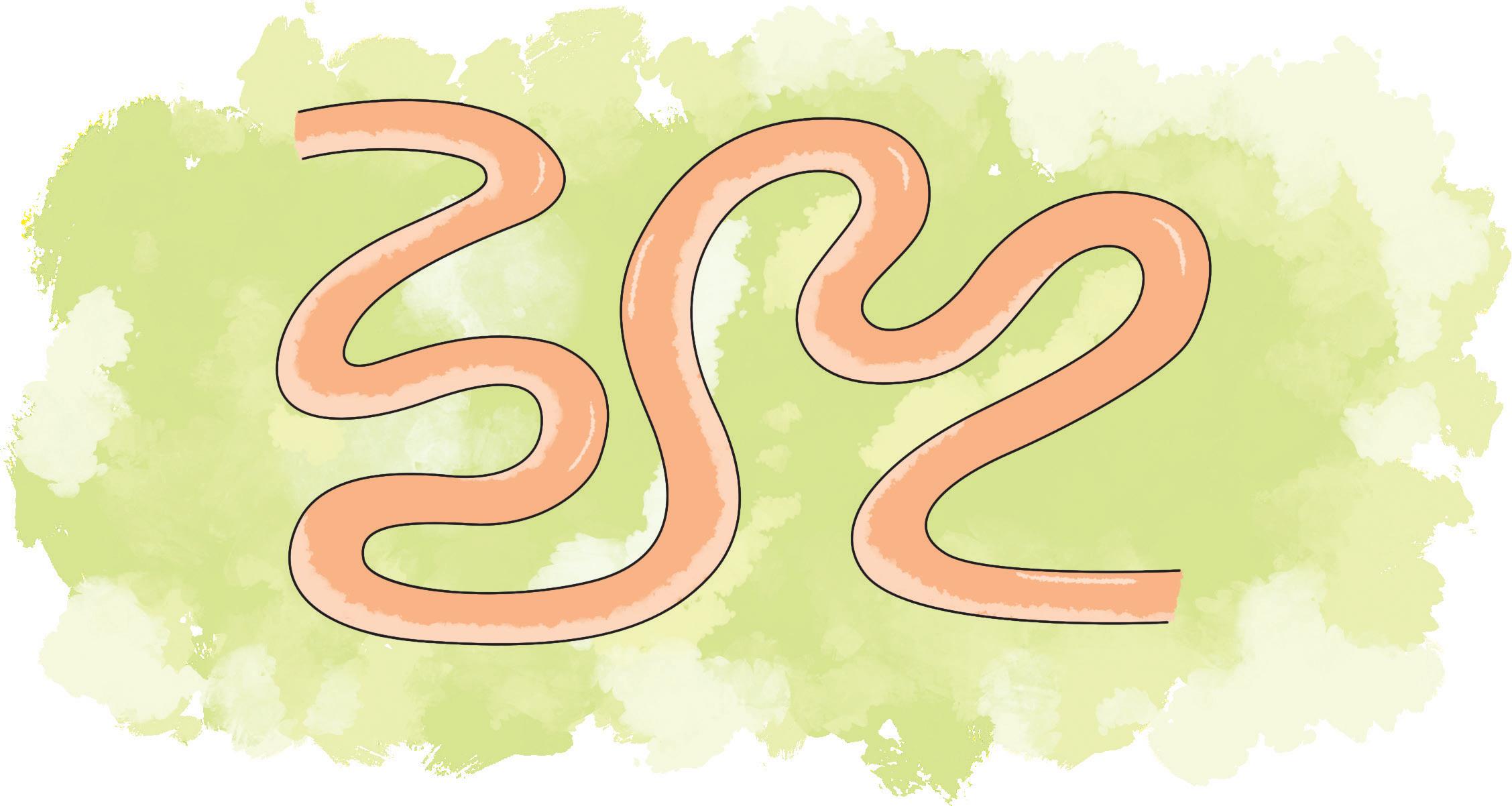
Objectives
• Fine motor skills




We celebrate independence day on 15 August every year. Colour the flag.
• Fine motor skills • Identification • Awareness


We celebrate Gandhi Jayanti on 2 October every year.

Trace the objects.




glasses walking stick spinning wheel (Charkha)
Objectives
• Fine motor skills • Awareness
• Identification


Road Transport | Choo-choo Train | Air Transport
Water Transport | What is Wrong? | Travel Match
Traffic Lights | Road Signs | Keep in Touch
Machines Around Me
Activity 1
Objective: To encourage children to express themselves, develop their speaking skills, and learn about different gadgets through creative presentation.
Instructions:
Explain to the children that they will be participating in a “Gadget Show and Tell.” Each child will bring in a picture of a gadget—this could be something simple like a phone, toy, or kitchen appliance.
Instruct each child to think about five sentences they would like to share about their gadget. Here are some guiding questions to help them formulate their sentences:
• What is the gadget?
• What does it do?
• How do you use it?
• Why do you like it?
• Where do you usually find it at home?
Allow each child to present their picture and read or speak their sentences. Encourage them to be expressive and to look at their classmates while speaking.
Applaud after each presentation to foster a supportive environment and encourage confidence.
Activity 2
Objective: To teach children the values of goodness and kindness through interactive participation and teamwork by being a Kind Train.
Instructions:
Prepare a list of ten goodness/kindness words to use during the activity, like:
• I am a good boy, I am a polite girl, I help others, I respect elders, I share my toys, I am kind, I obey teachers, I study every day,
• I come to school on time, and I stay clean and tidy.
Gather the children and explain the “Kind Train” activity.
Choose a child to start the activity and make her / him say one sentence at a time, like, “I am a good girl/boy.” Make this child as the engine of the train.
Continue by calling on another child to say, “I am a polite girl/boy,” and keep prompting each child to use one of the goodness/ kindness words from the list. Make every child join the train engine by holding on to each other’s waist to form a “Kind Train” chain.
Once all the children have participated and joined the Kind Train, guide them around the classroom, allowing them to experience the fun of traveling together as a train.
Activity 3
Objective: To teach children about traffic signals, the importance of following rules, and developing listening skills through a fun, interactive game.
Instructions:
Create three large, brightly coloured boards: one red, one yellow, and one green. Label the boards clearly with “Stop,” “Wait,” and “Go” to reinforce their meanings.
Demonstrate how each signal works. For instance, when you hold up the red board, the children should stop; when holding up the yellow board, they should prepare to stop; and when showing the green board, they can walk. Have the children line up in a single queue. Ensure they understand they will be following the traffic signal you show. Begin the game by holding up the green board. Instruct the children to walk forward. After a few moments, switch to the yellow board and tell them to slow down and prepare to stop. Finally, when you display the red board, they must stop immediately.



Here are some vehicles we see every day on the road.
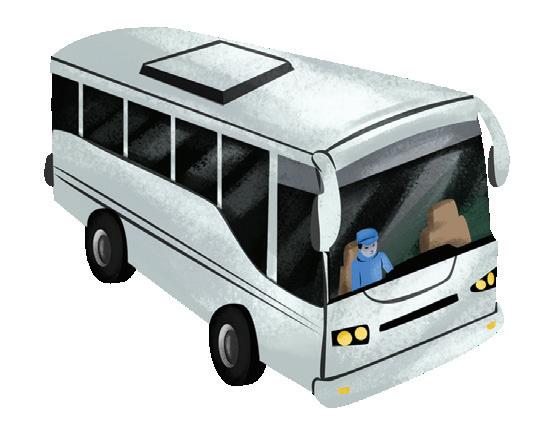
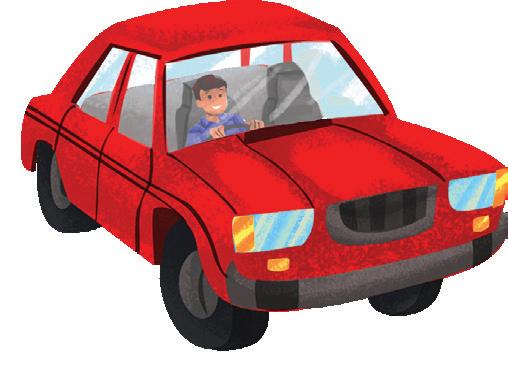
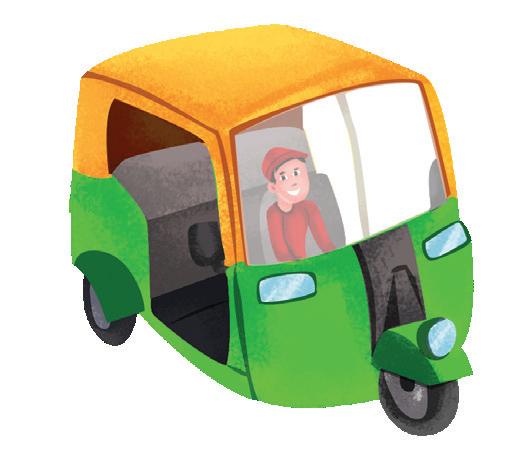
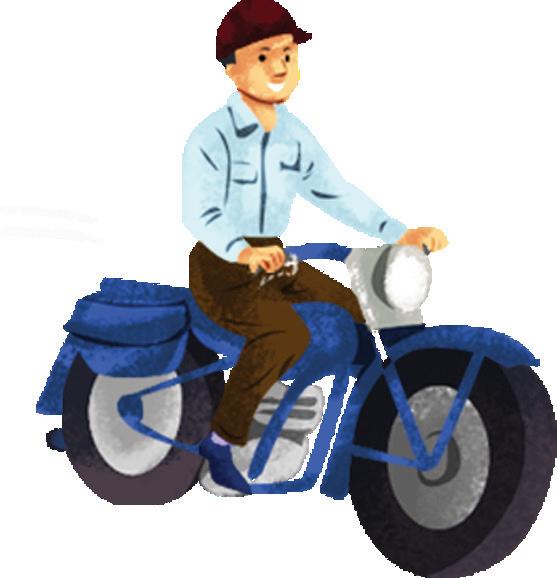
Objectives
• Identification
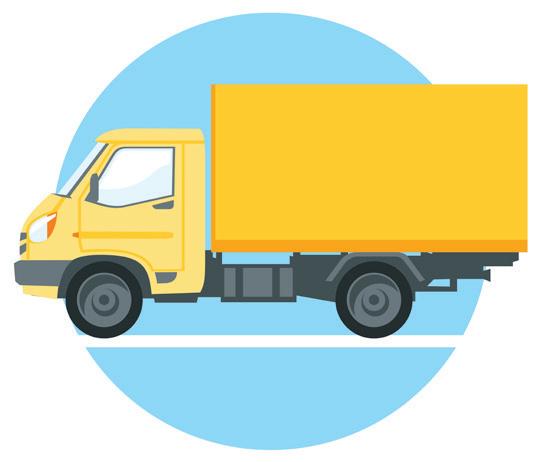
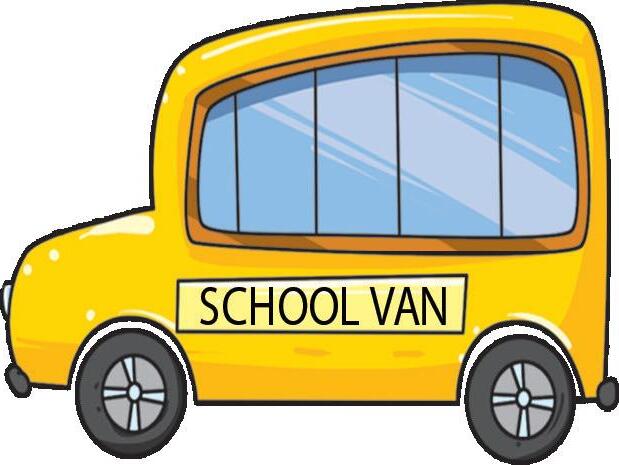

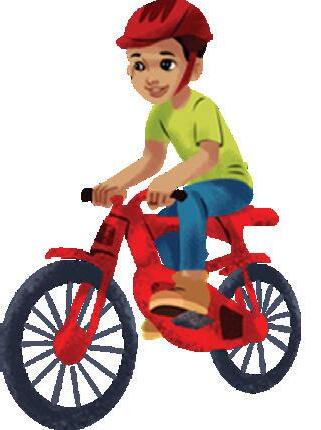

Tick () the bicycle that is bigger.
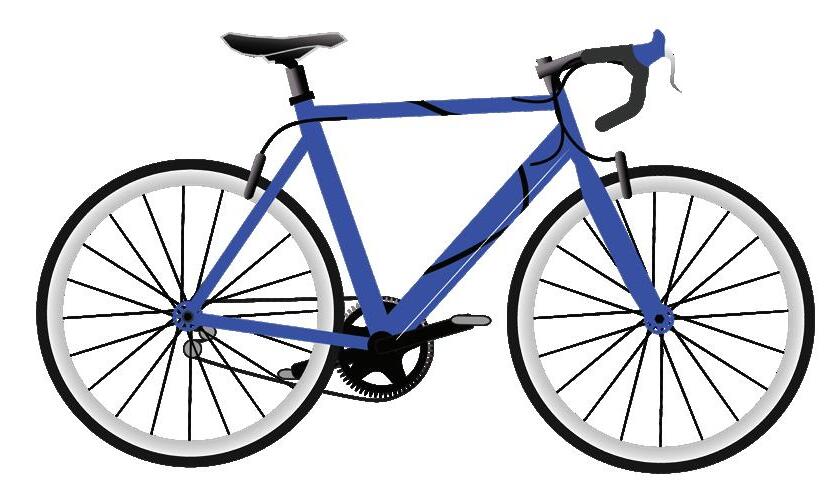
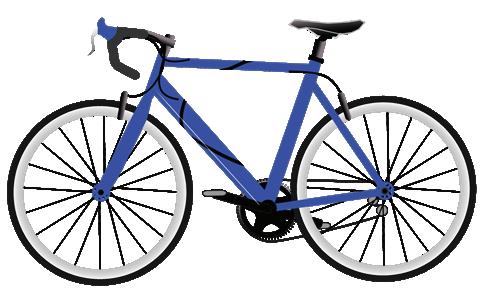
How many wheels do these vehicles have? Write the numbers in the boxes.

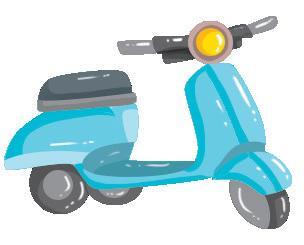

Objectives
• Identification • Spatial awareness



A train runs on tracks. Trace the dotted lines on the track and take the train to the railway station.


Objectives
• Fine motor skills • Identify vehicle that runs on a track • Spatial awareness



Here are some vehicles that fly. Colour the pictures.
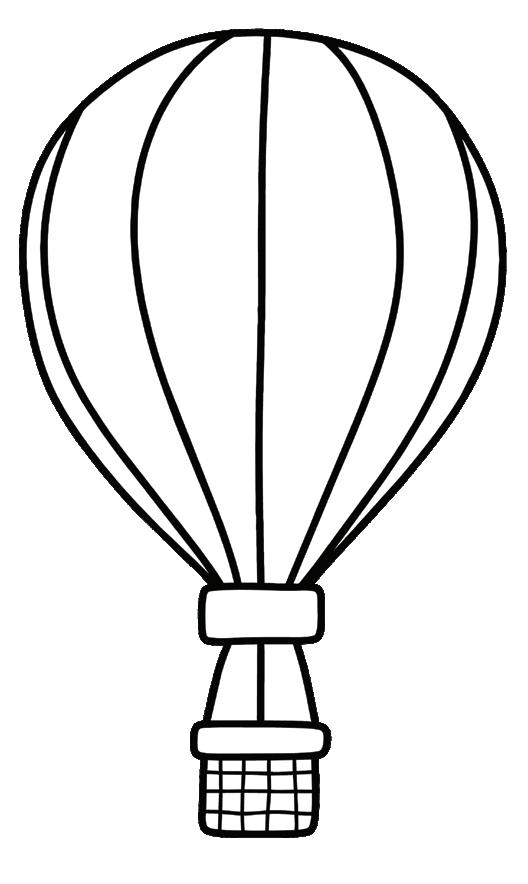
Hot-air Balloon
Write (F) for the vehicle that moves fast and (S) for the vehicle that moves slow.

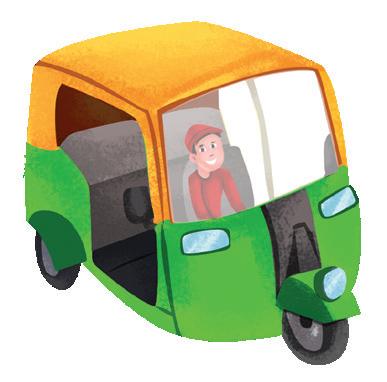

Objectives
• Fine motor skills • Identify air vehicles • Identify differences between land and air vehicles




boat
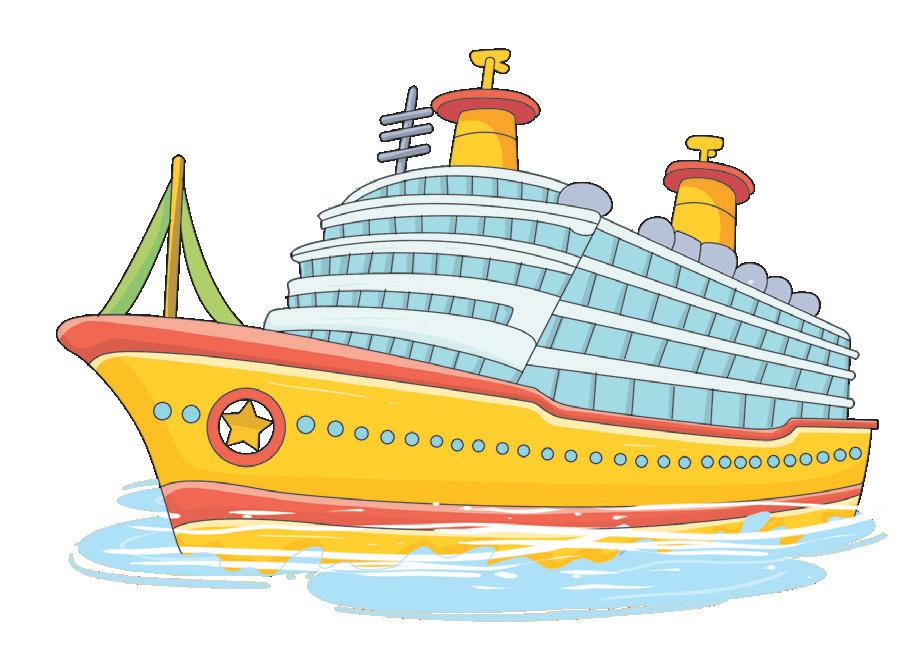
yacht ship


Tick () the vehicle which carries more people.
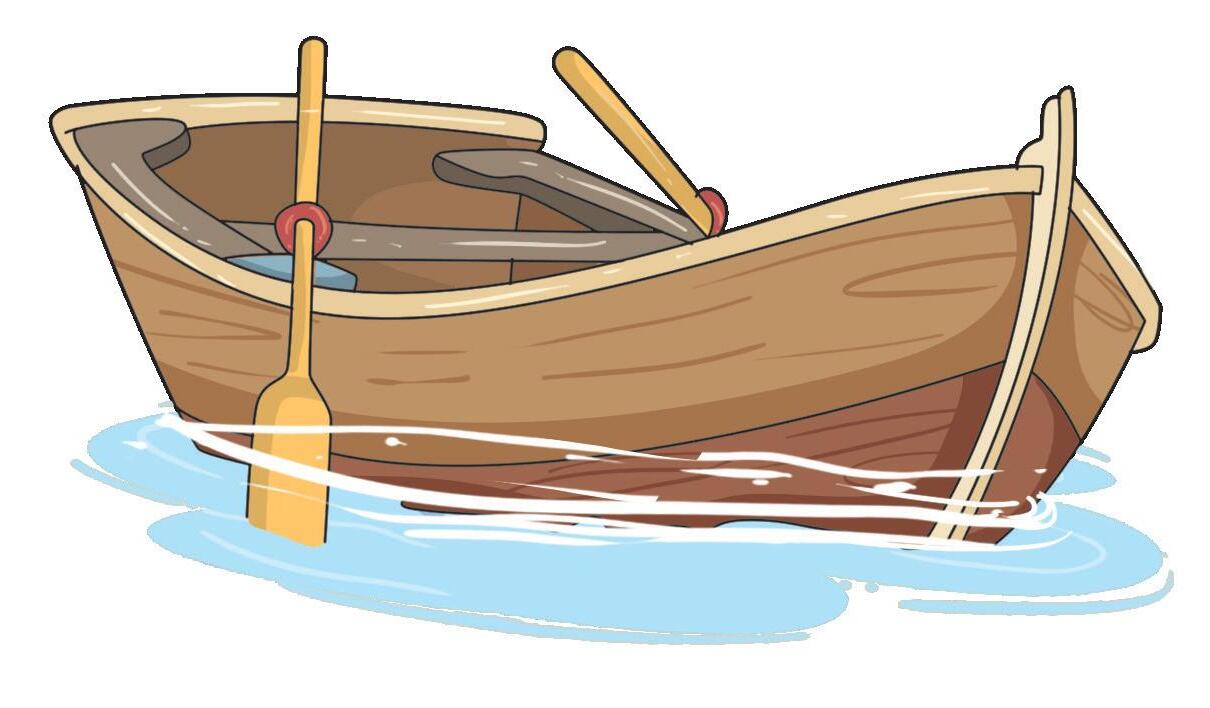

Objectives
• Identify vehicles that sail on water • Identify differences between land and water vehicles
• Logical thinking


Circle the vehicles that are in the wrong place.
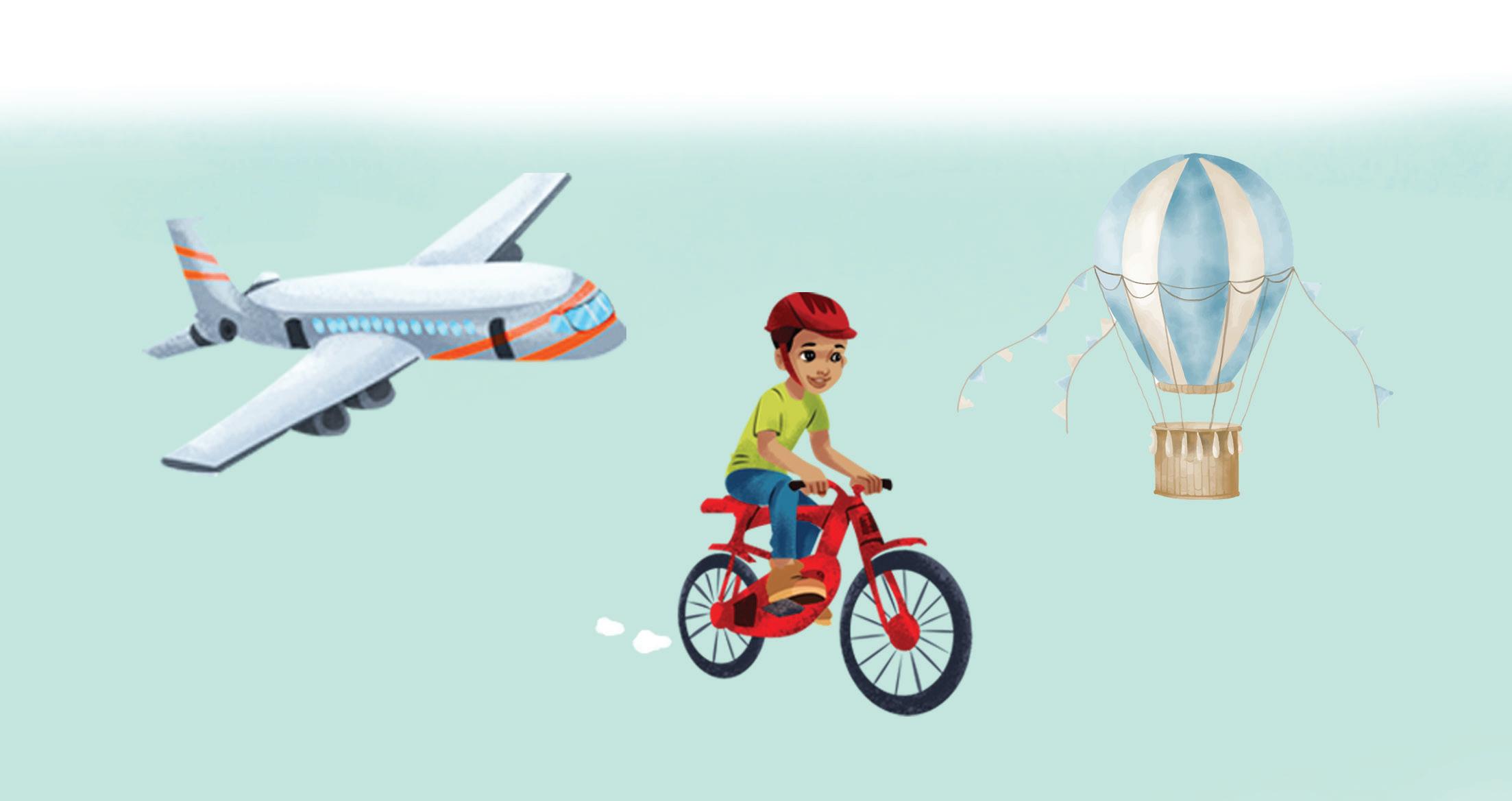
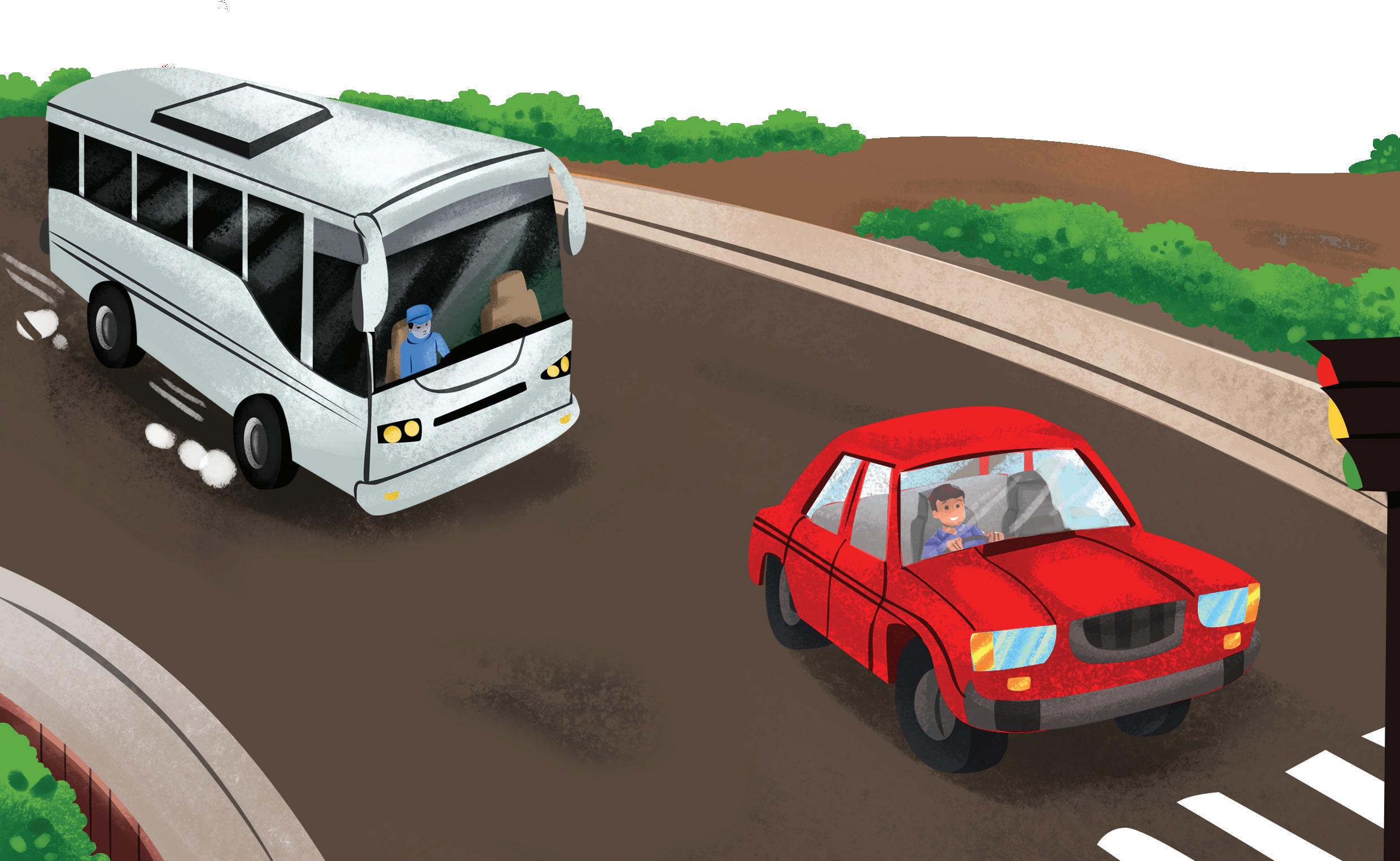
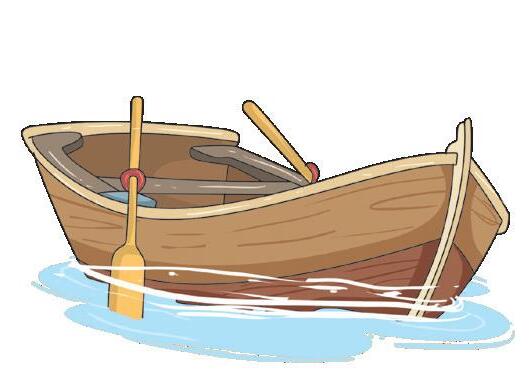
Objectives
• Critical thinking


Match the vehicles with where they move.
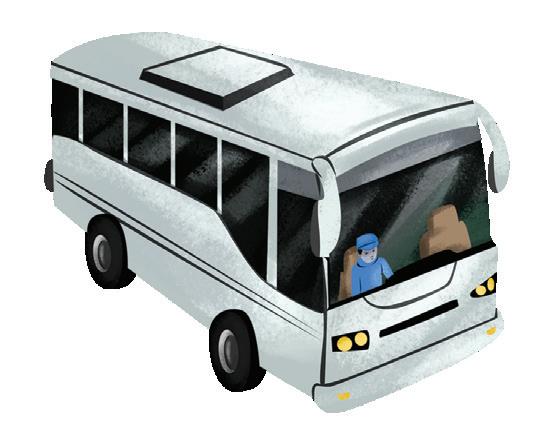
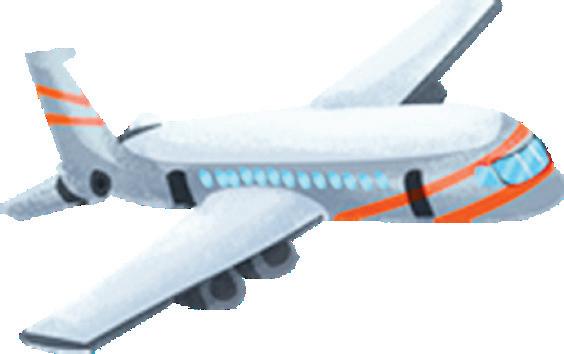

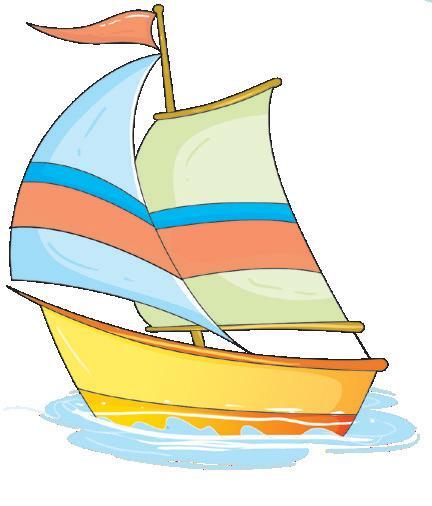
Objectives
• Matching • Observation
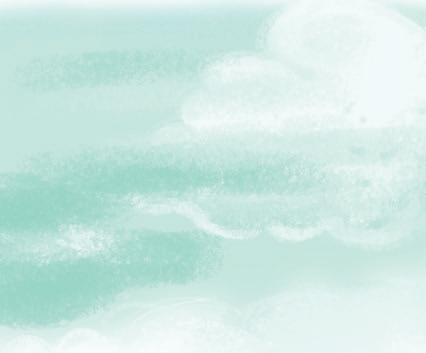


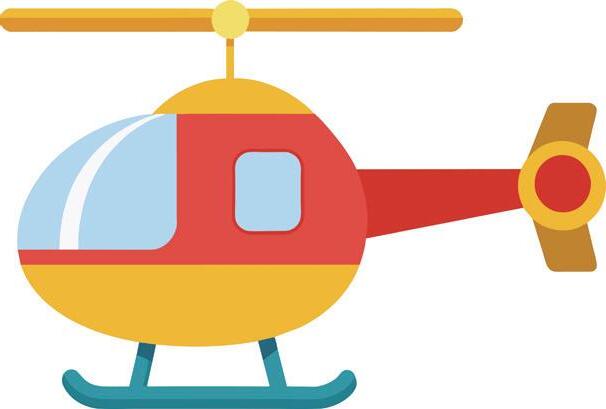

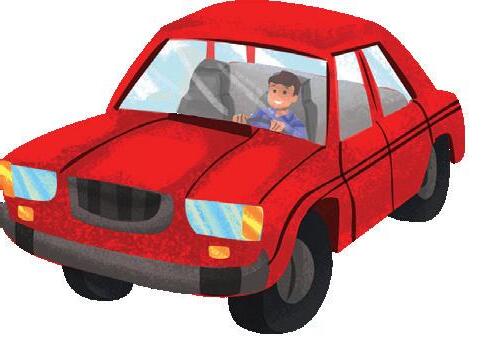

road water tracks
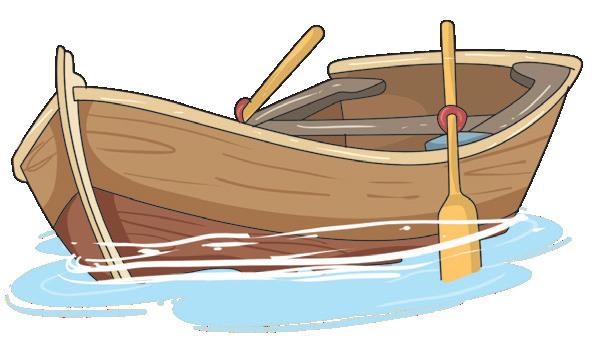

Paste the pictures of vehicles at the correct place. (Use the sticker sheet.)
Objectives
• Association • Observation
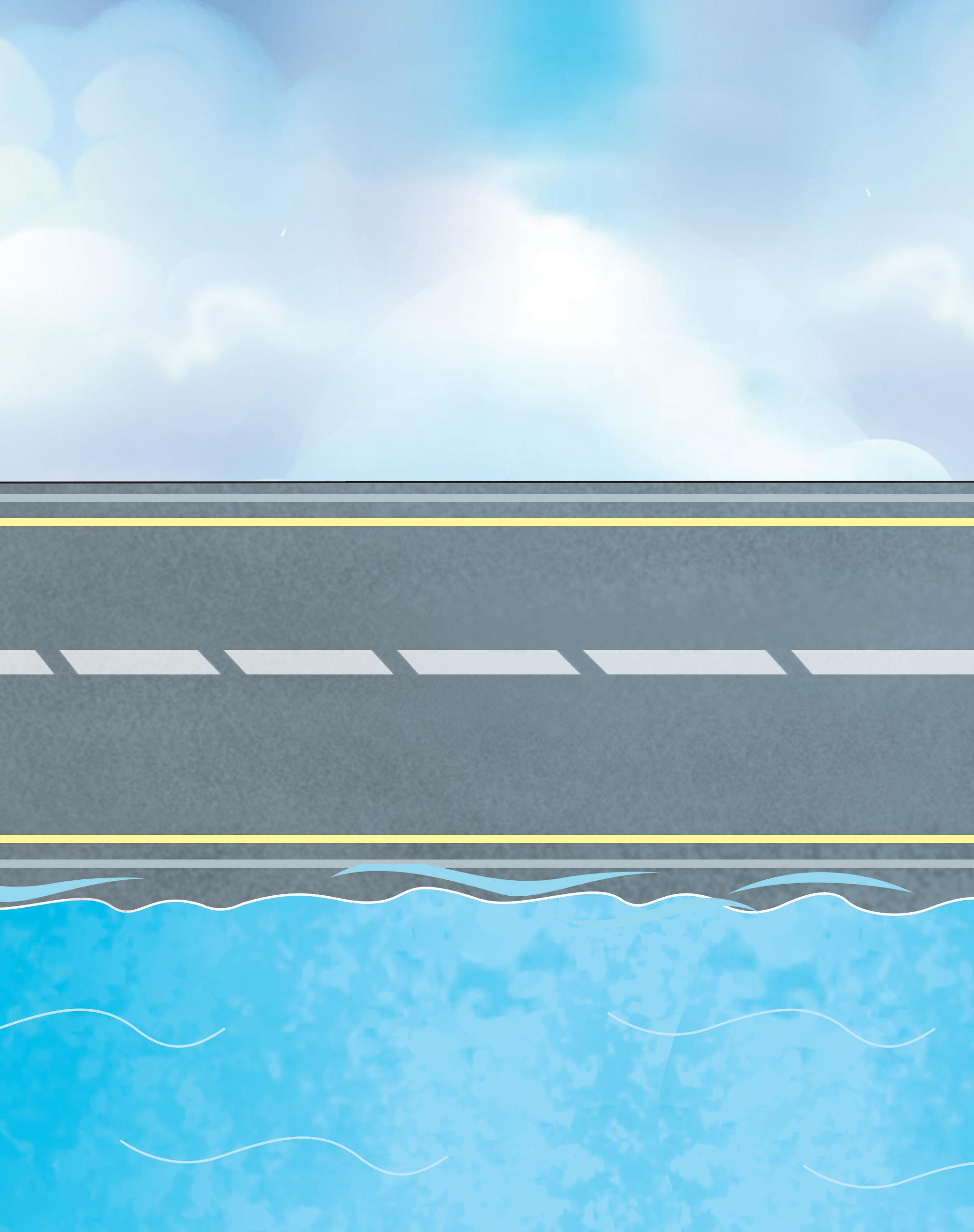




Sing the poem. Paste stickers of the correct traffic lights. (Use the sticker sheet.)
Red light, red light, What do you say?
I say stop, Stop right away.
Yellow light, yellow light, What do you mean?
I say wait, Till the light turns green.
Green light, green light What do you say?
I say go, Go right away.
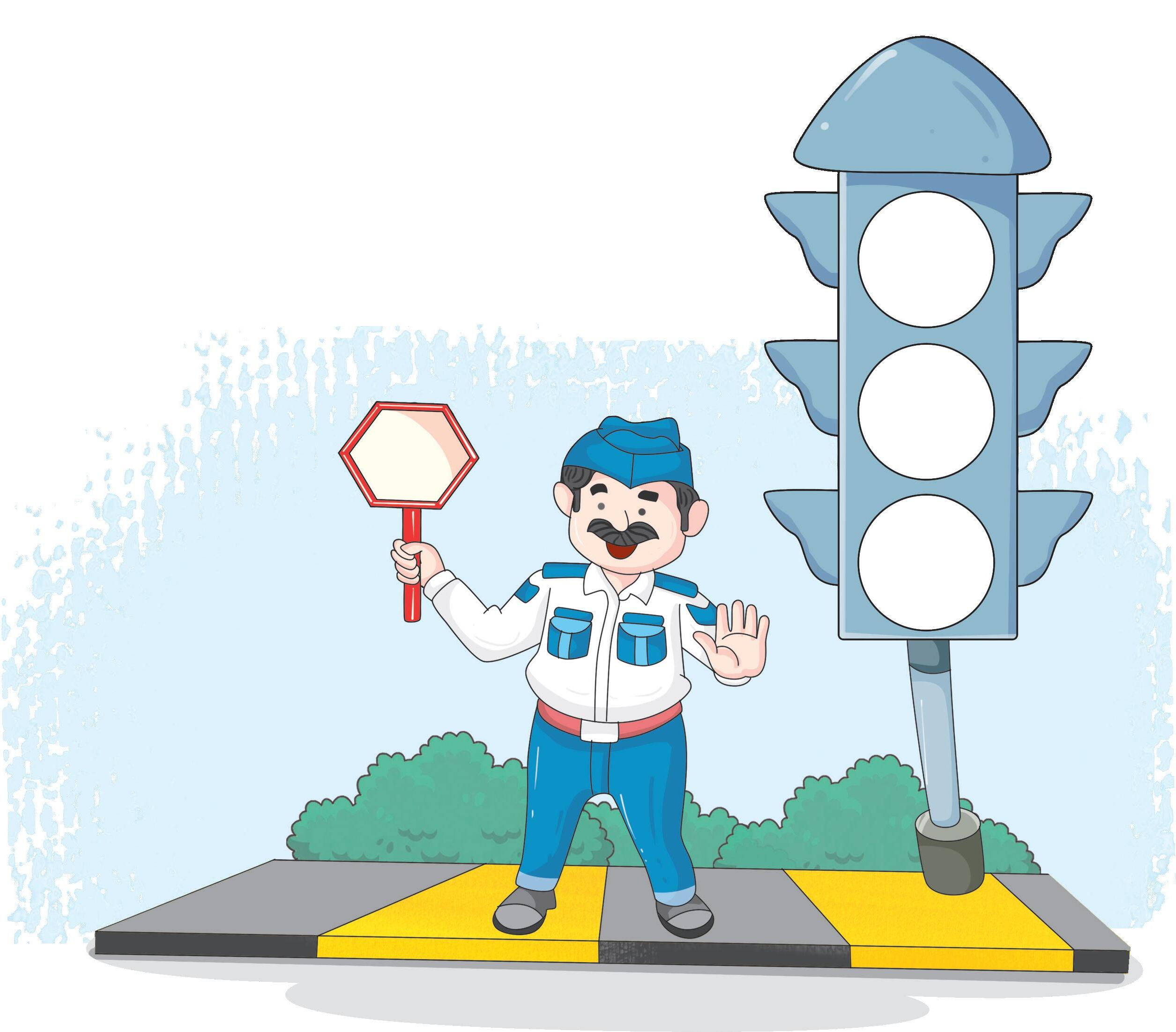
Always stop, look and then cross the road.
Objectives
• Safety awareness • Language development • Colour recognition


Look at these road signs. Tick () the signs you have seen. Stop
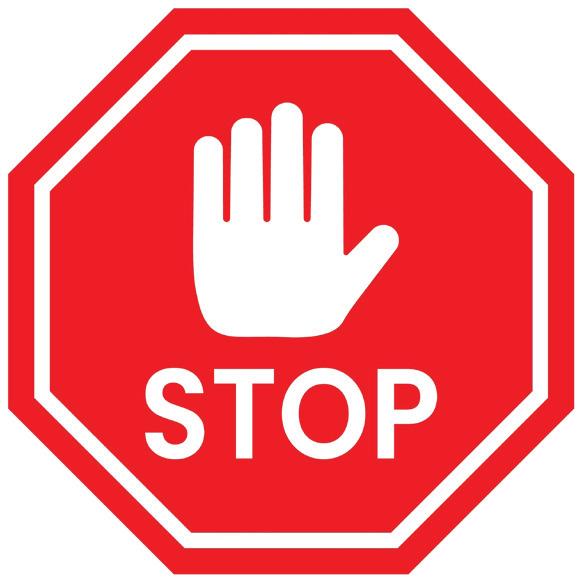

School Ahead
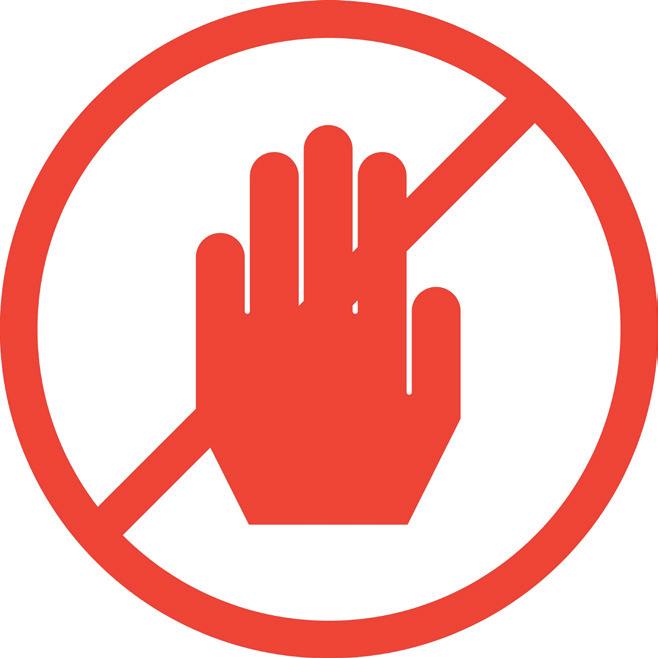
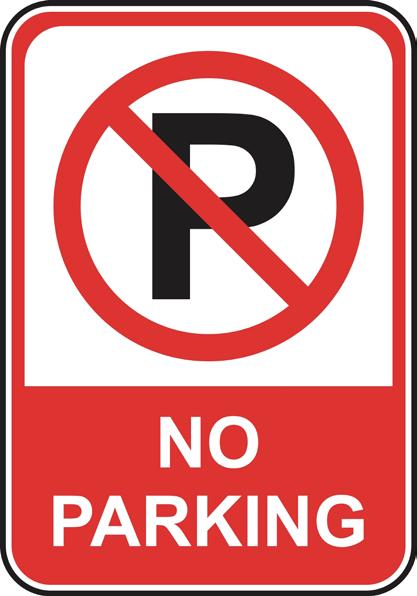
No Entry No Parking
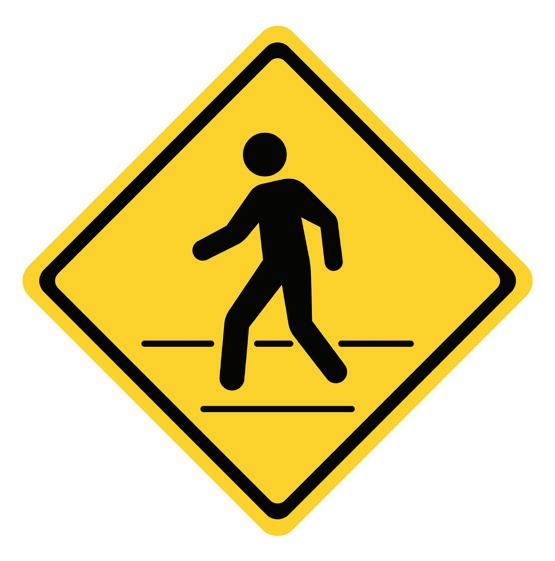
Pedestrian Crossing
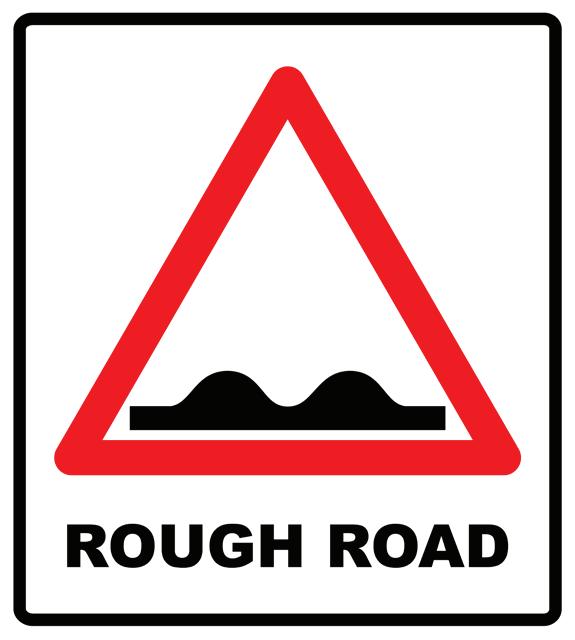
Hump or Rough road




Tick () the things you see at your home. mobile
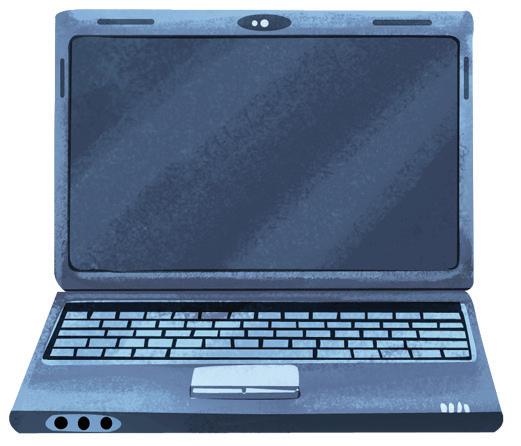



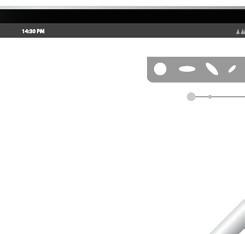




Objectives
• Identify gadgets we use at home
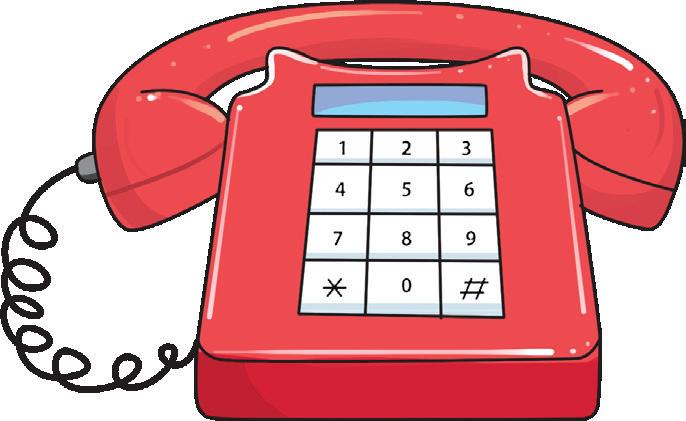



Say the names of these machines. Tick () the ones you have seen in your house.
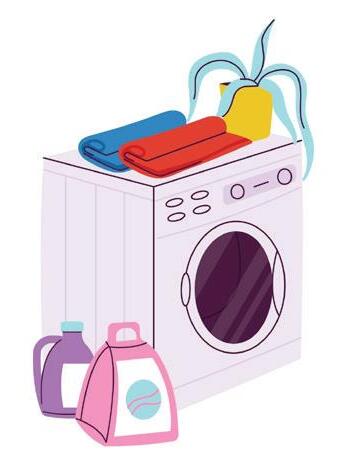
washing machine


grinder
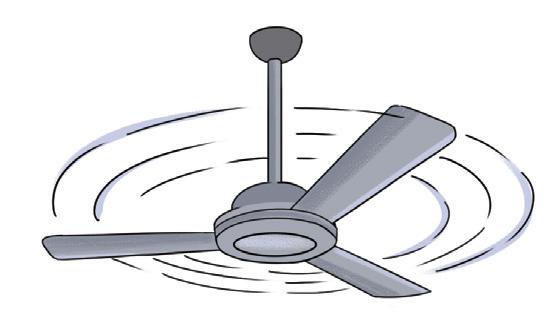
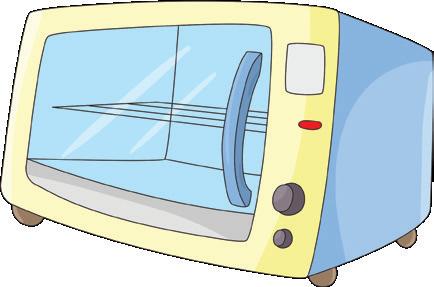
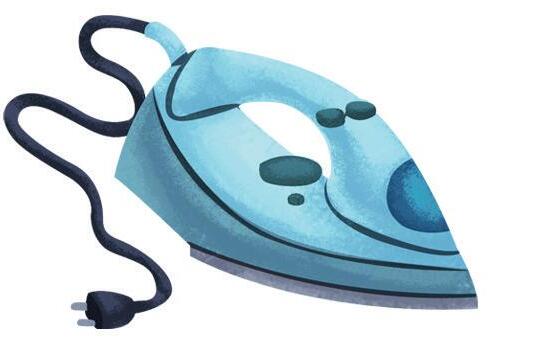
Objectives
• Visual discrimination • Observation • Identify common machines








What do you use to do these activities. Paste pictures. (Use the sticker sheet.)
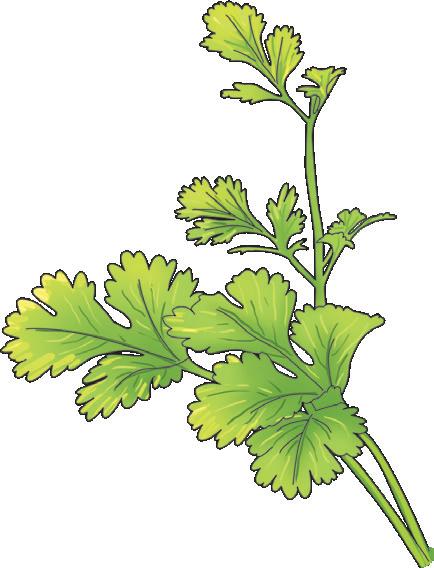
to make coriander chutney
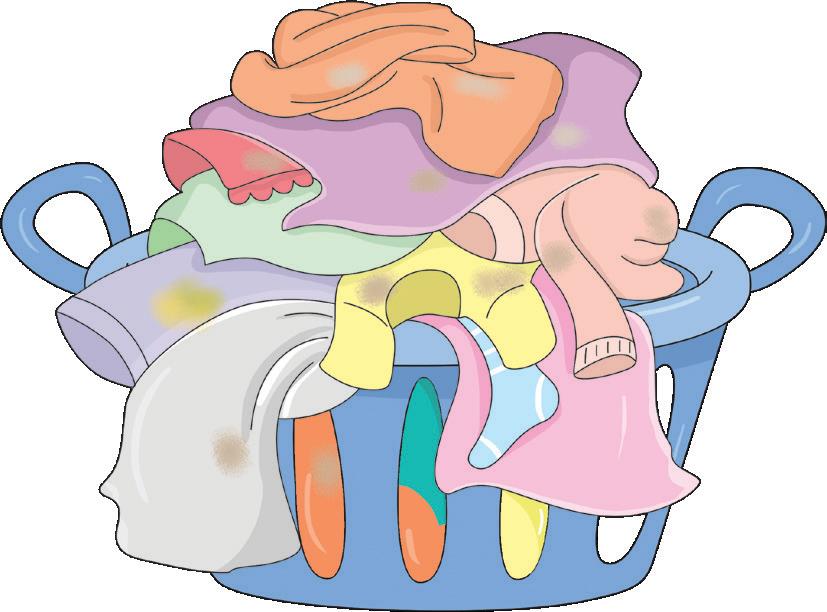
to wash clothes
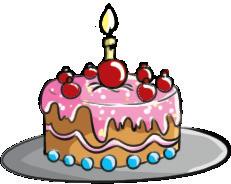
to bake a cake to iron clothes
Objectives
• Logical reasoning • Observation







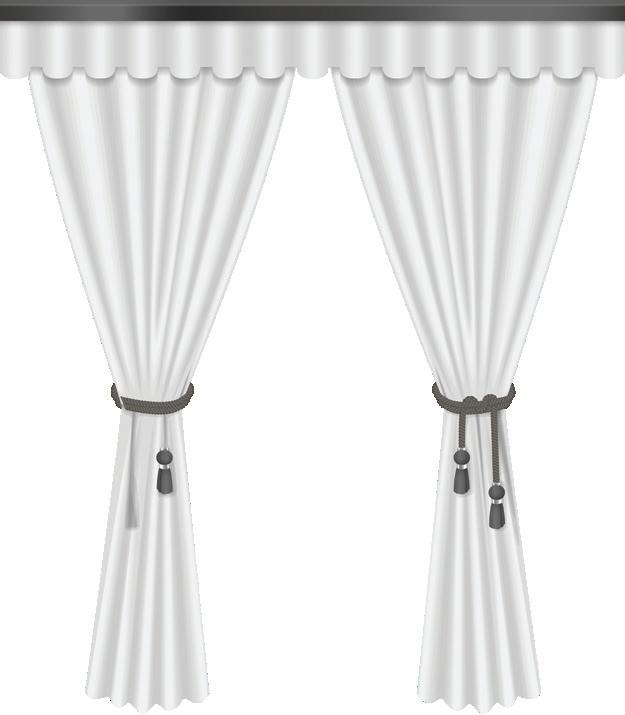
Sticker sheet for page no 24
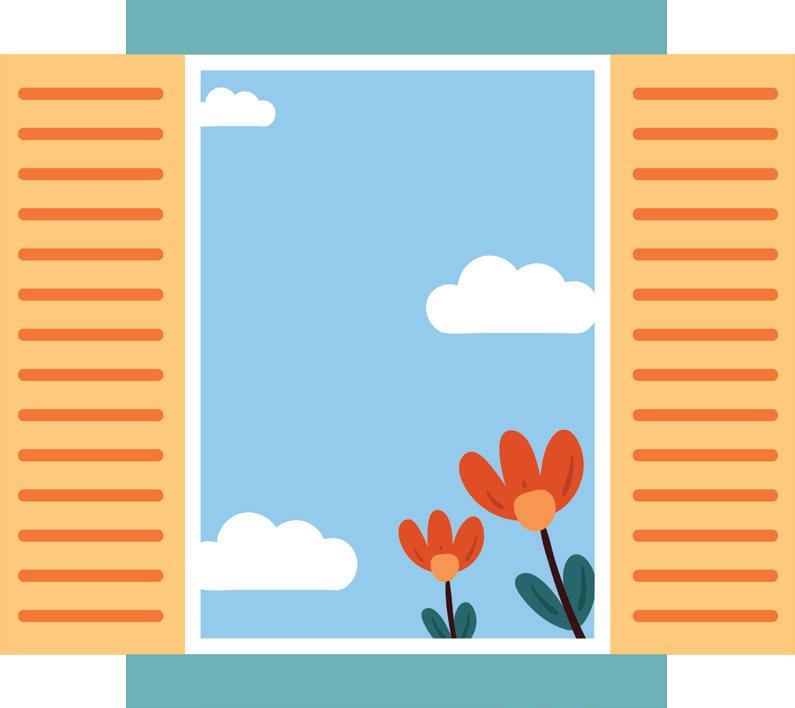
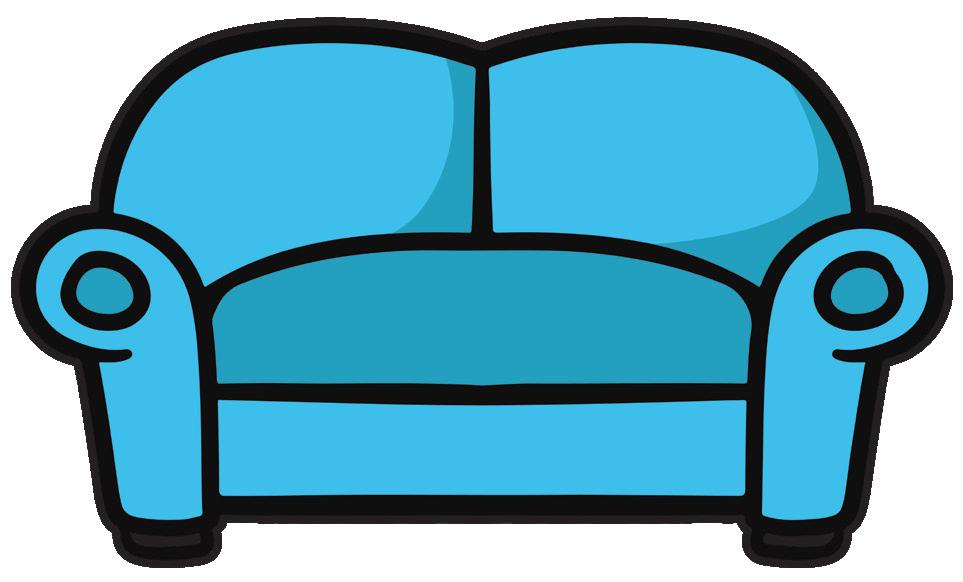
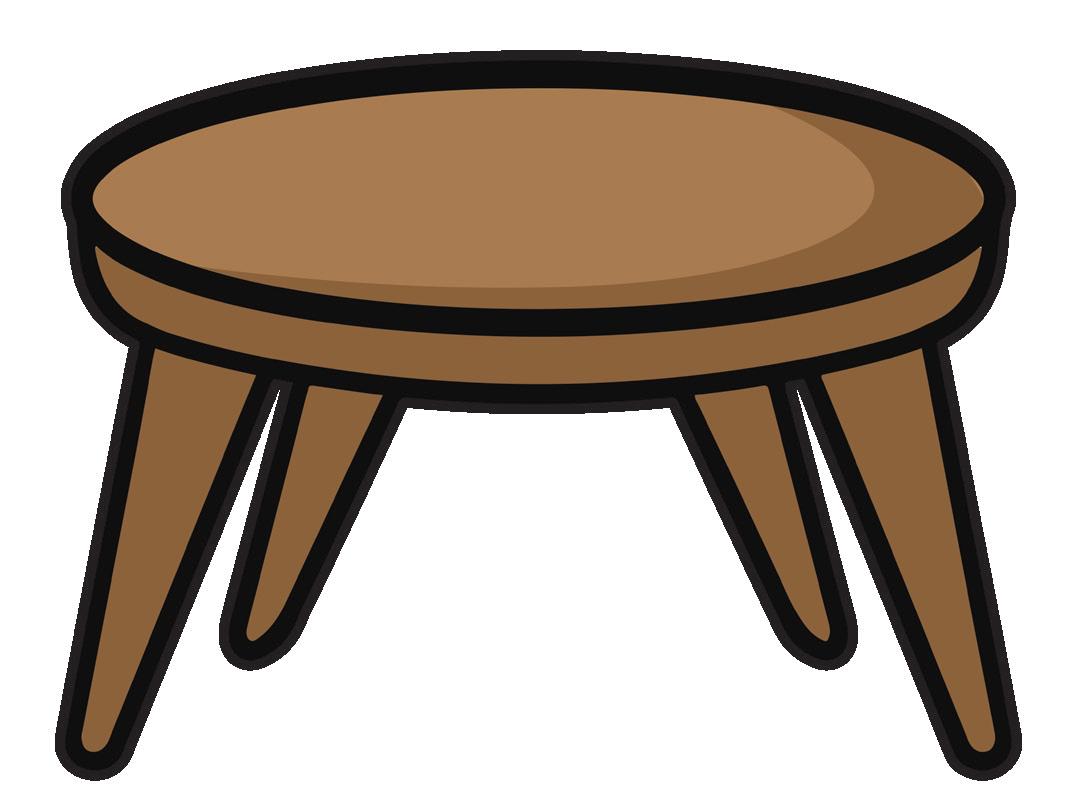

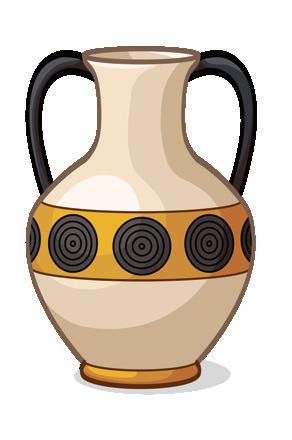
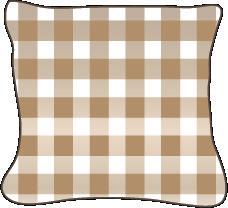

Sticker sheet for page no 32
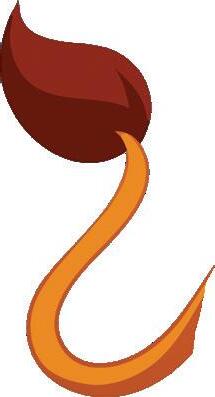


Sticker sheet for page no 62


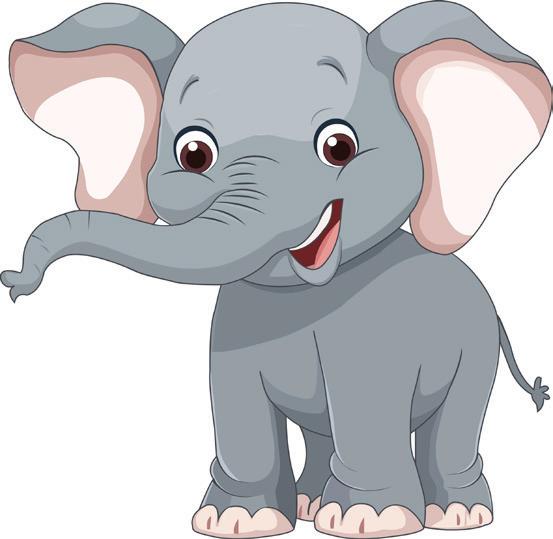

Sticker sheet for page no 63

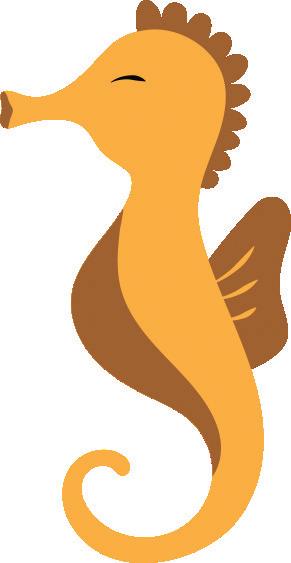
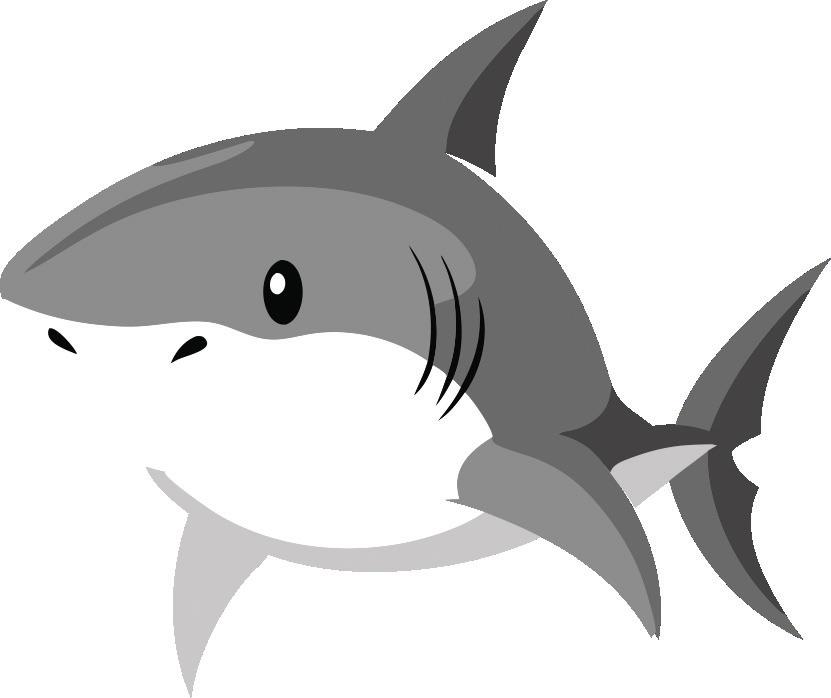
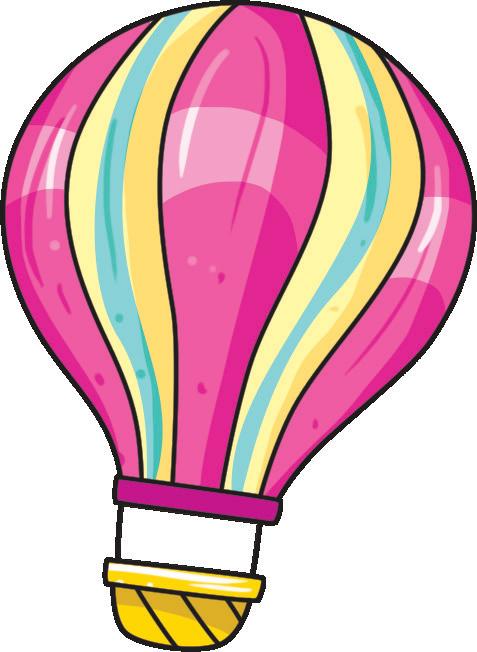
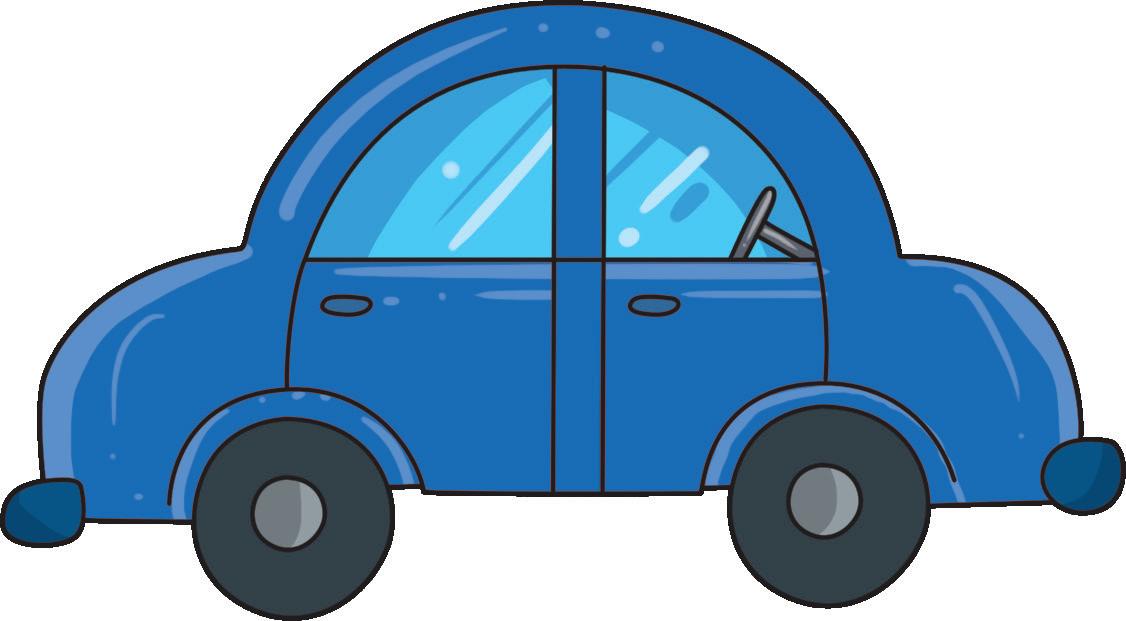
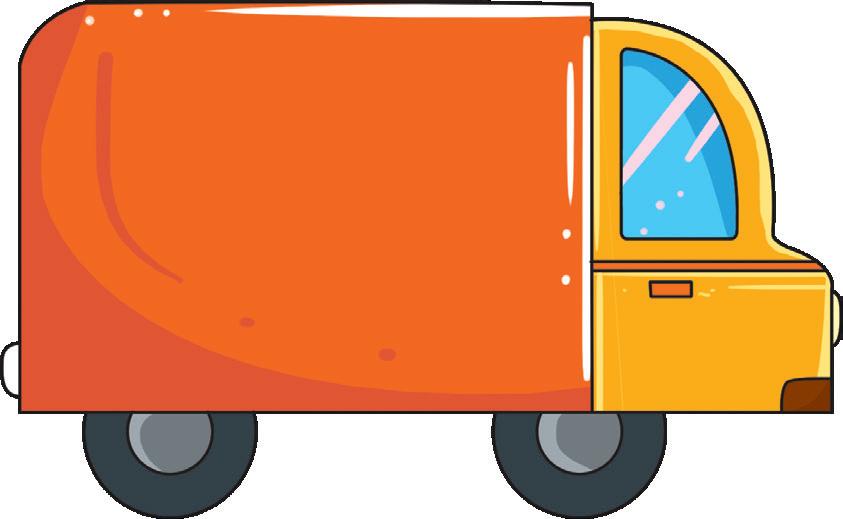

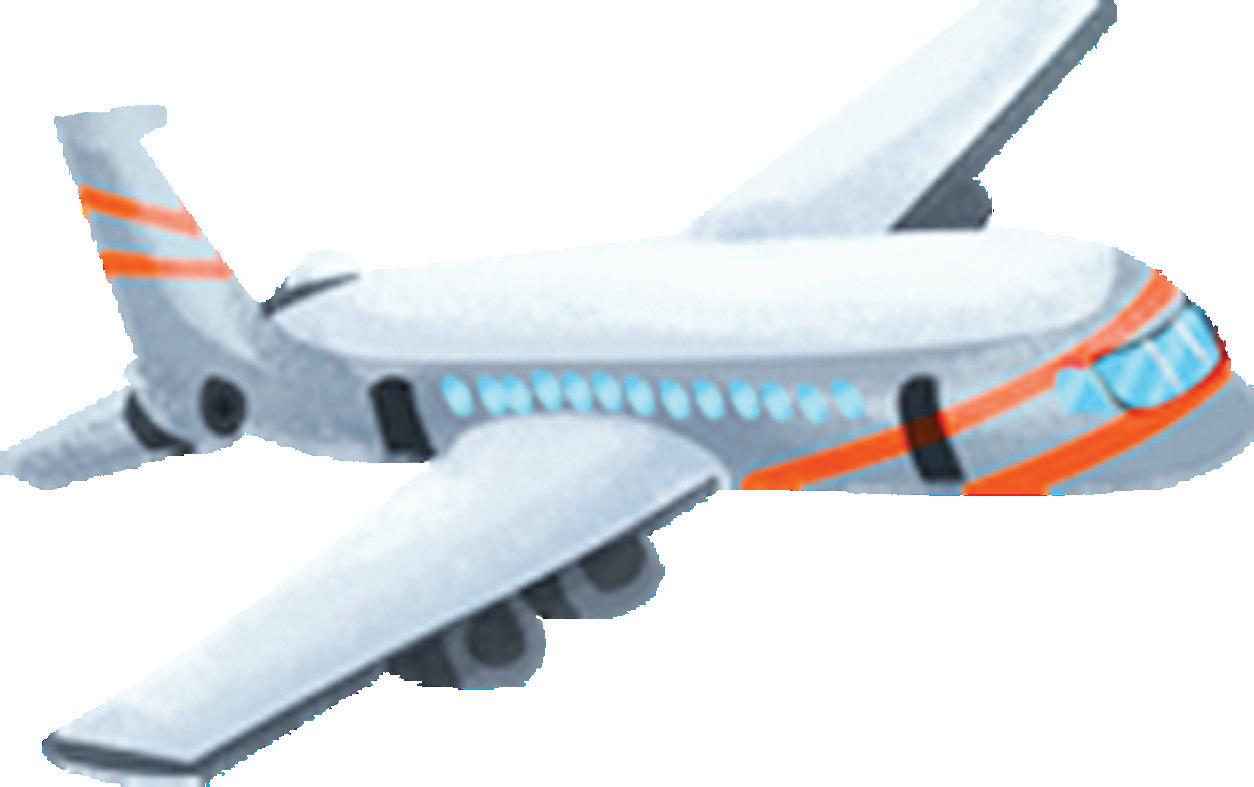
Sticker sheet for page no 121
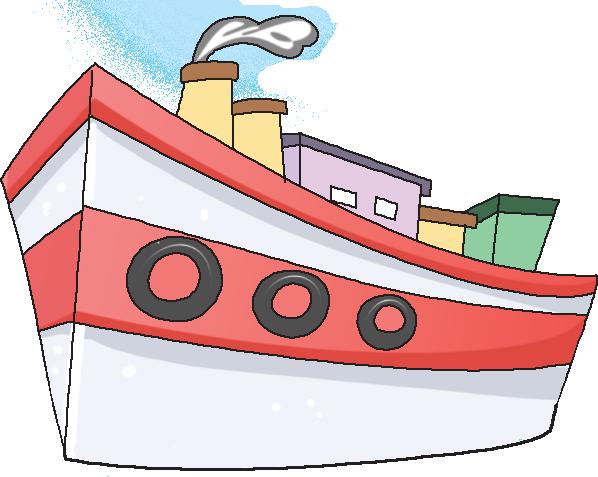
Sticker sheet for page no 122




Sticker sheet for page no 126


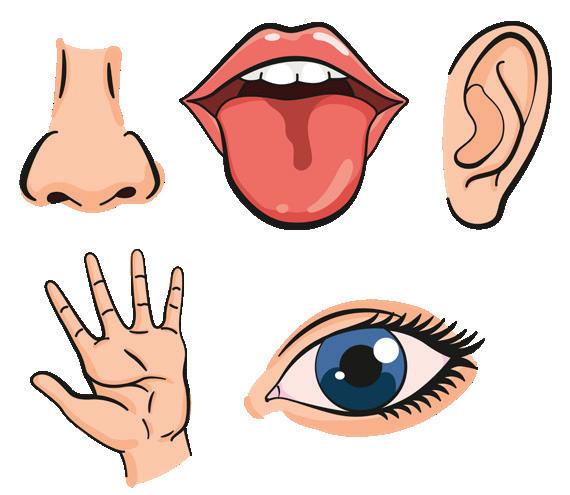

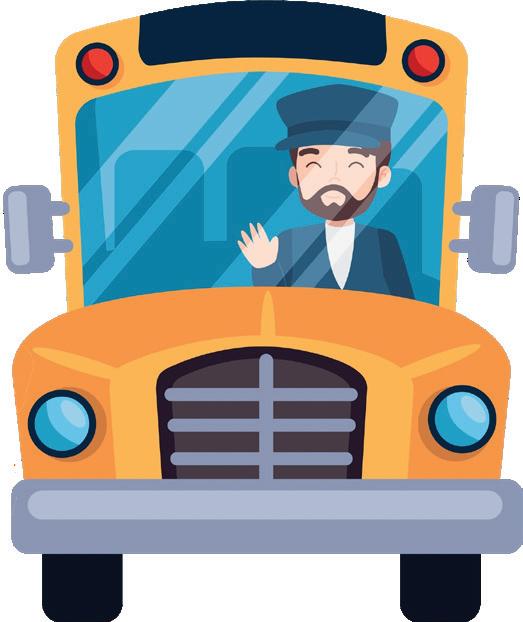

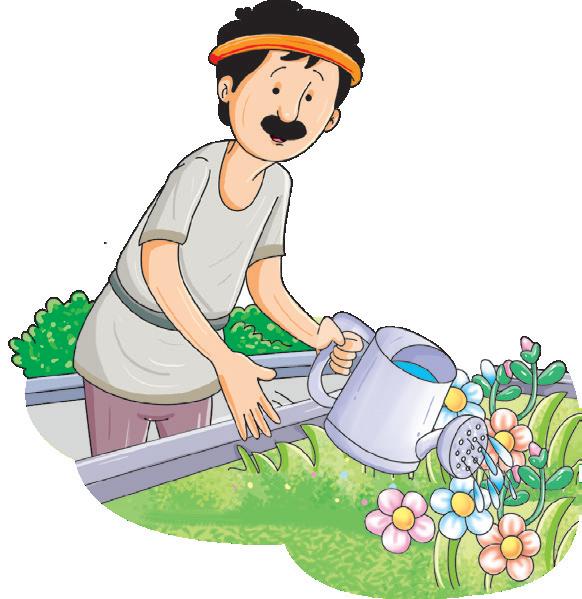


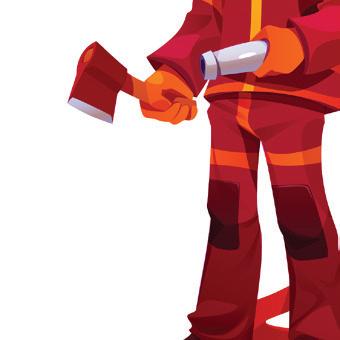



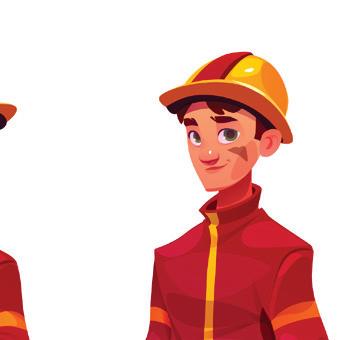
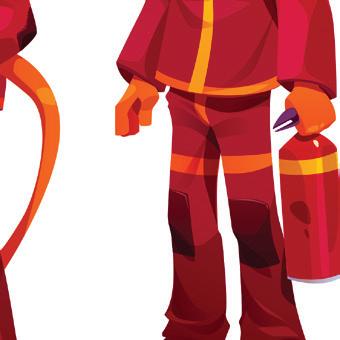



hear angry

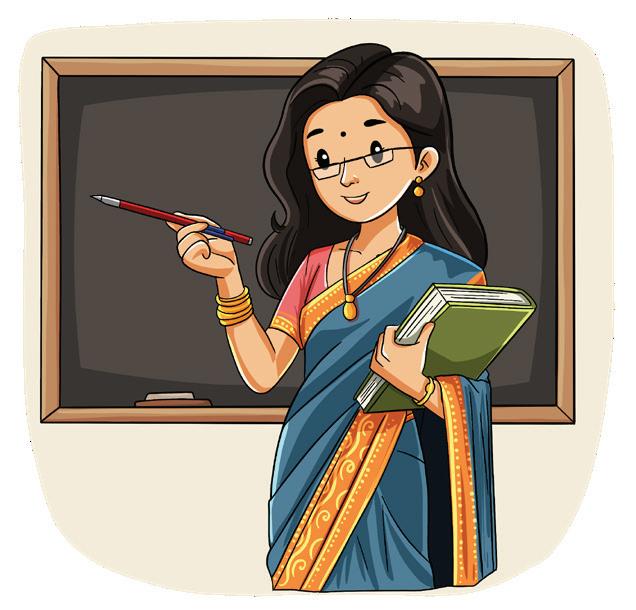


police officer

touch teacher tailor doctor sad taste




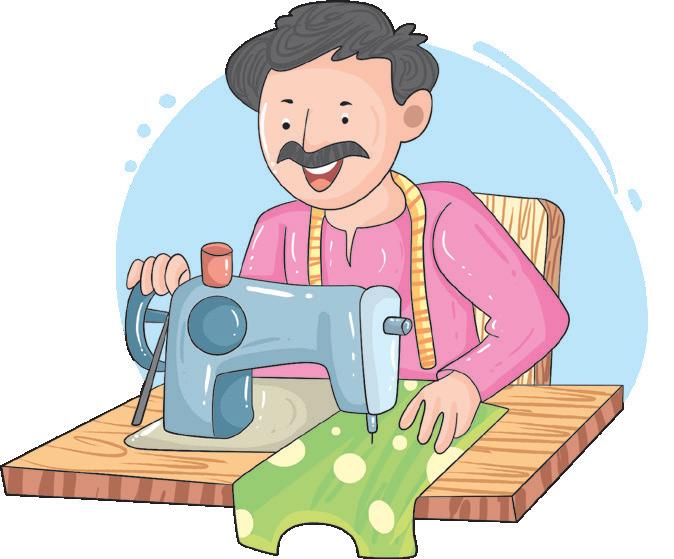






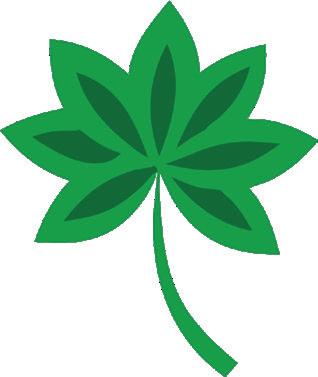



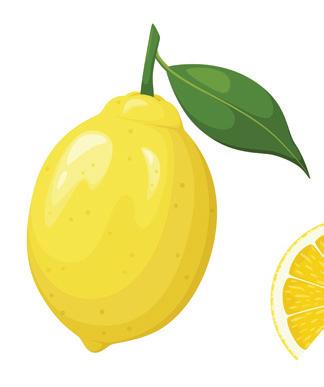


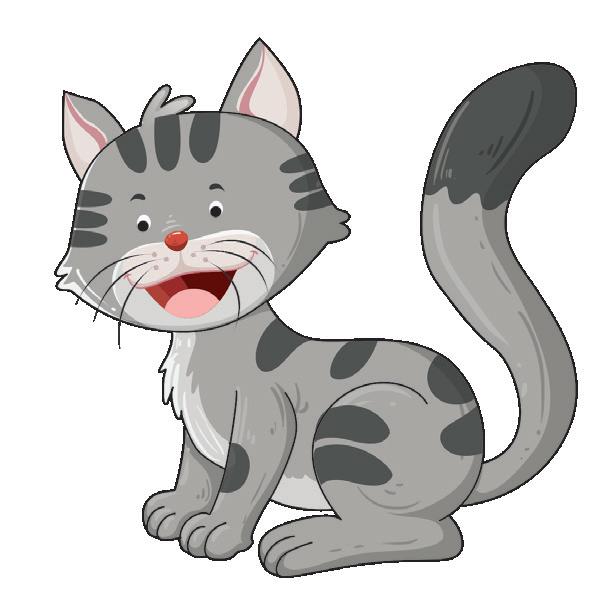




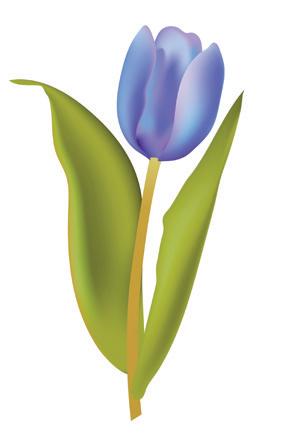


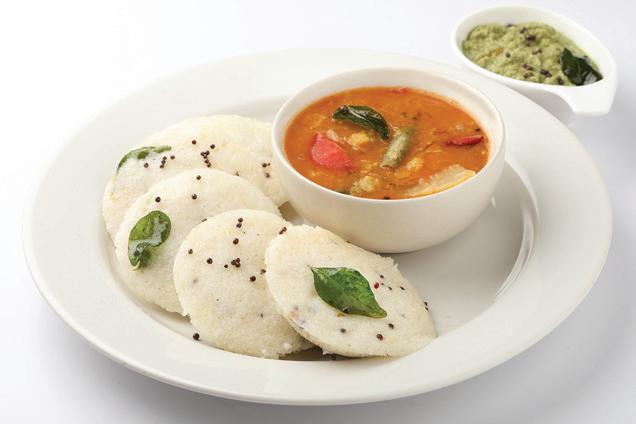




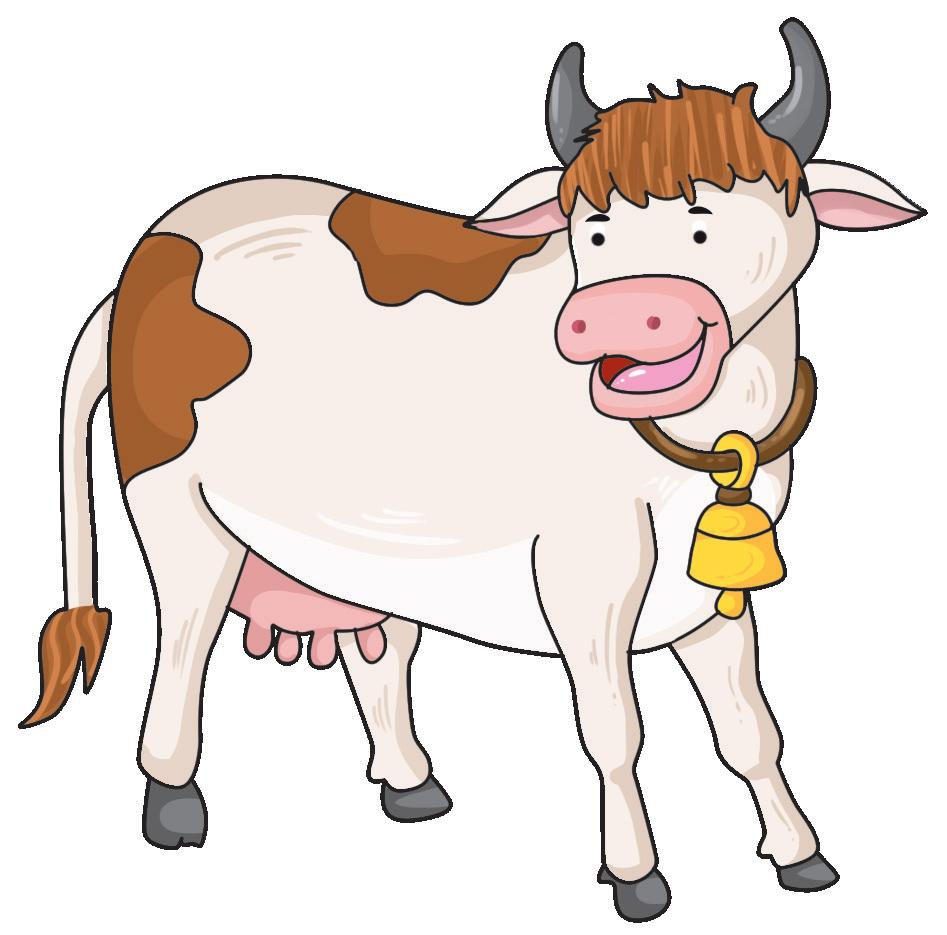









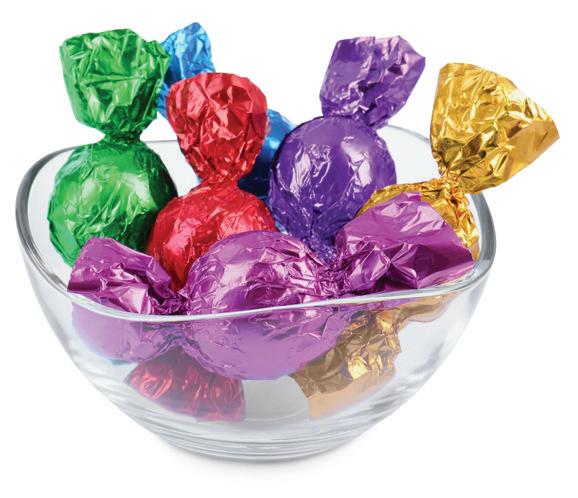
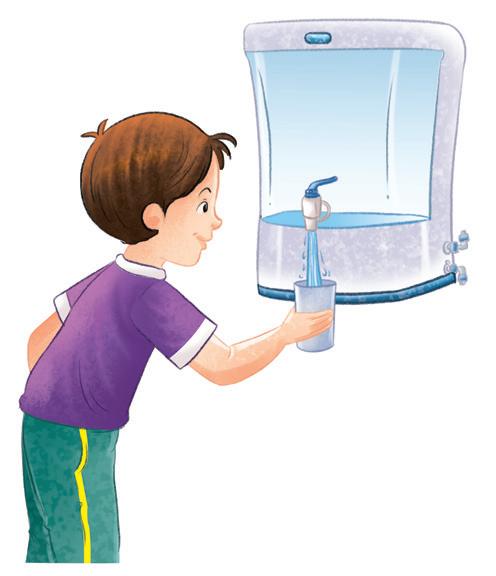















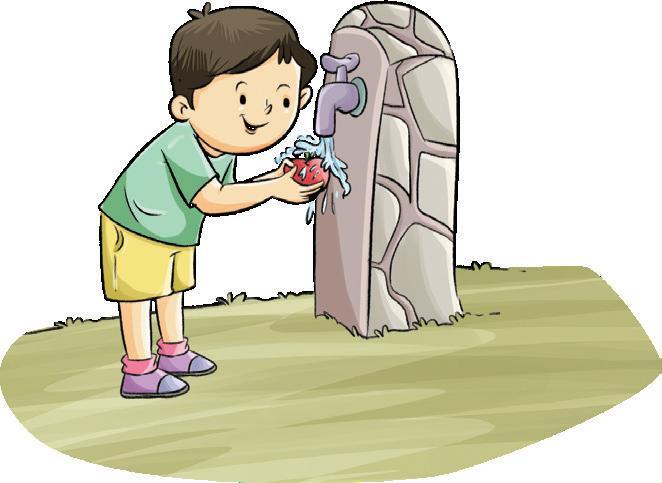


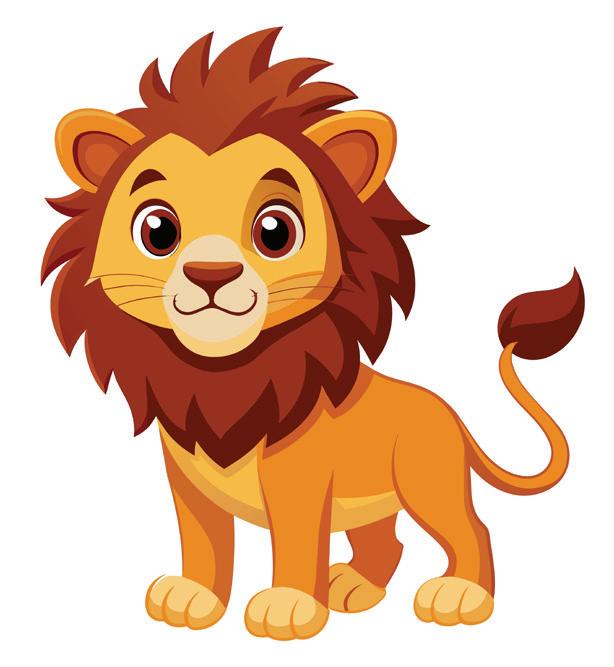



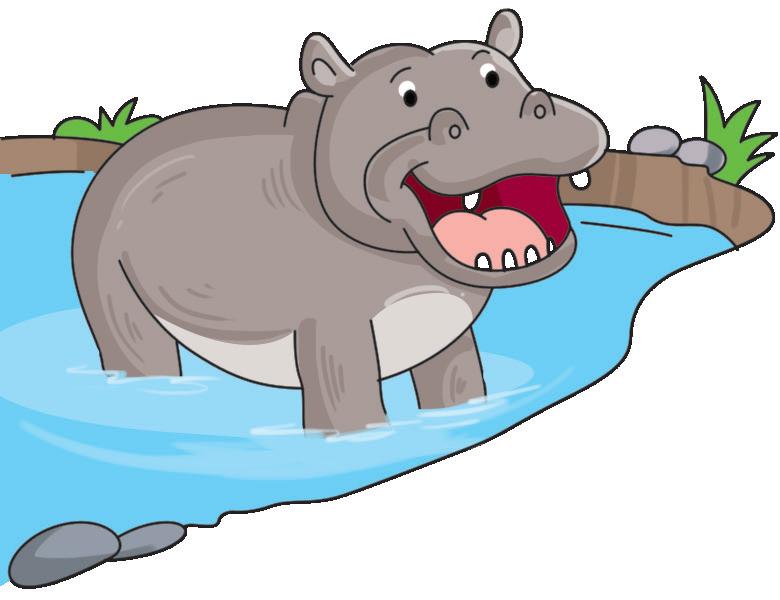
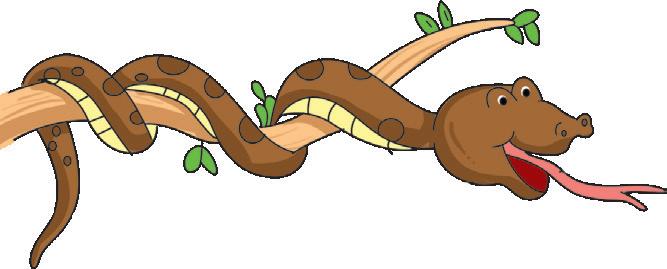








DAWN is a comprehensive, NCF 2022-based Early Childhood Education program that lays a solid foundation for lifelong well-being and holistic growth, encompassing physical, cognitive, and socio-emotional development.
This General Awareness coursebook is specifically designed to help learners build awareness about themselves, their immediate surroundings and the world around them.
Additional Resources
• Flash Cards
• Sticker Sheets
• Suggested Activities List, for teacher and parents
• Teacher's Manual
• Digital Resouces
• Assessment Sheets and Holistic Progress Card
• Play-based learning activities, which promote holistic development of the child in all ECE domains
• School readiness, which is assured in the curriculum and learning design
• All-round development, in areas of physical, cognitive, cultural and socio-emotional domains
• Teacher assets, like assessment tools and lesson plans to help maximise program quality and outcomes
Uolo partners with K-12 schools to provide technology-enabled learning programs. We believe that pedagogy and technology must come together to deliver scalable learning experiences that generate measurable outcomes. Uolo is trusted by over 15,000+ schools across India, Southeast Asia and the Middle East.
ISBN 978-81-979765-8-2
